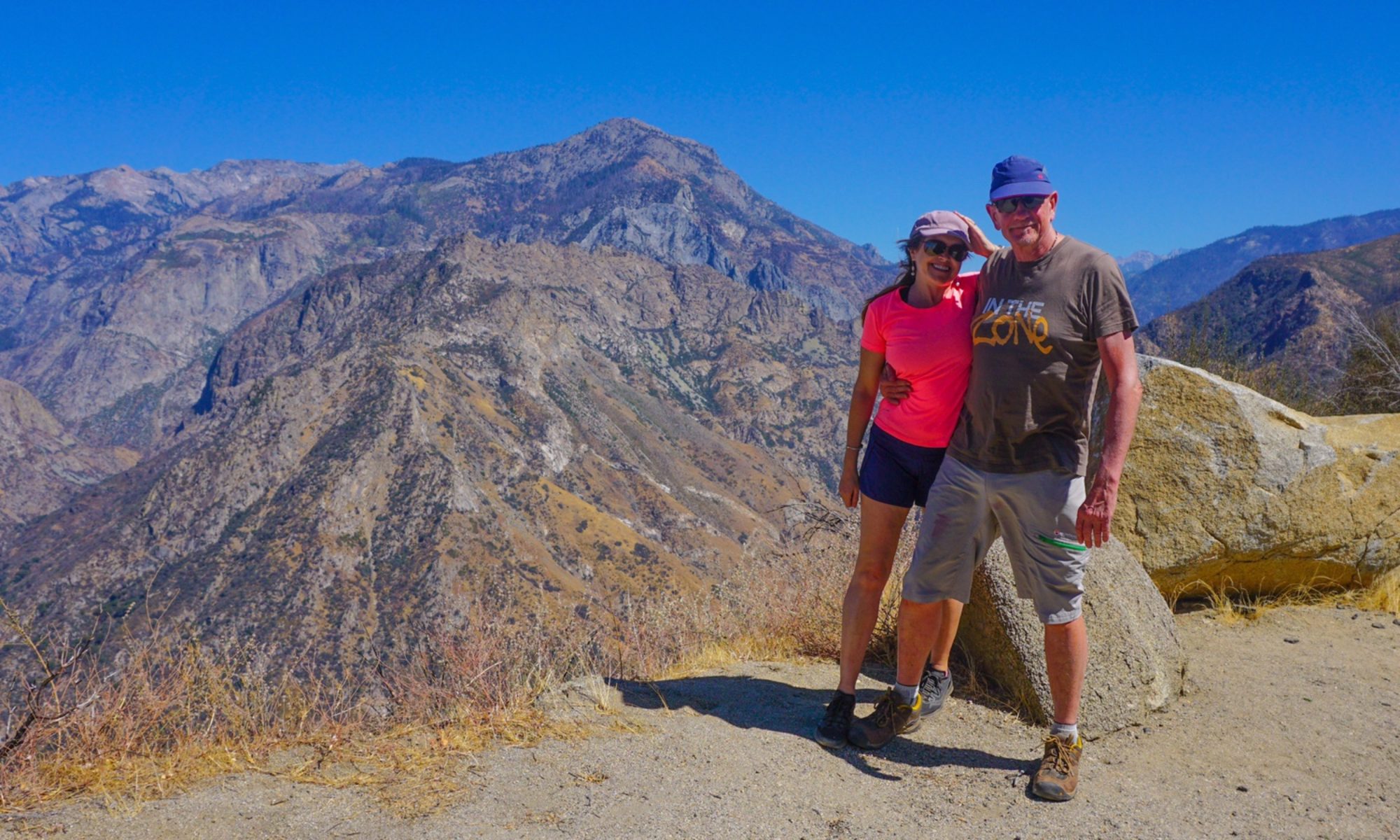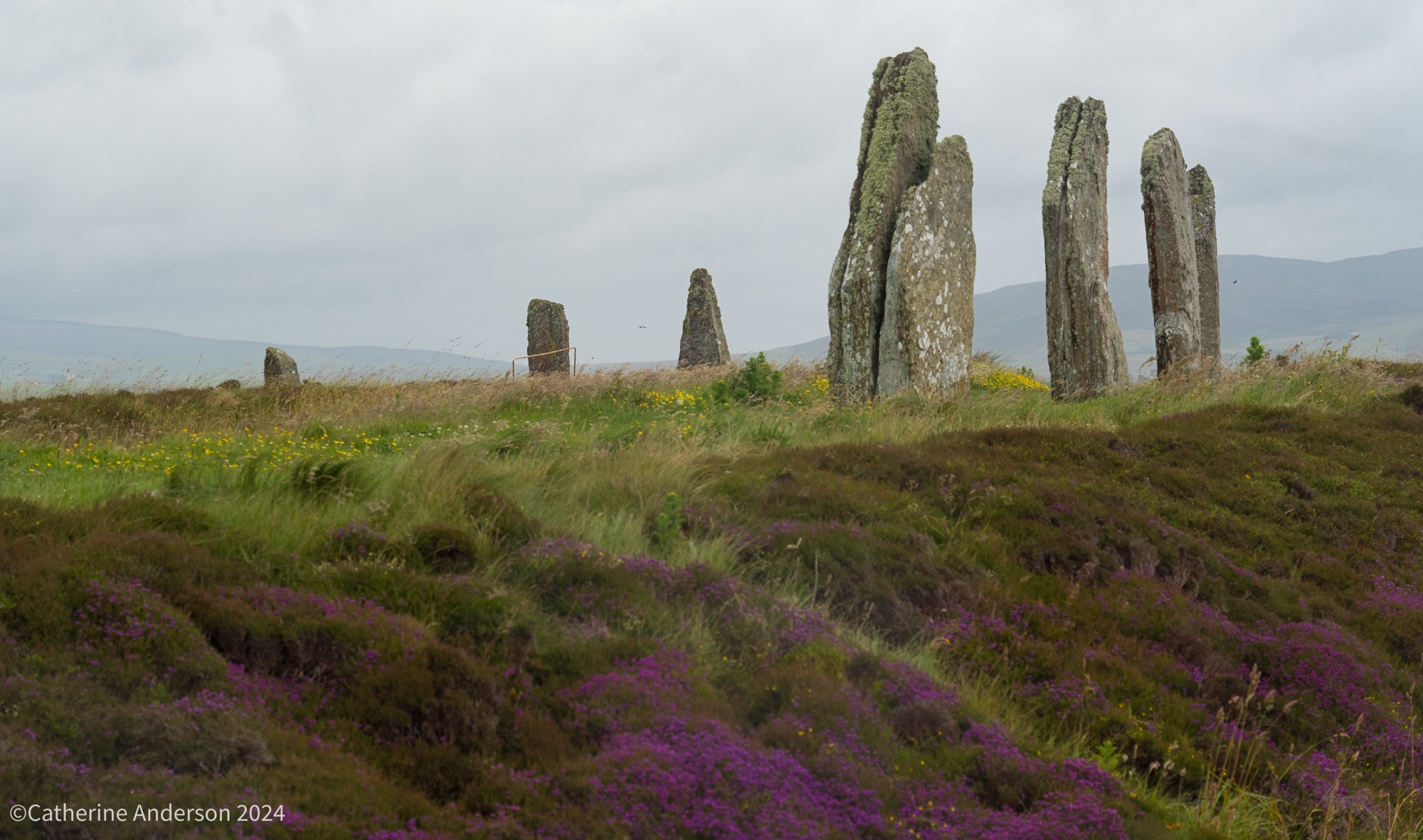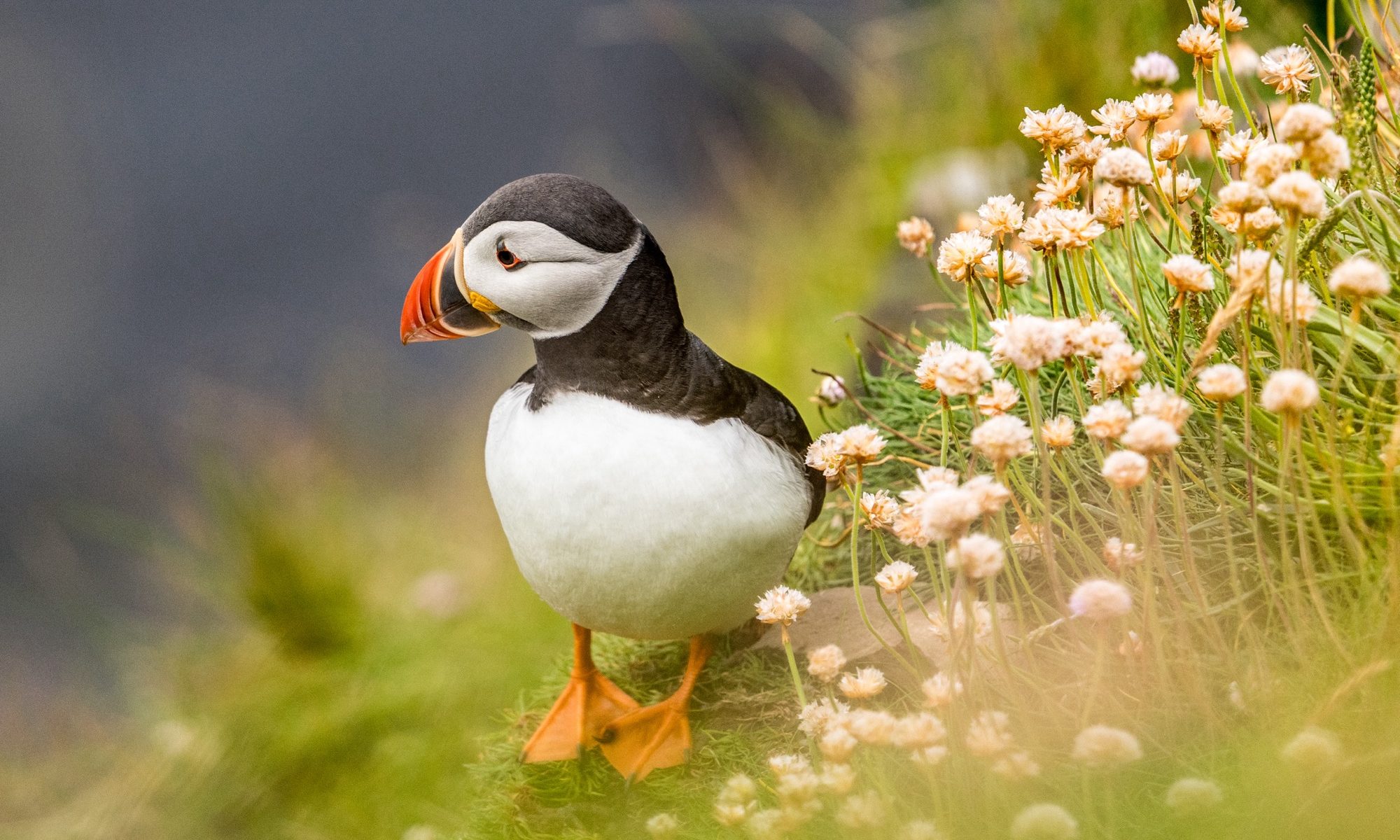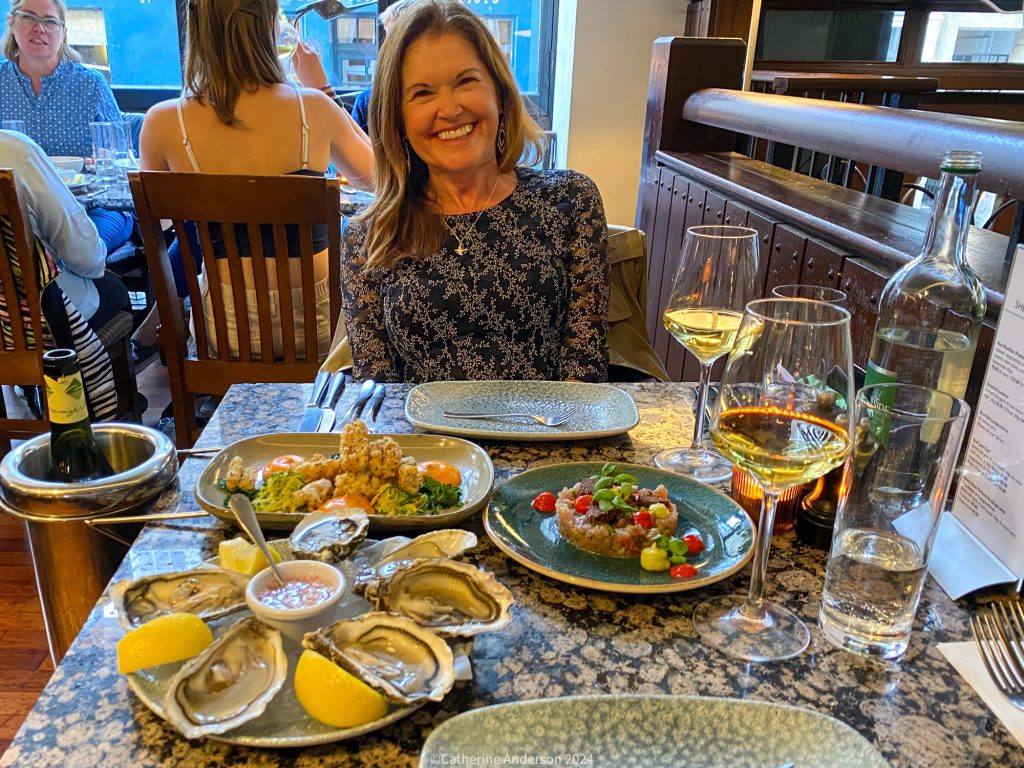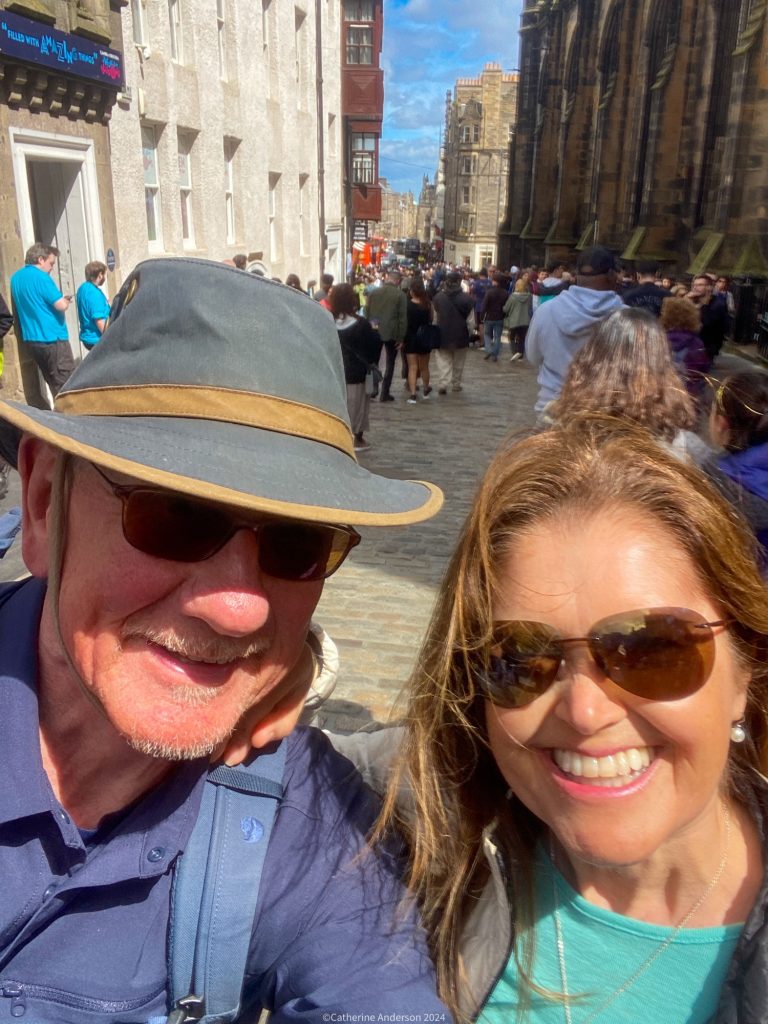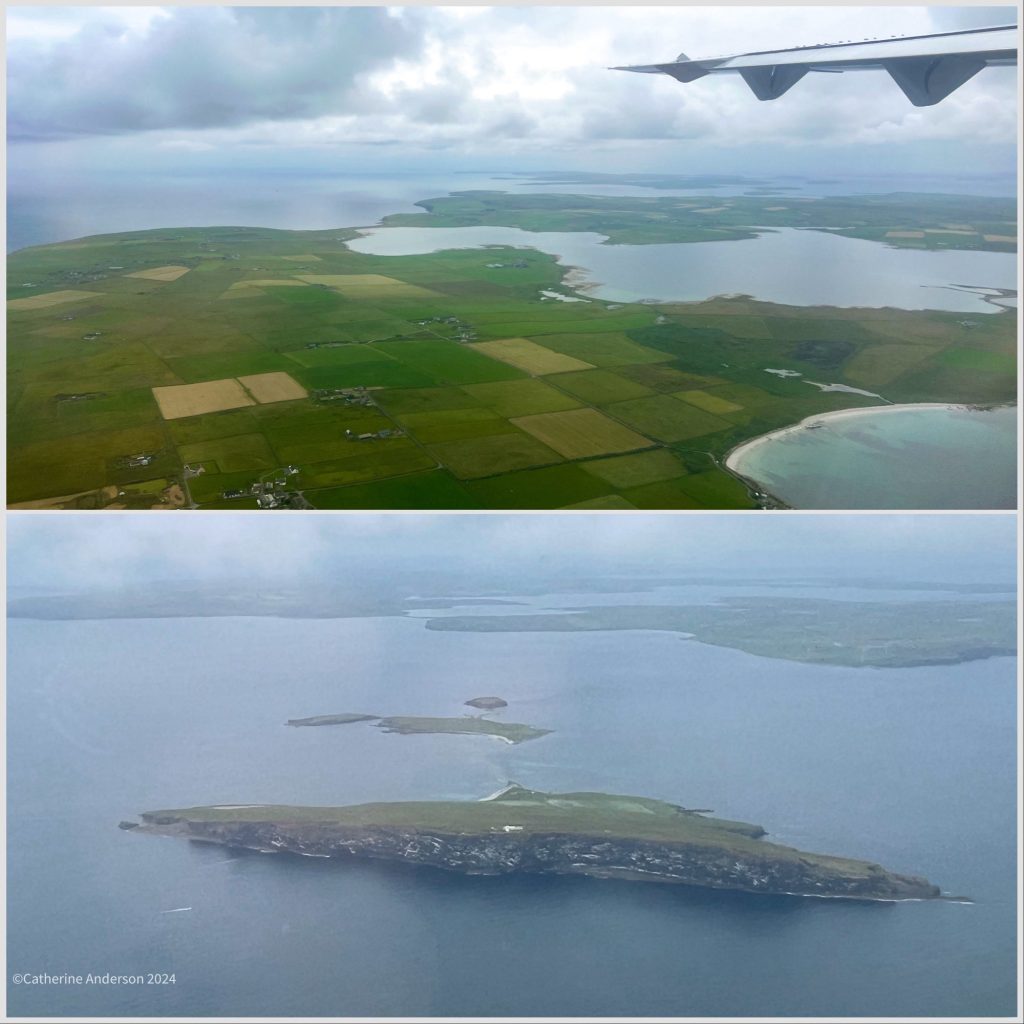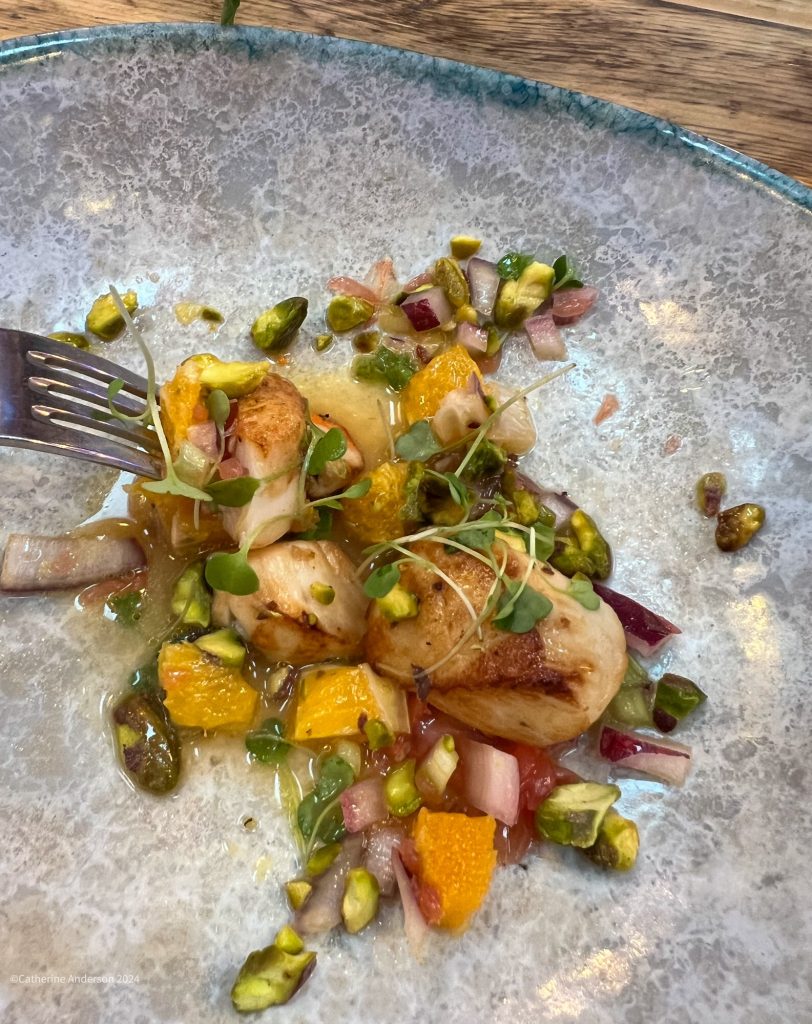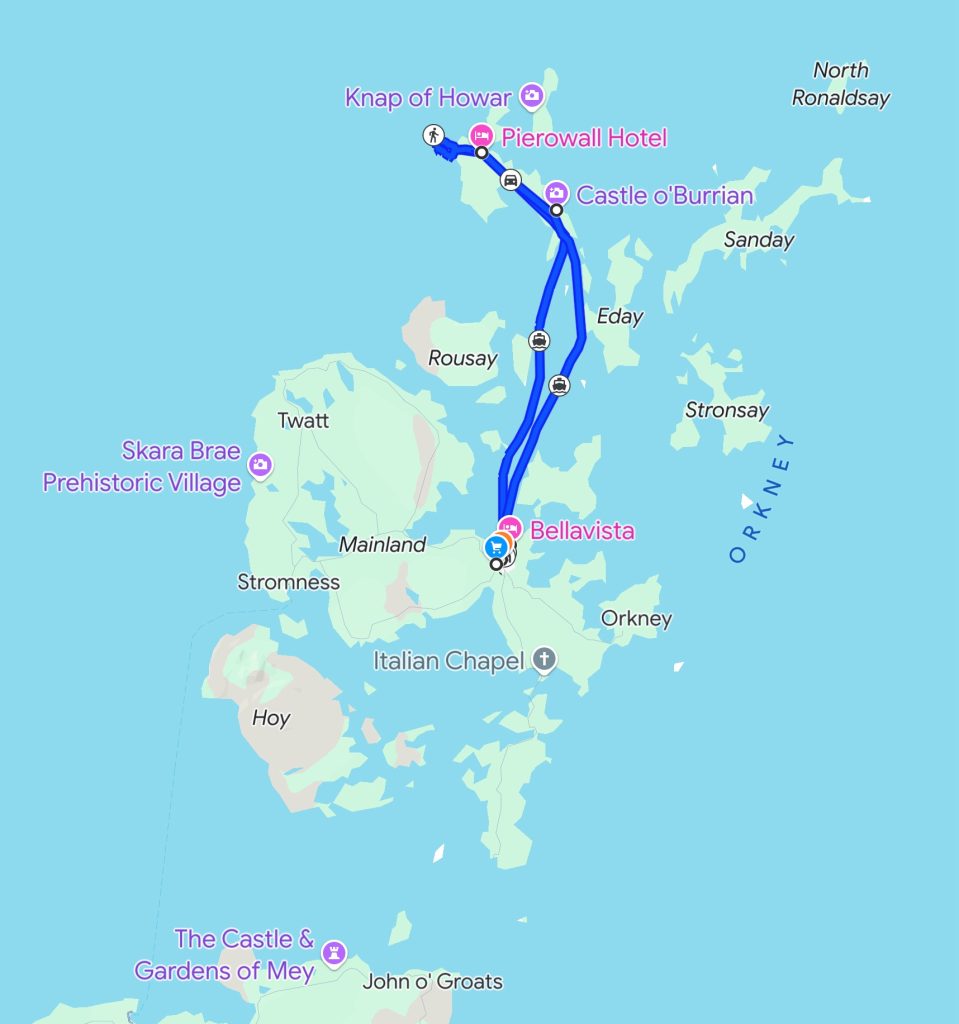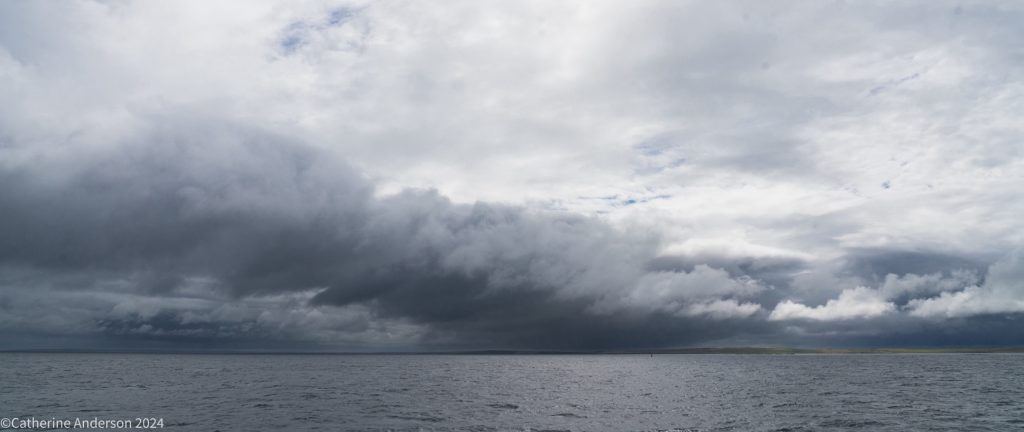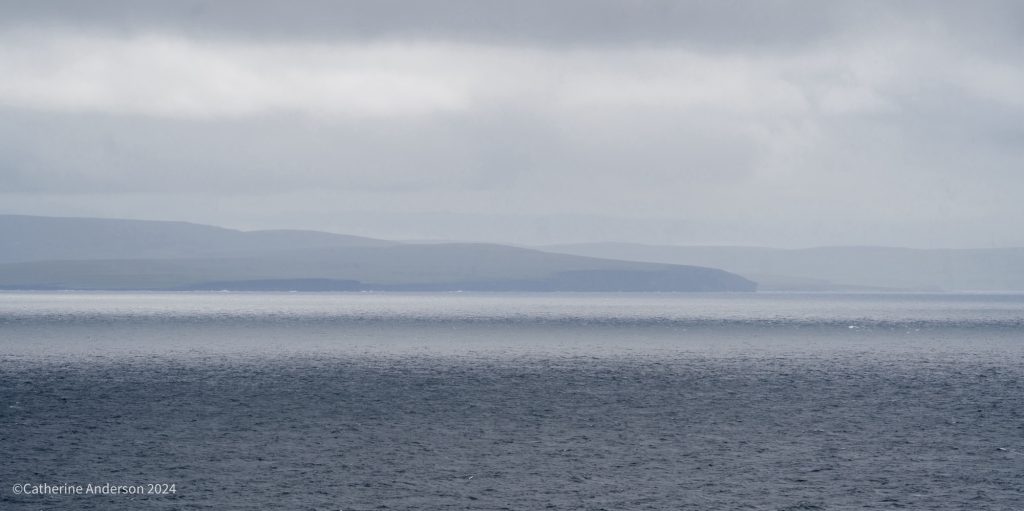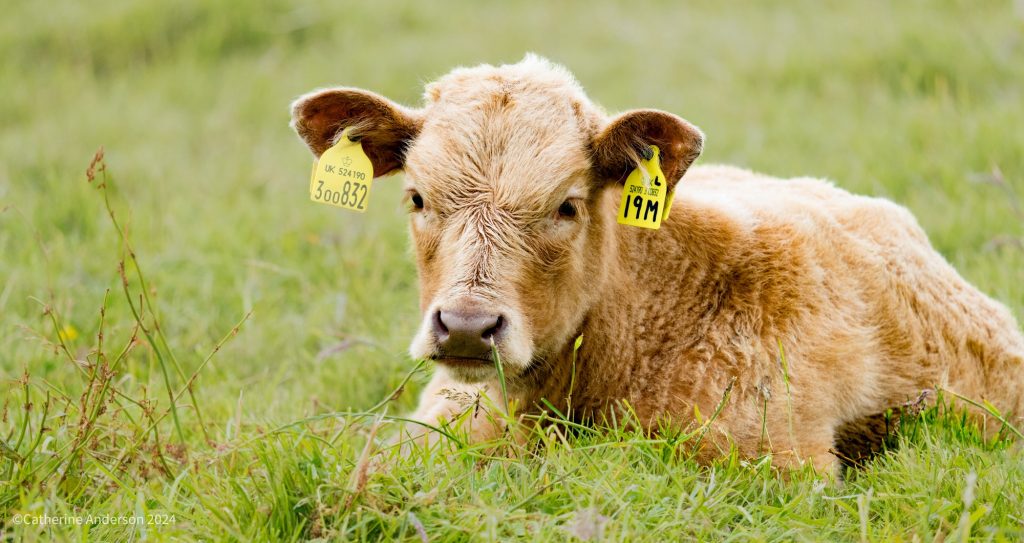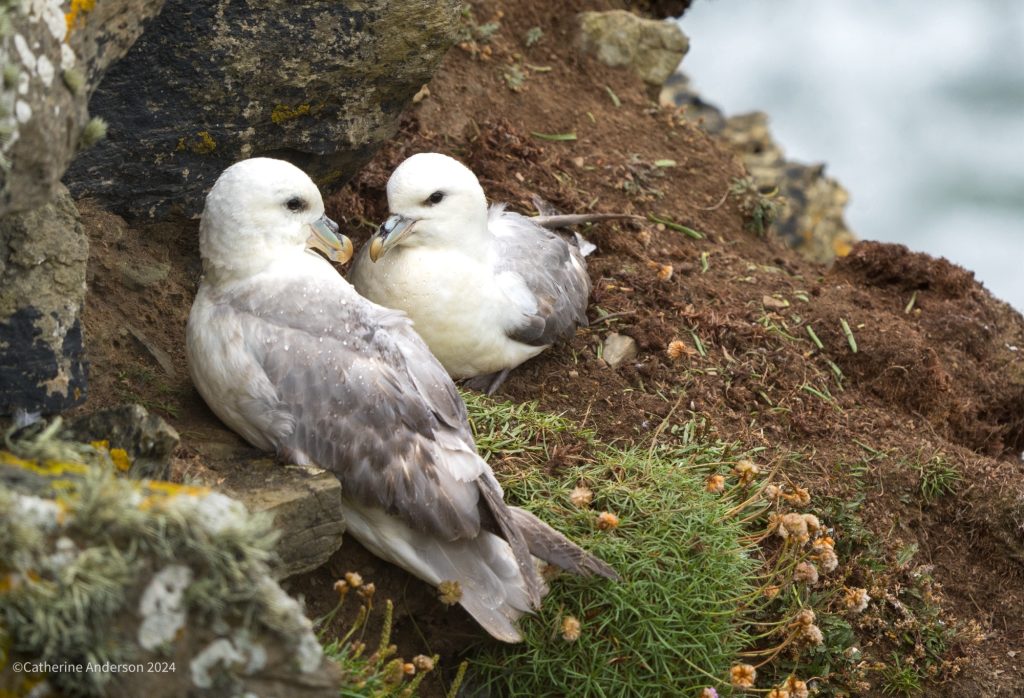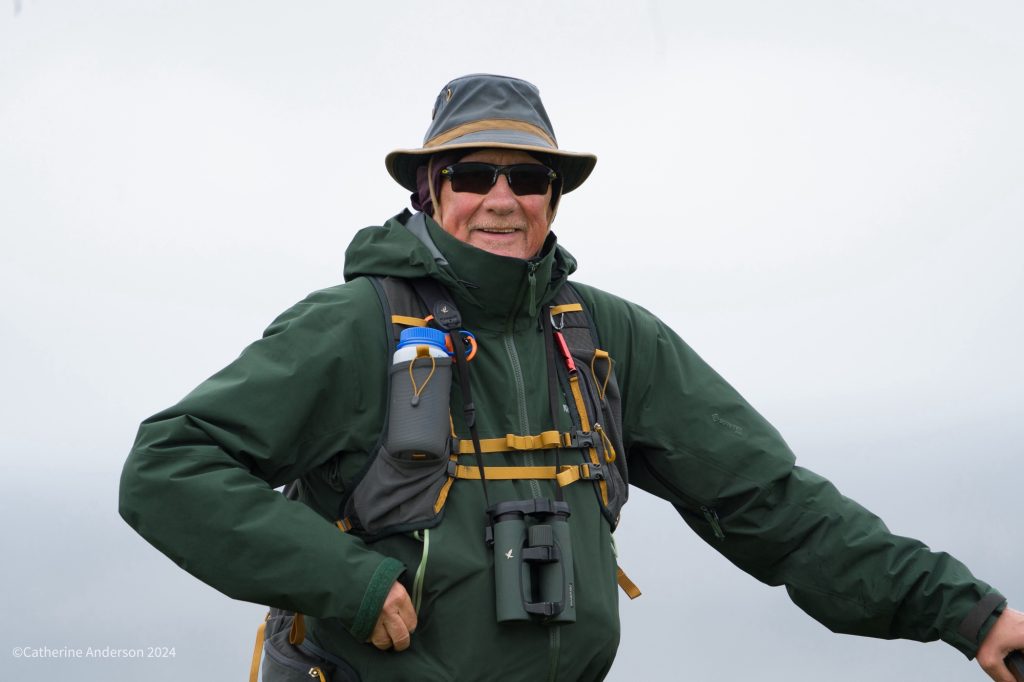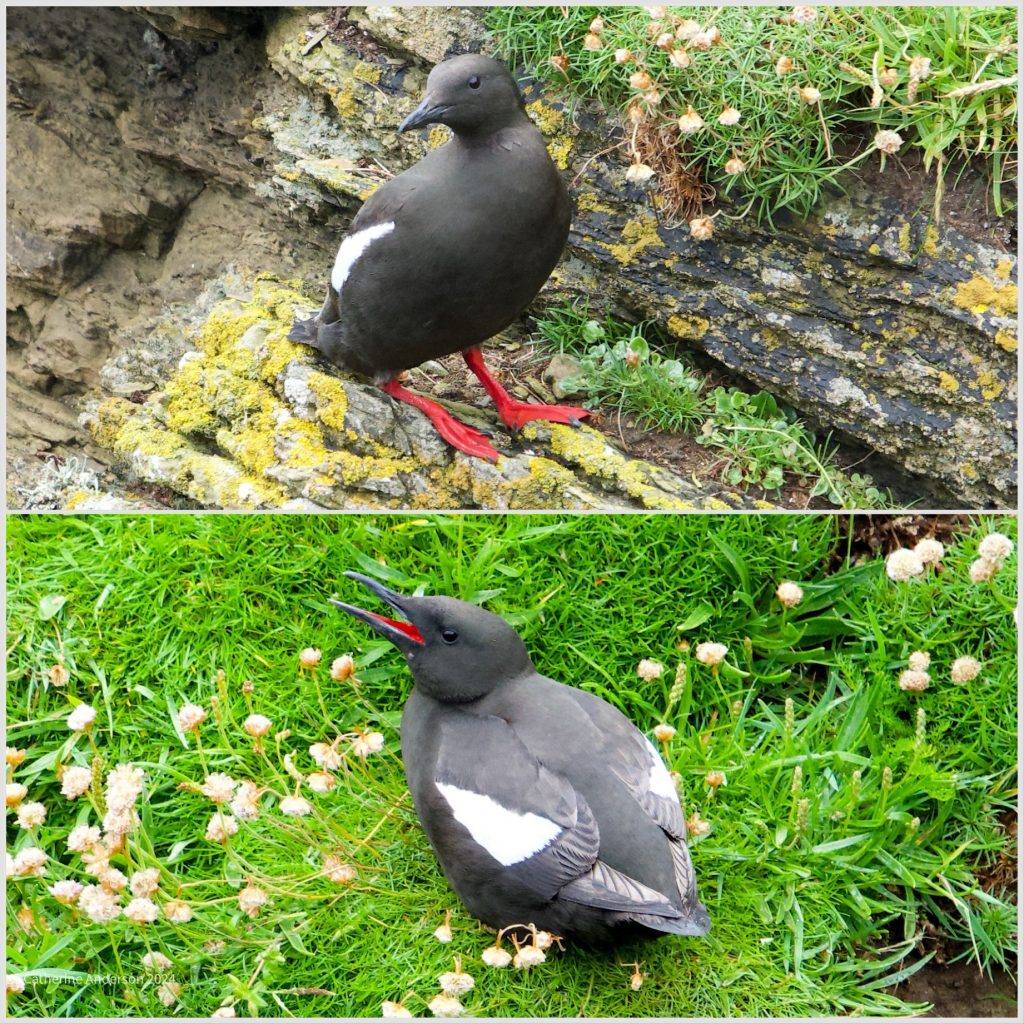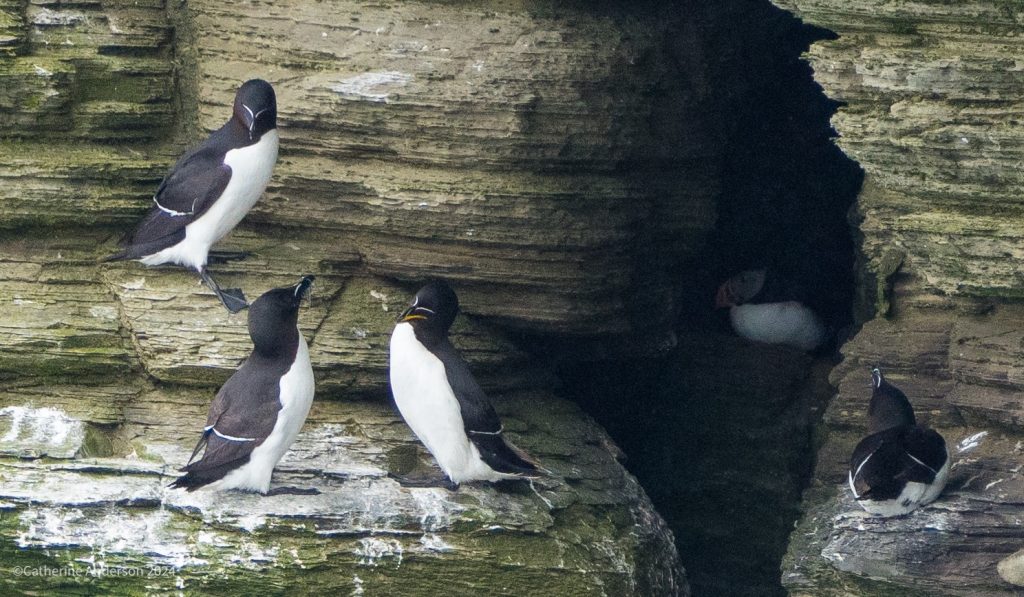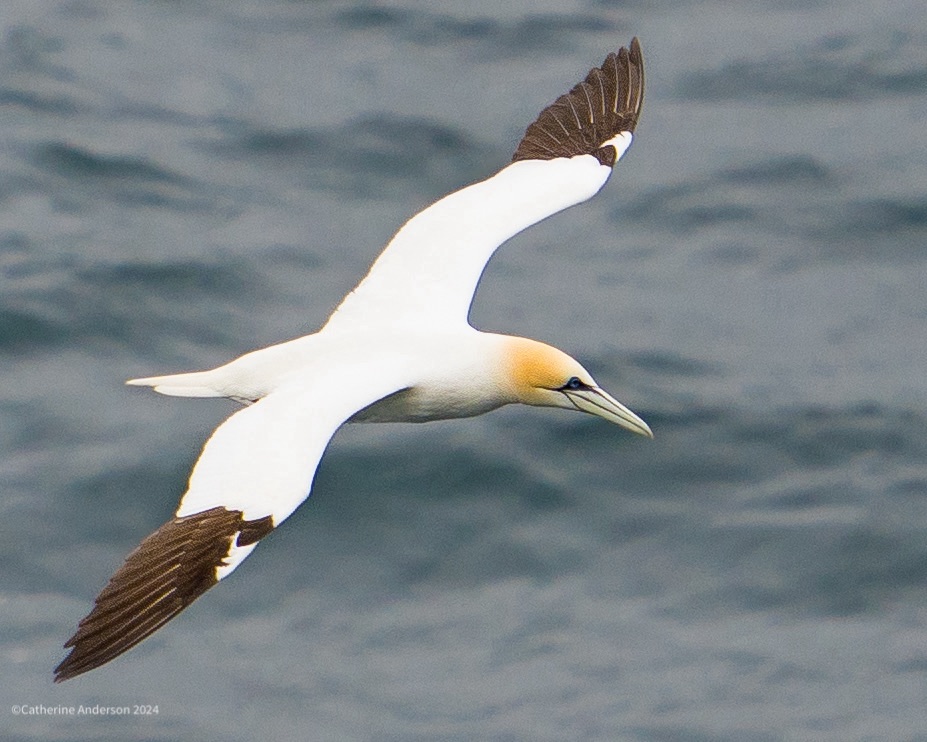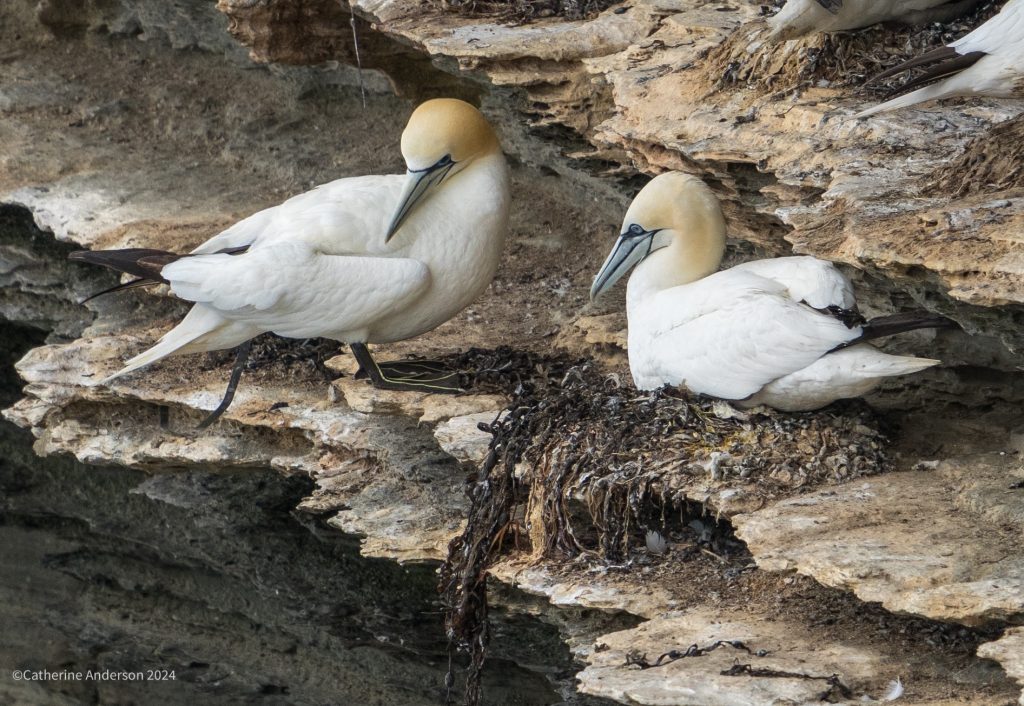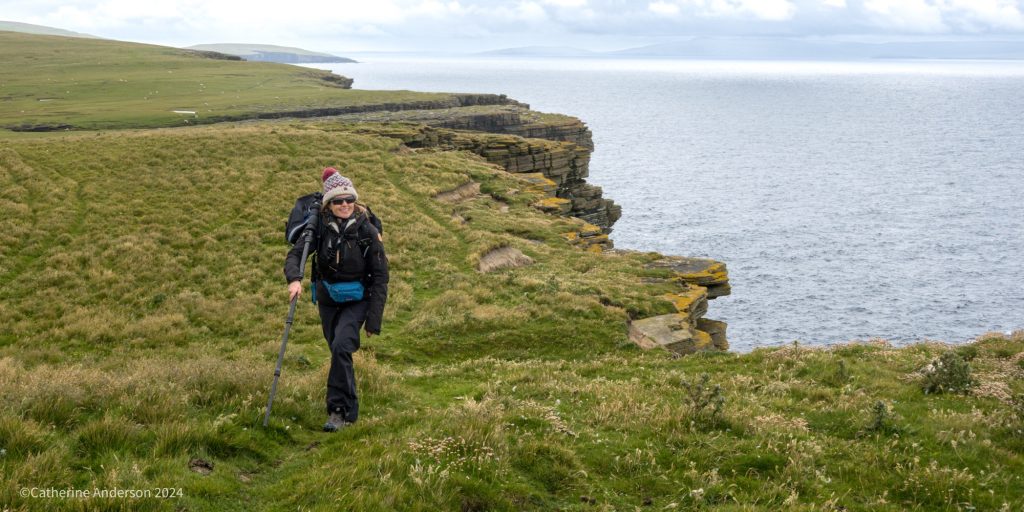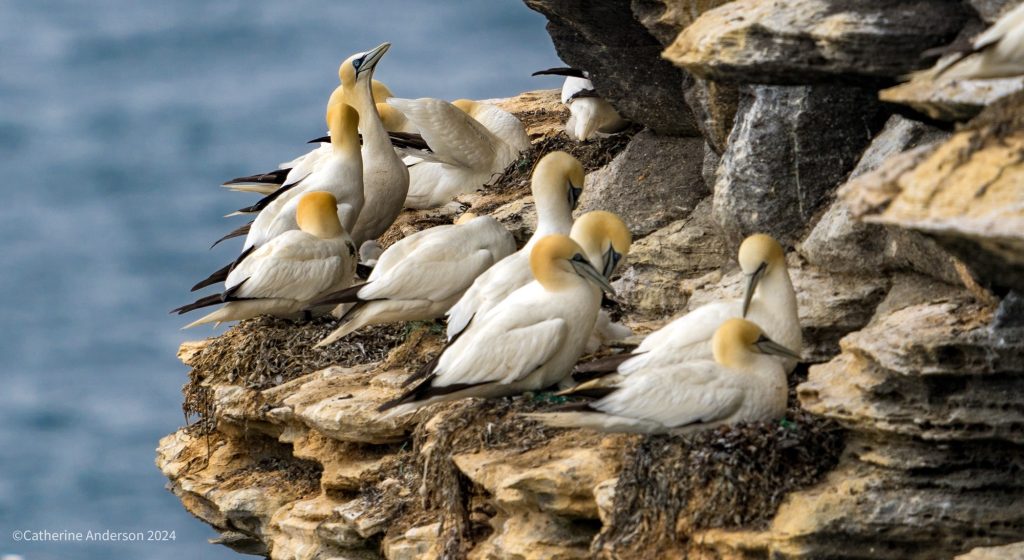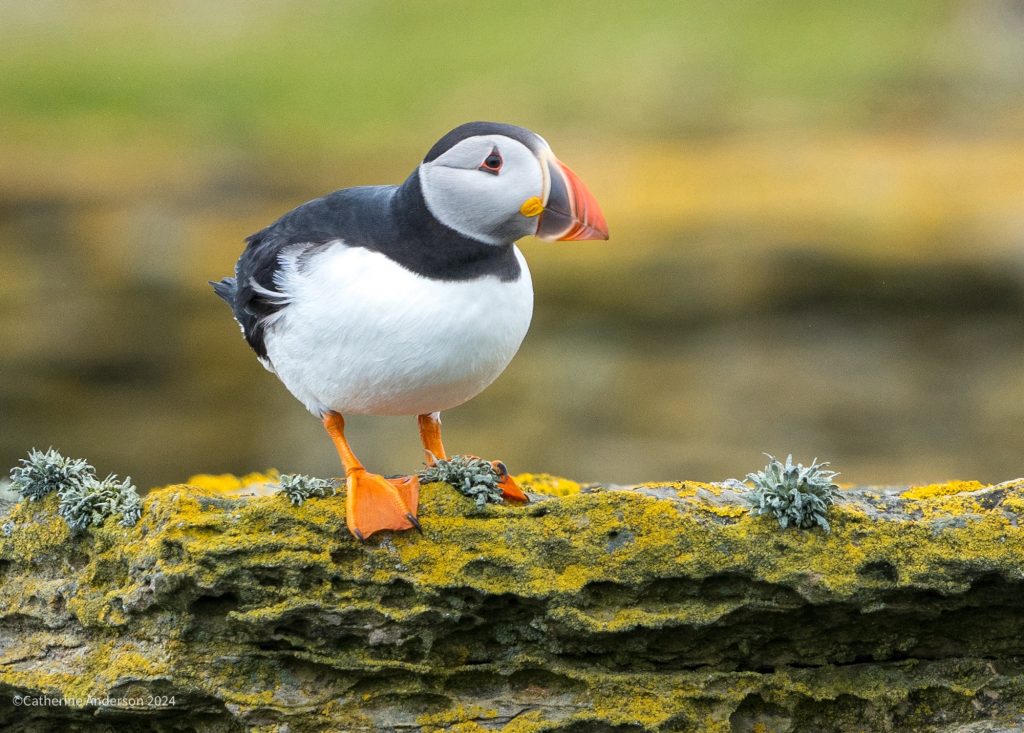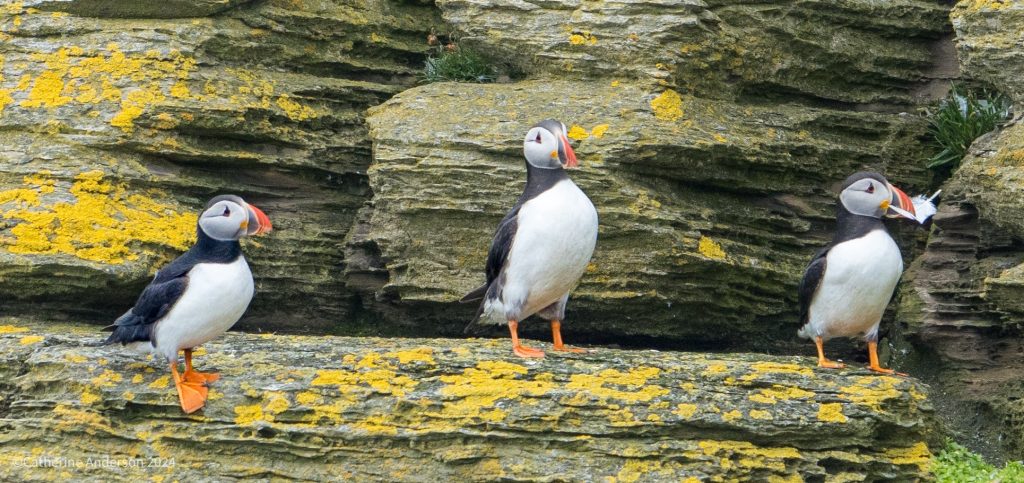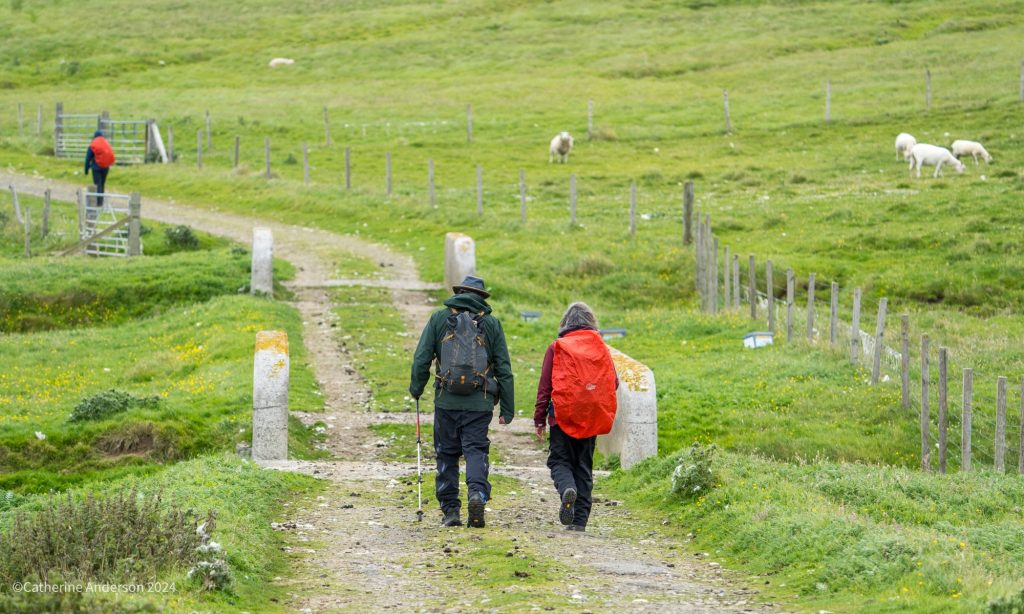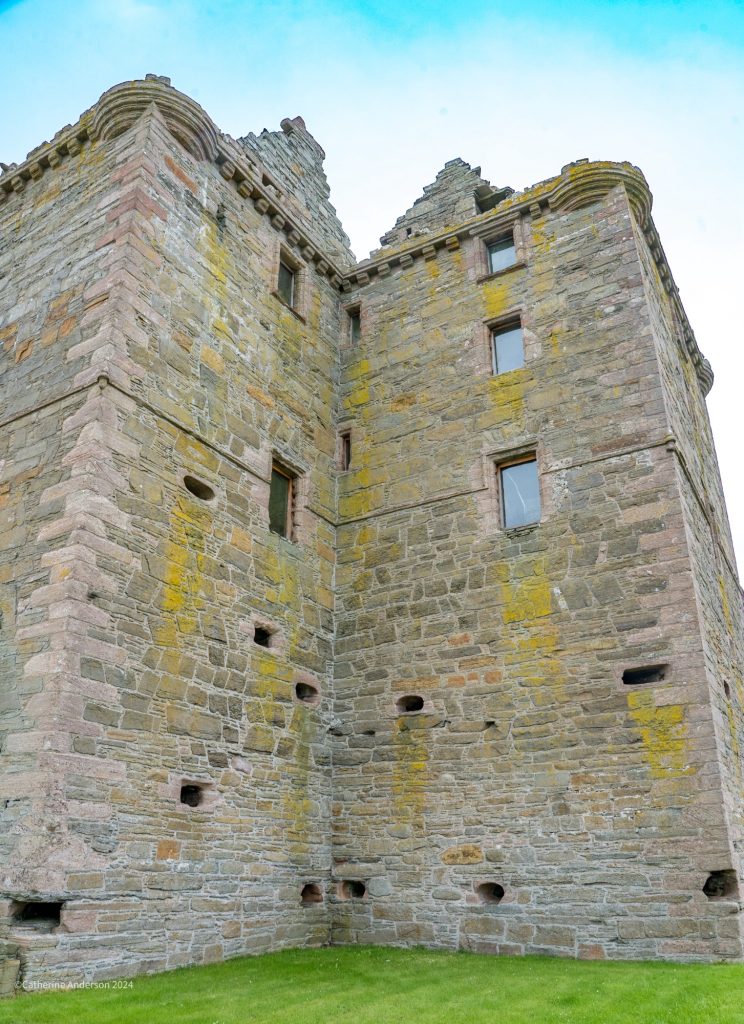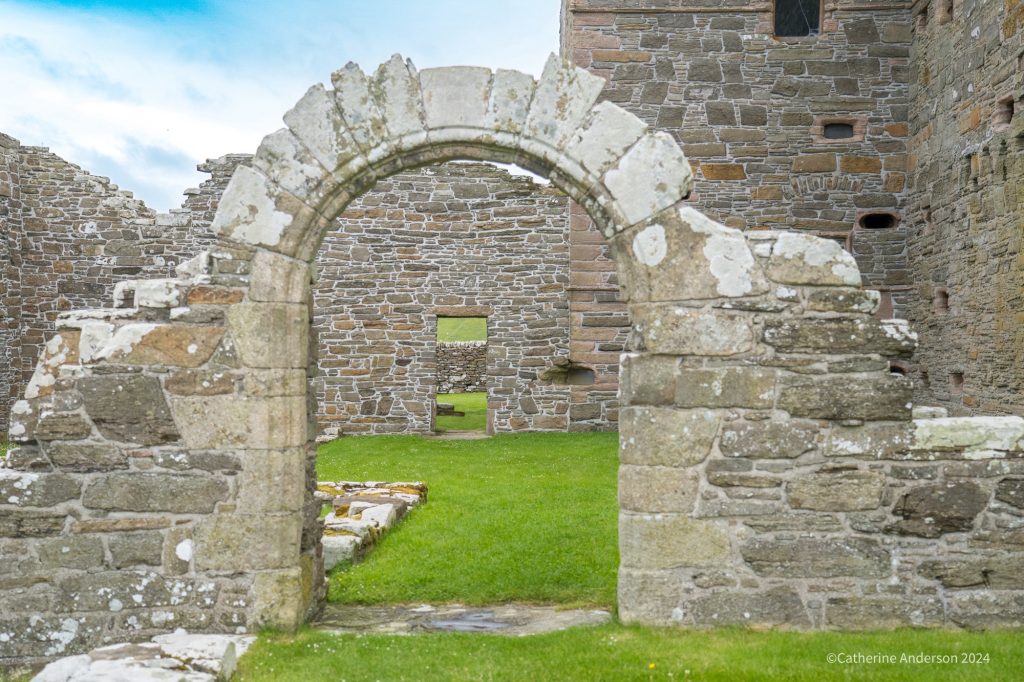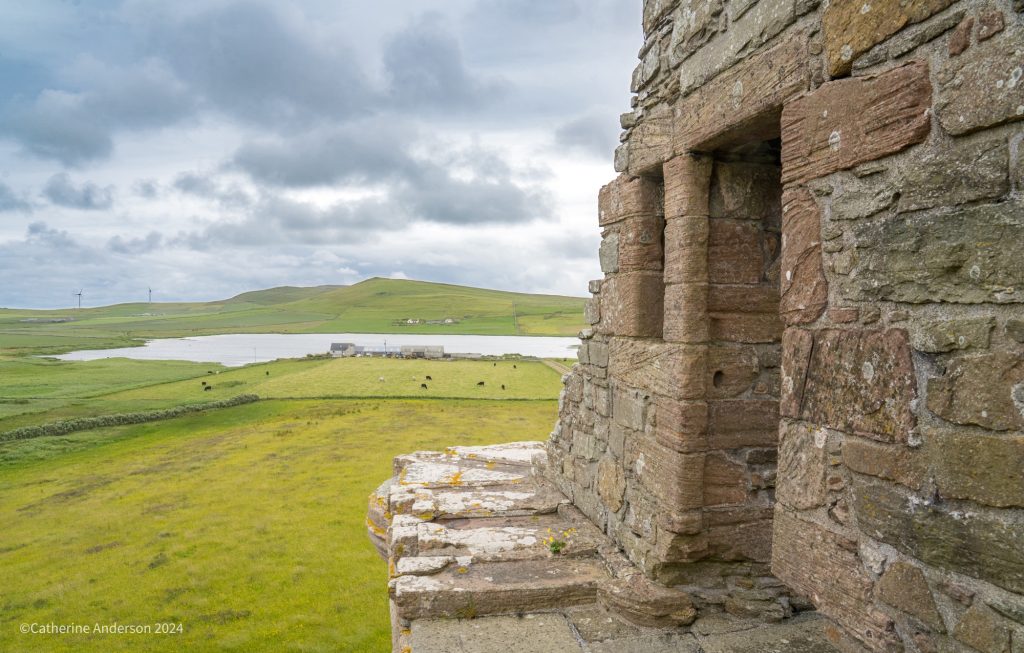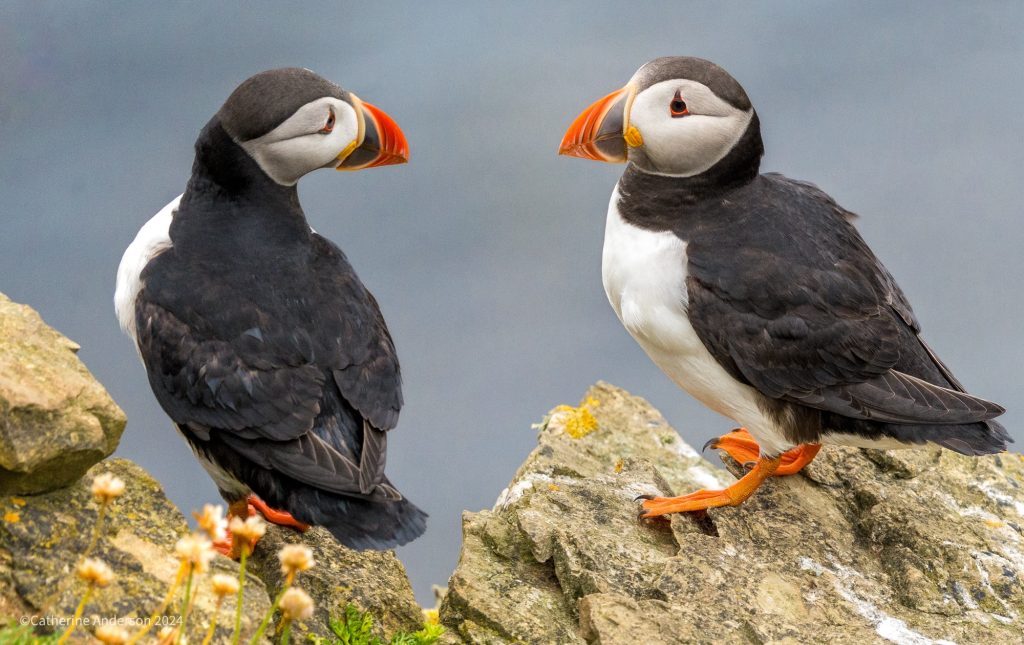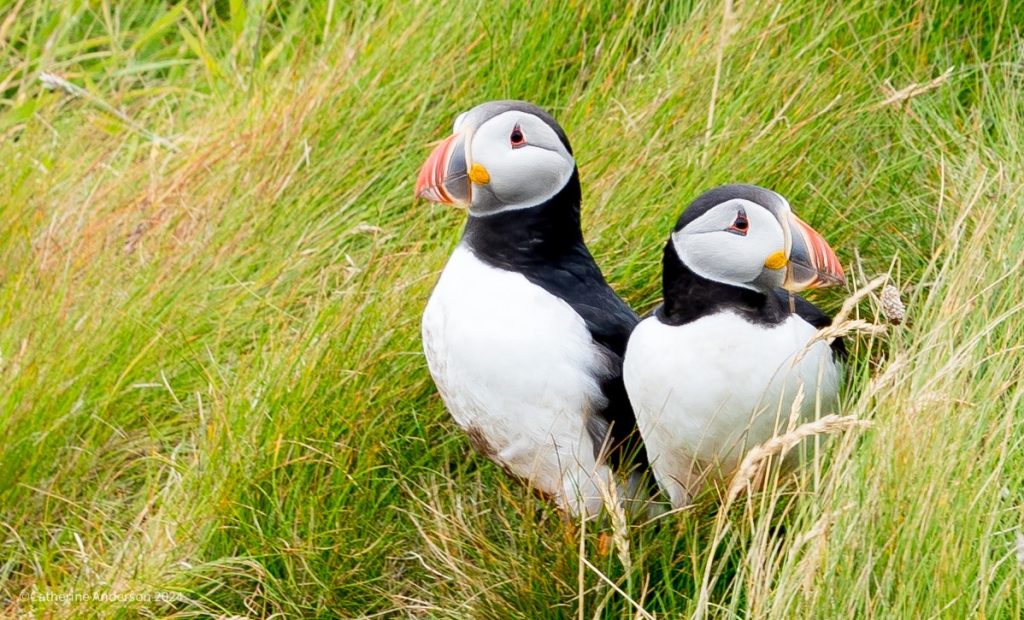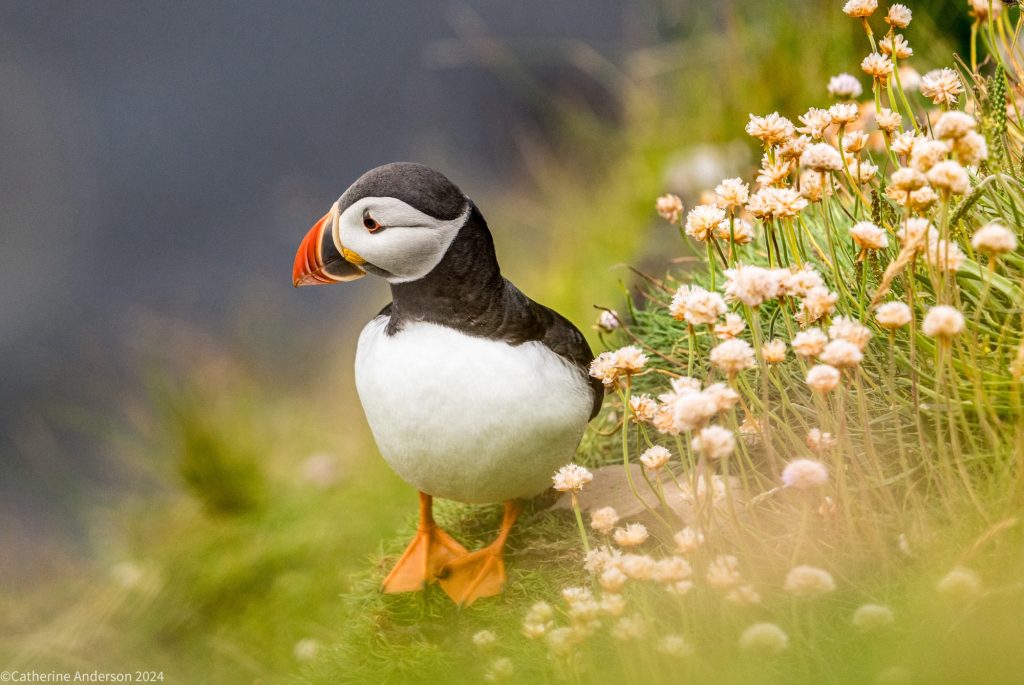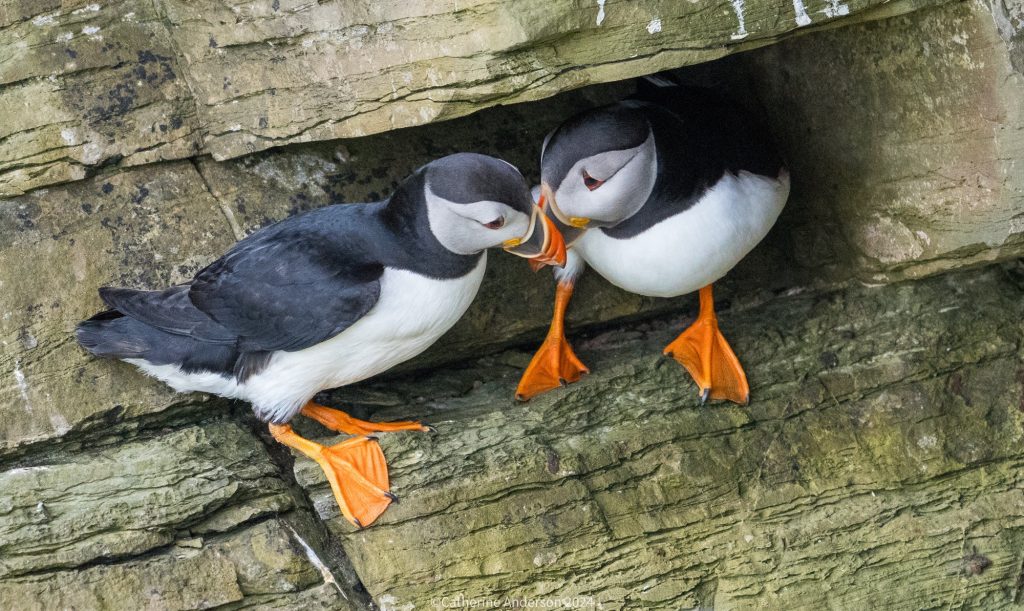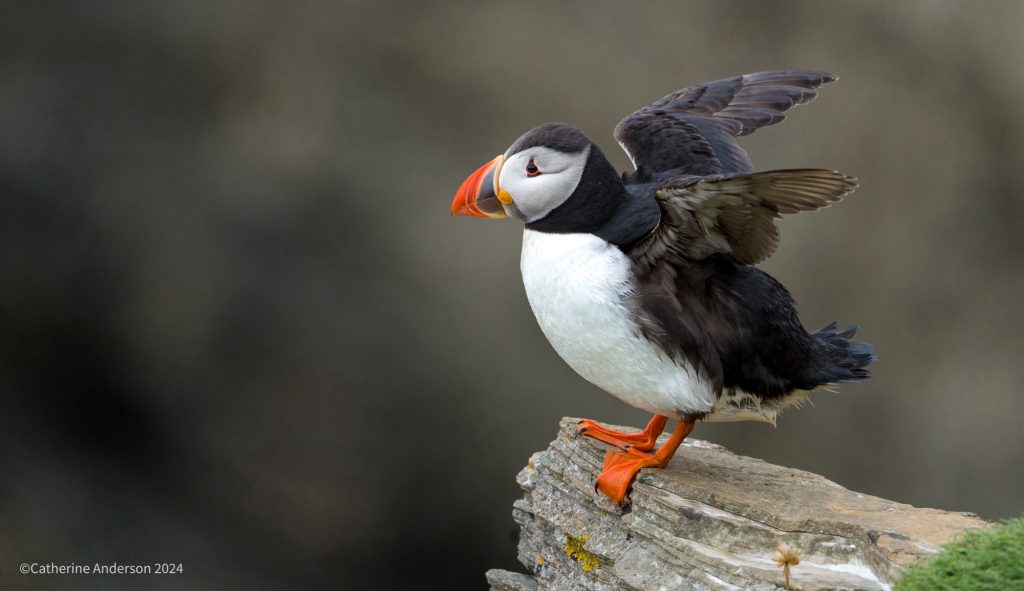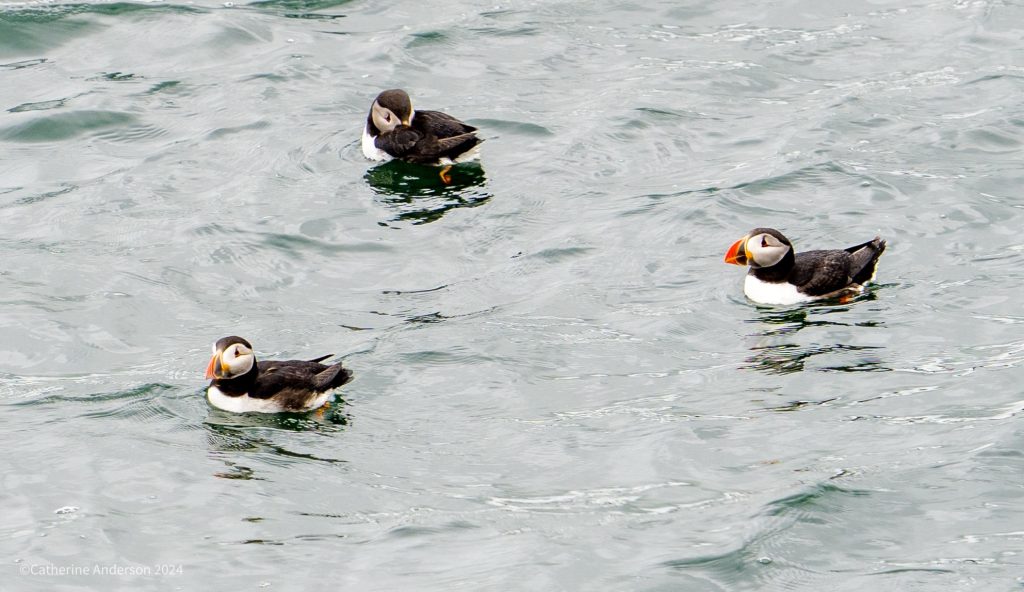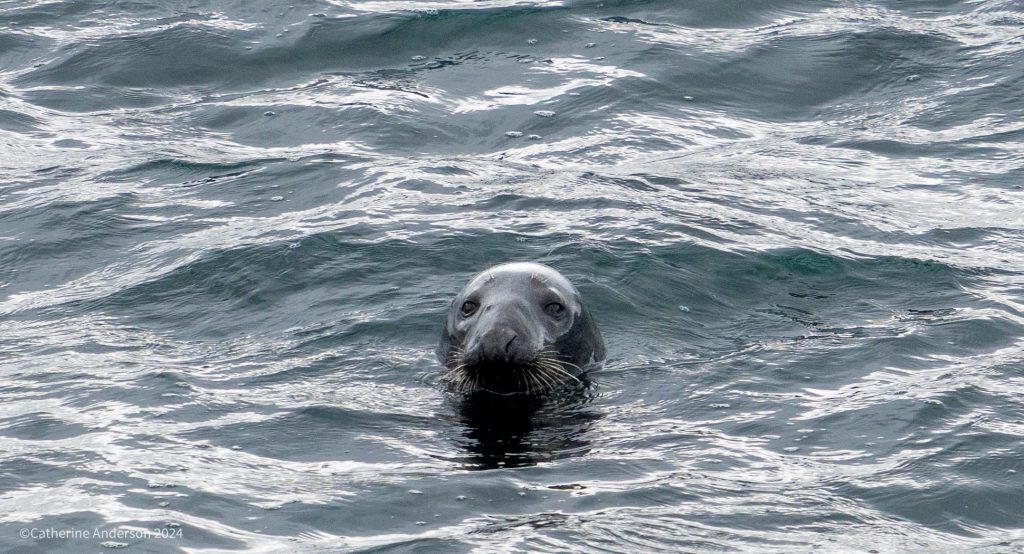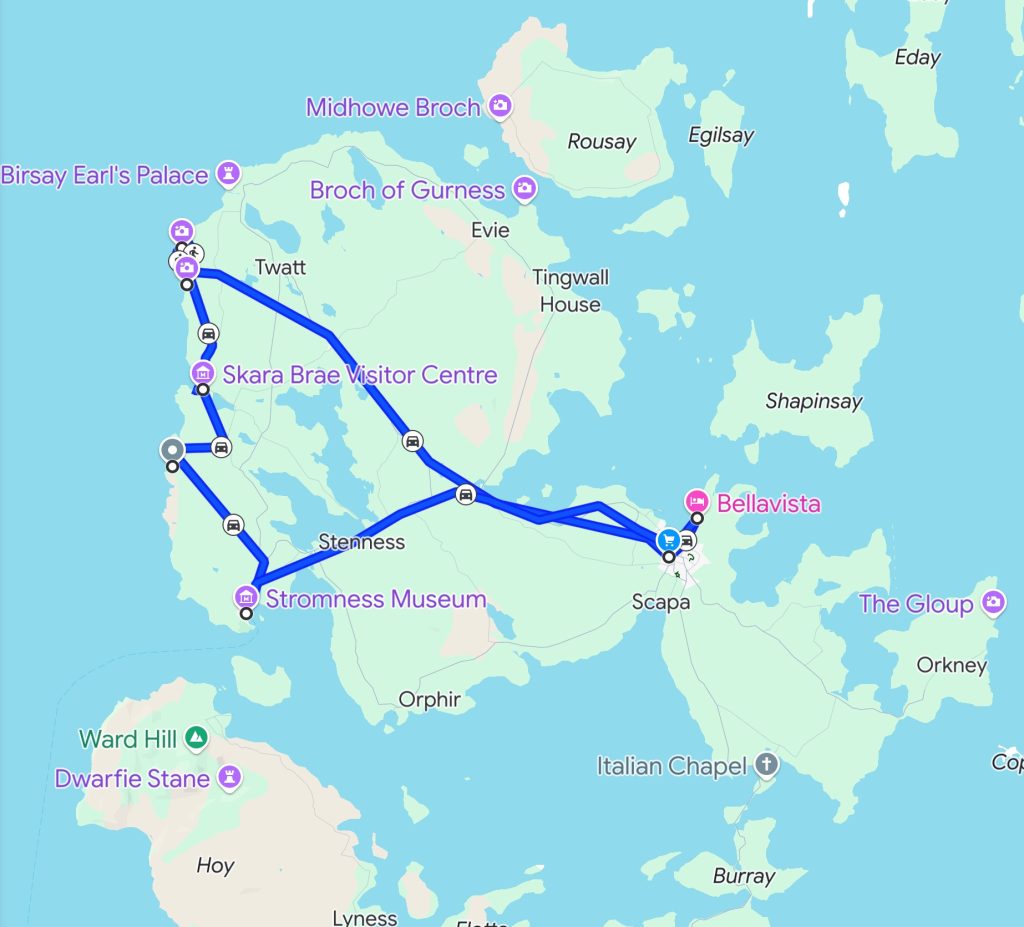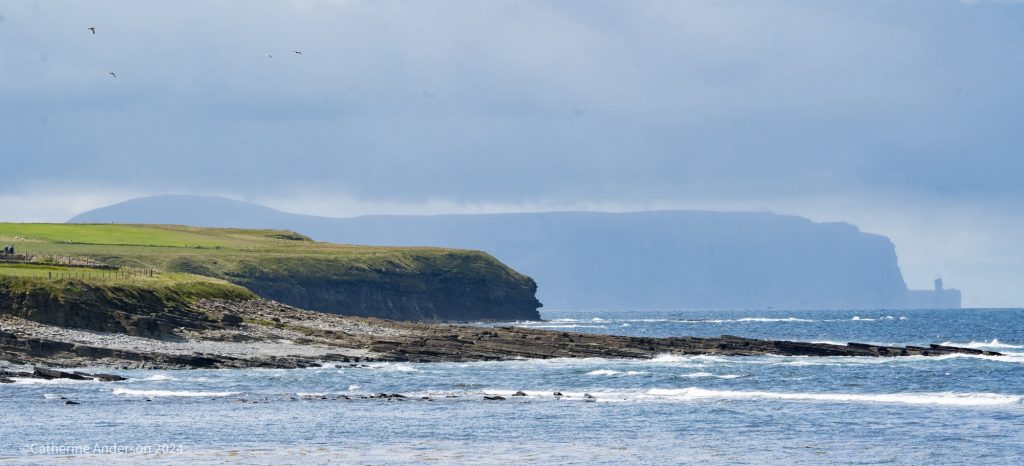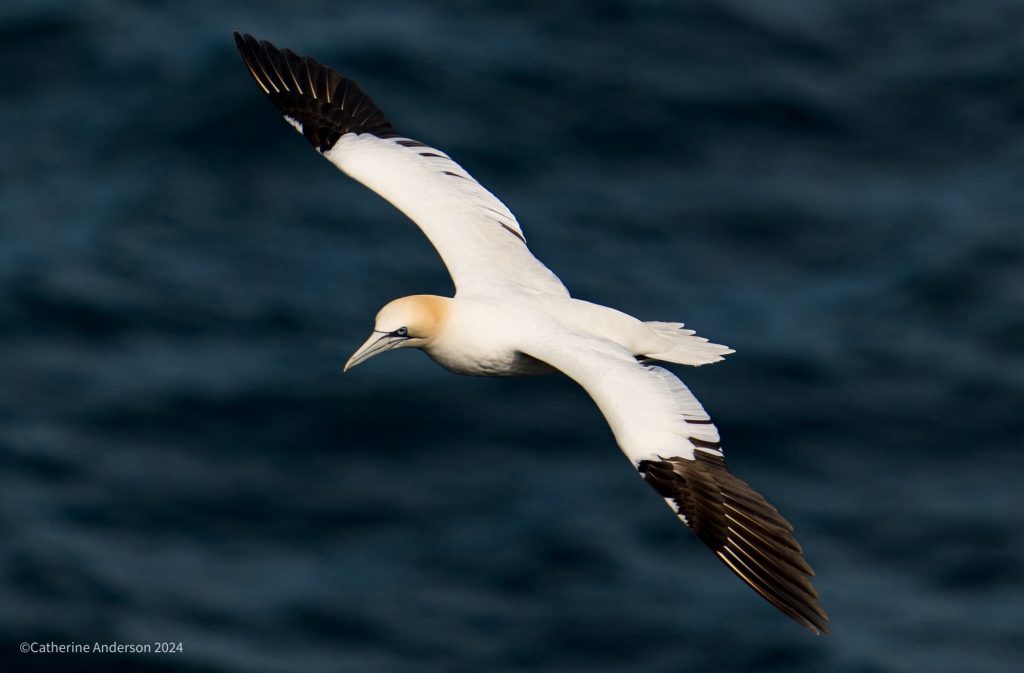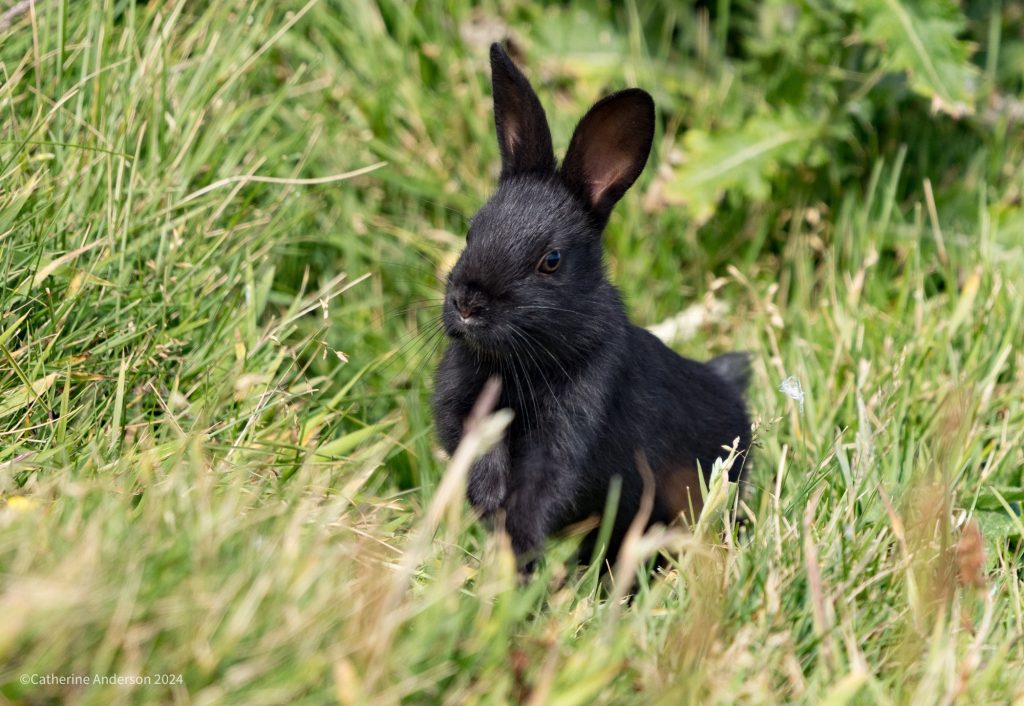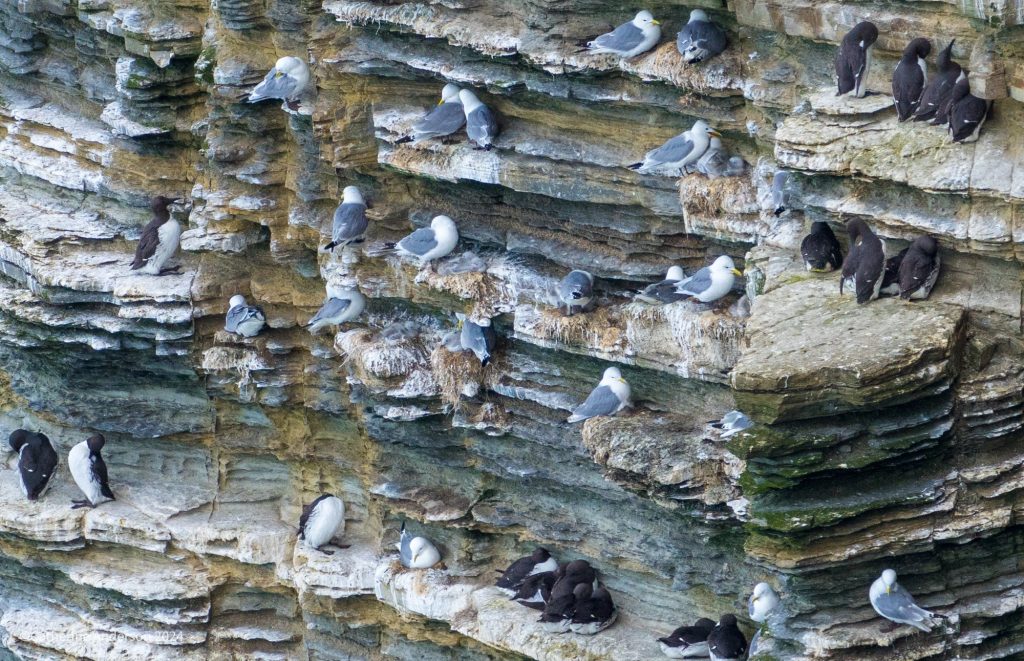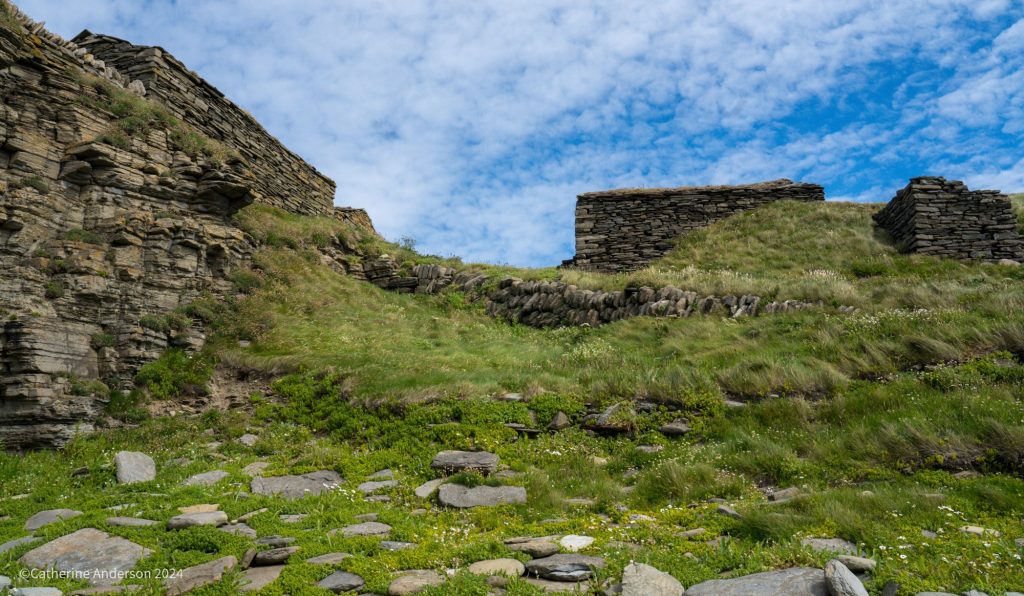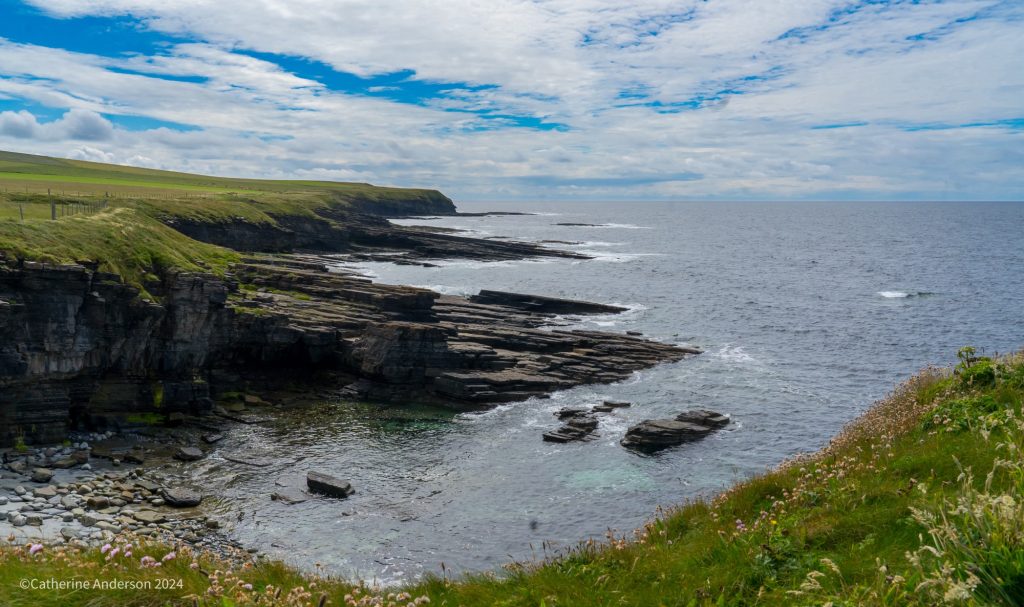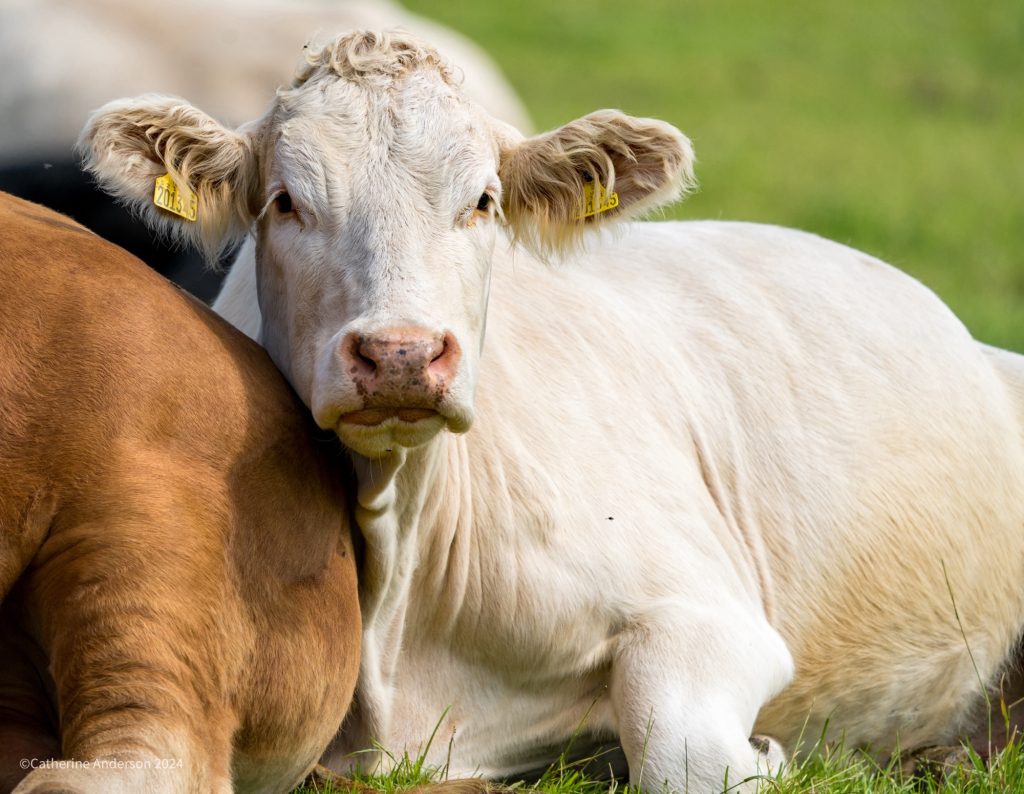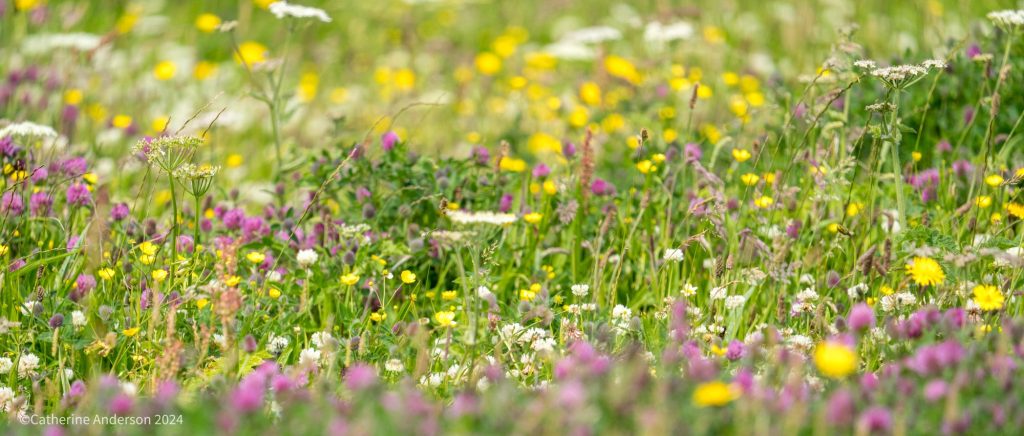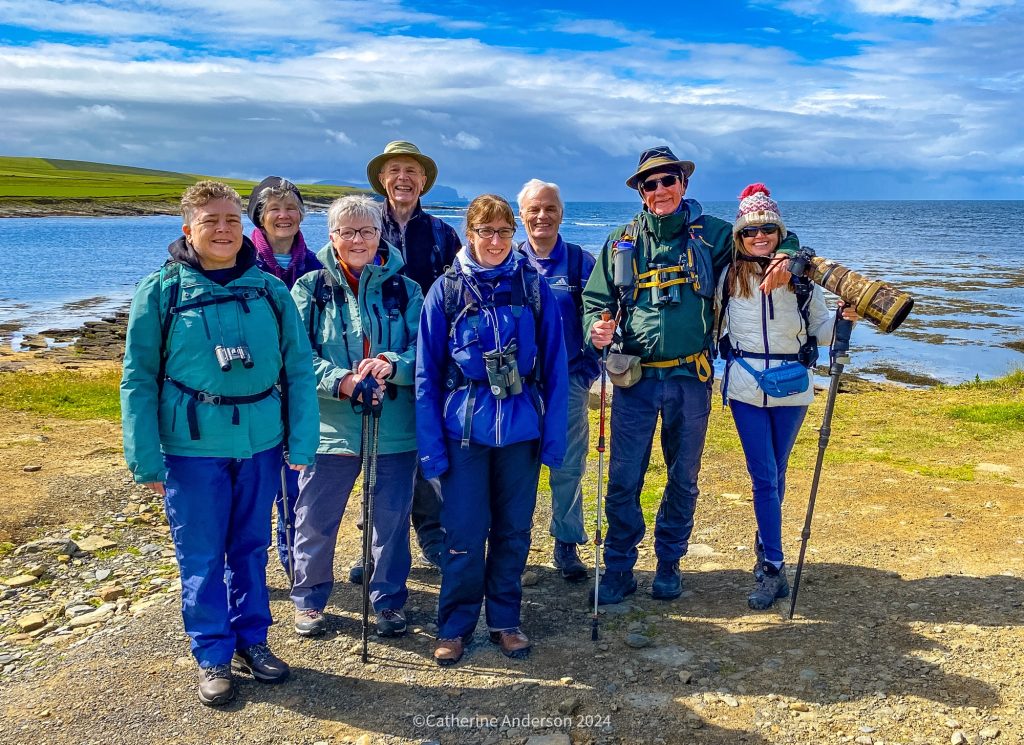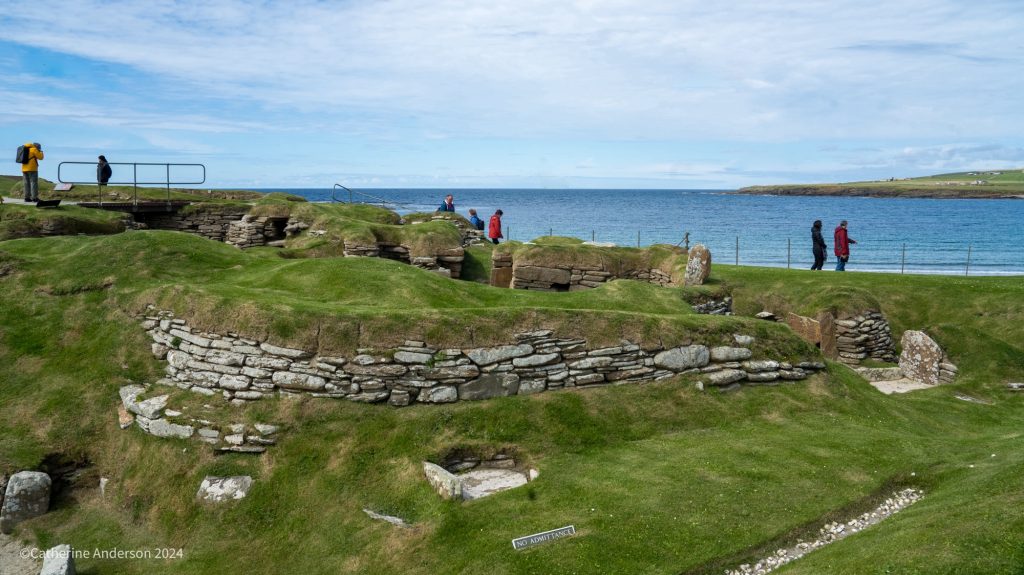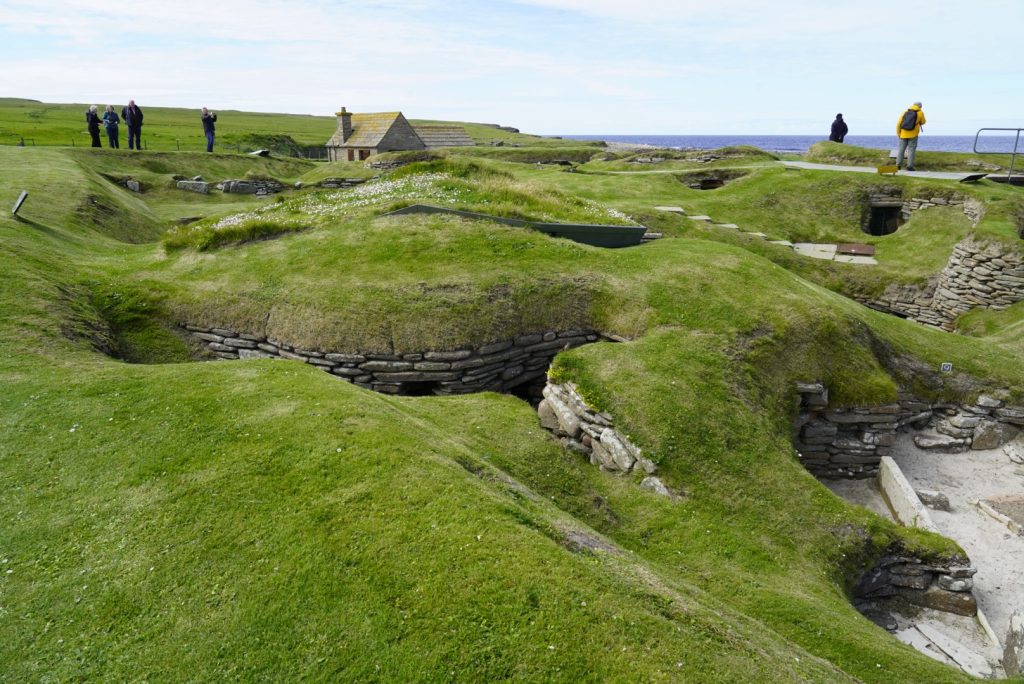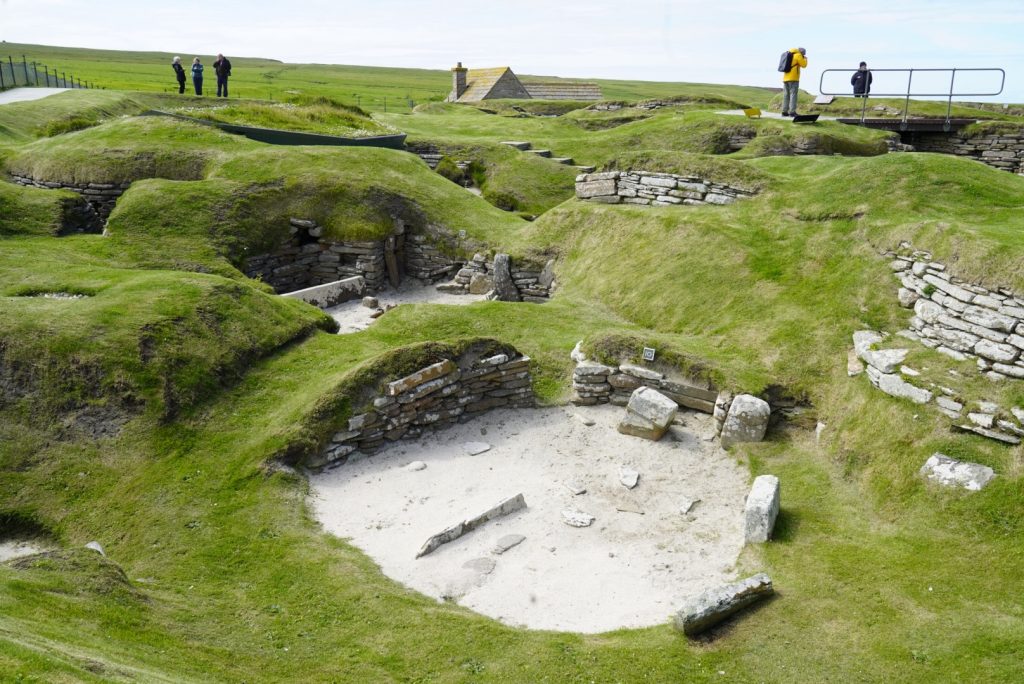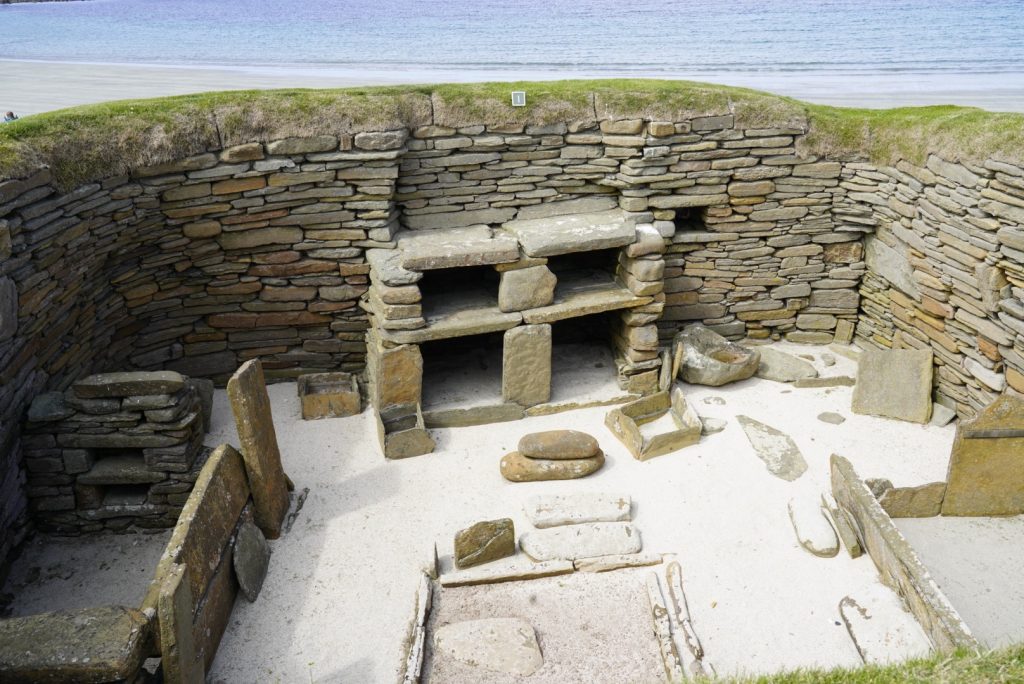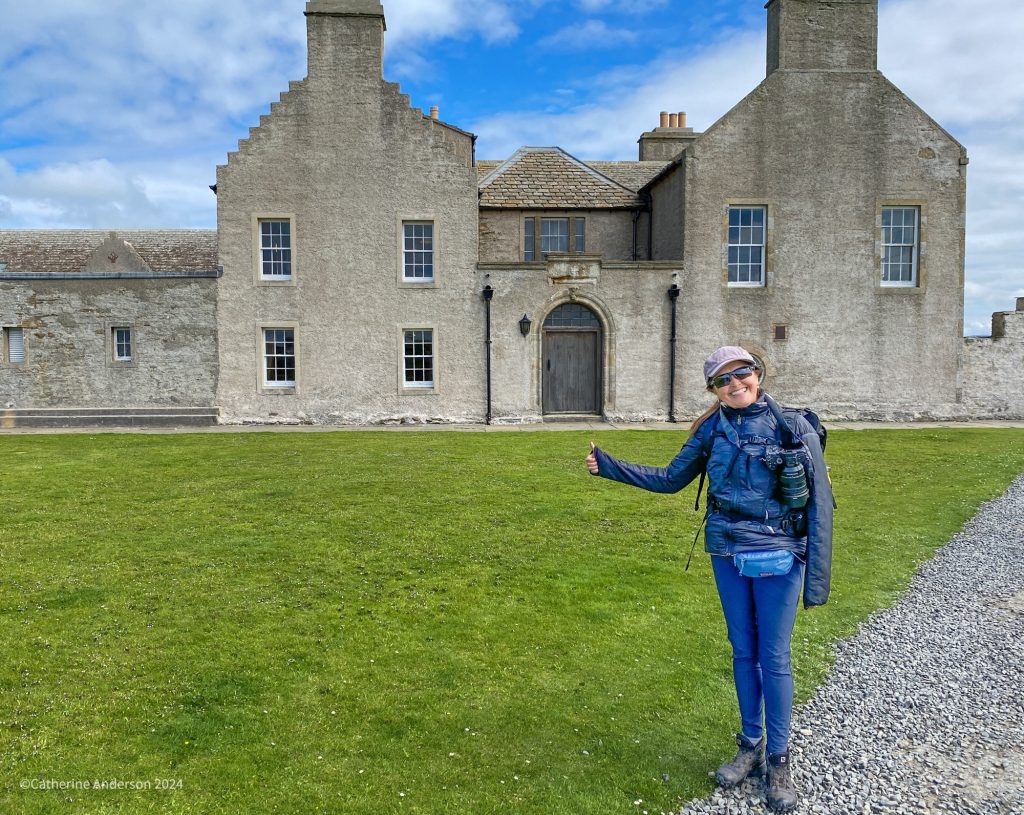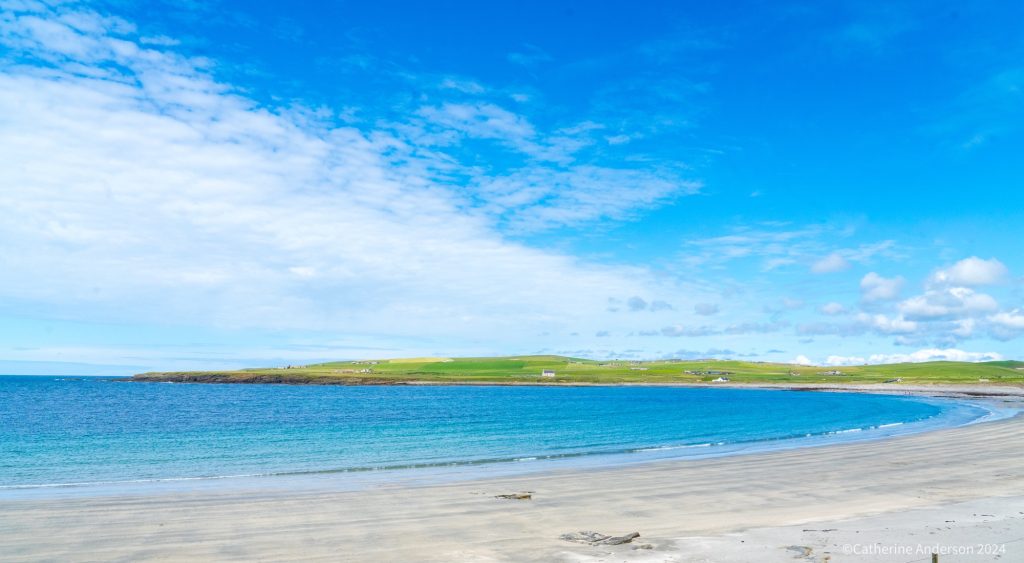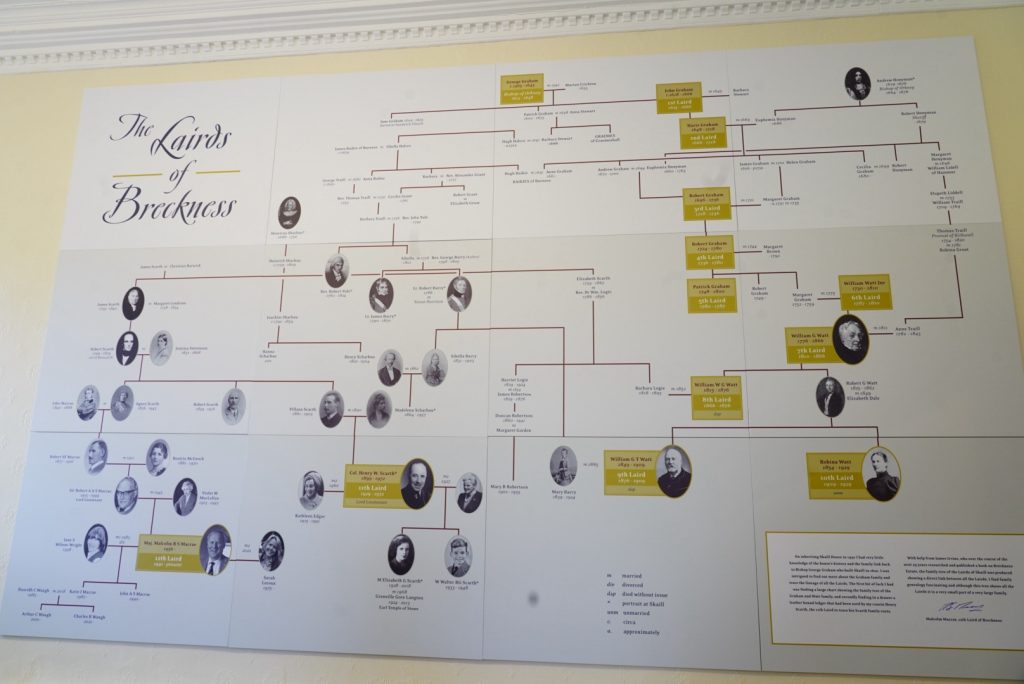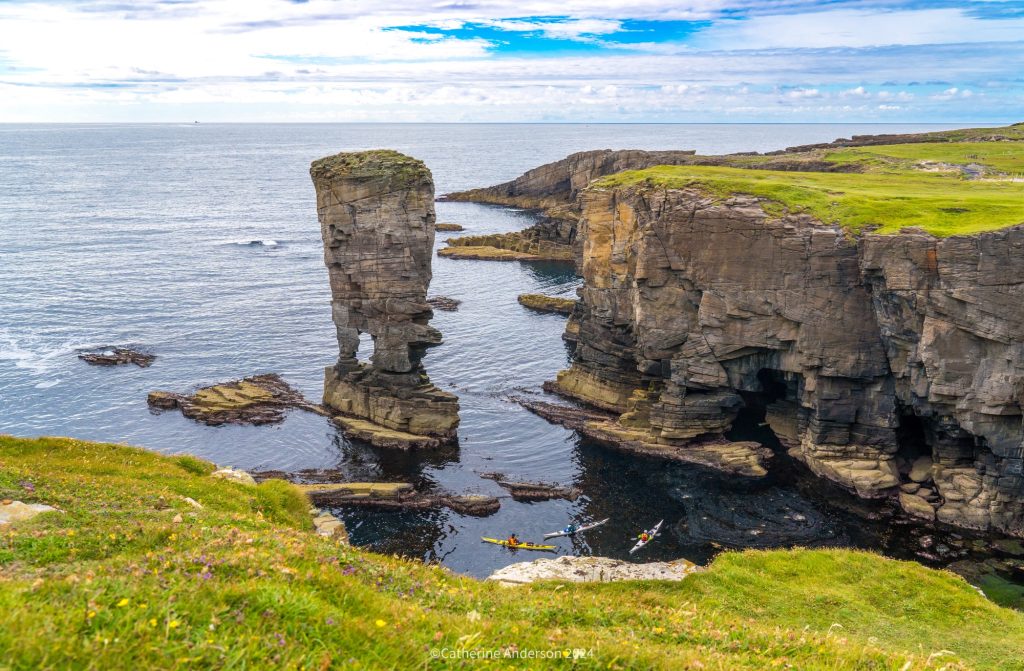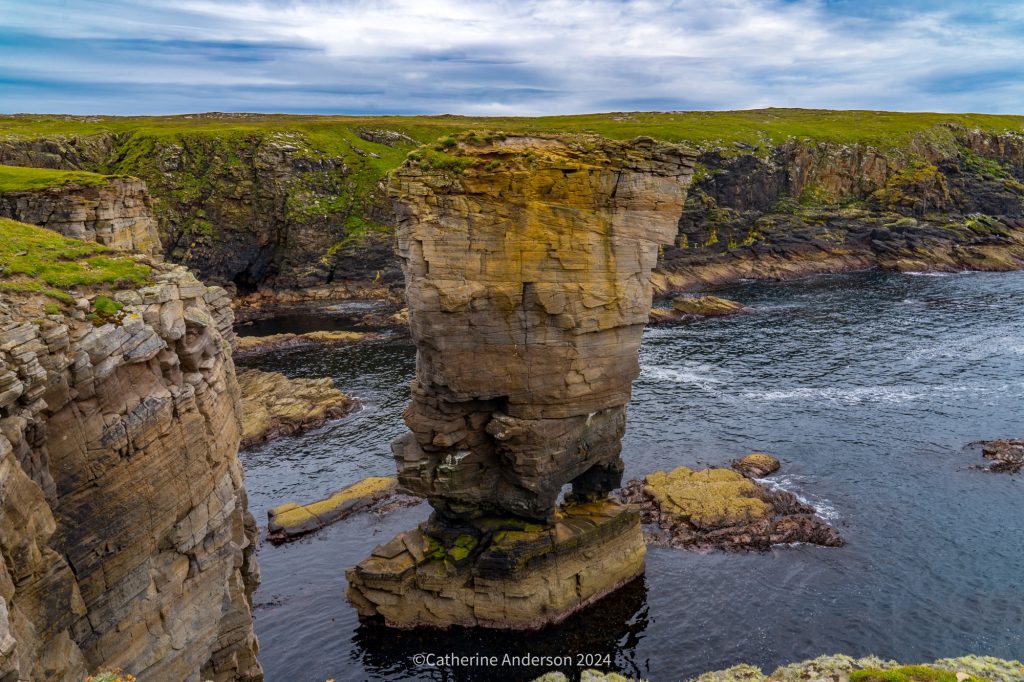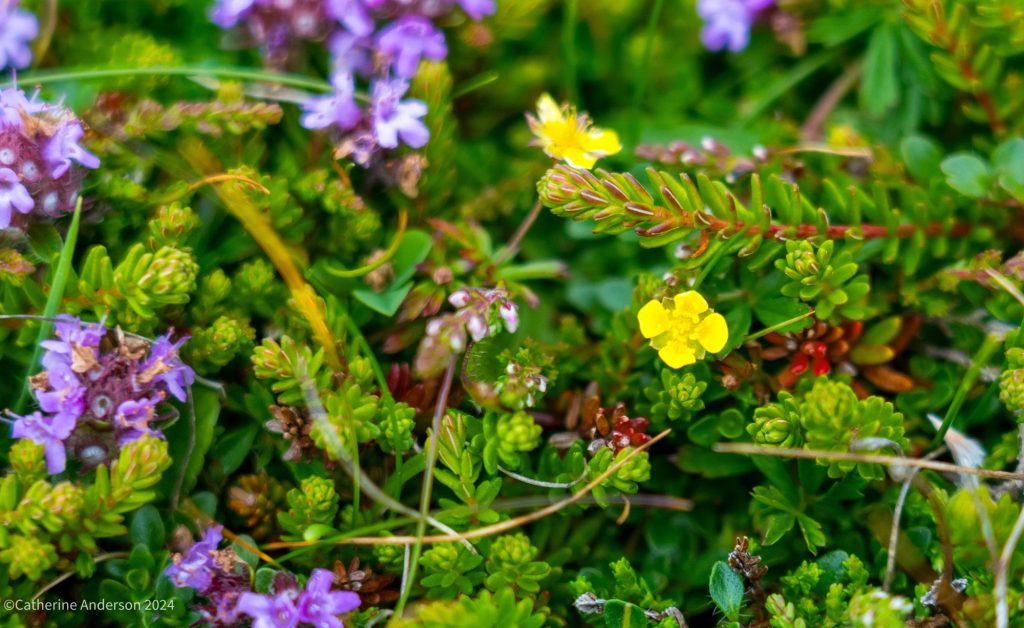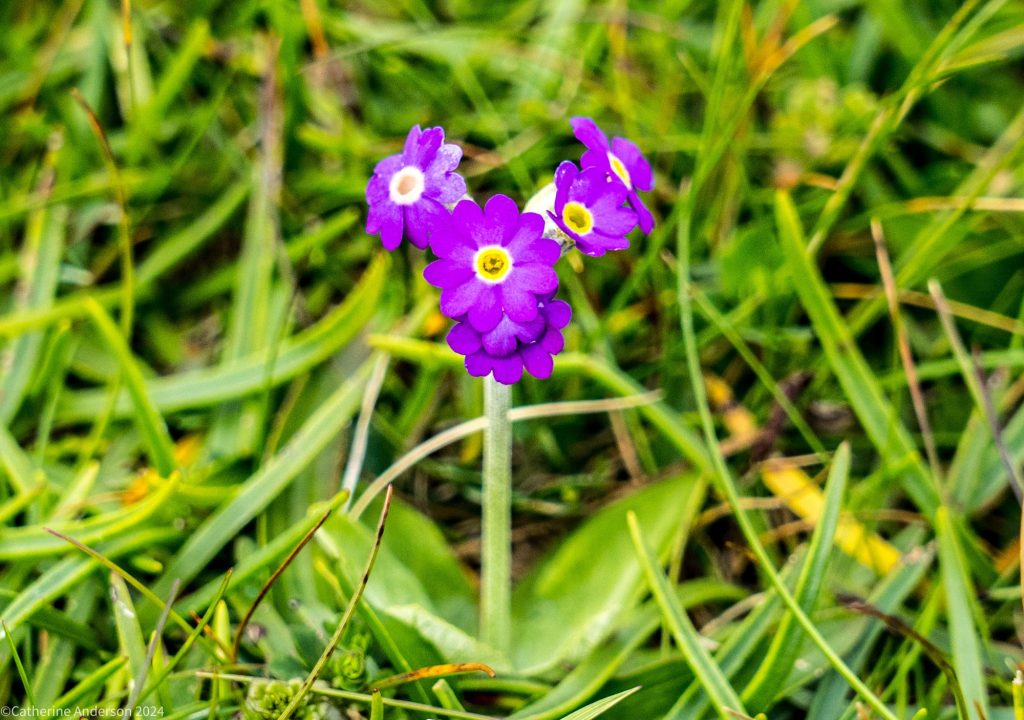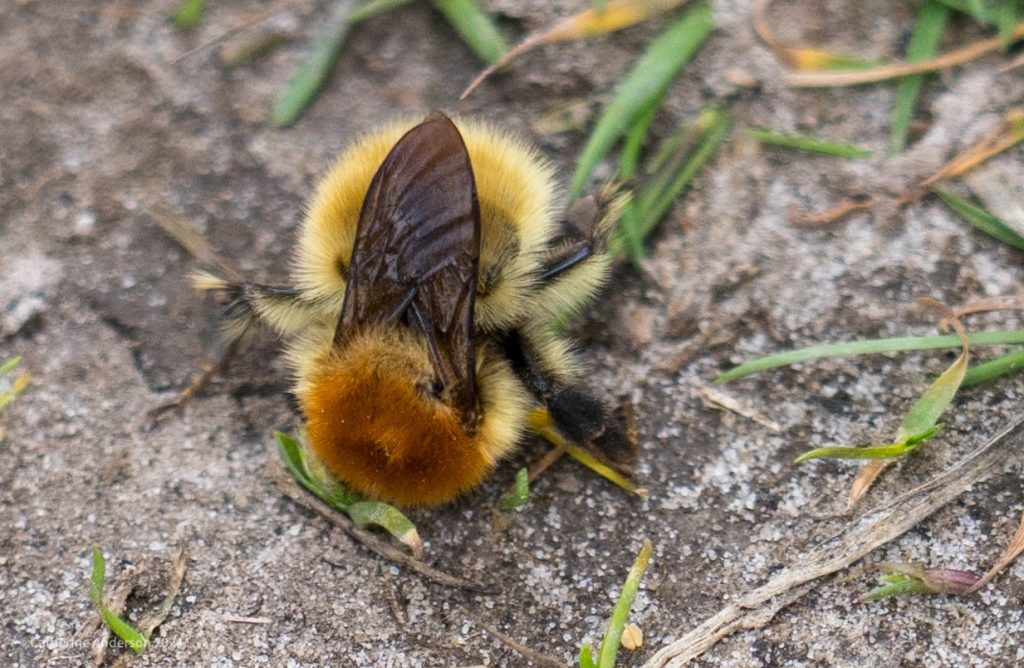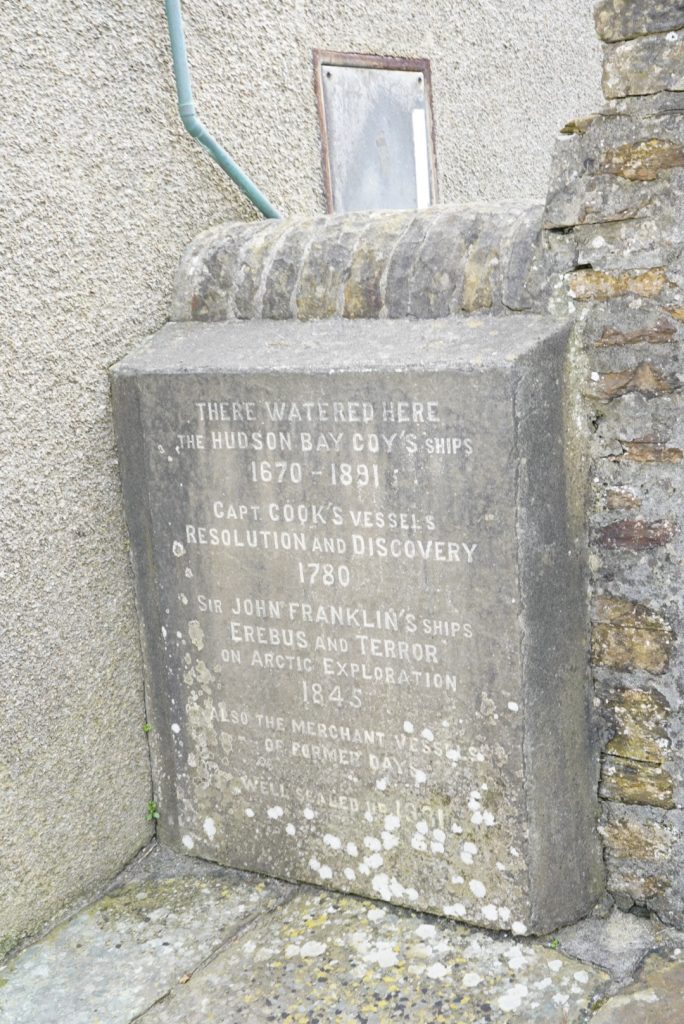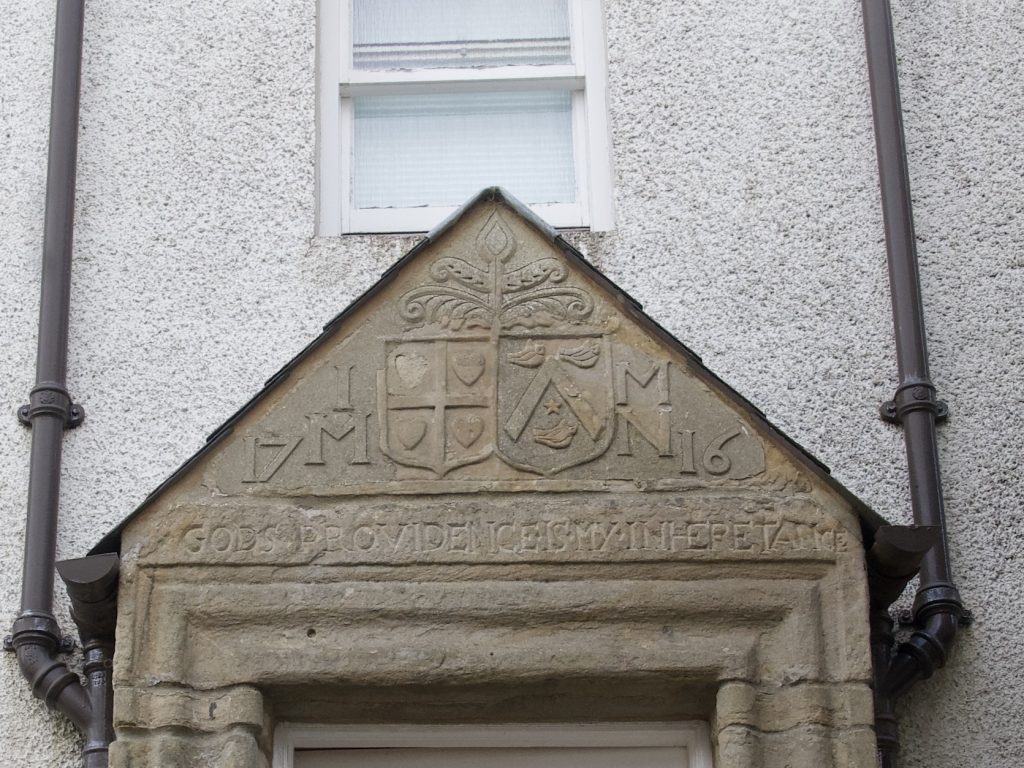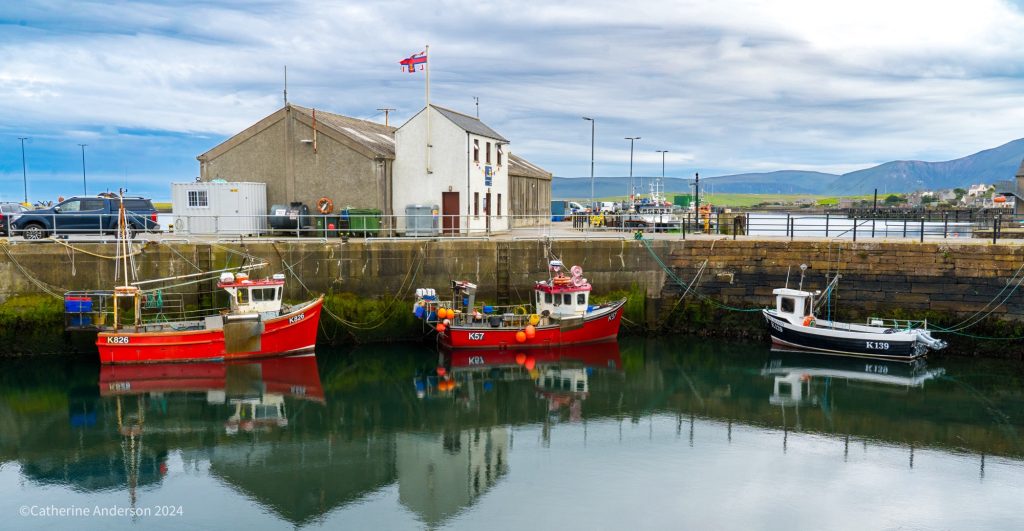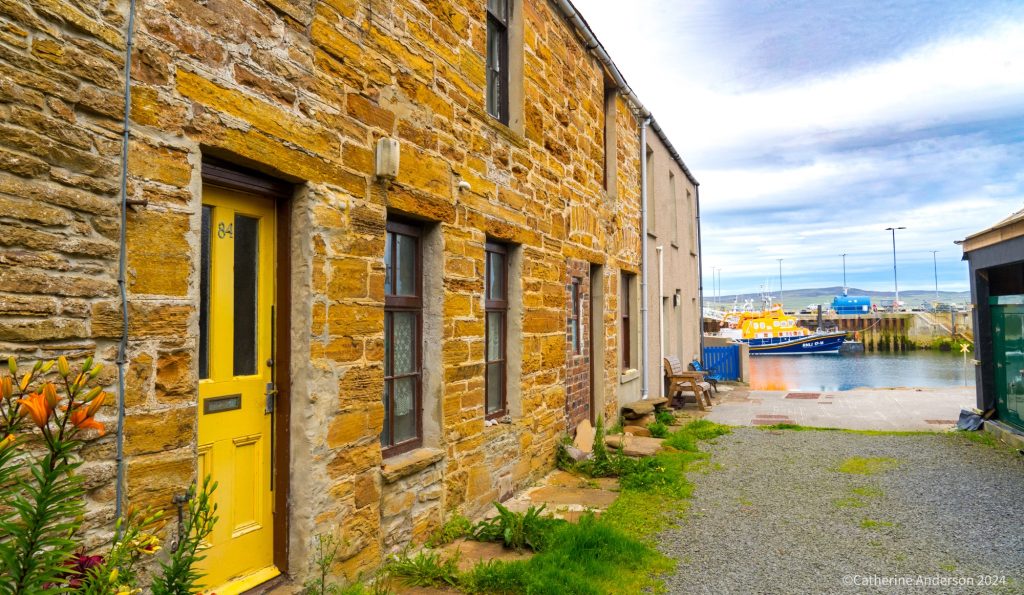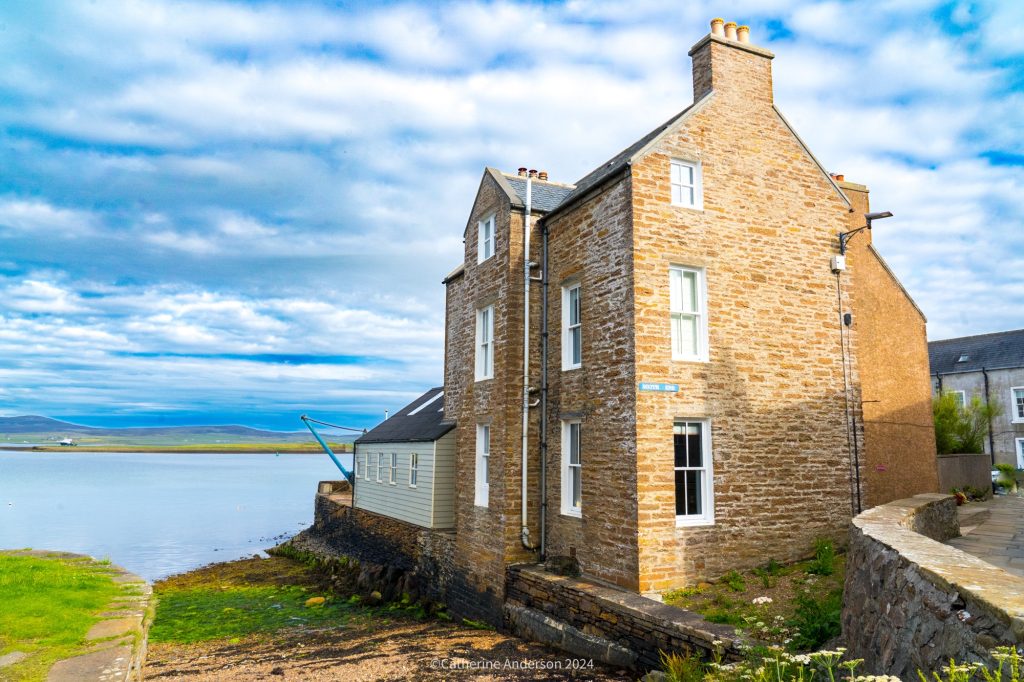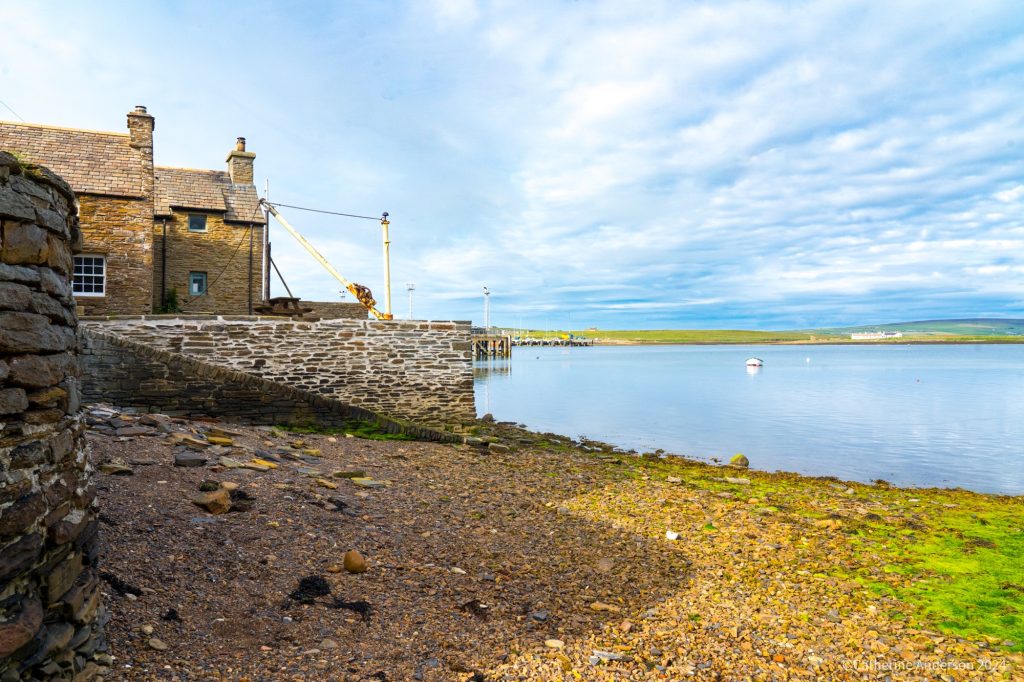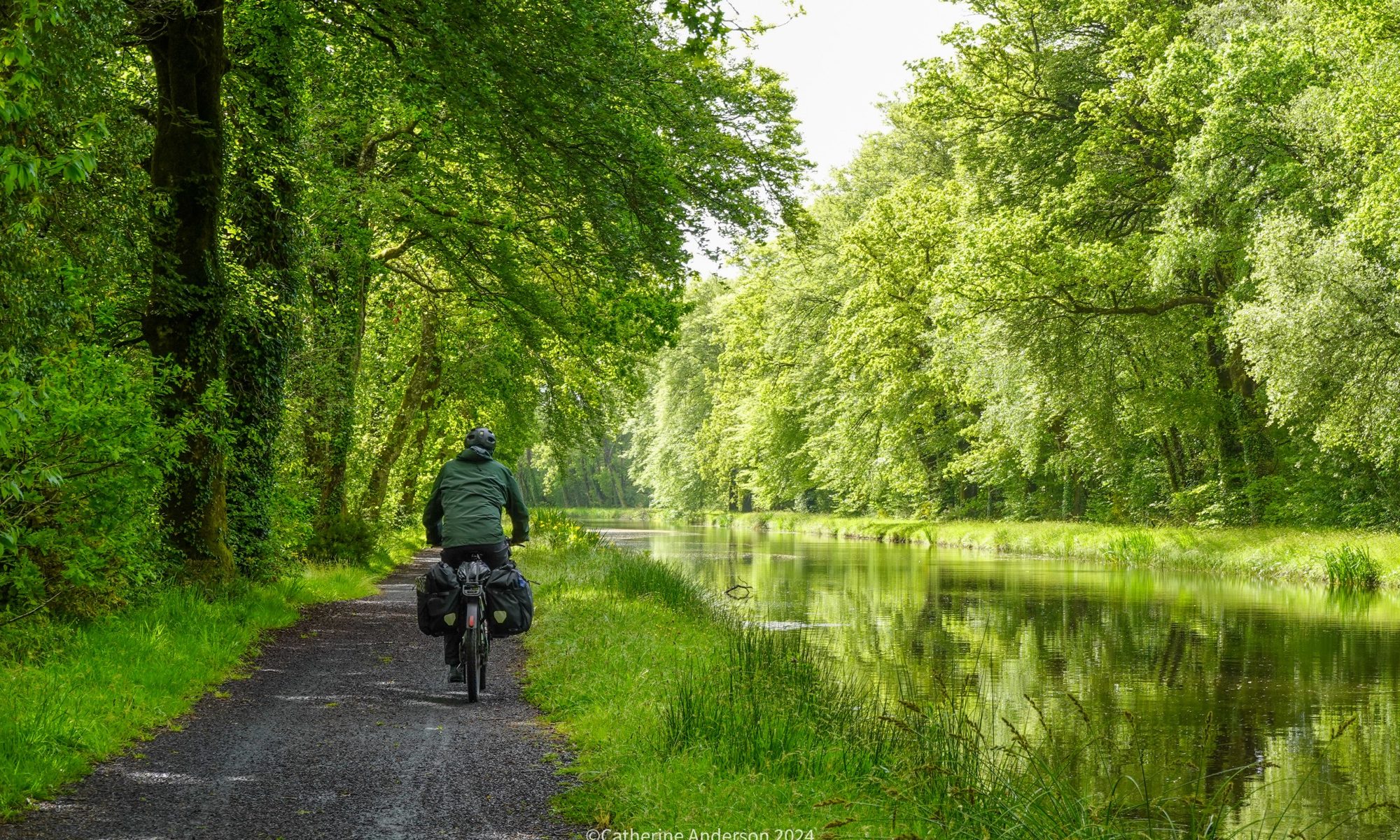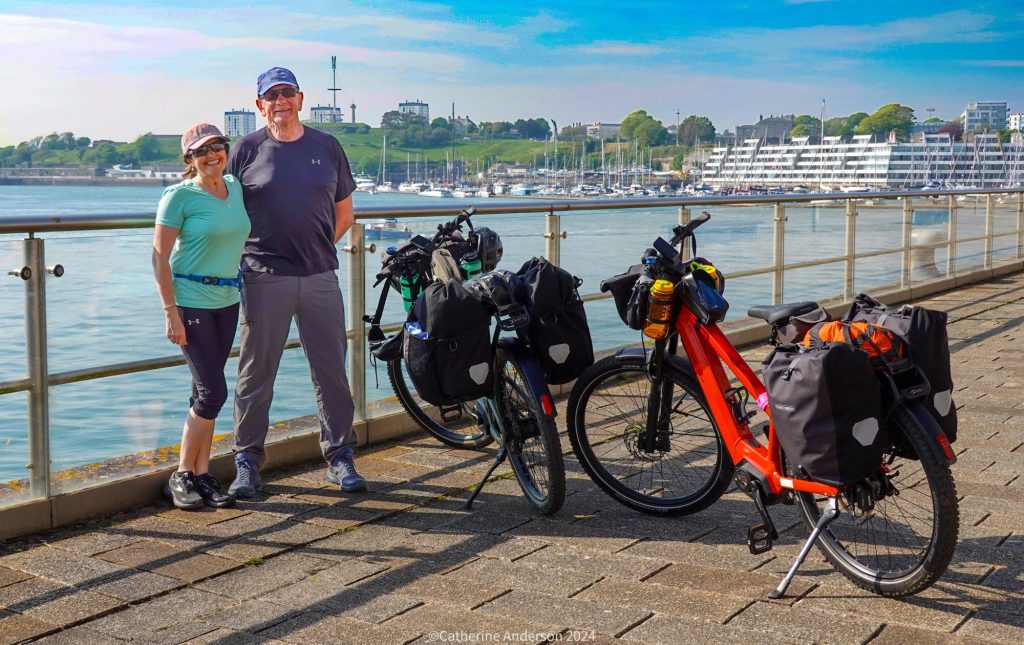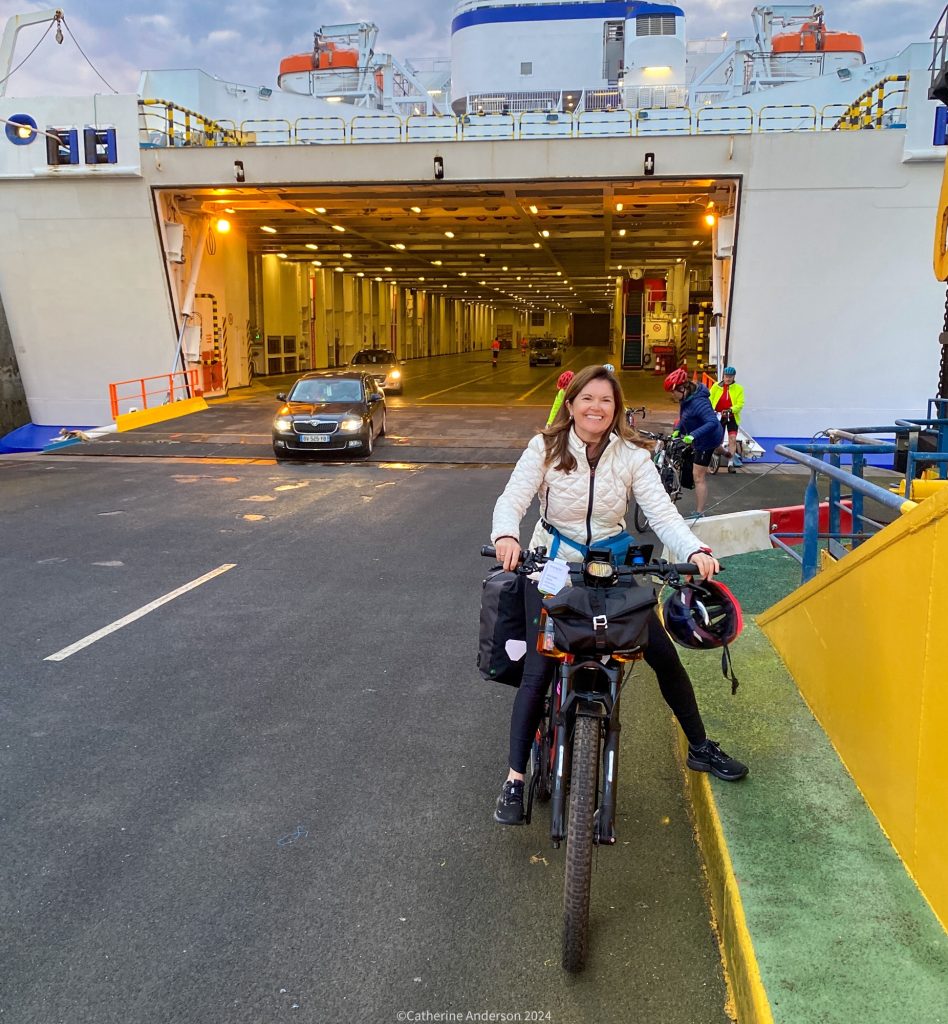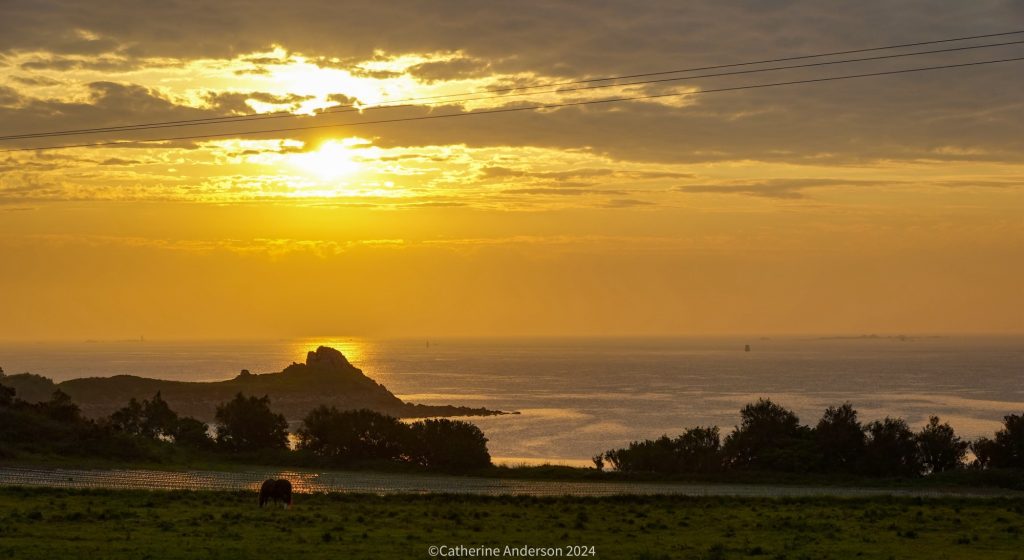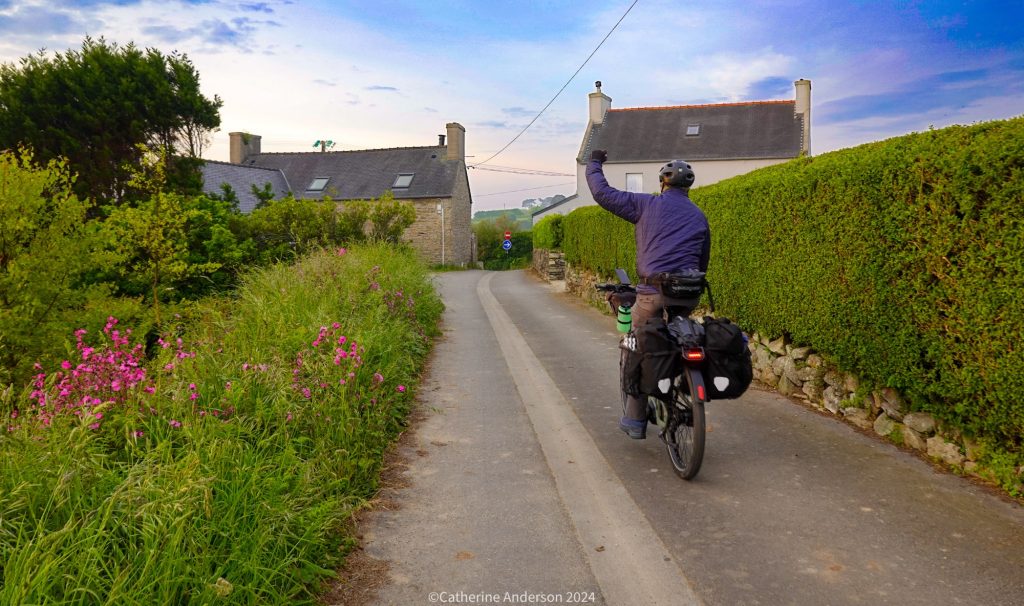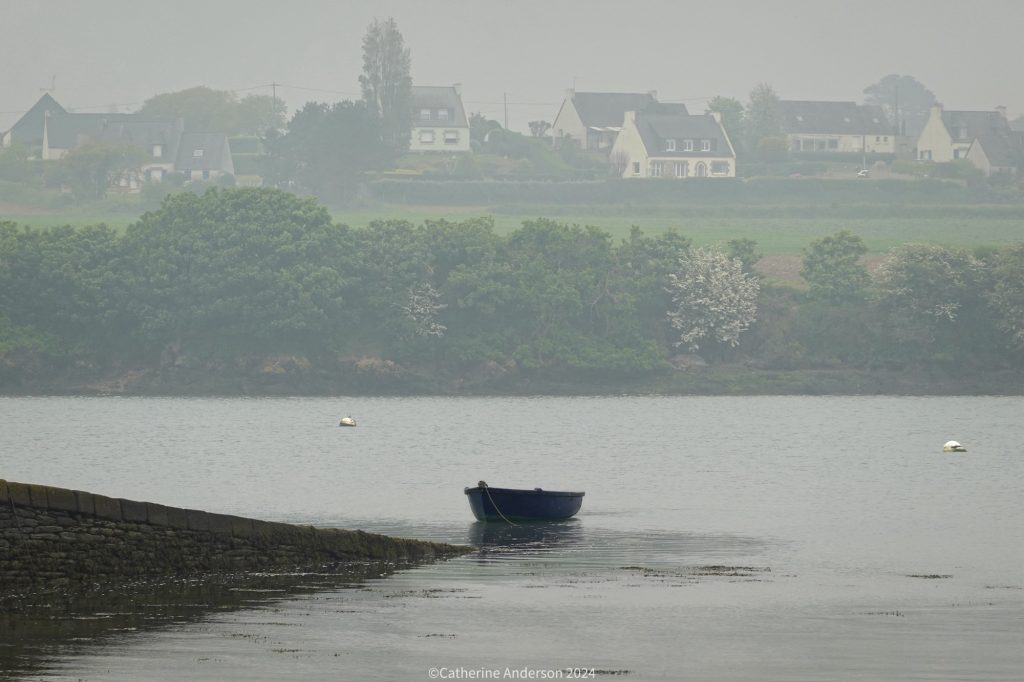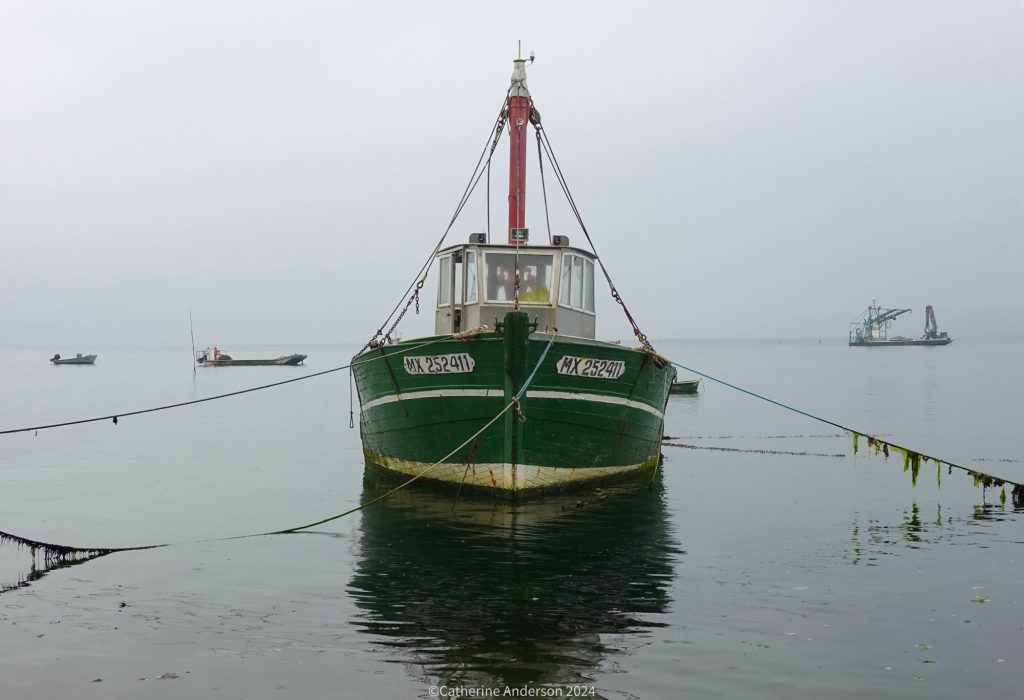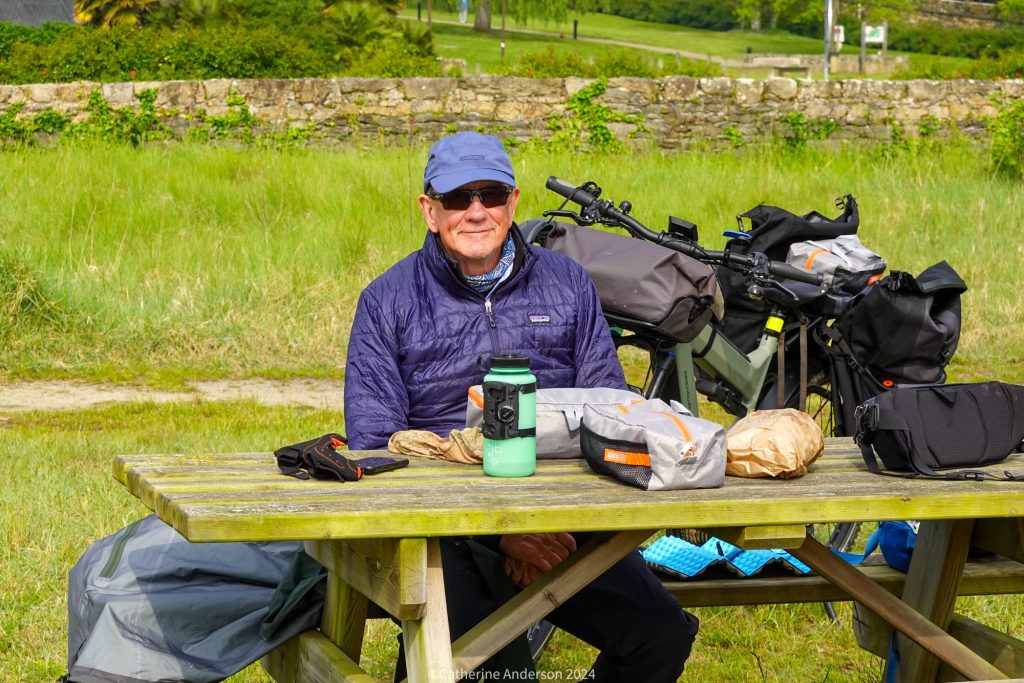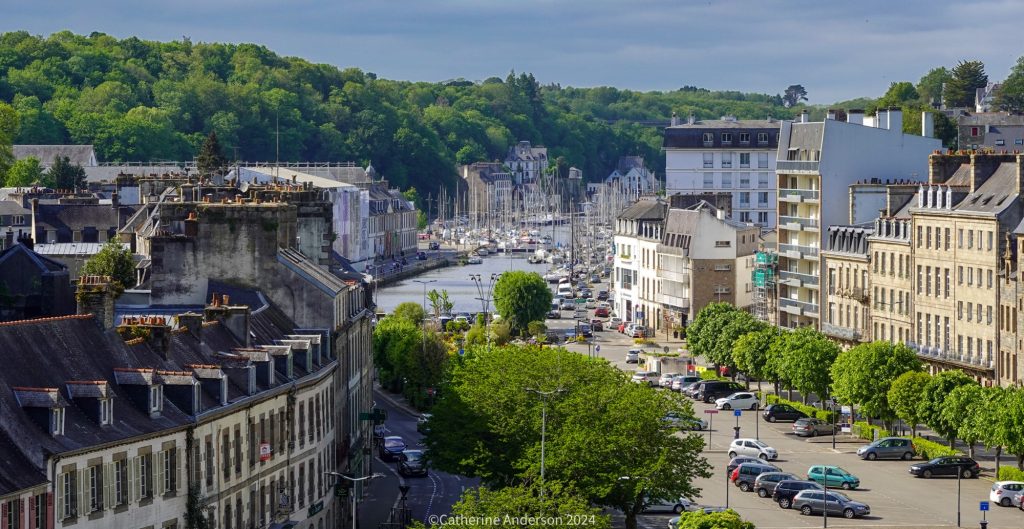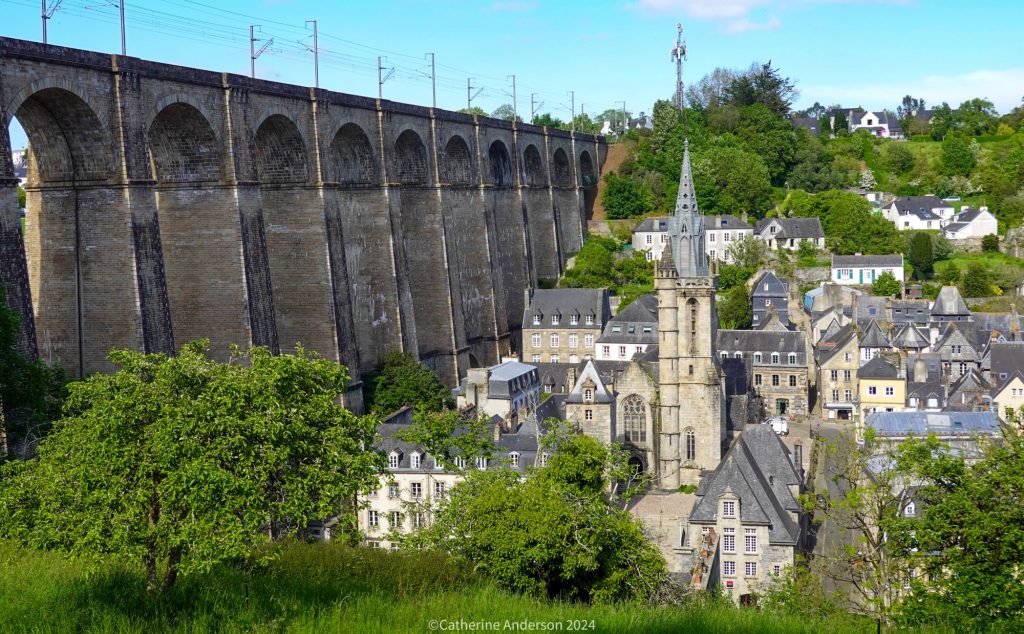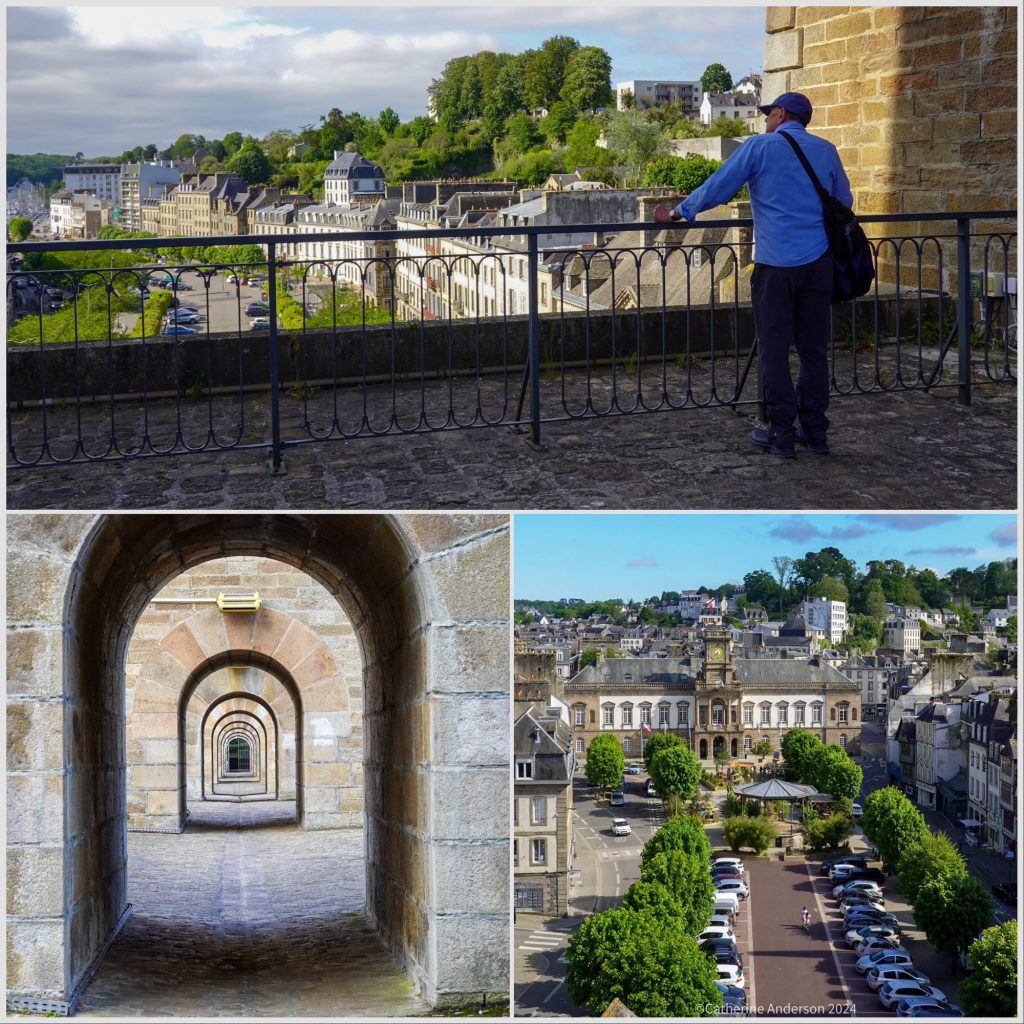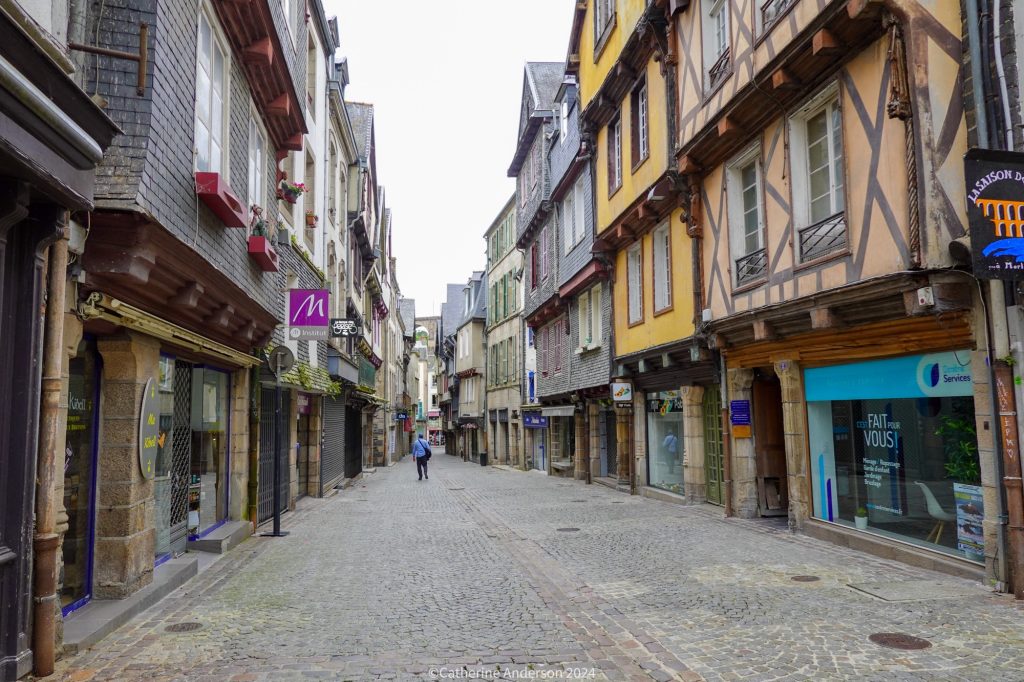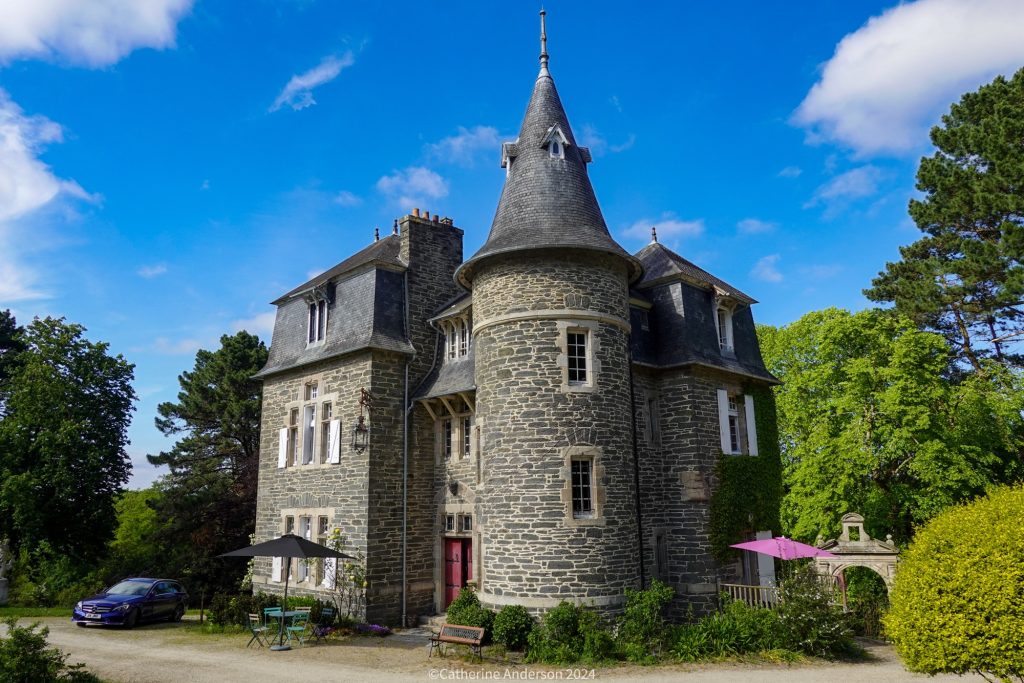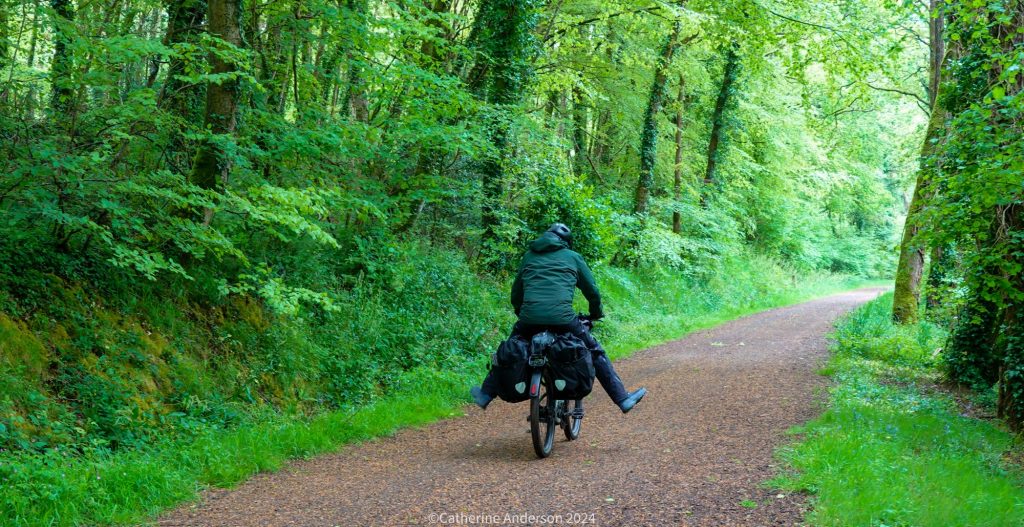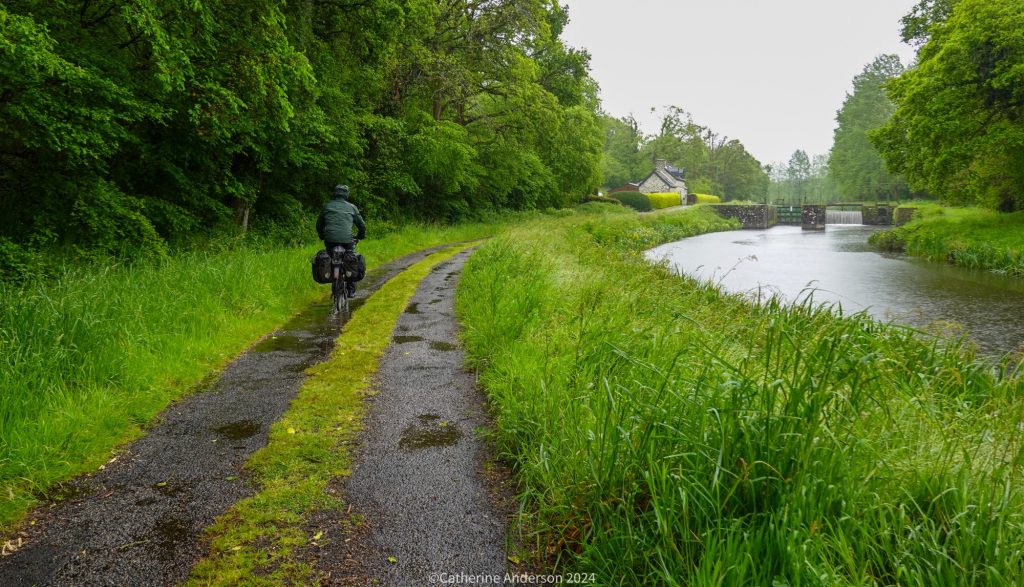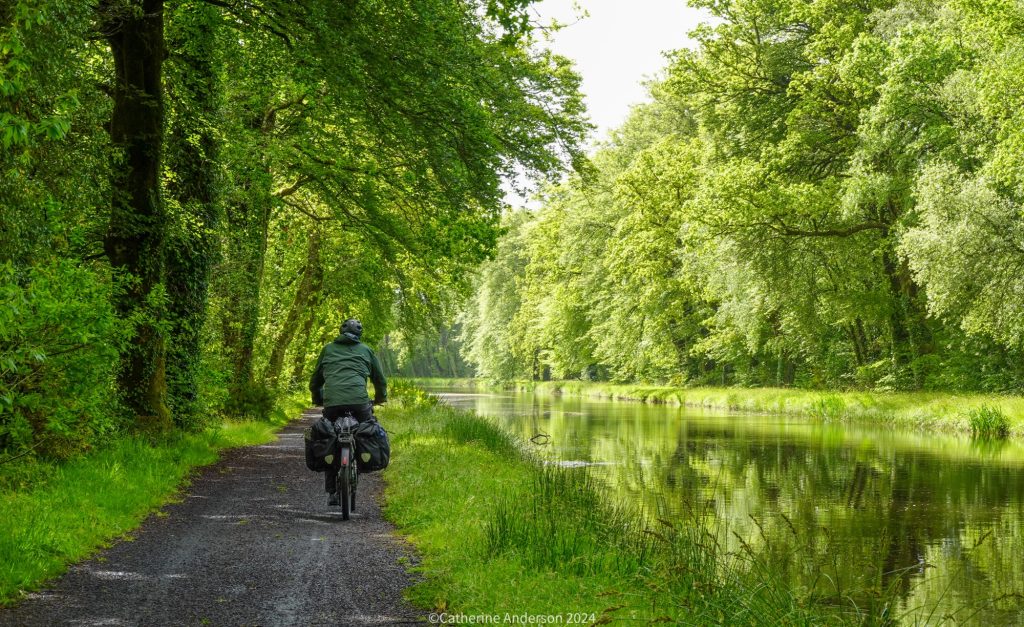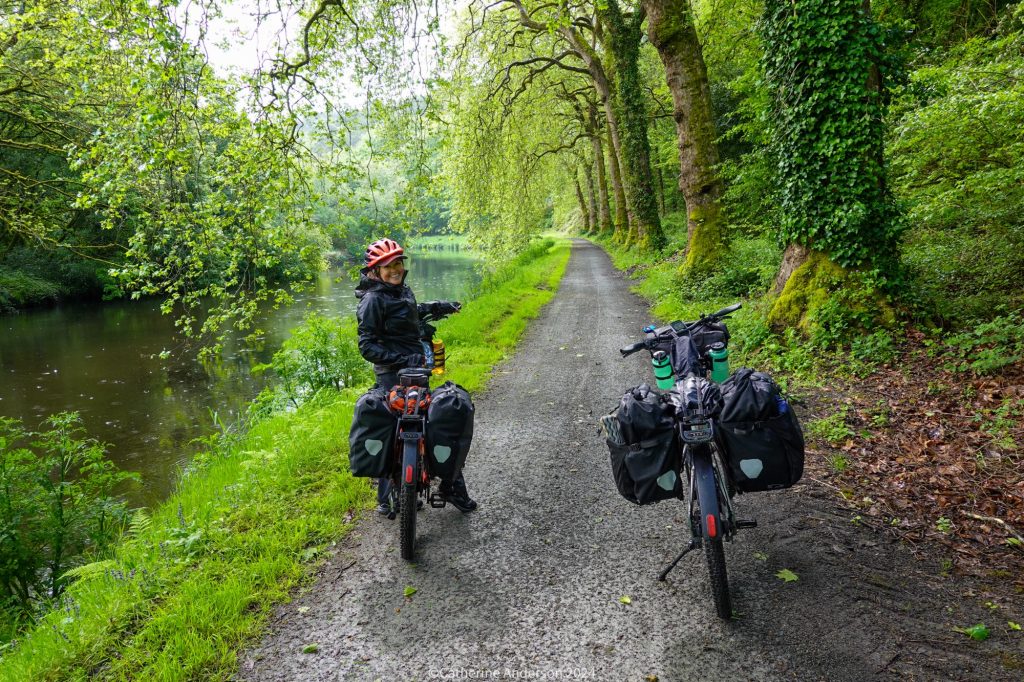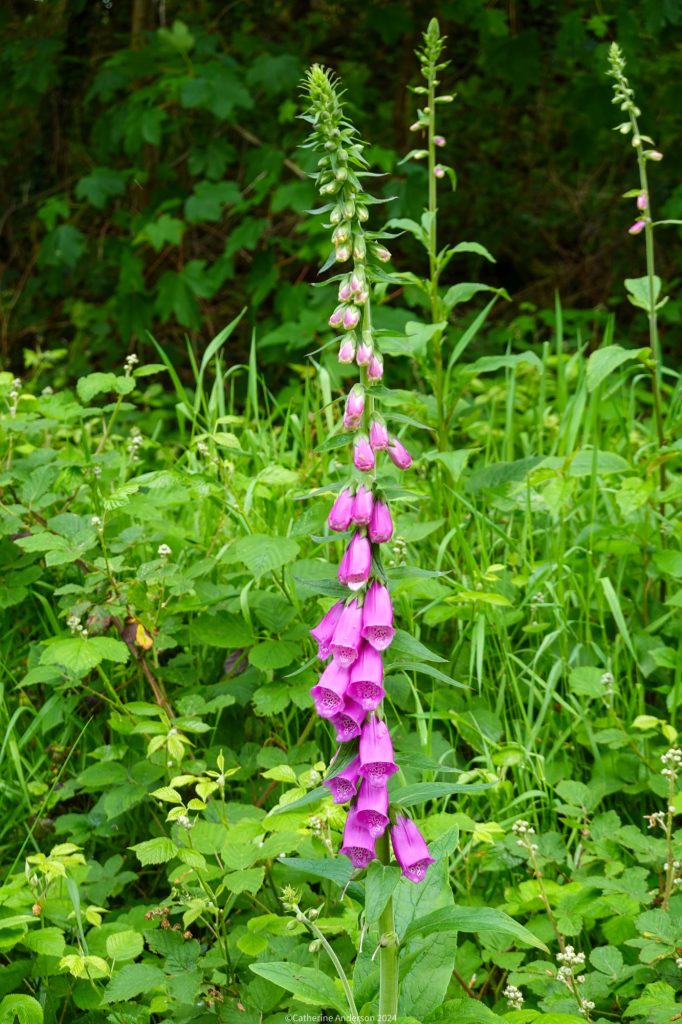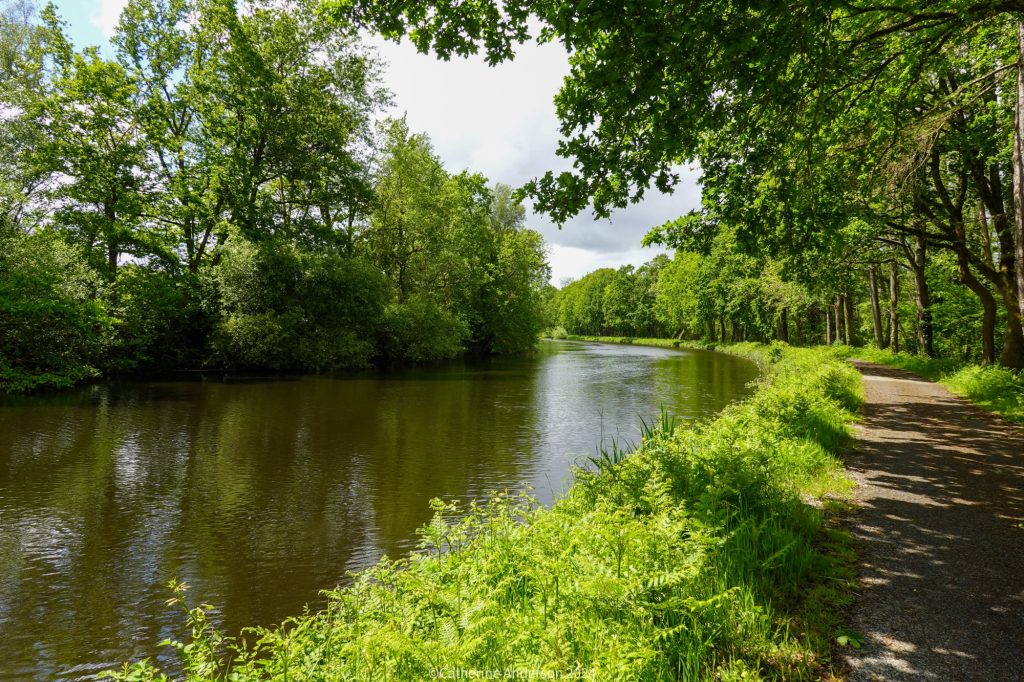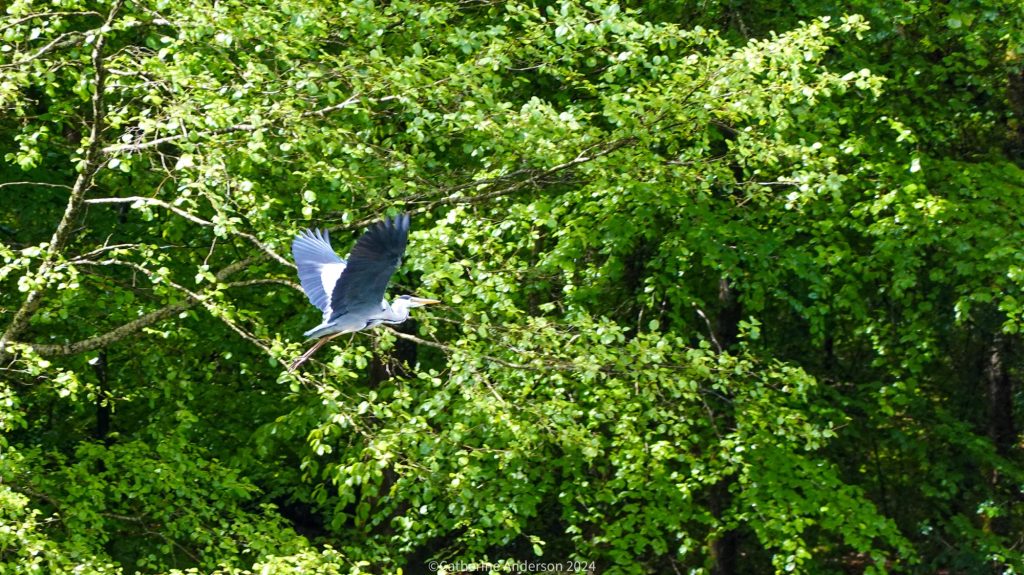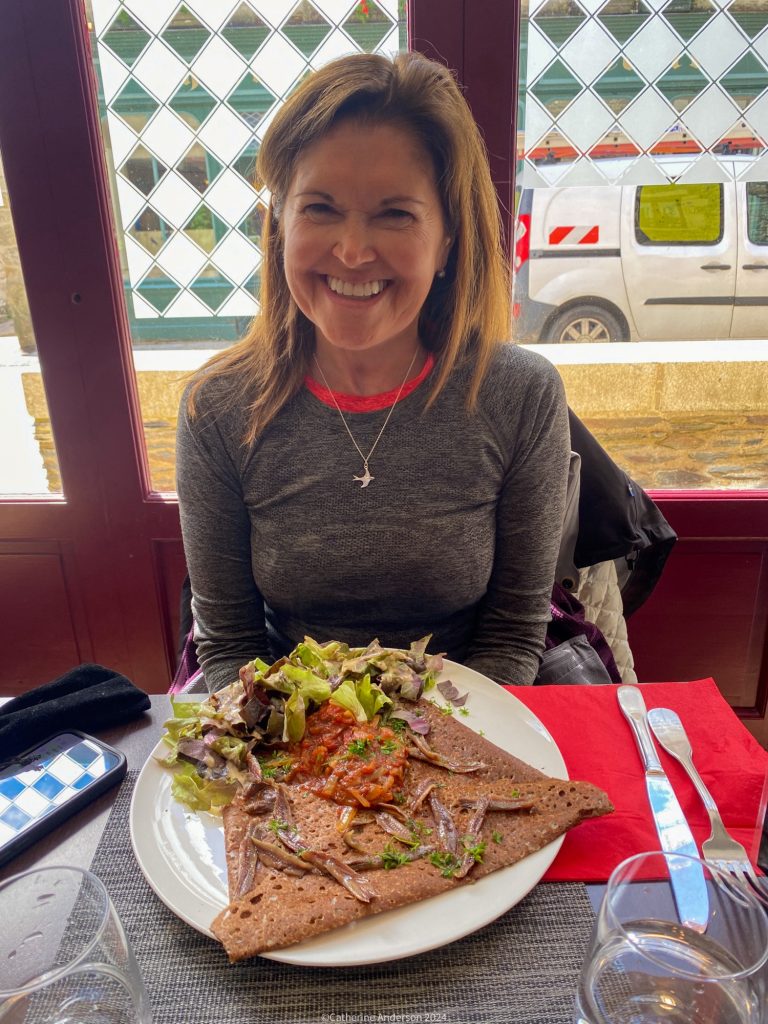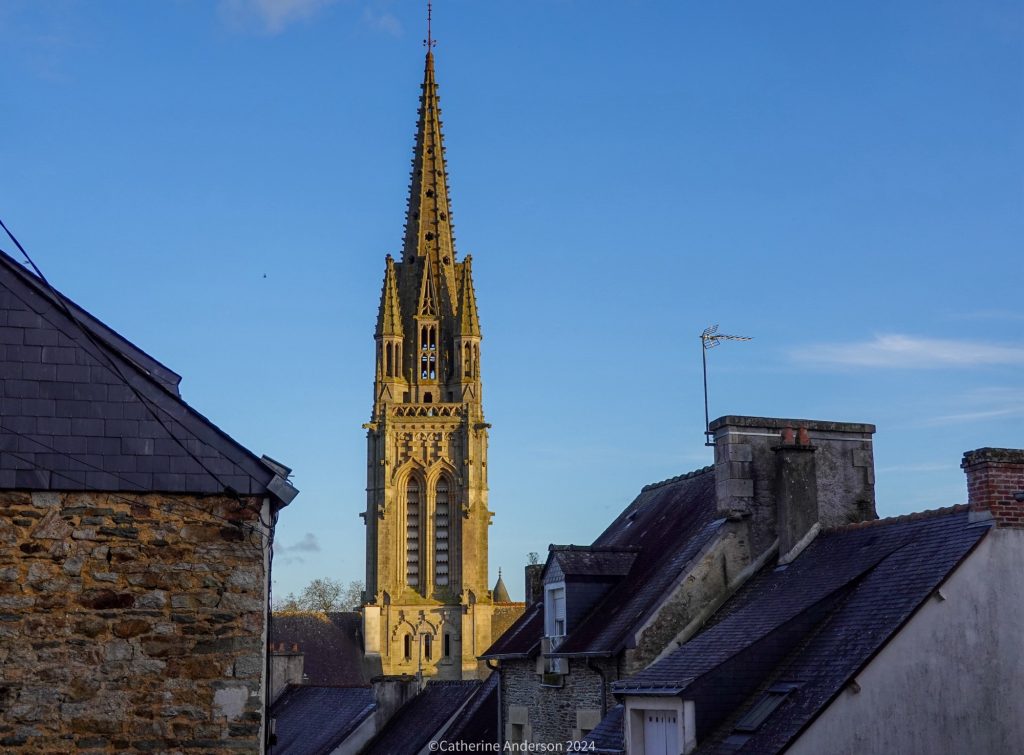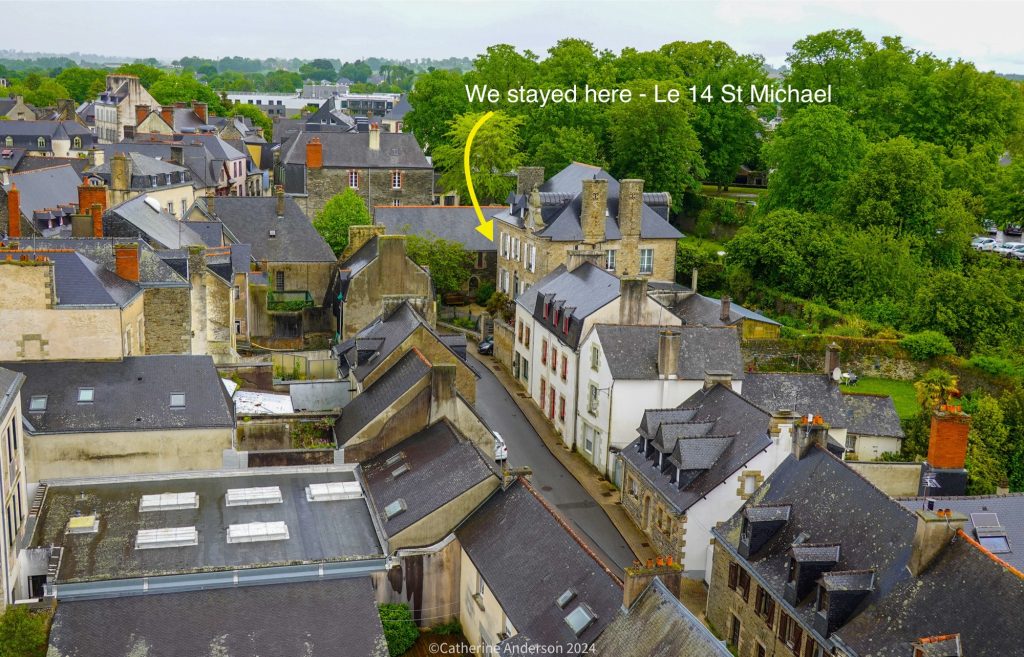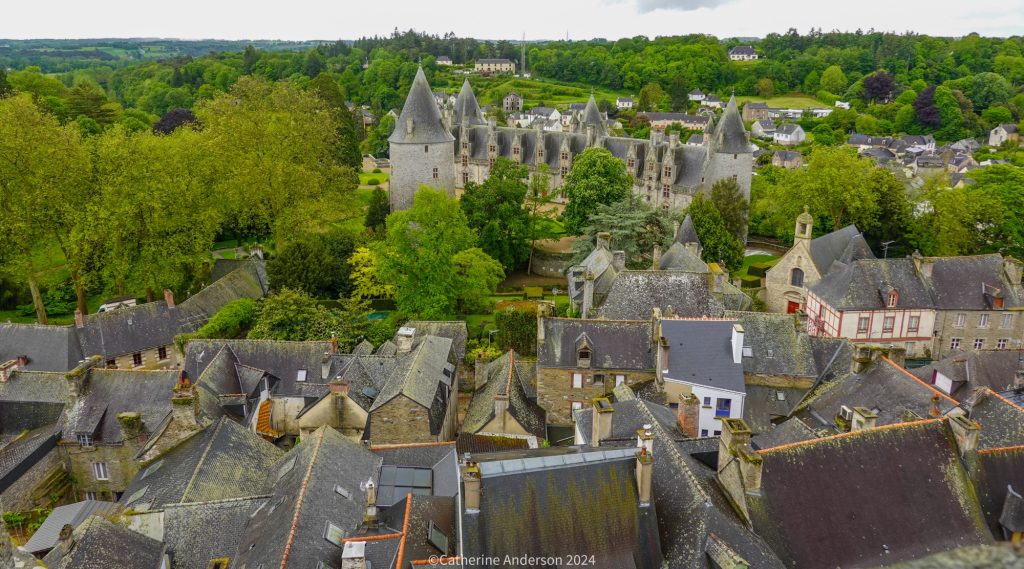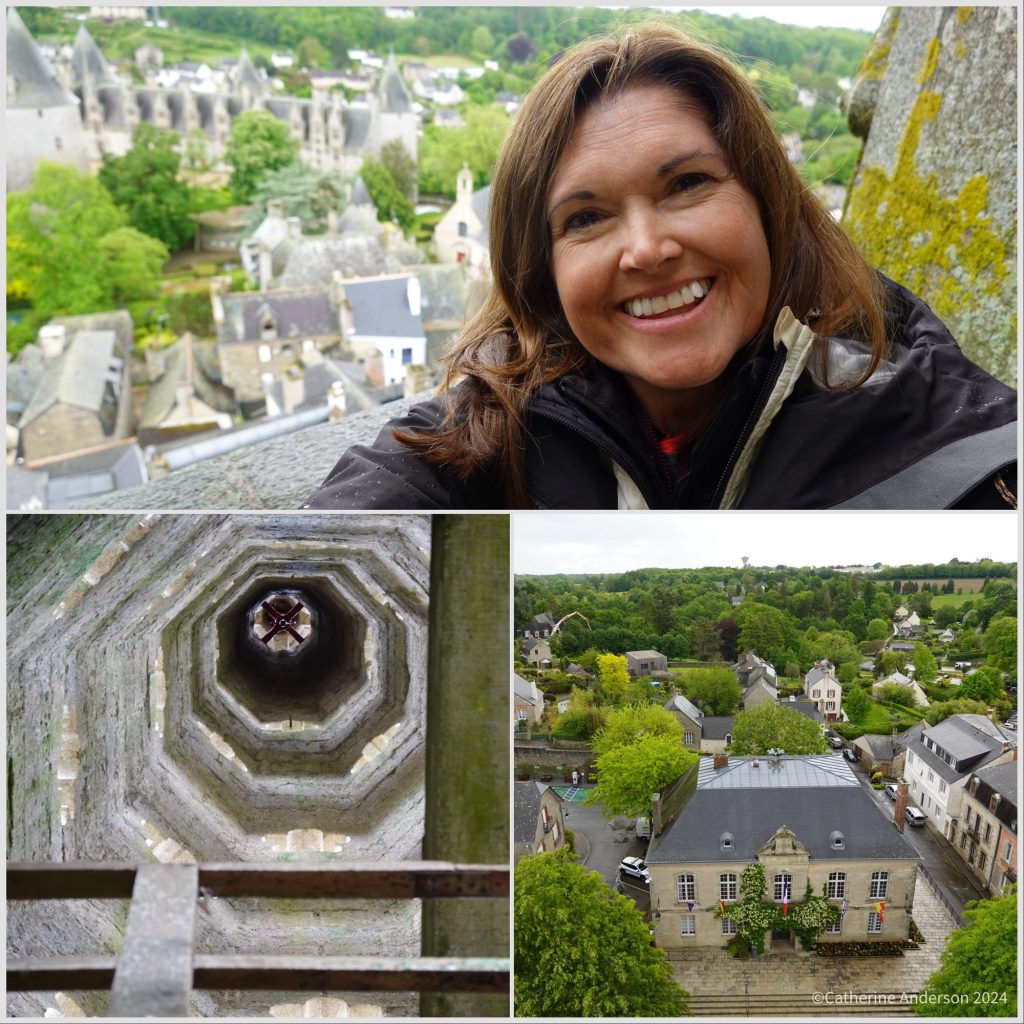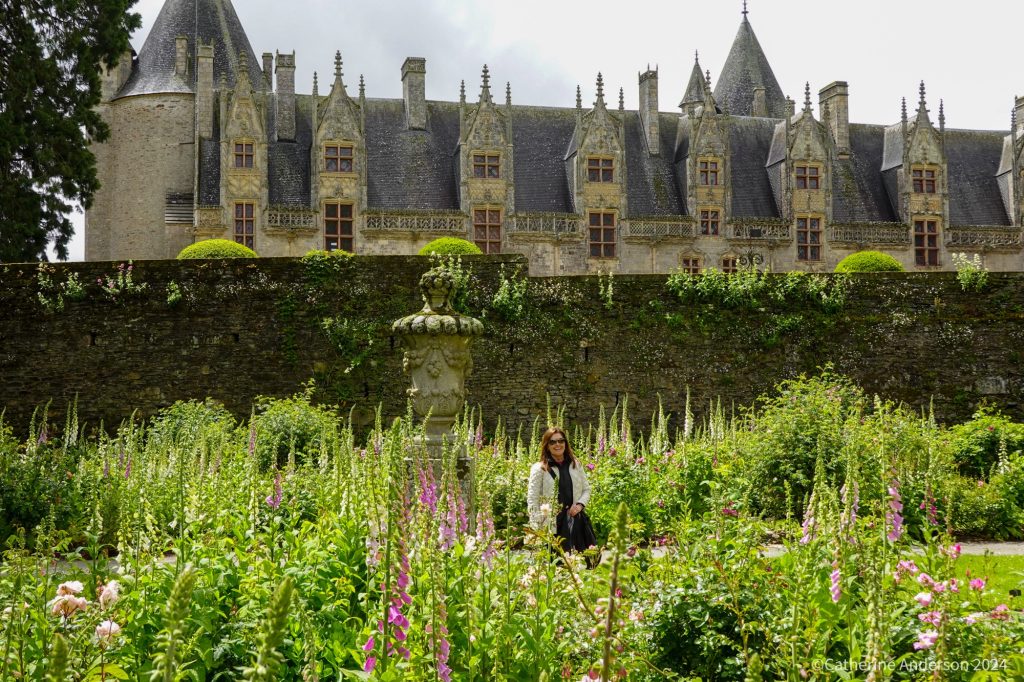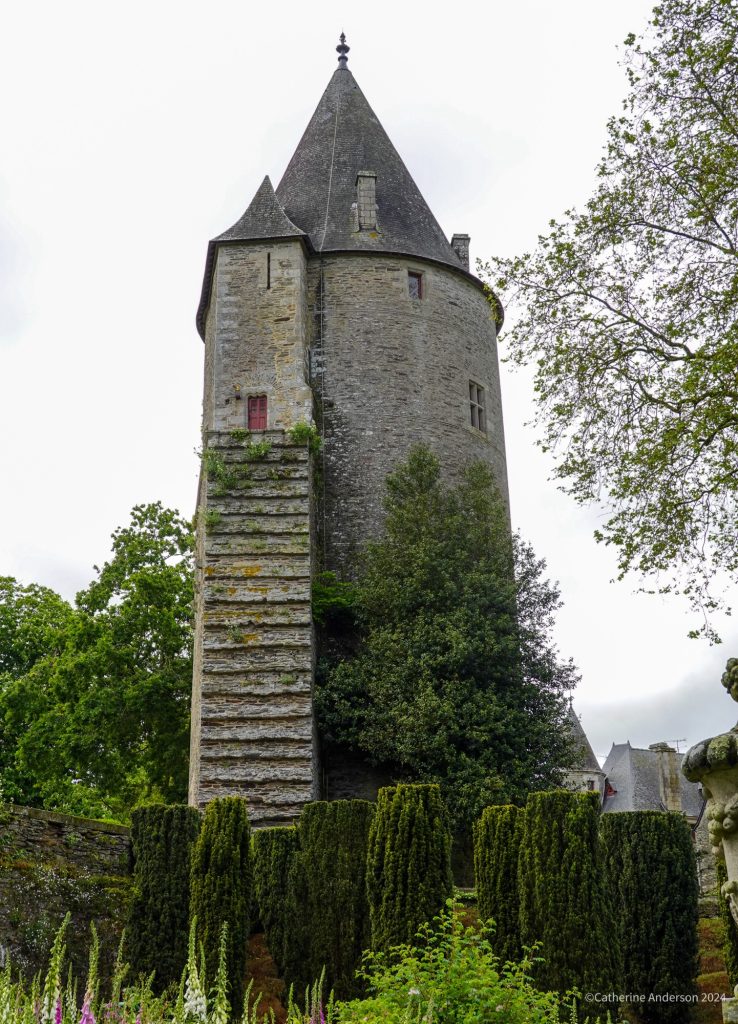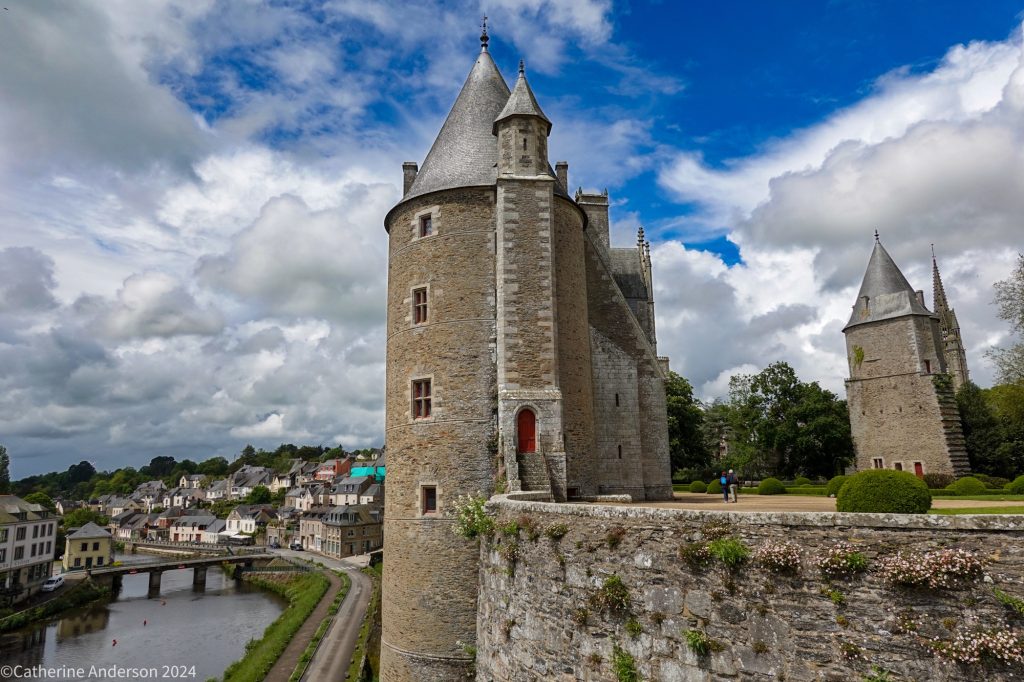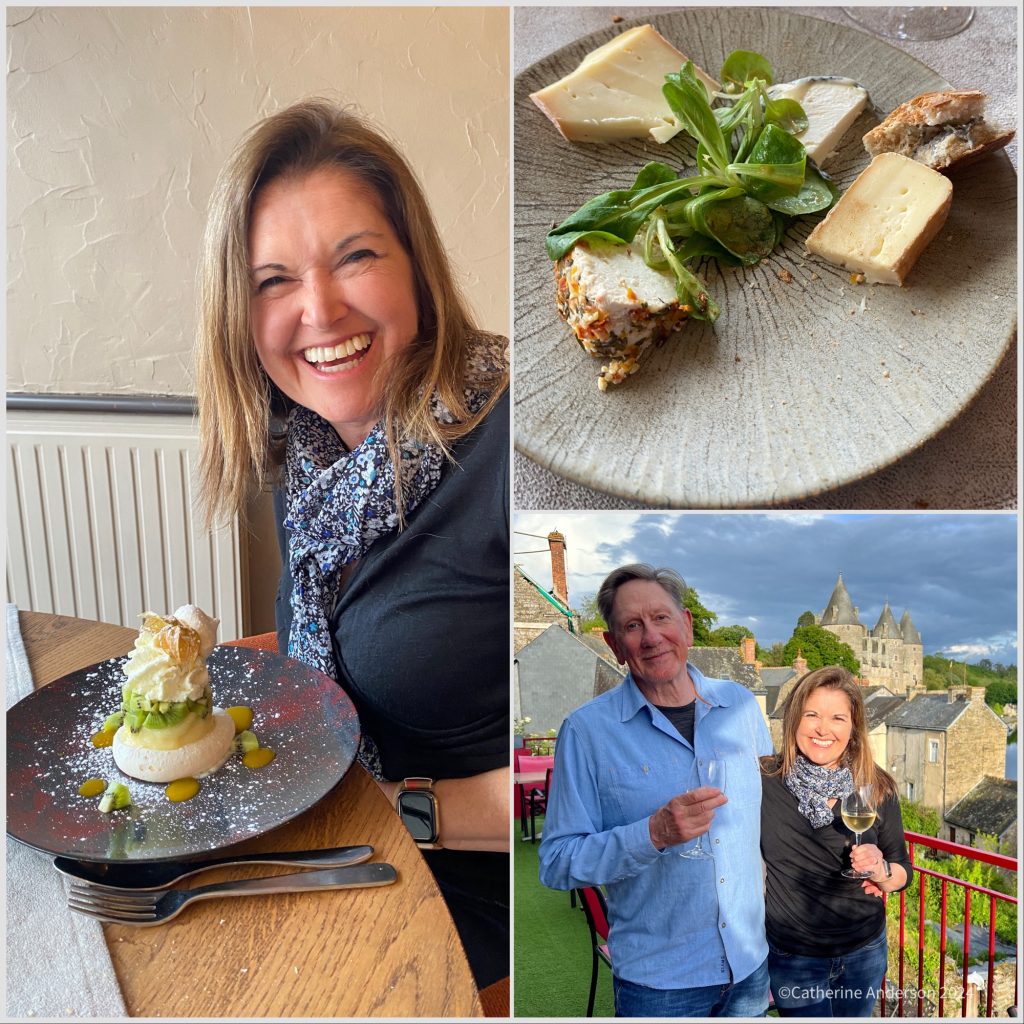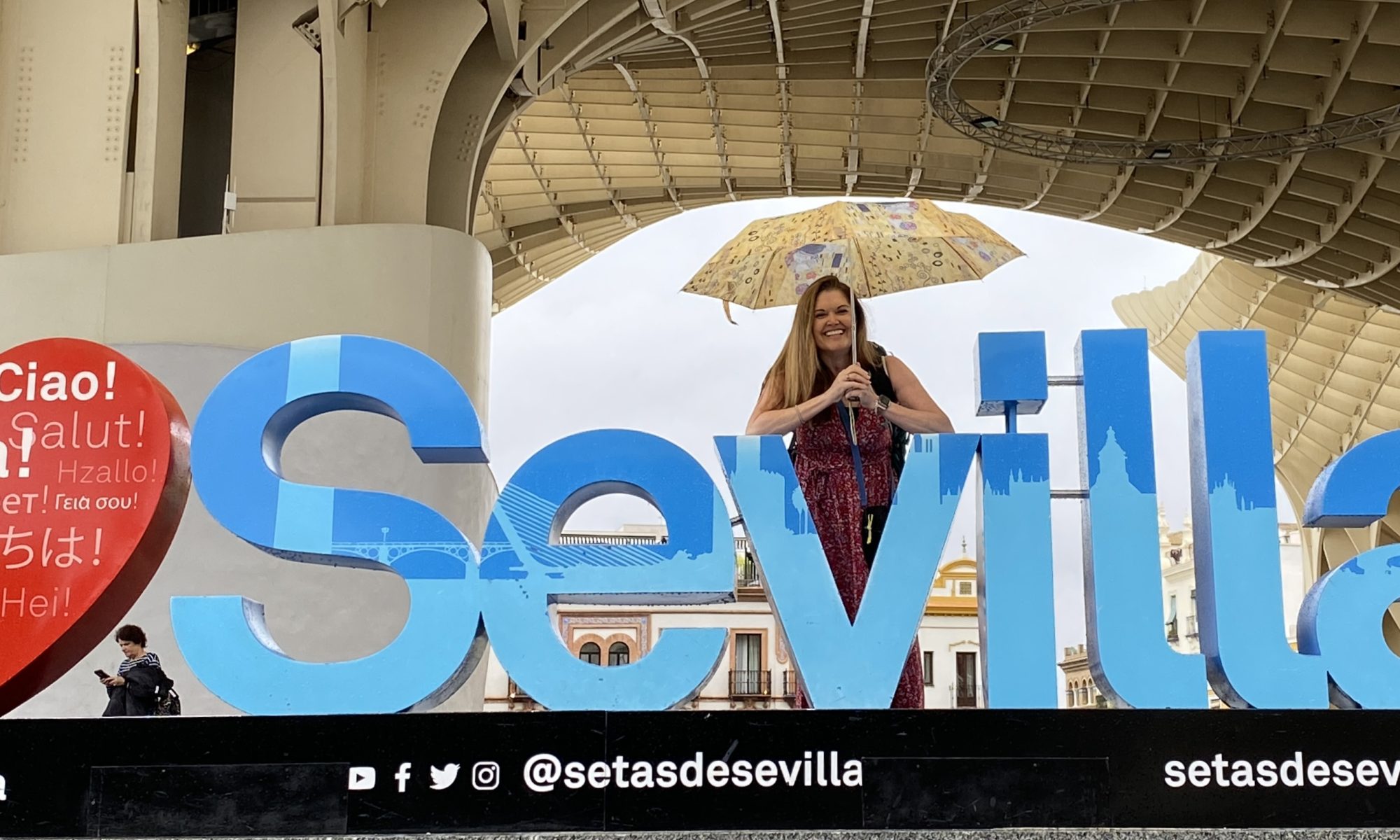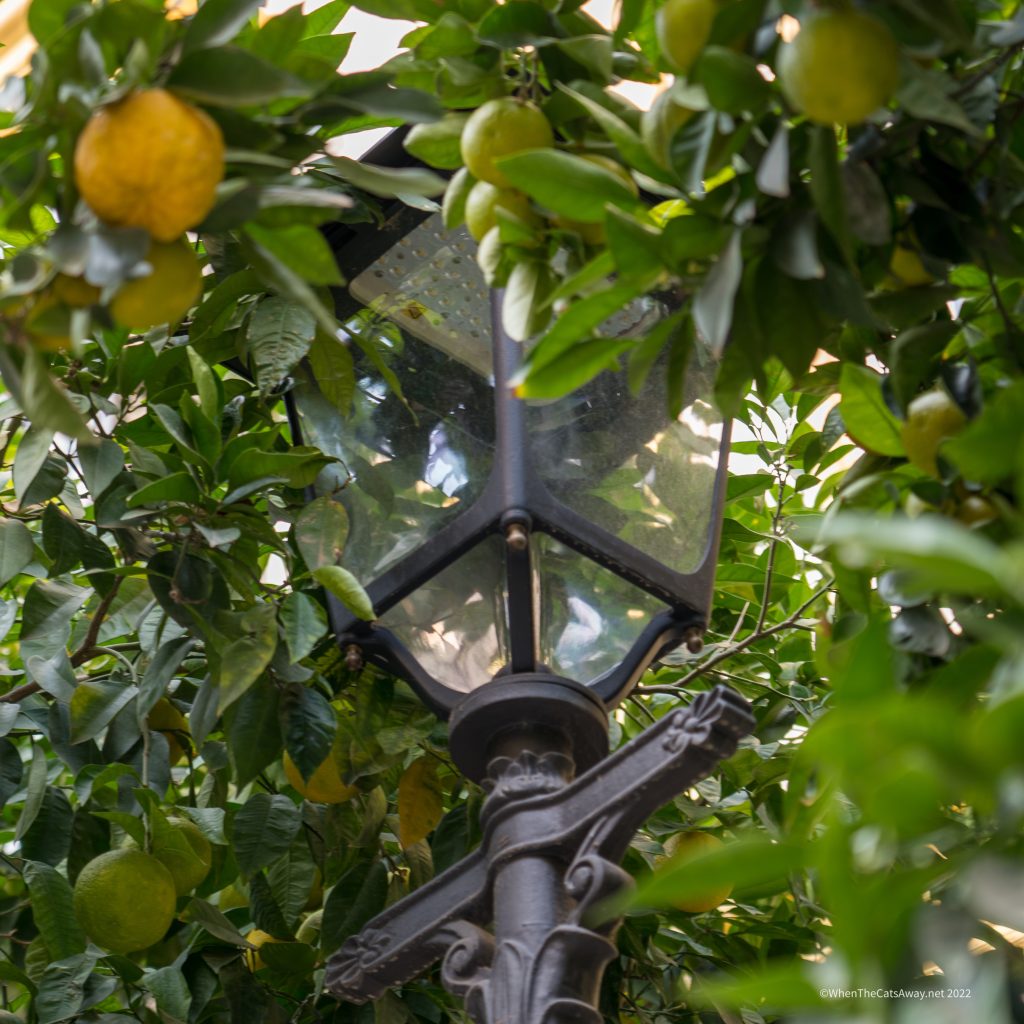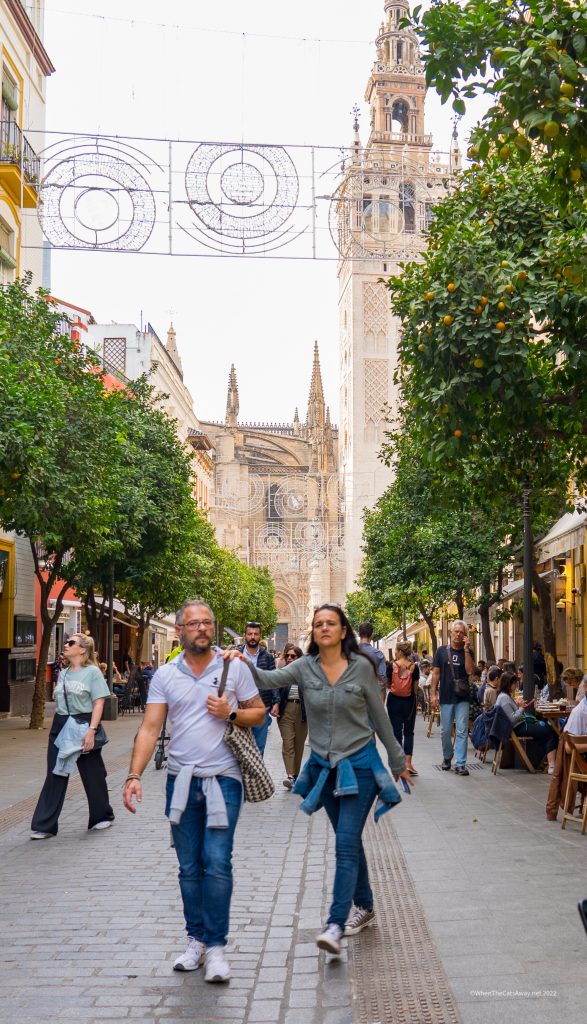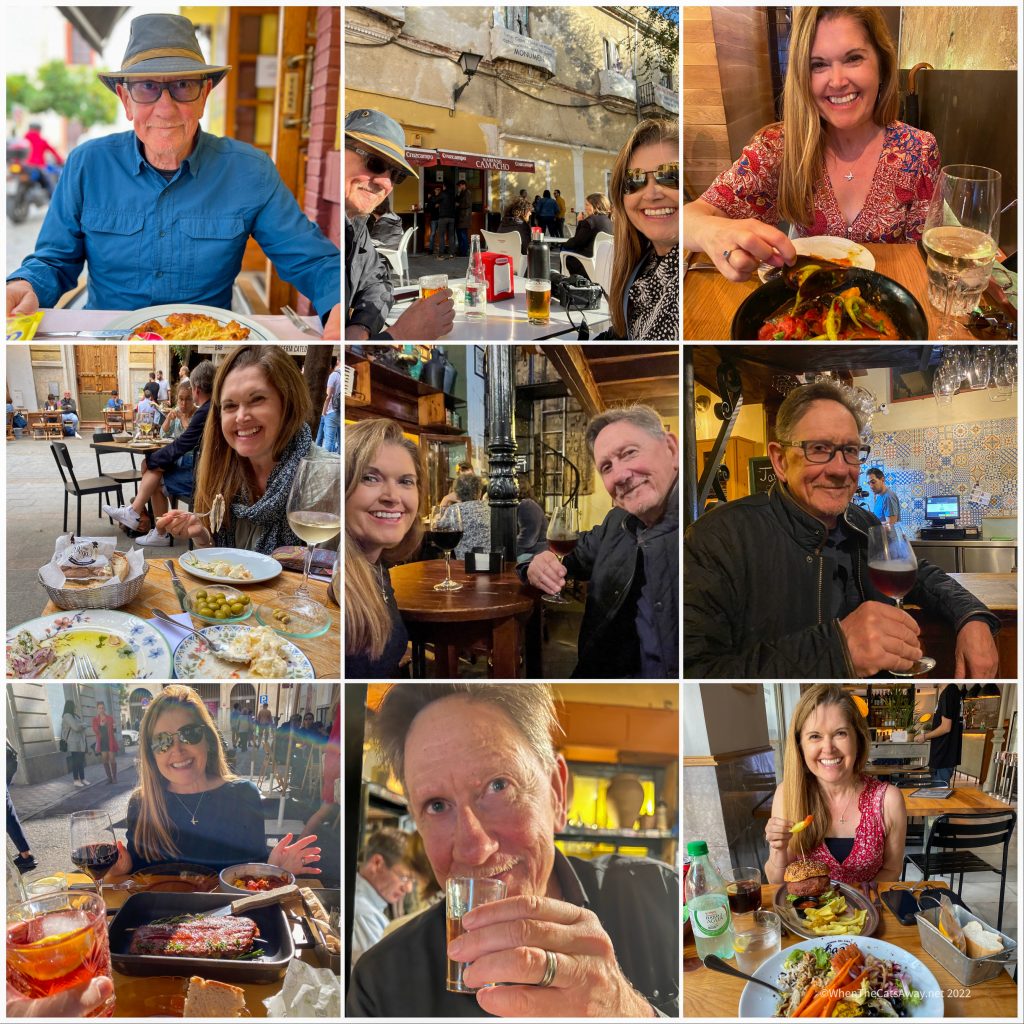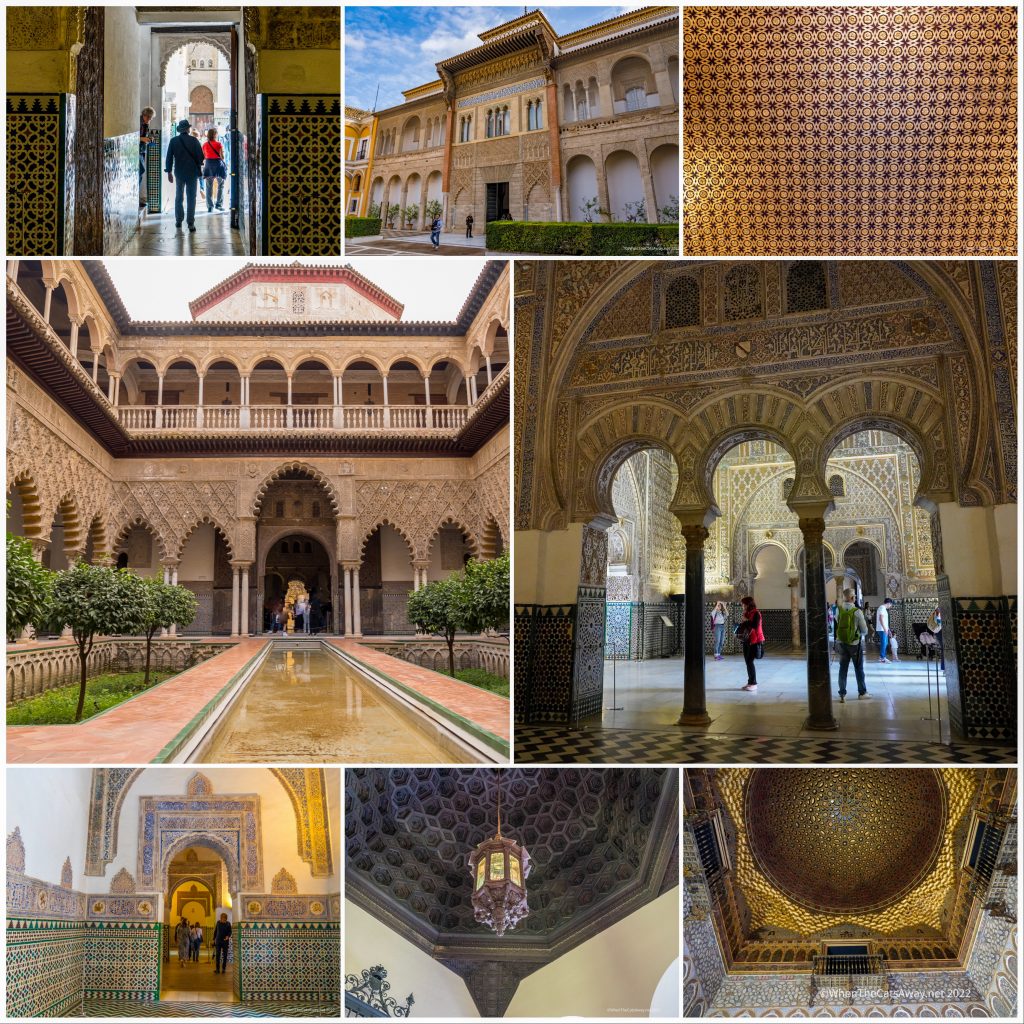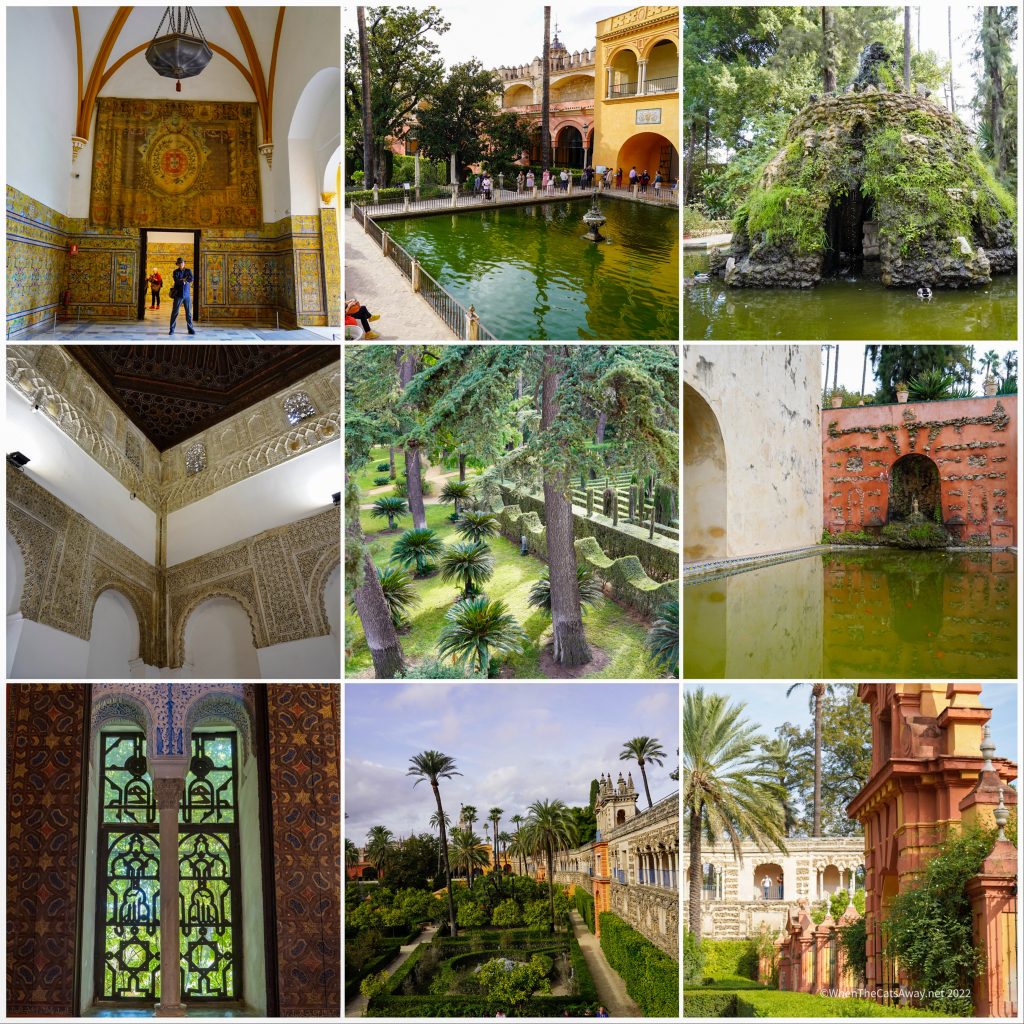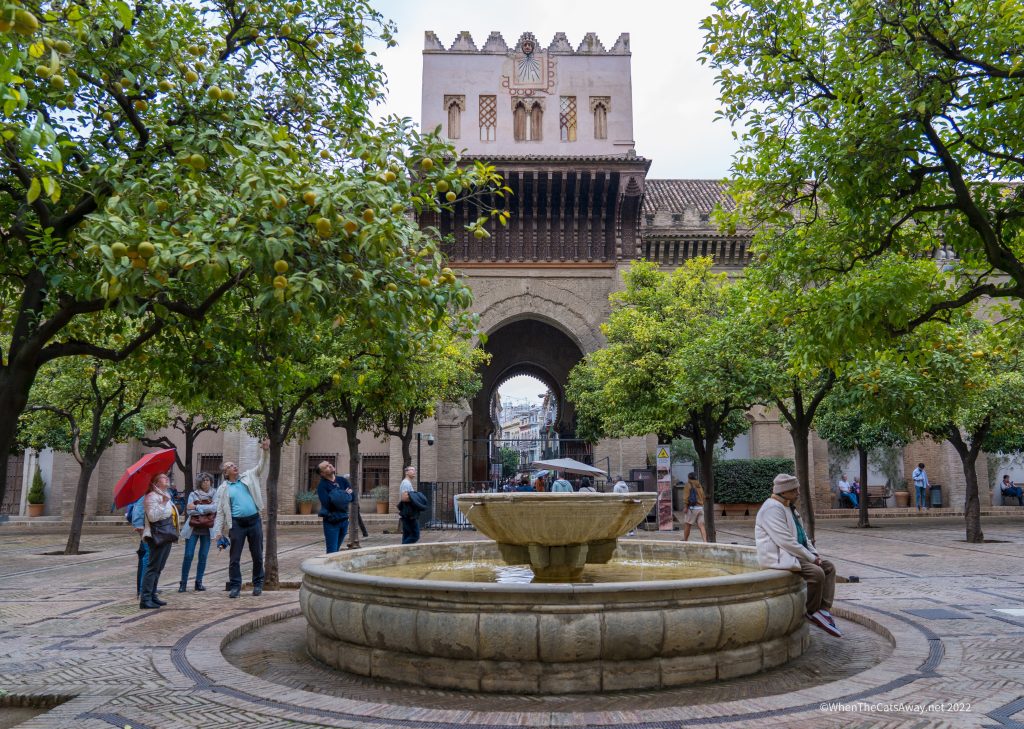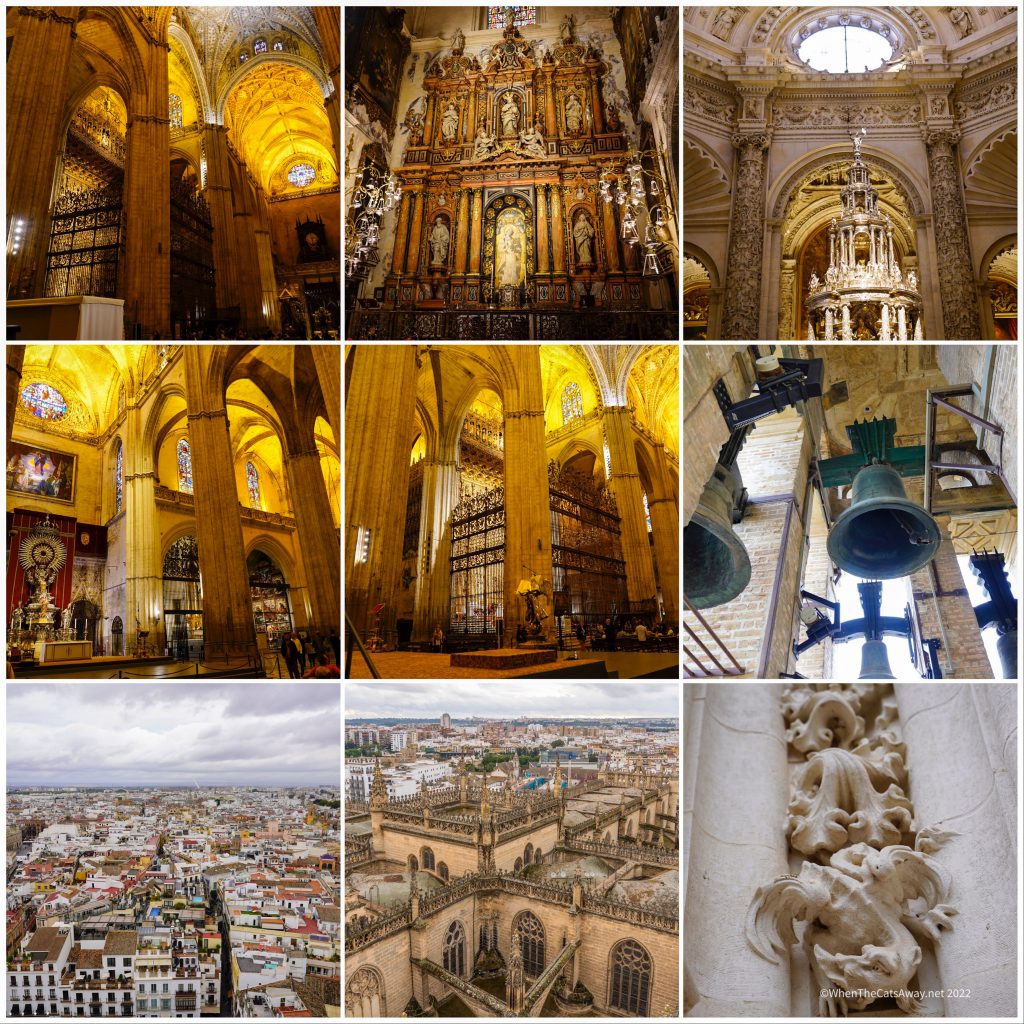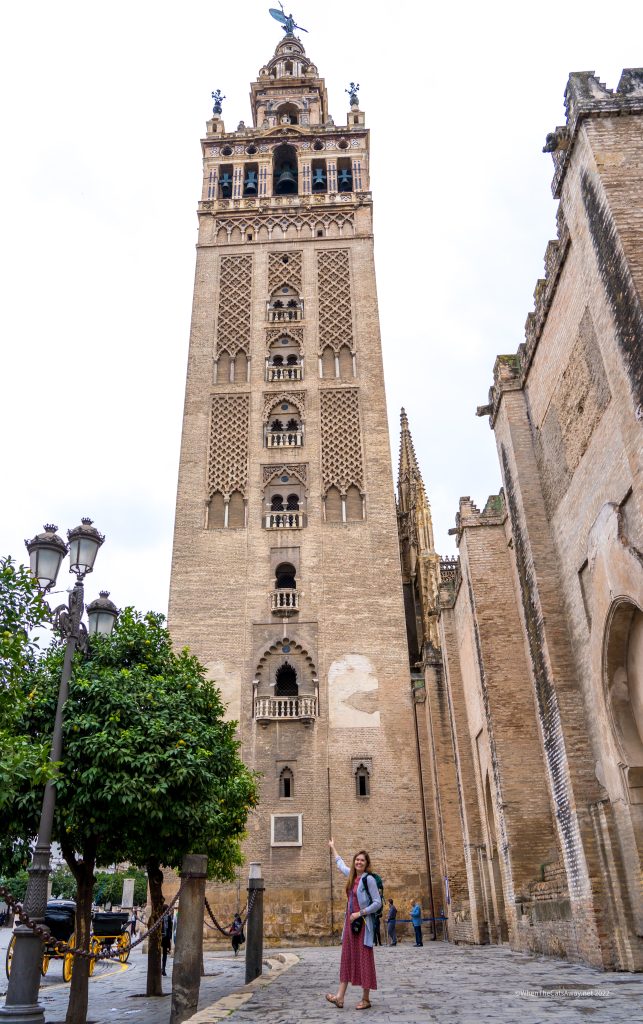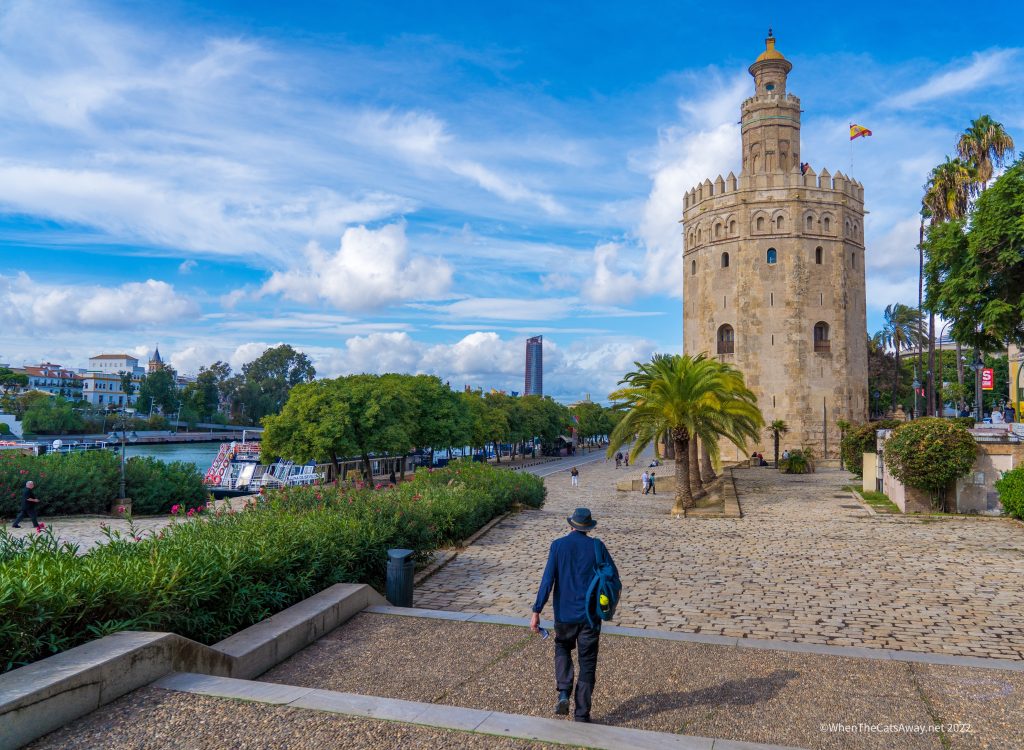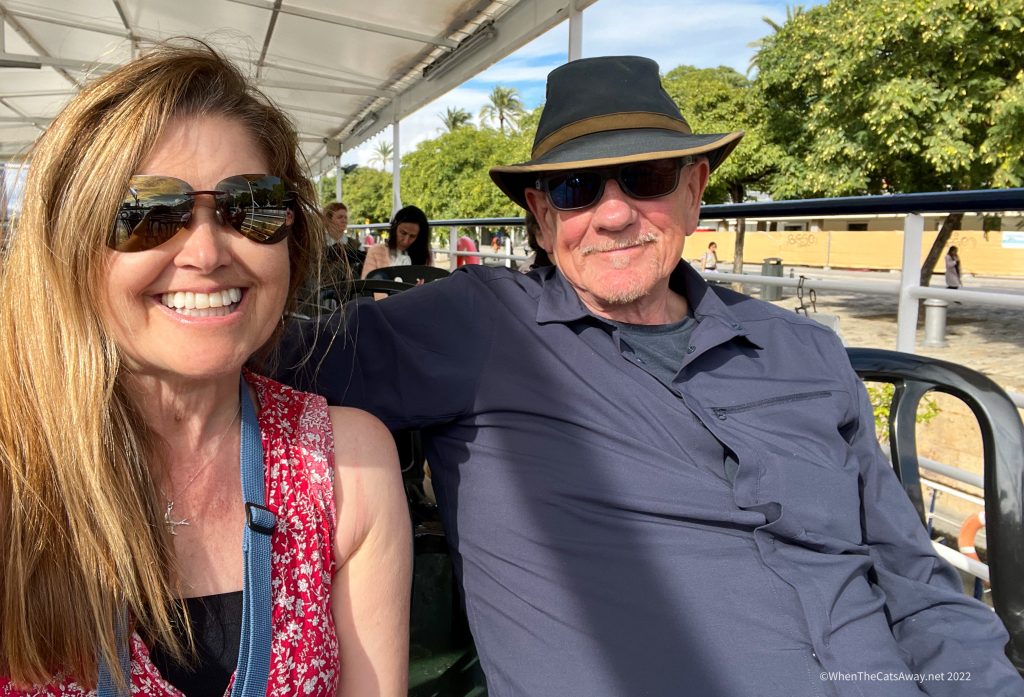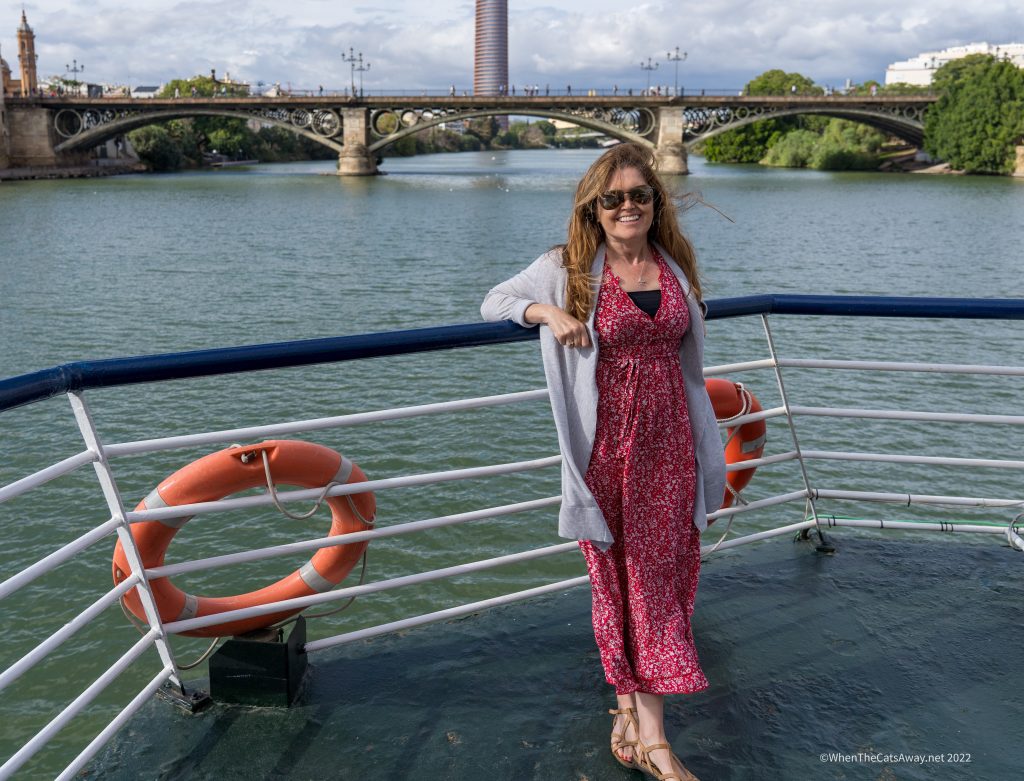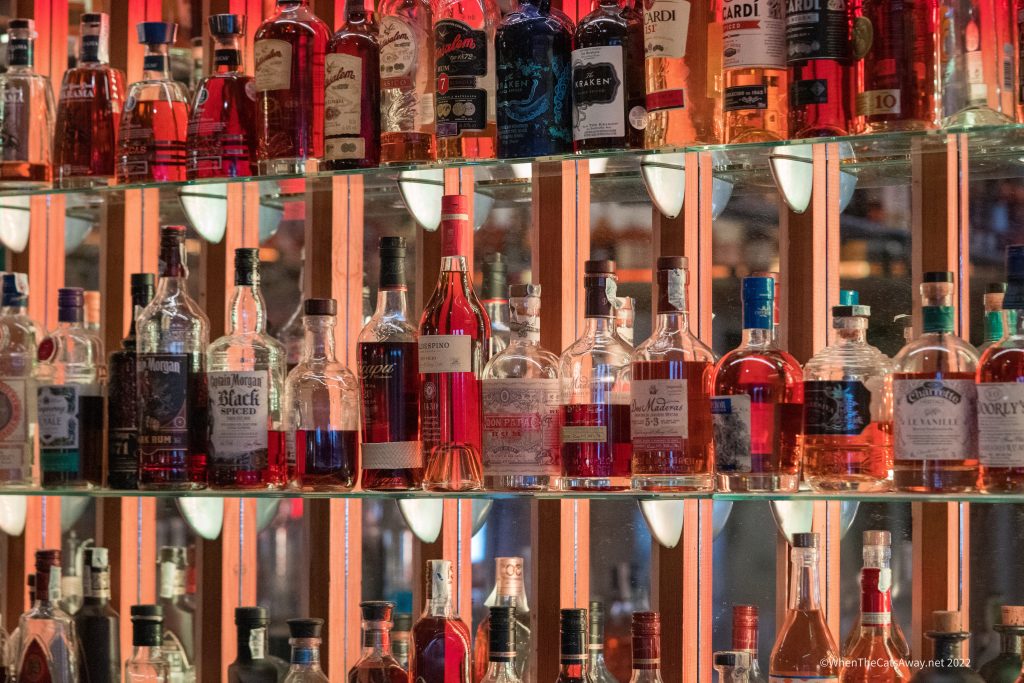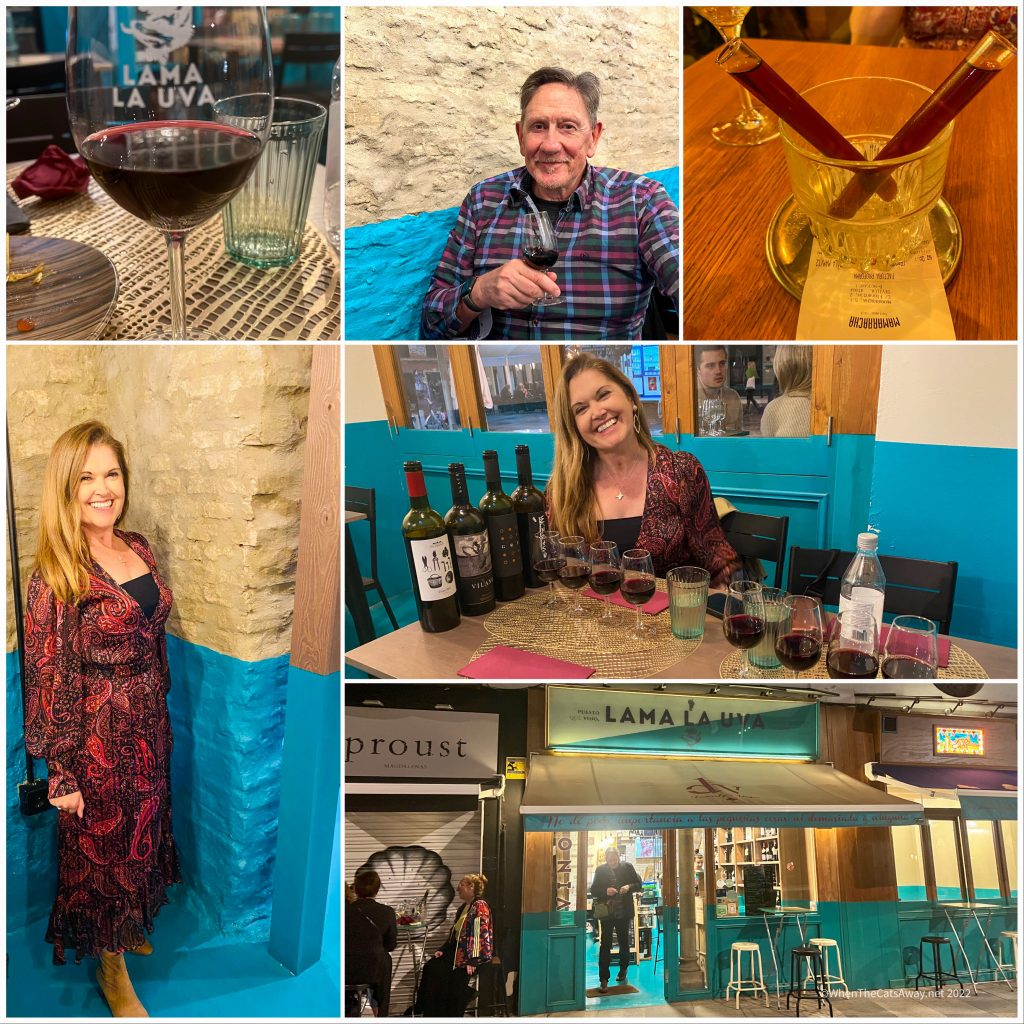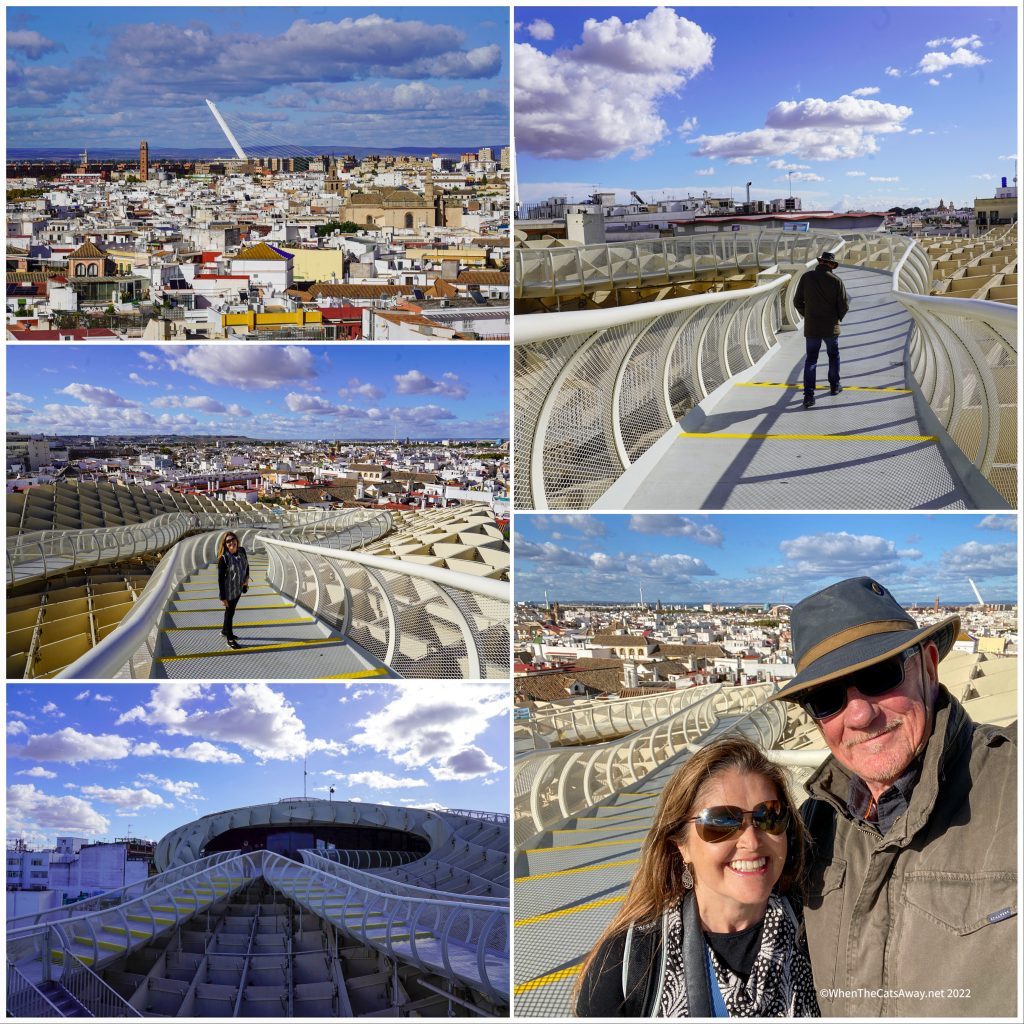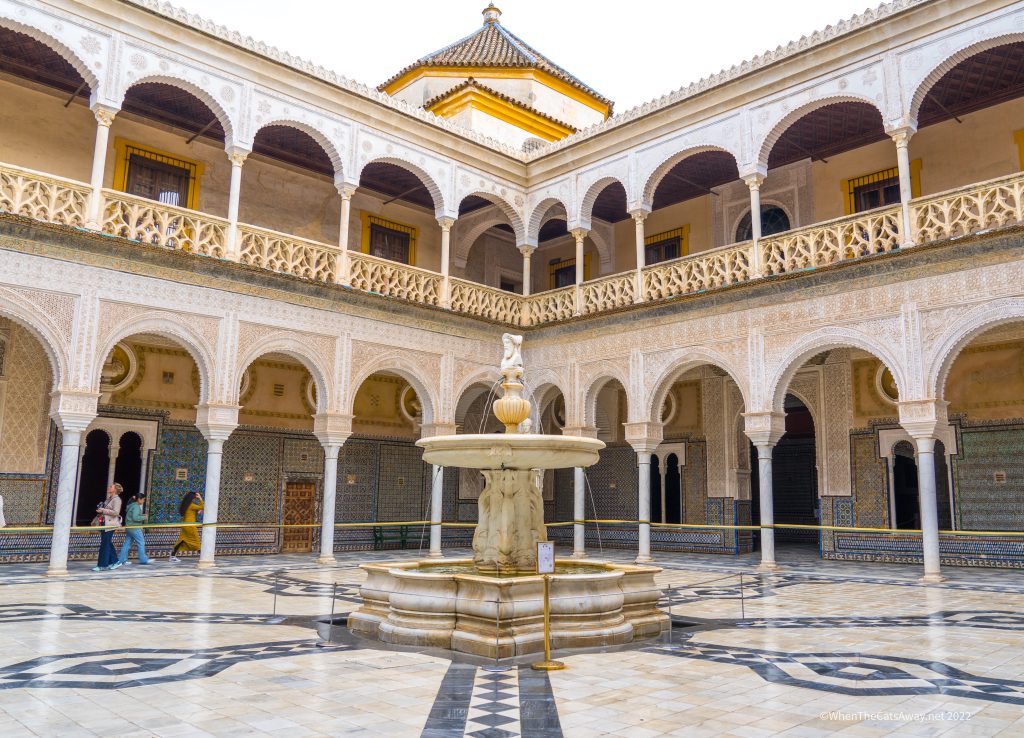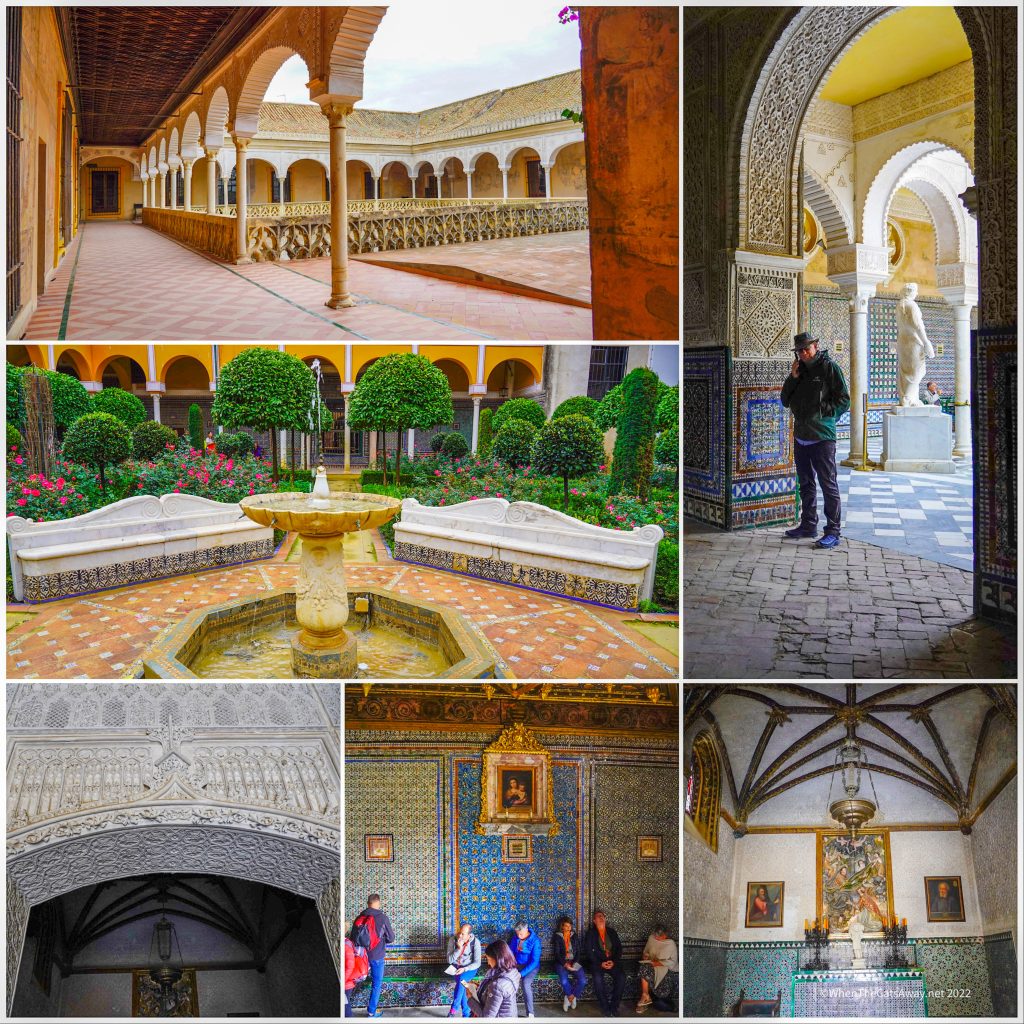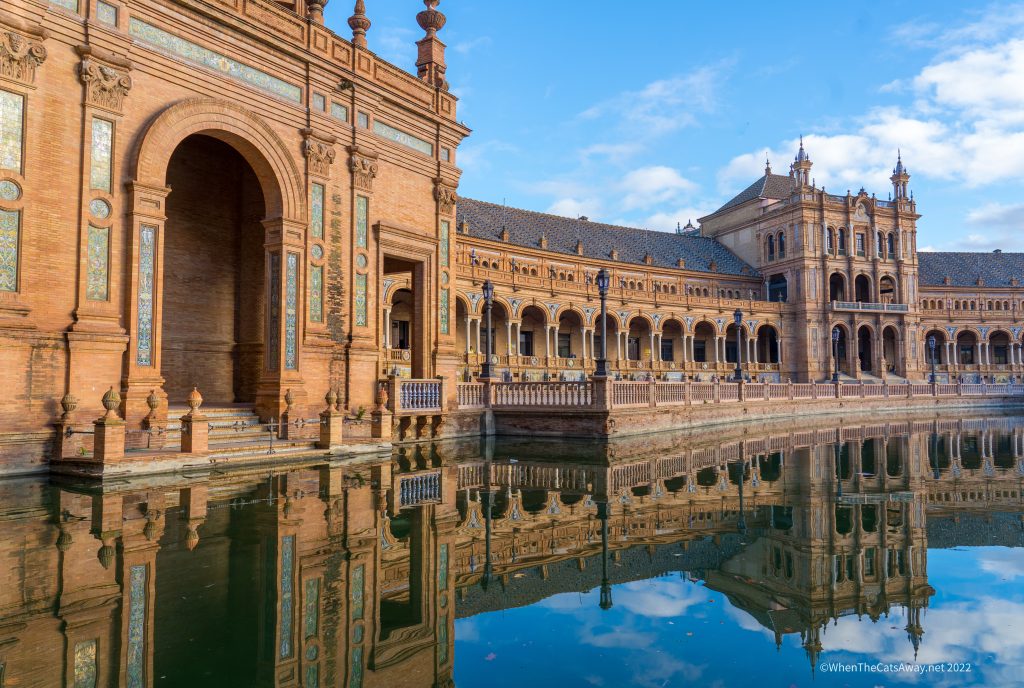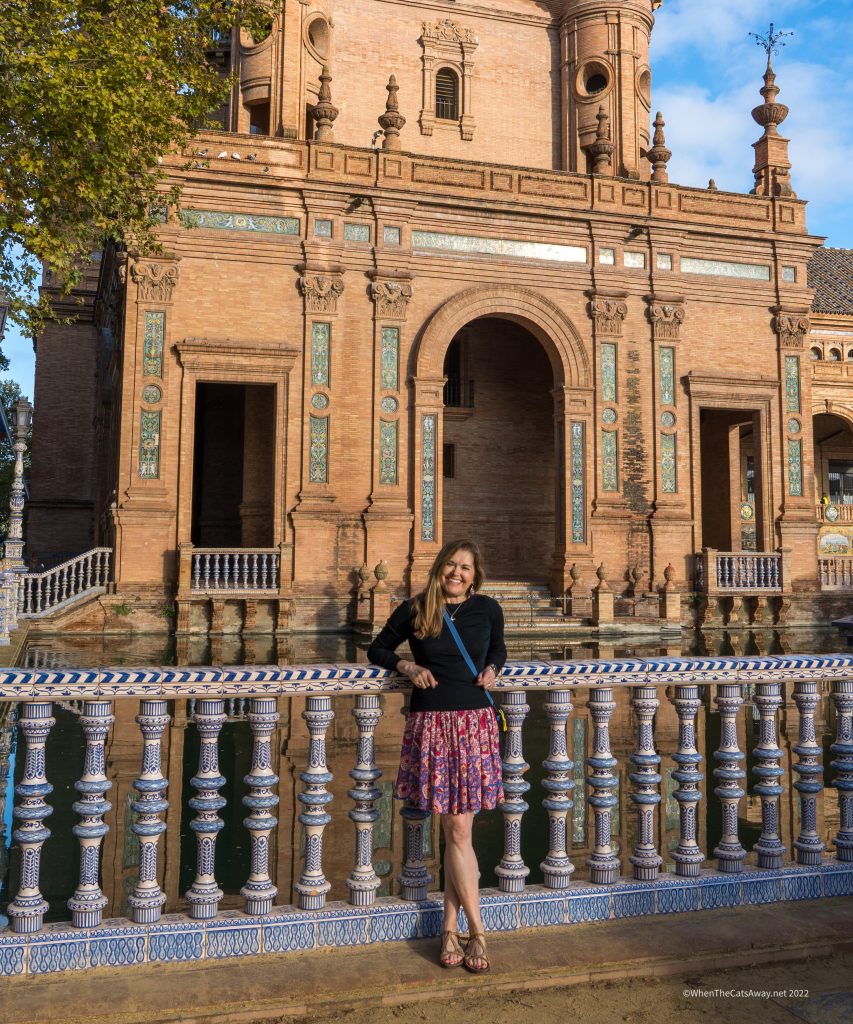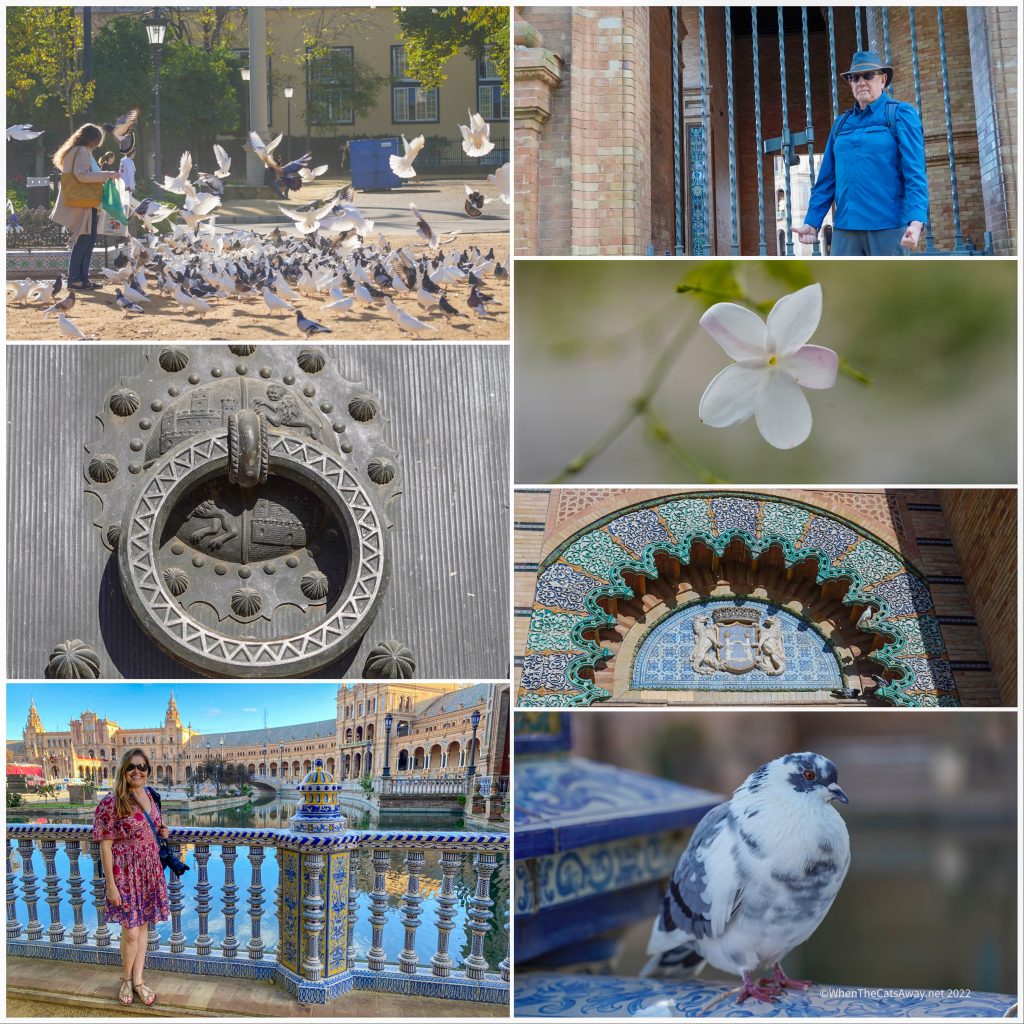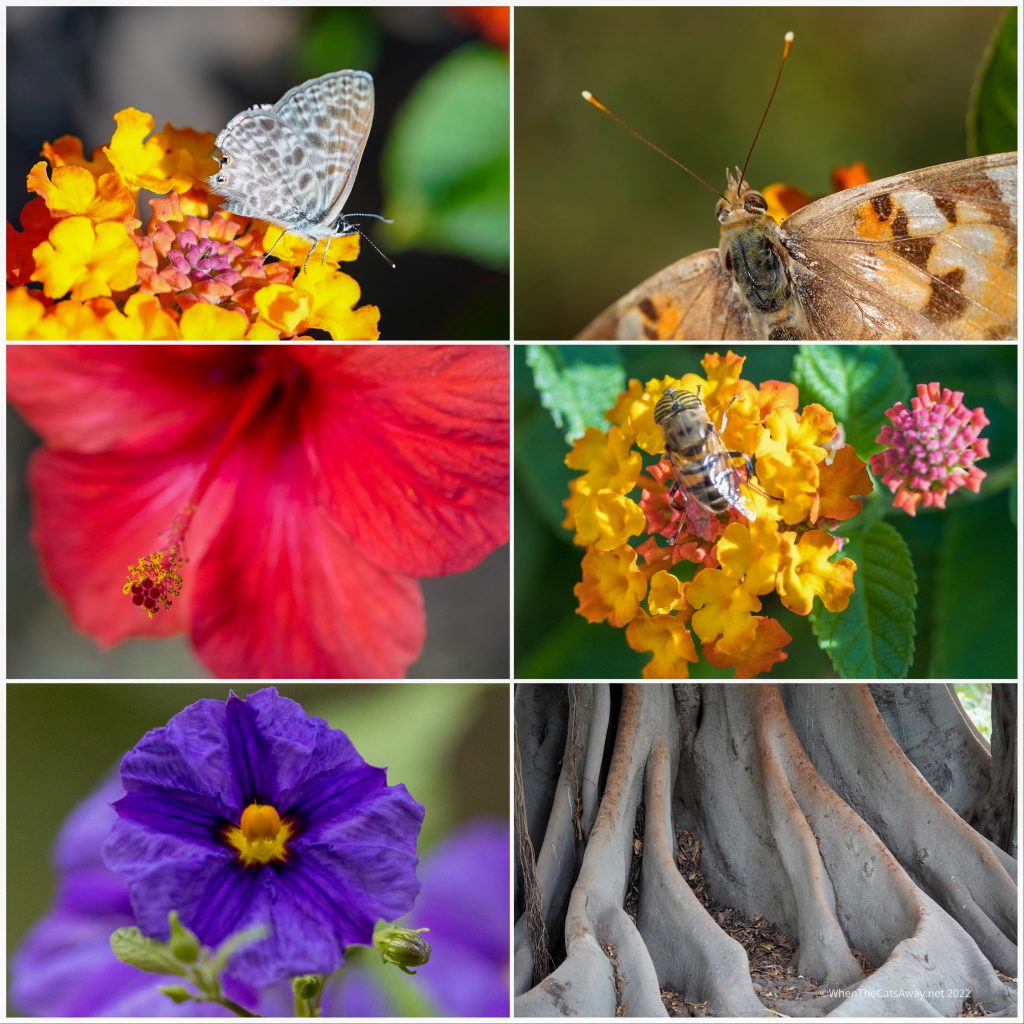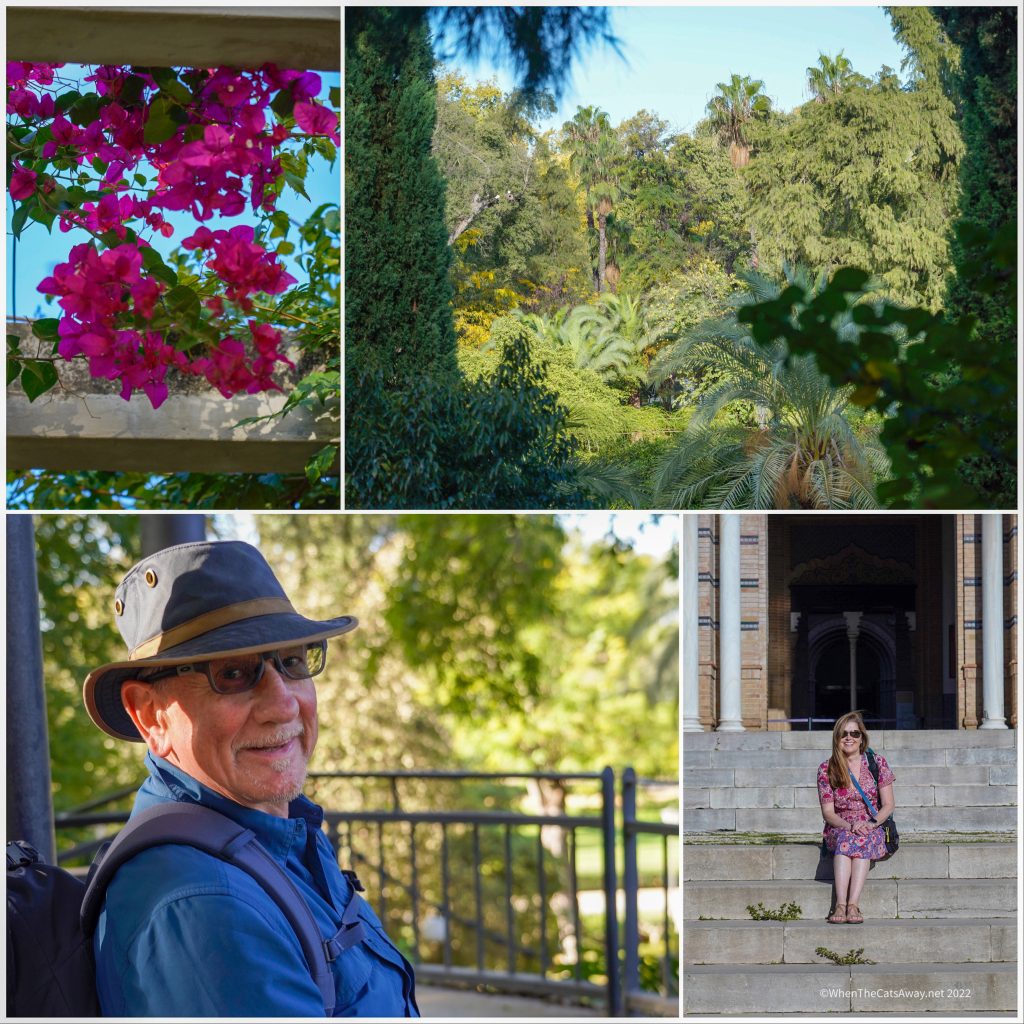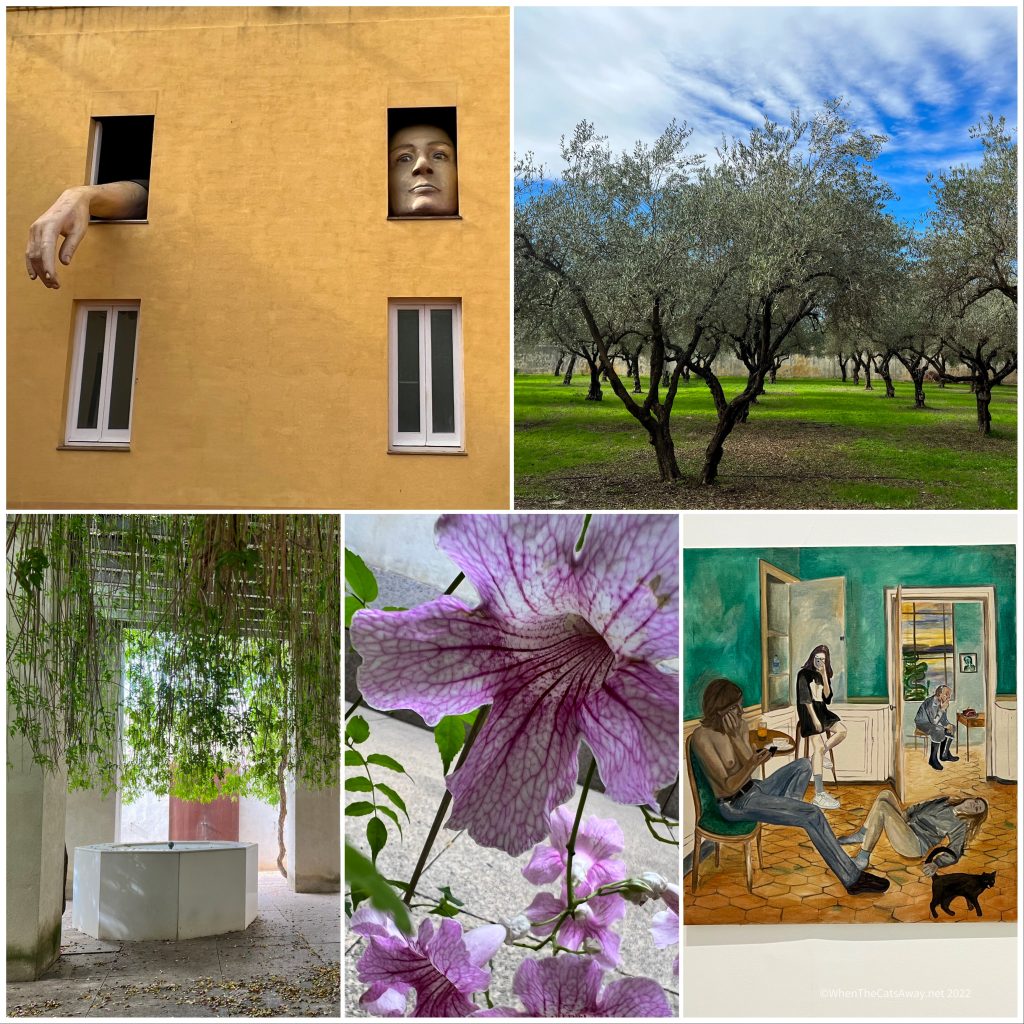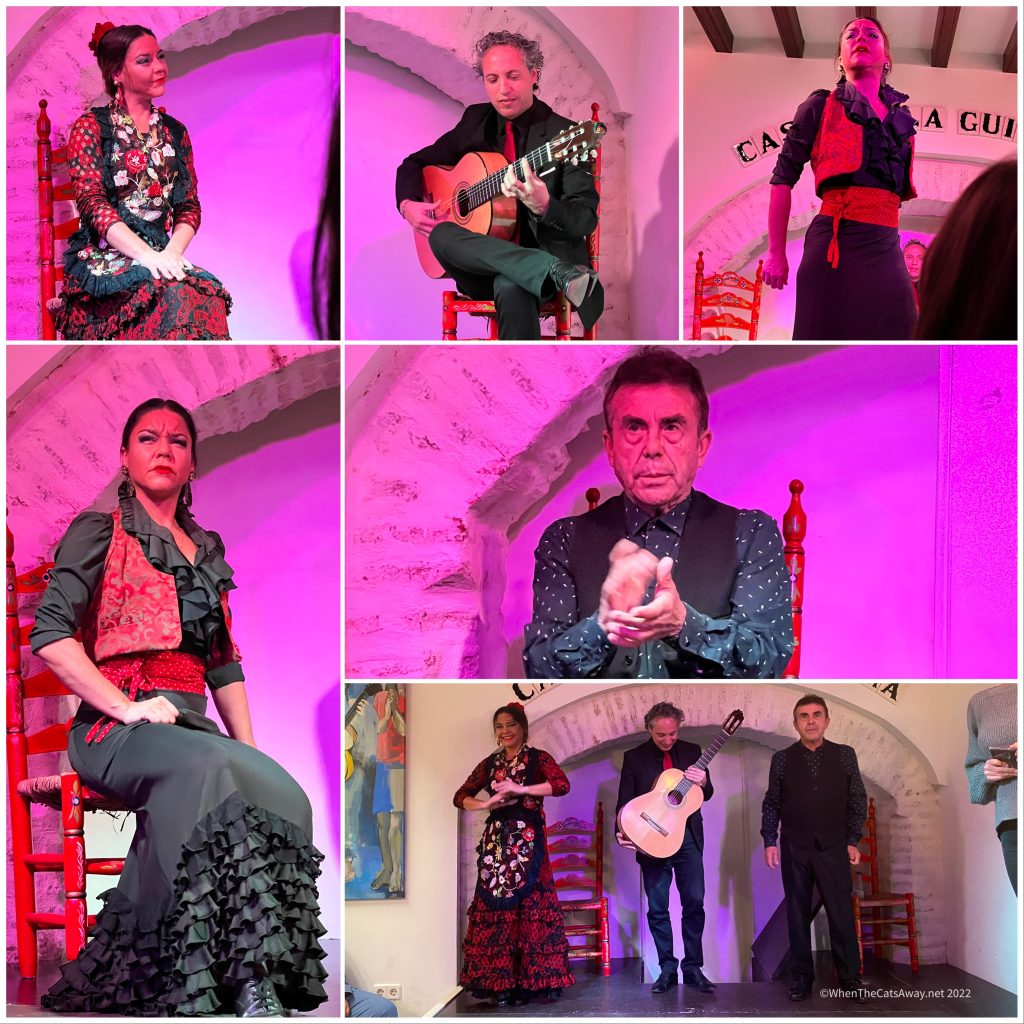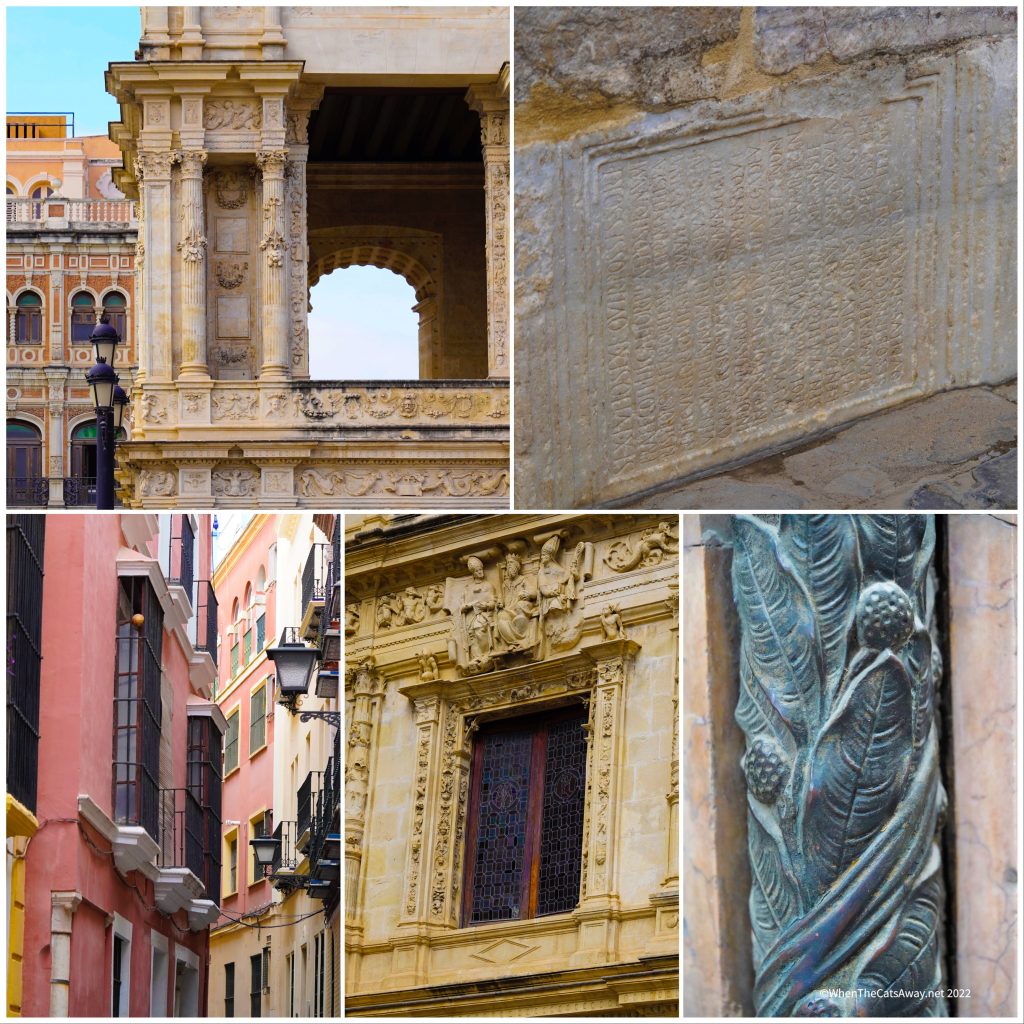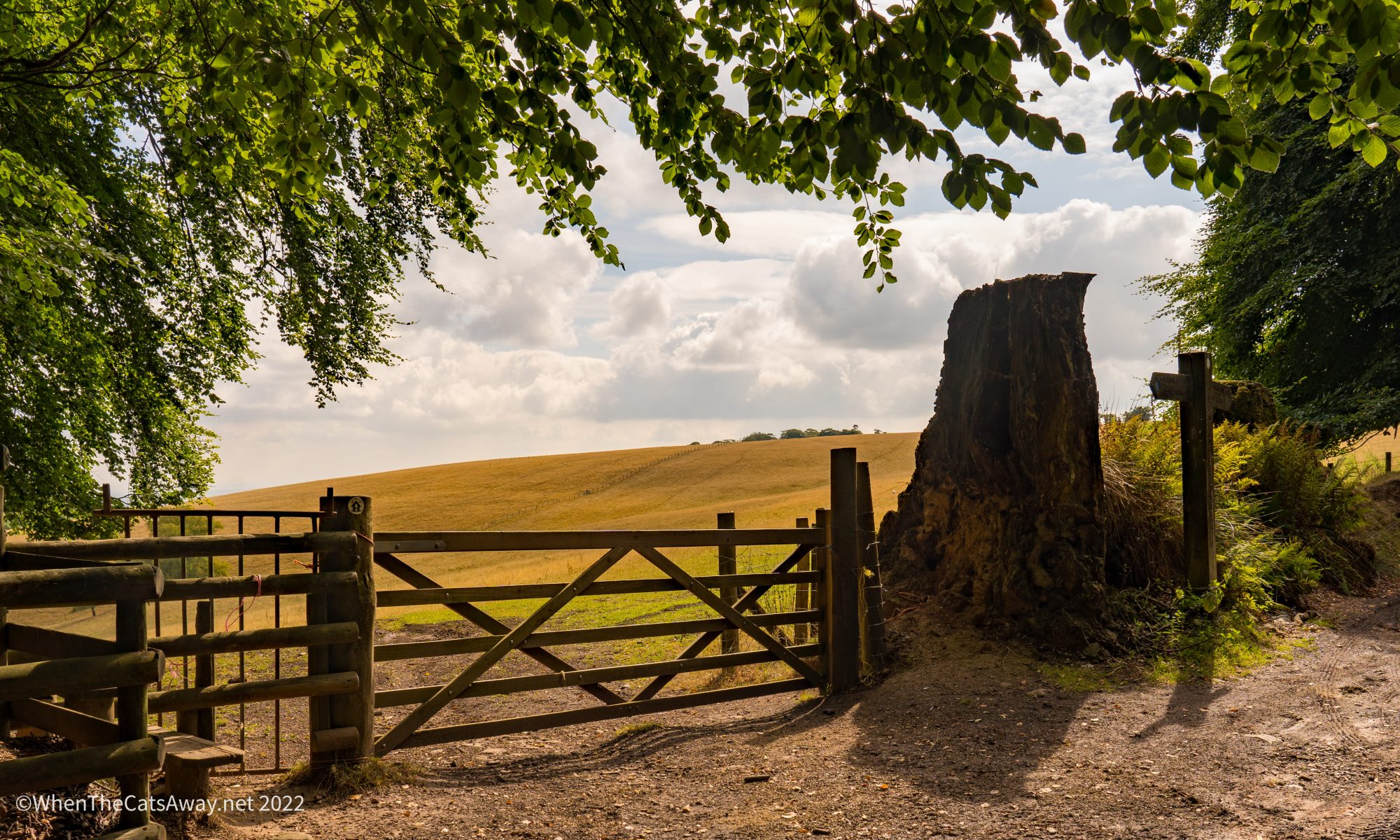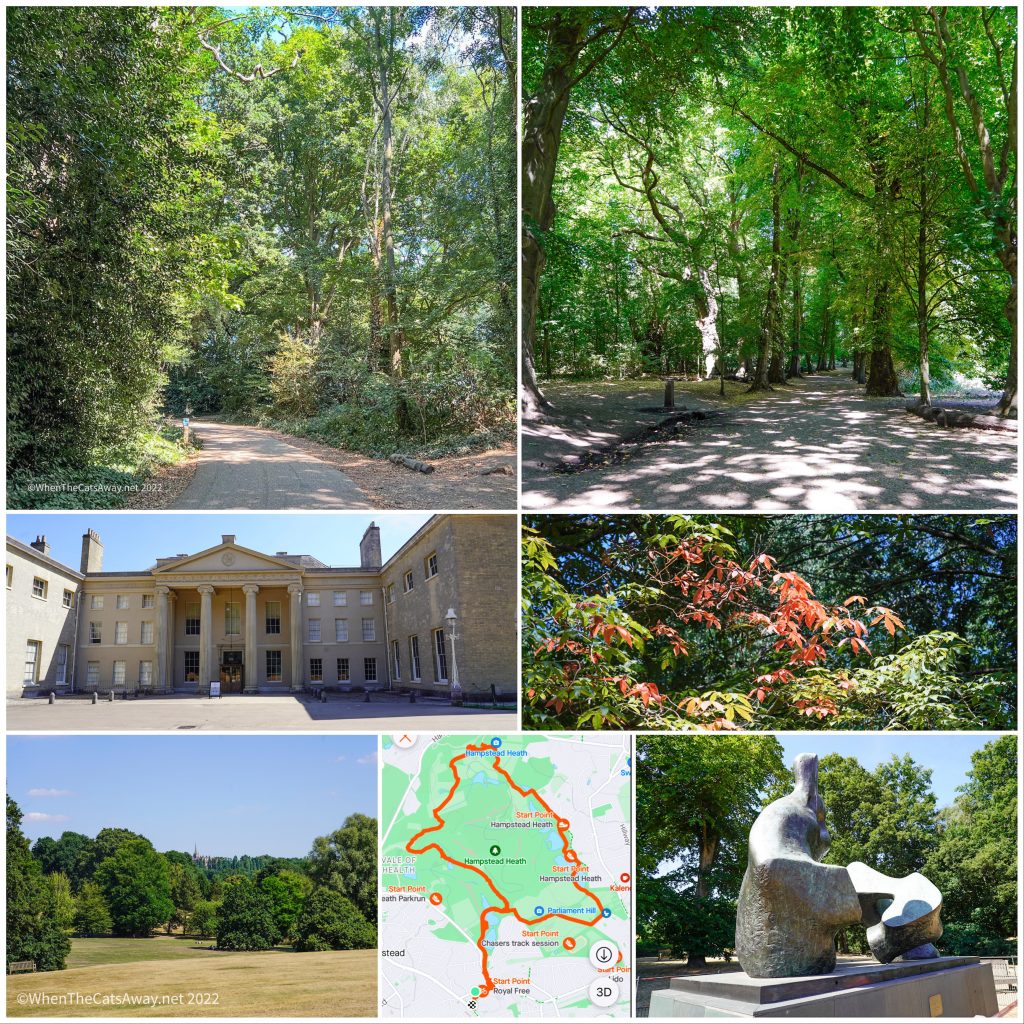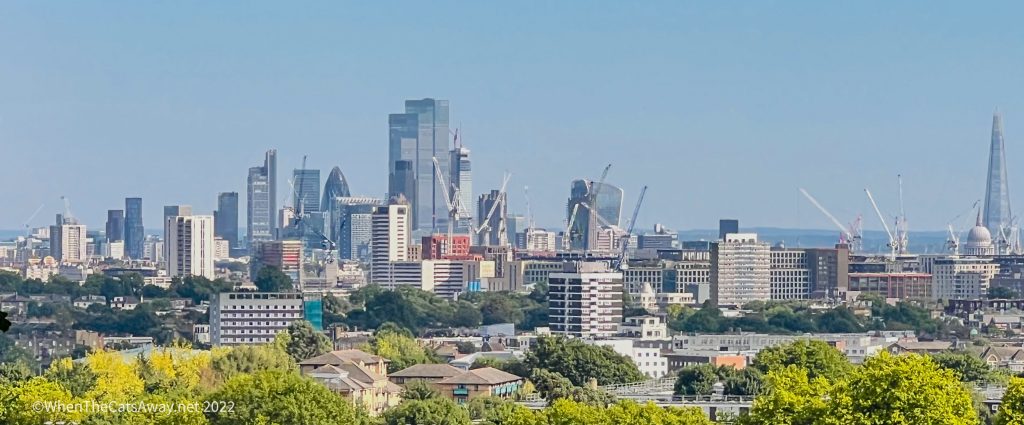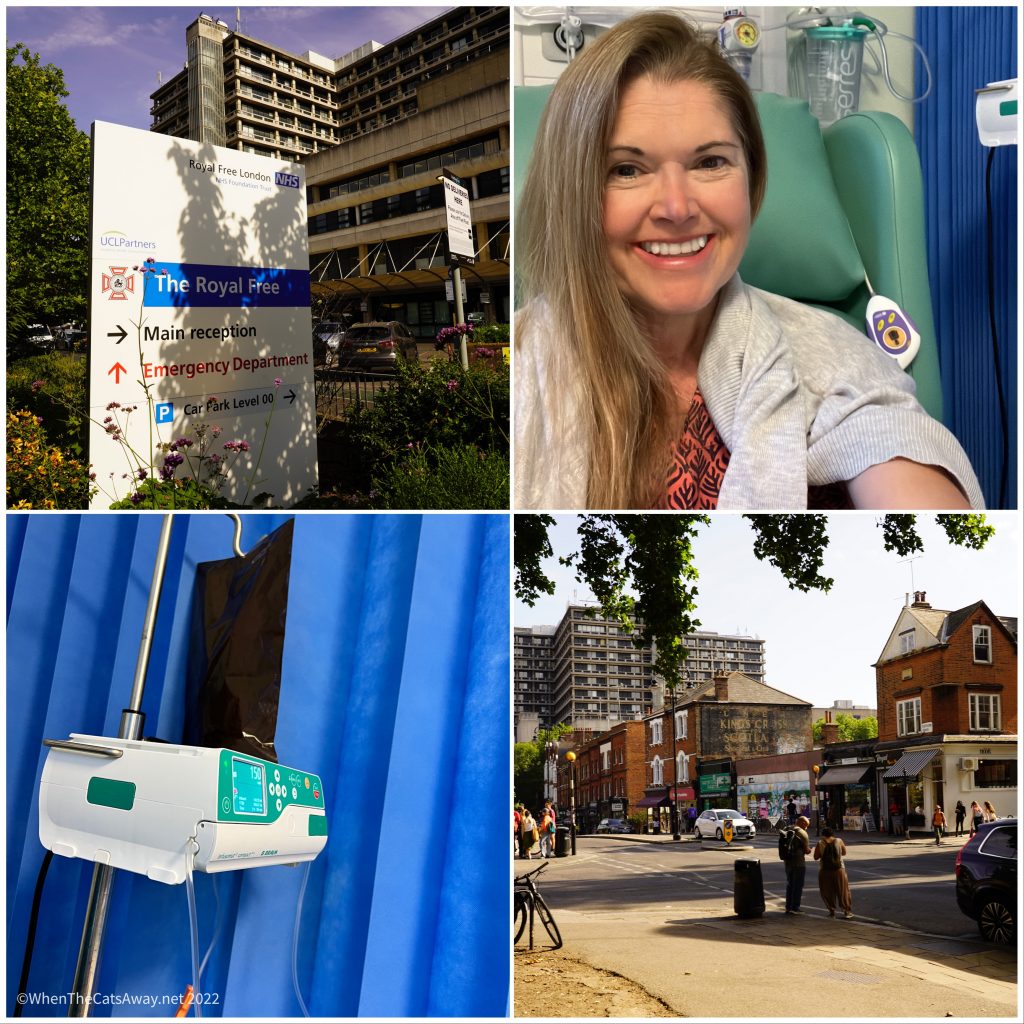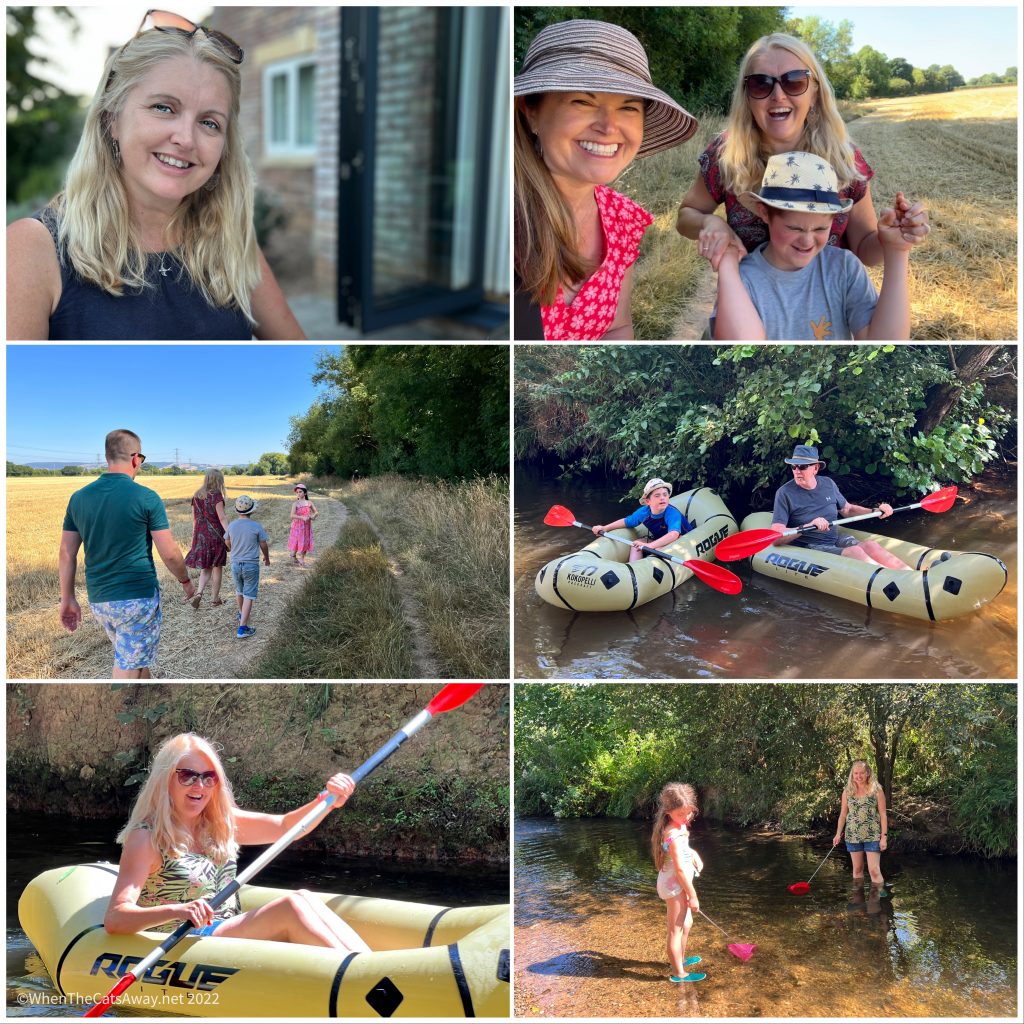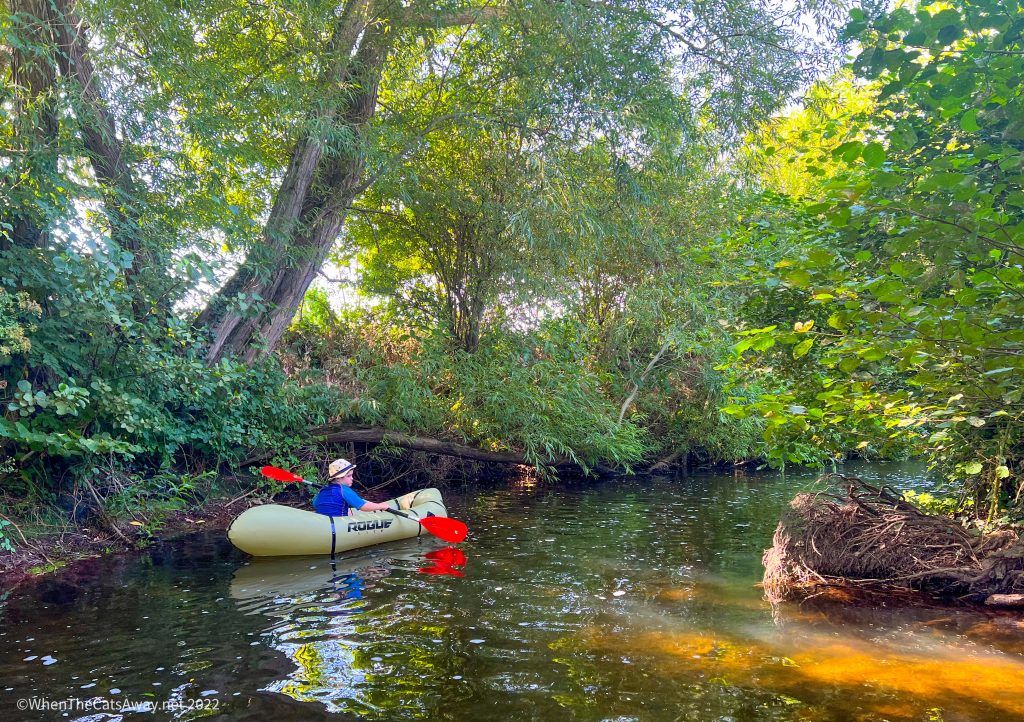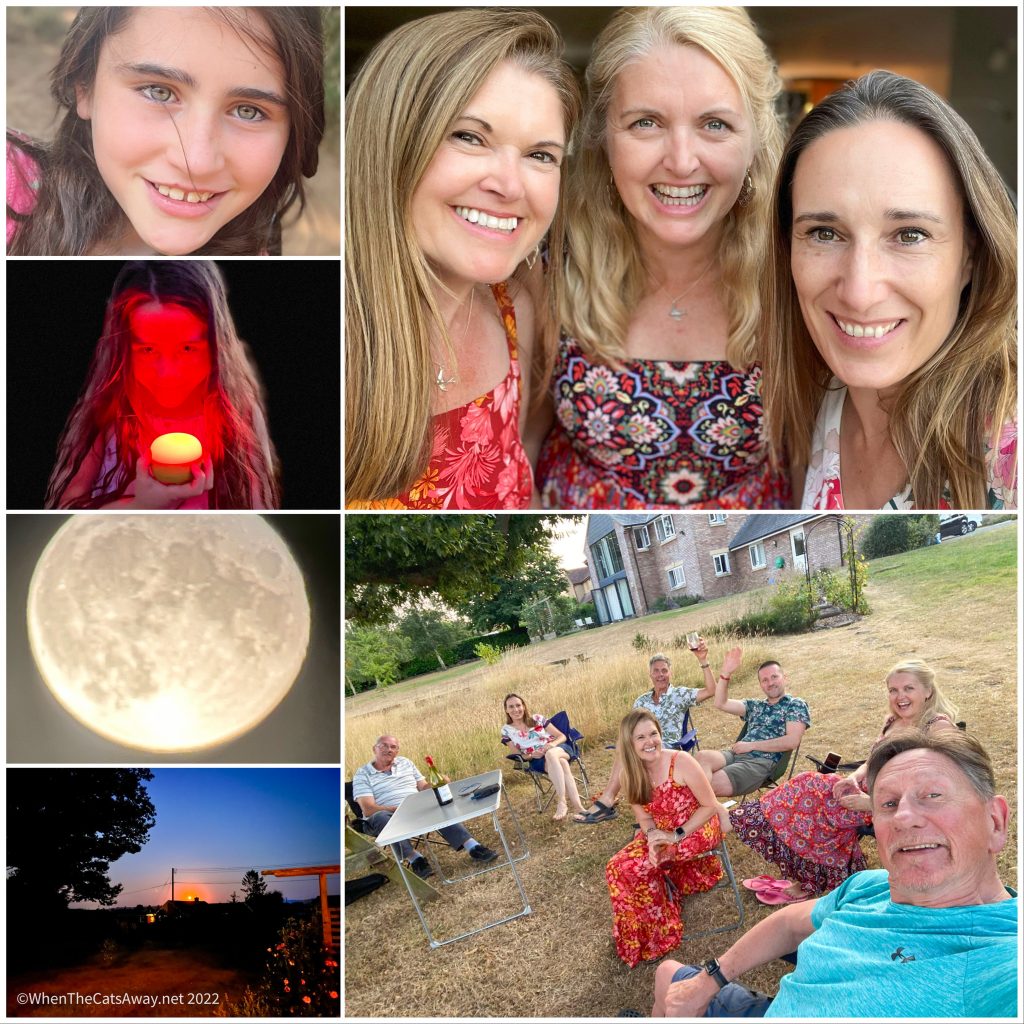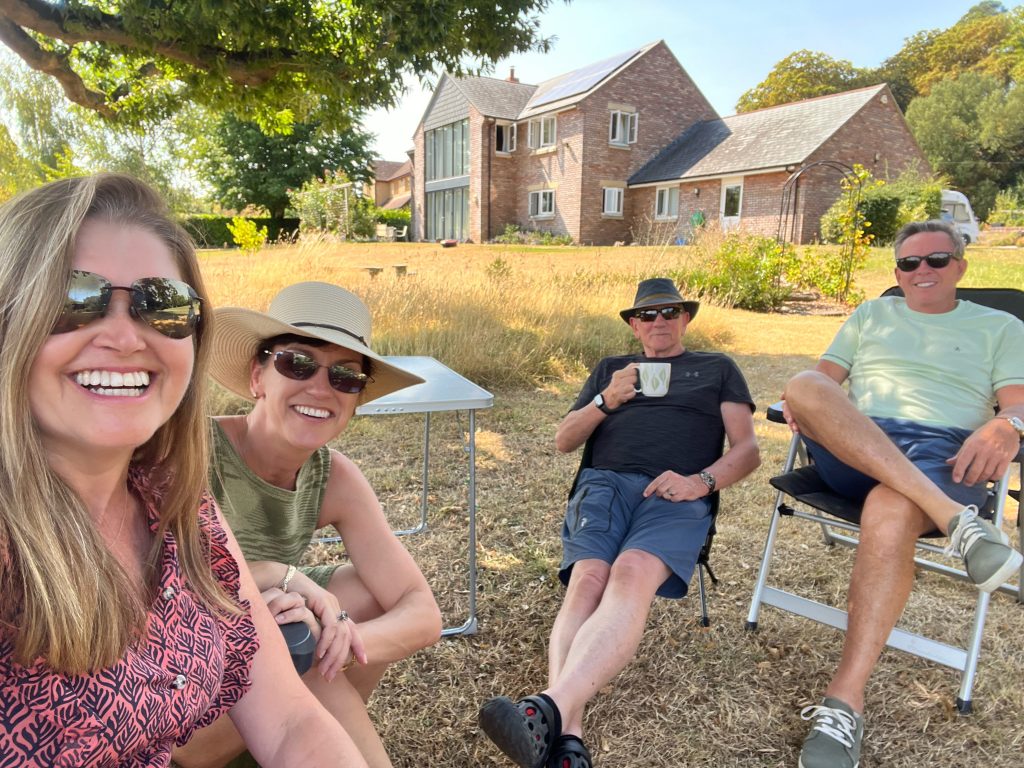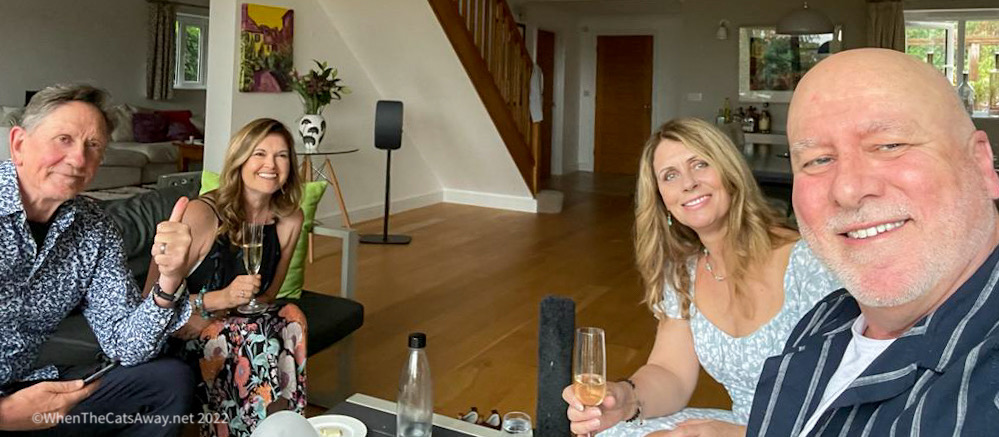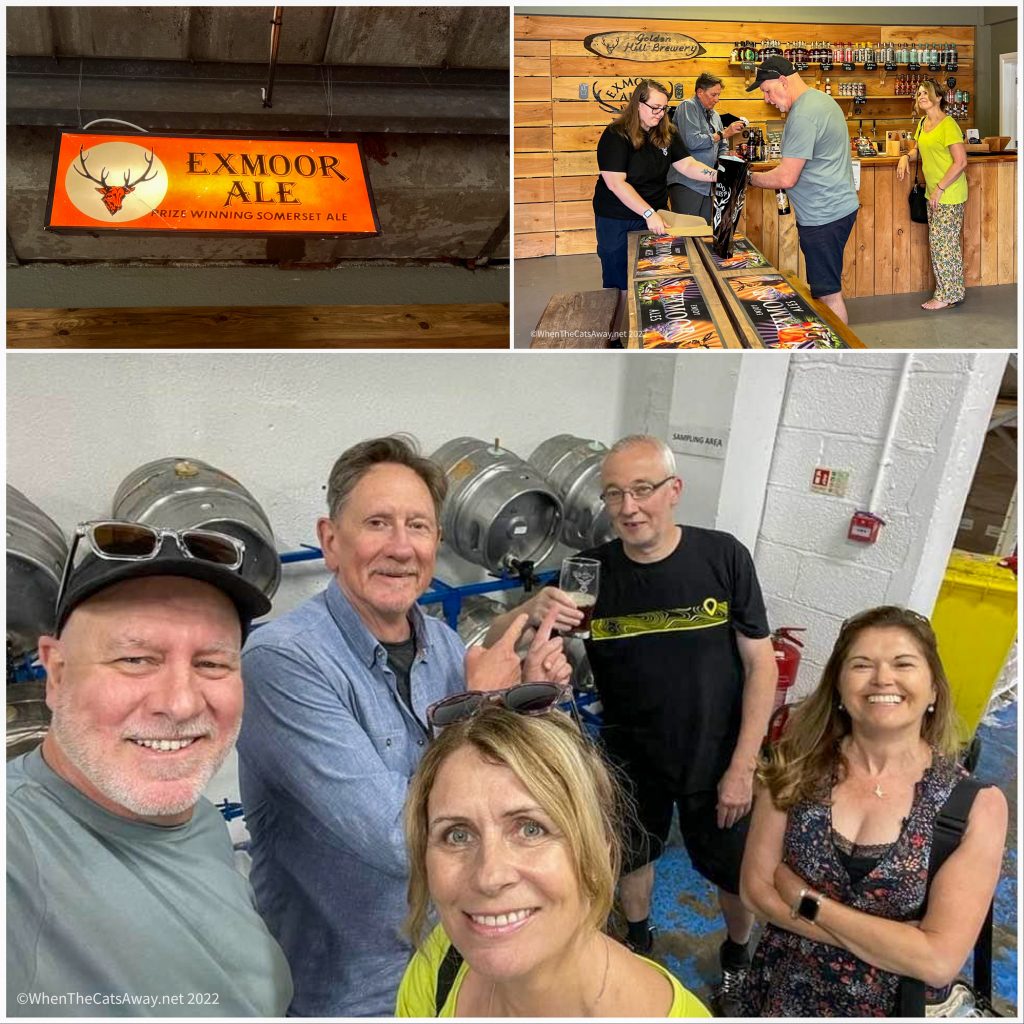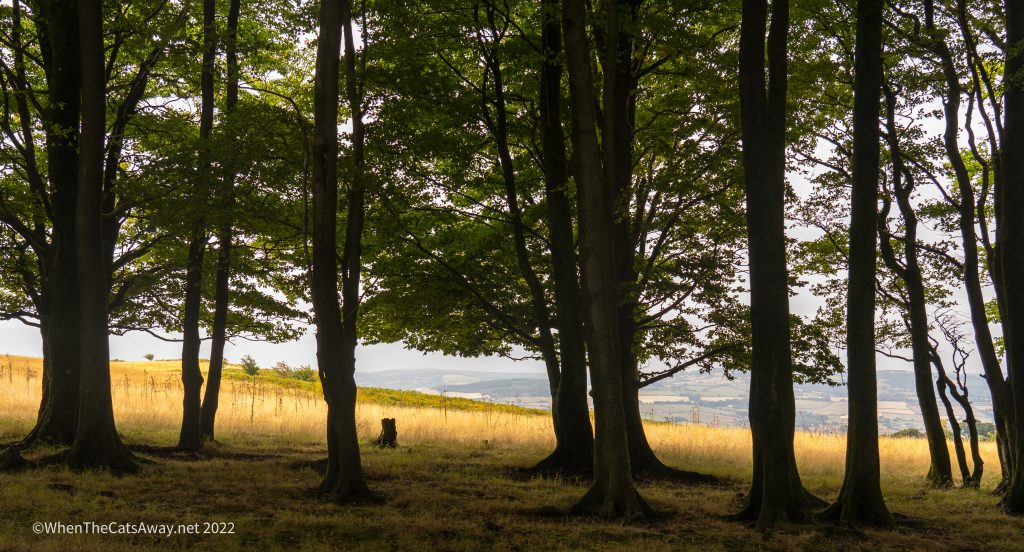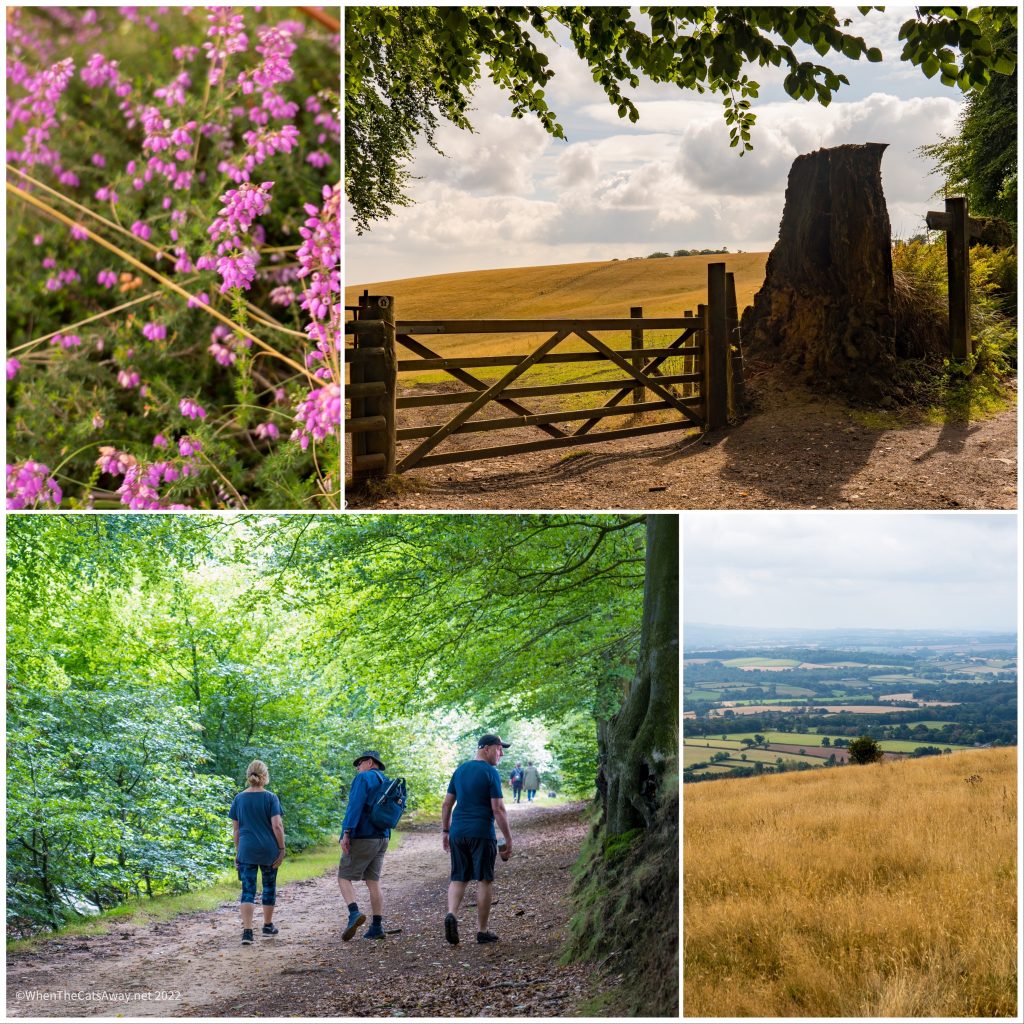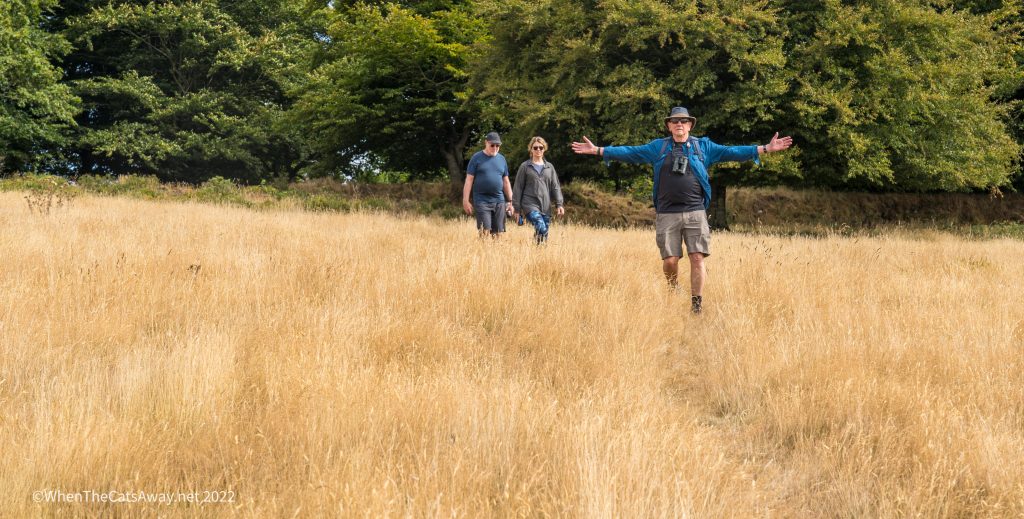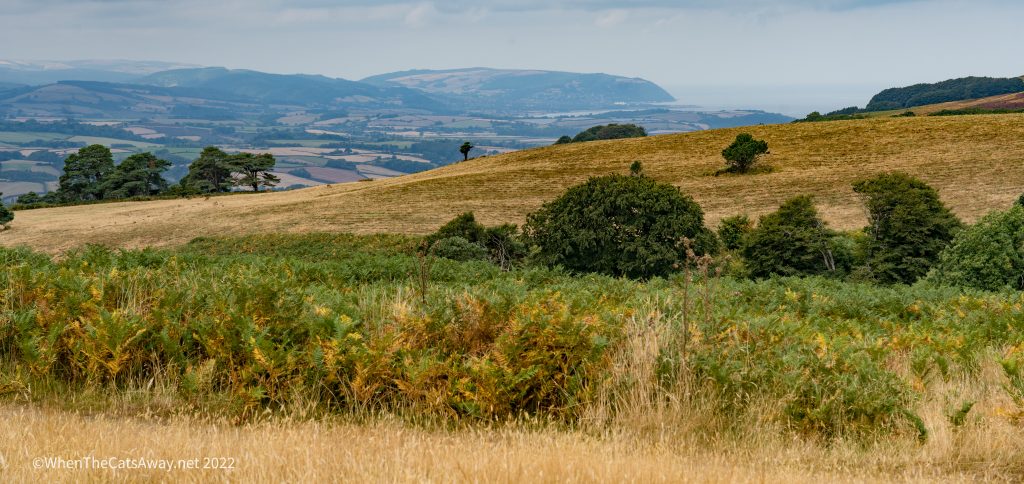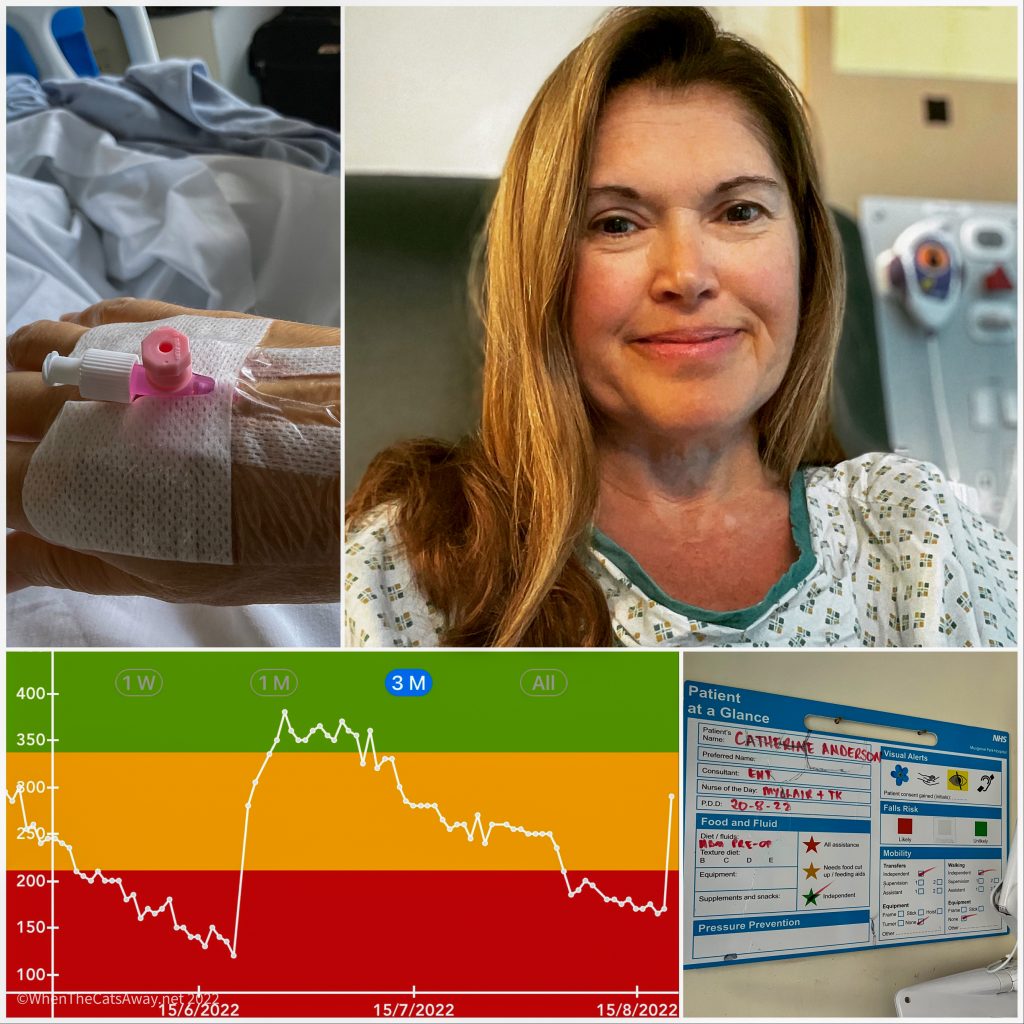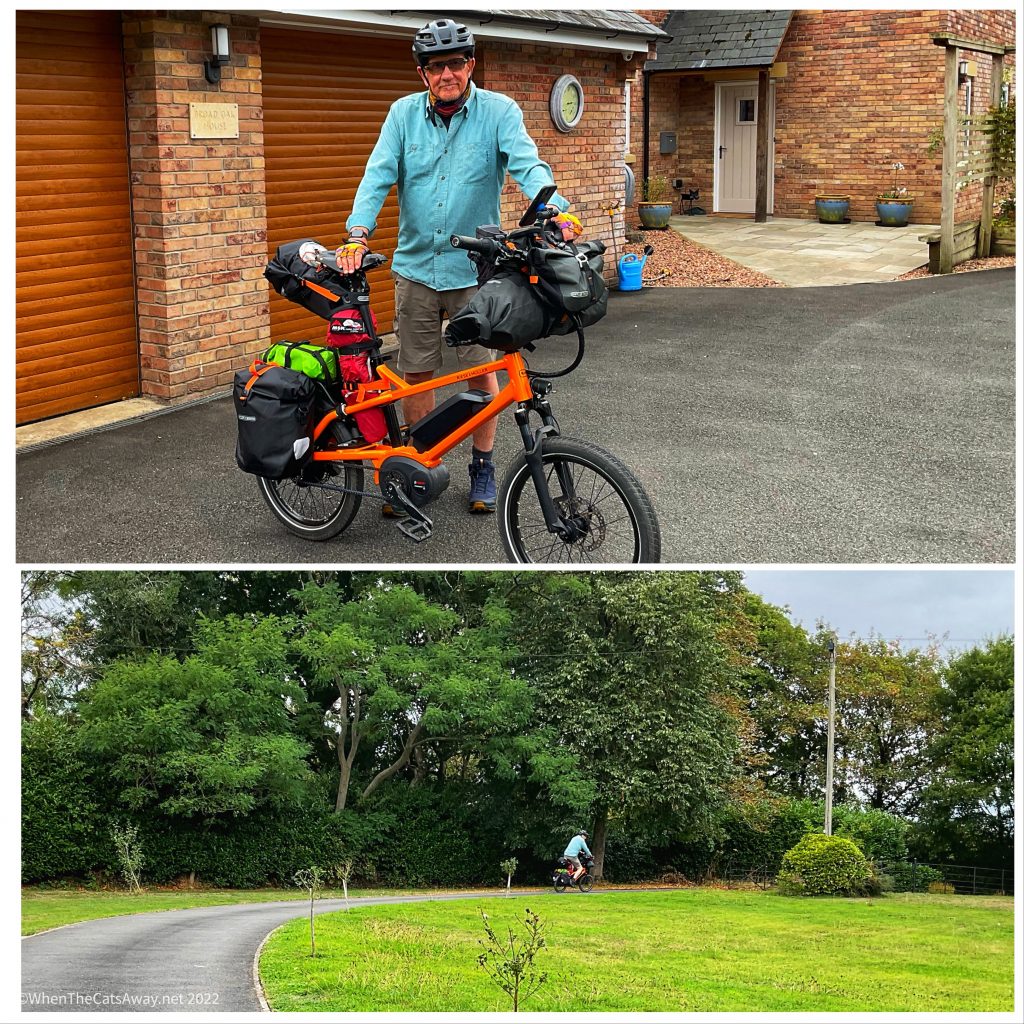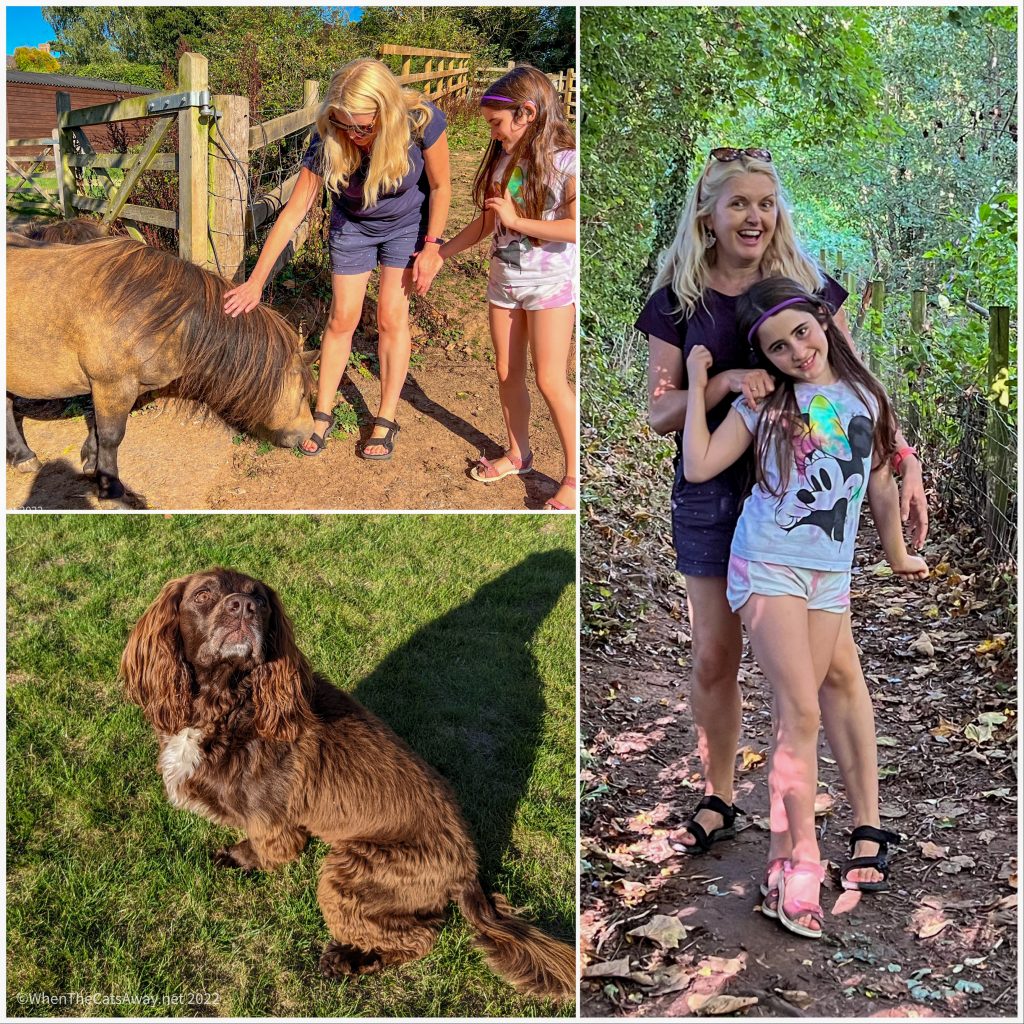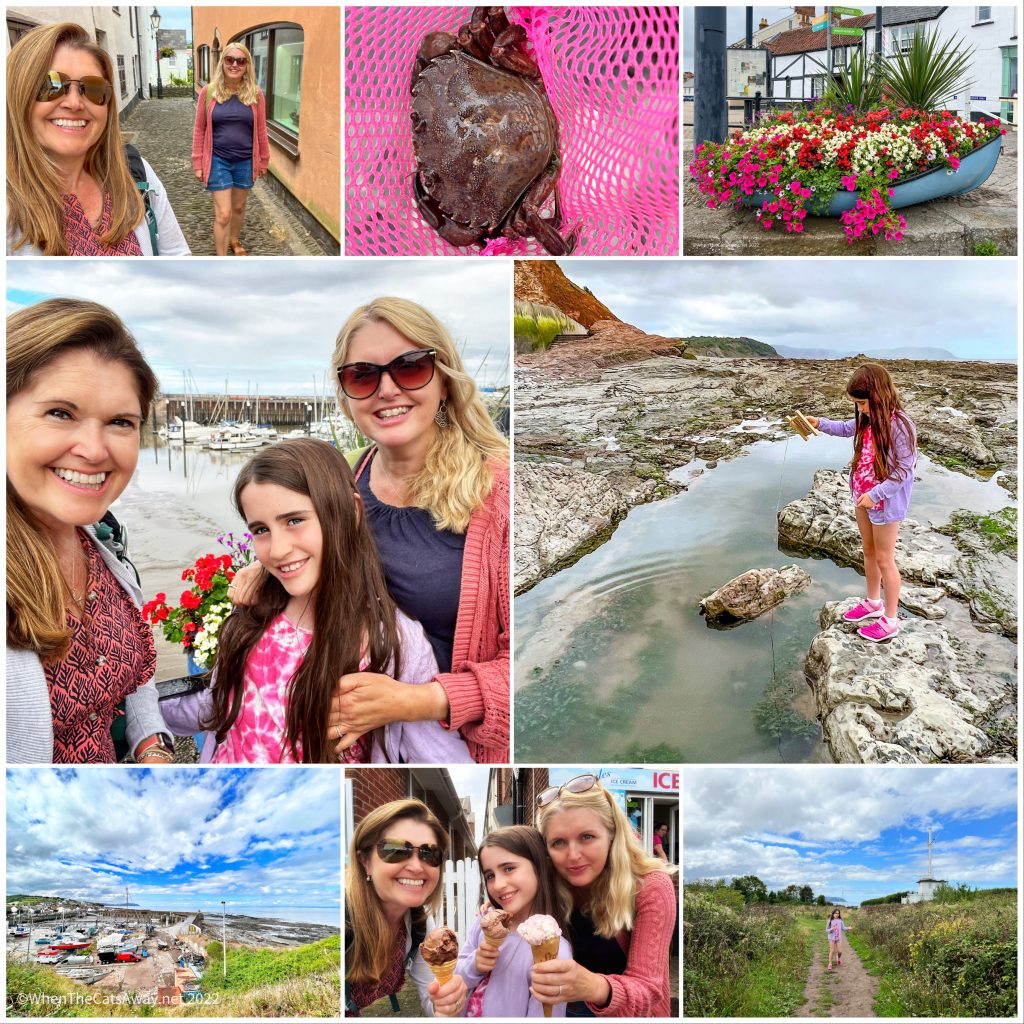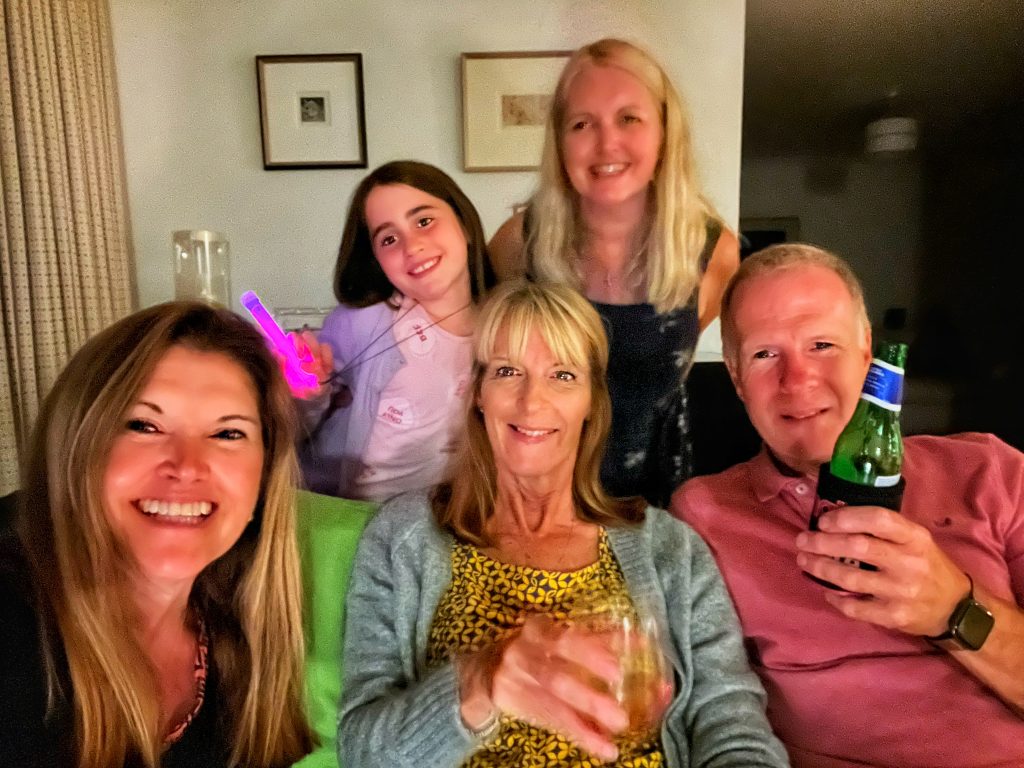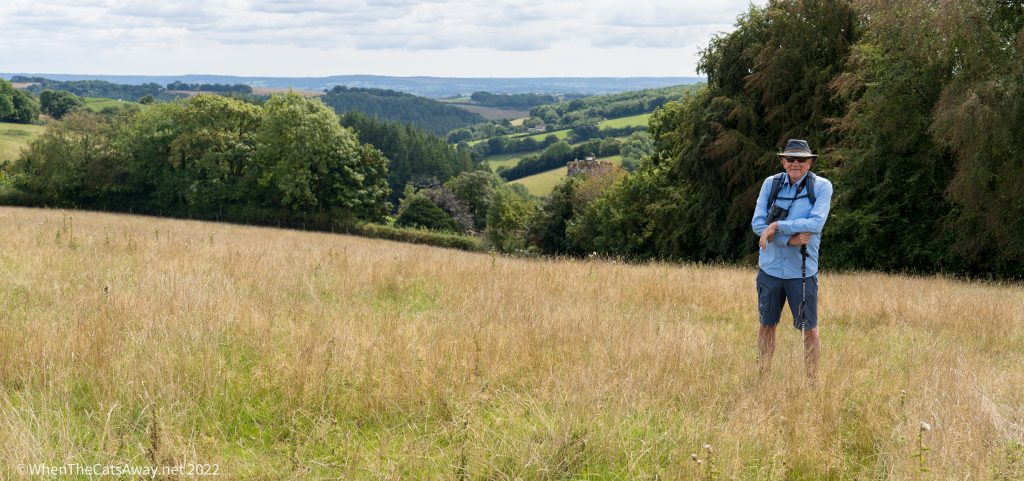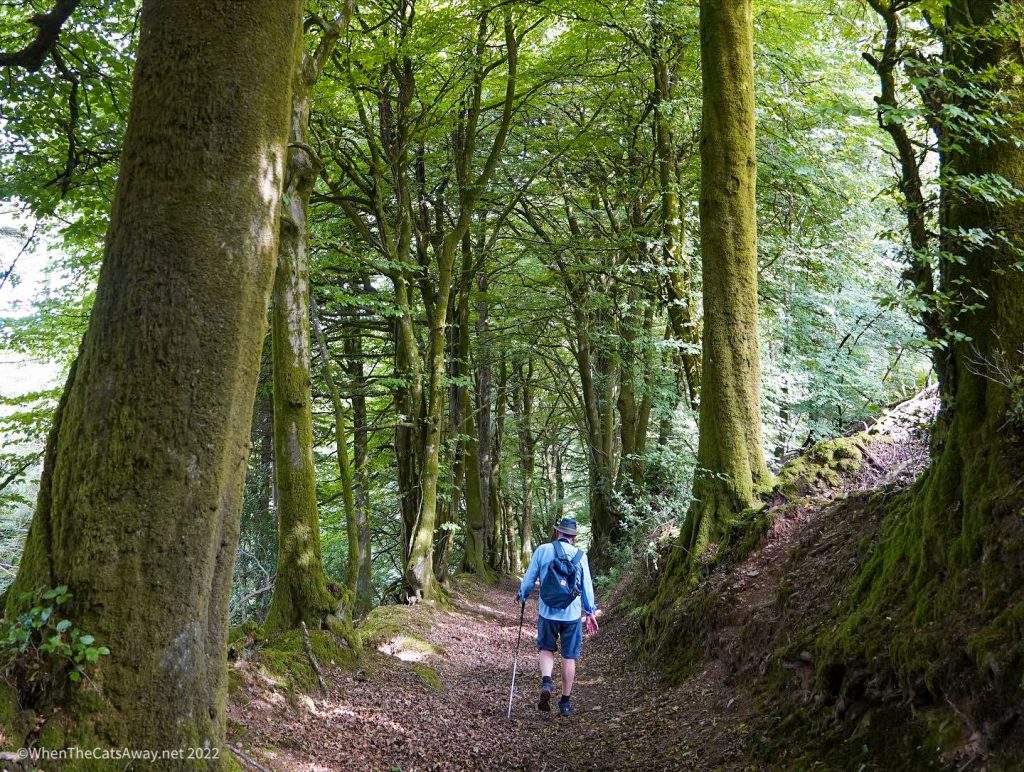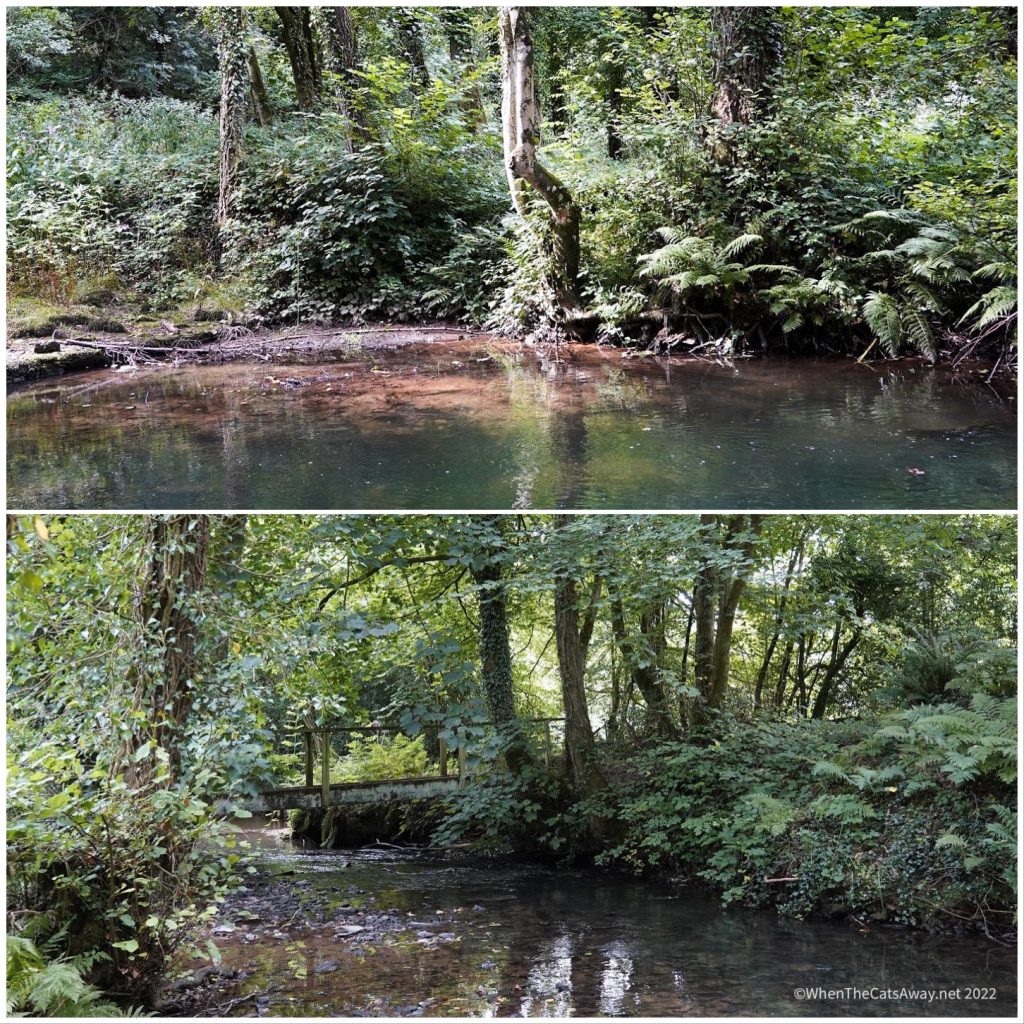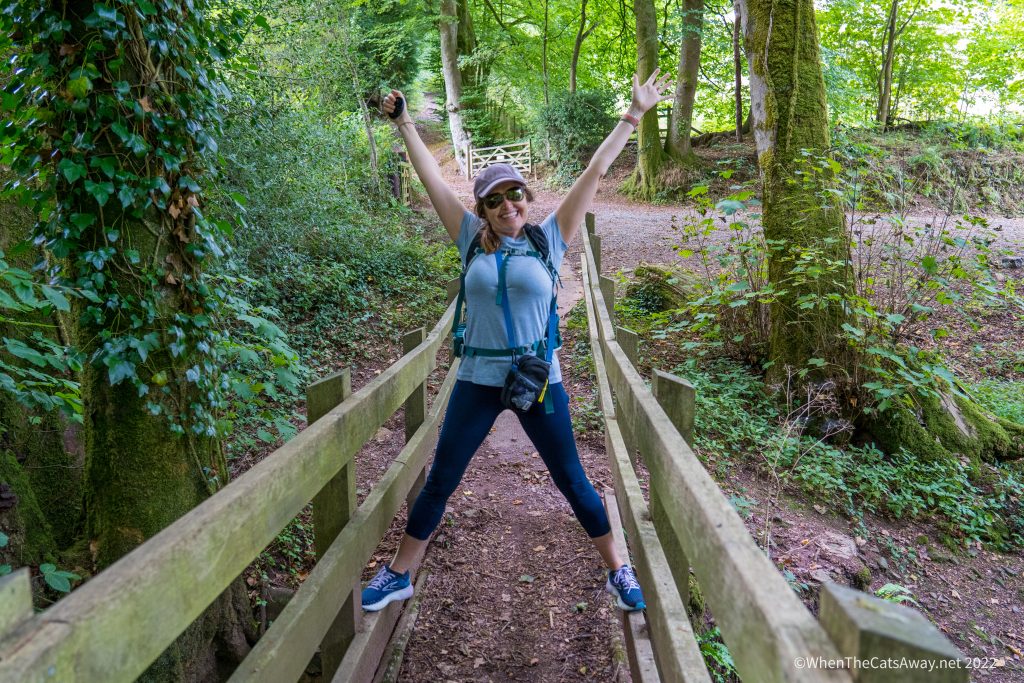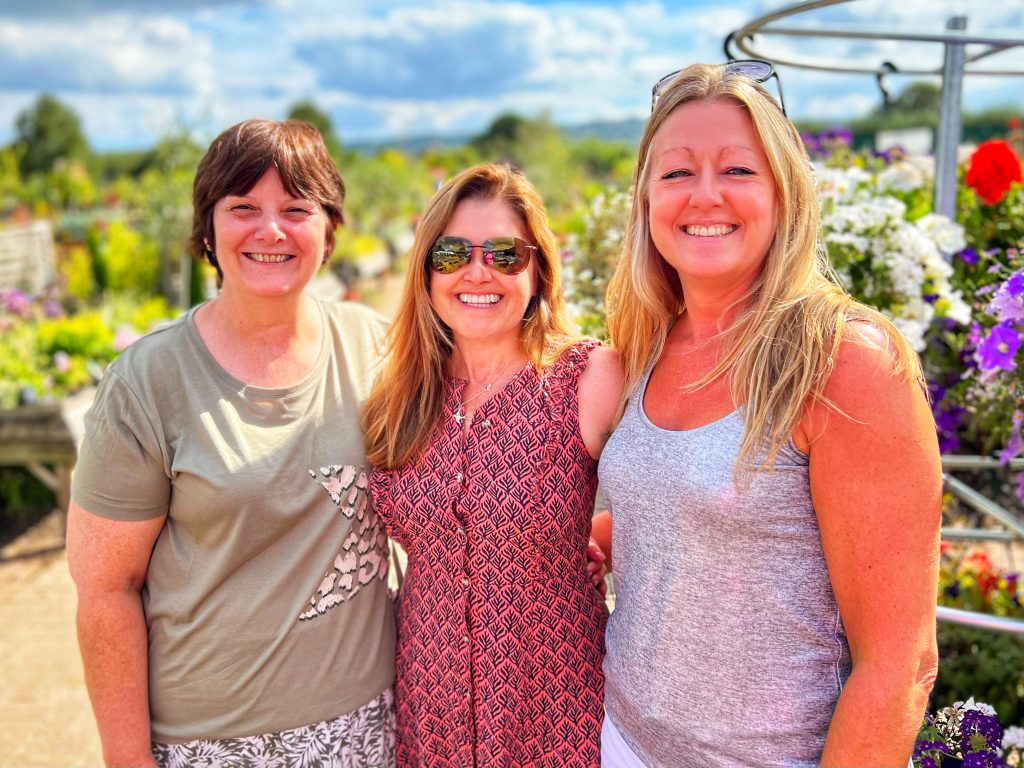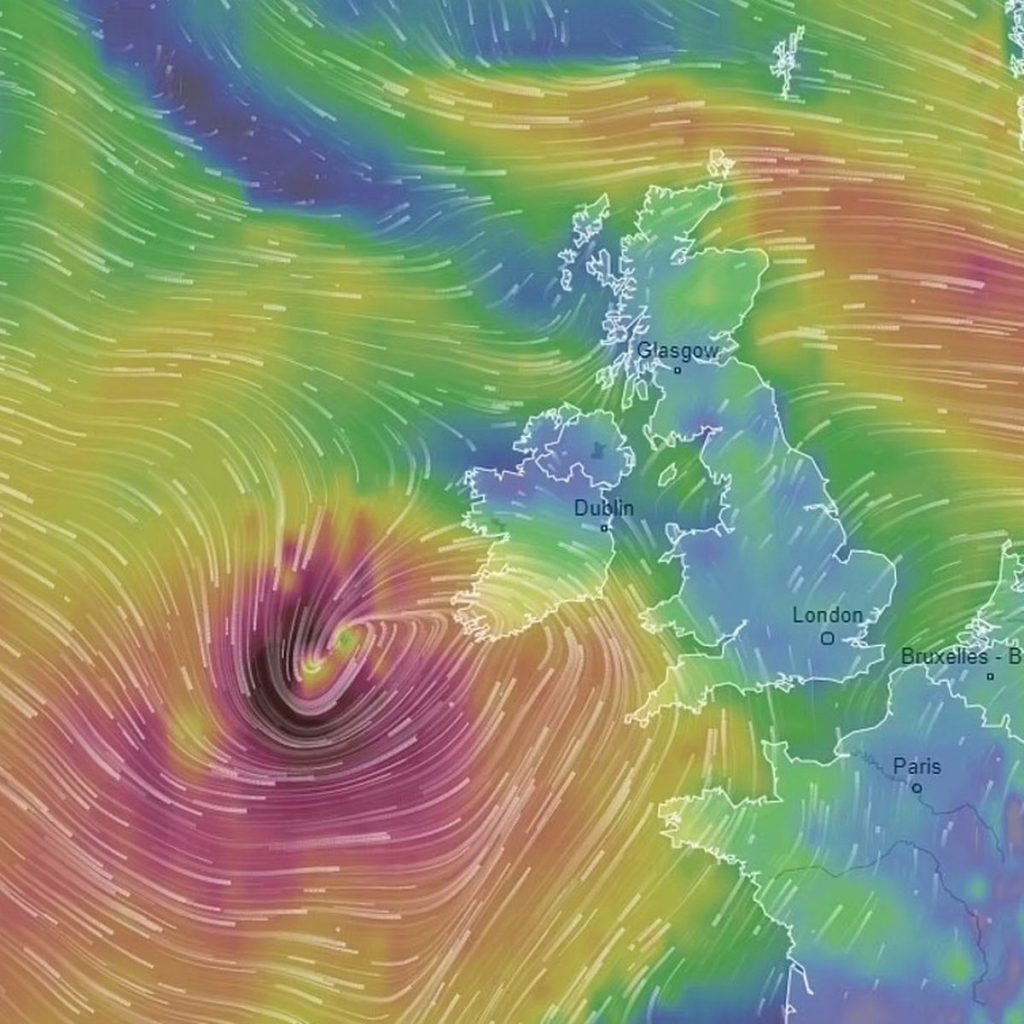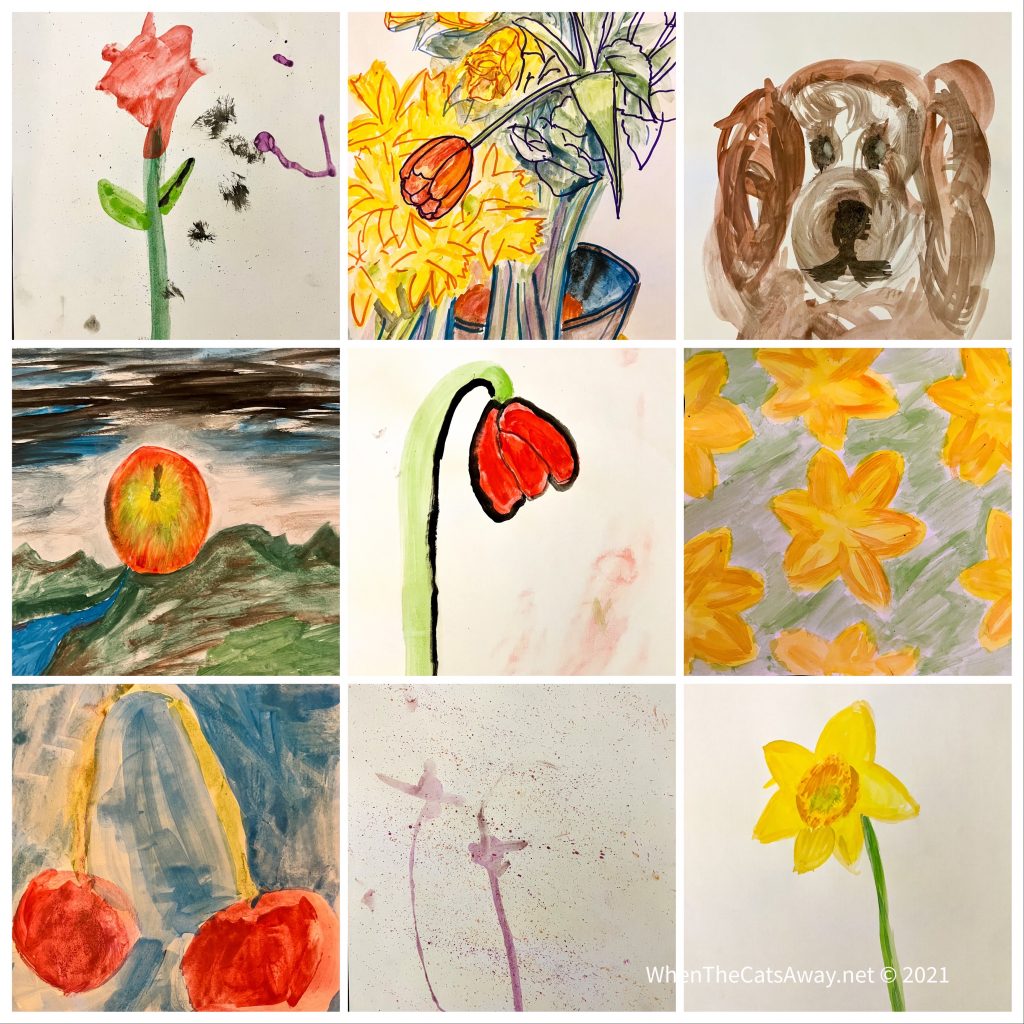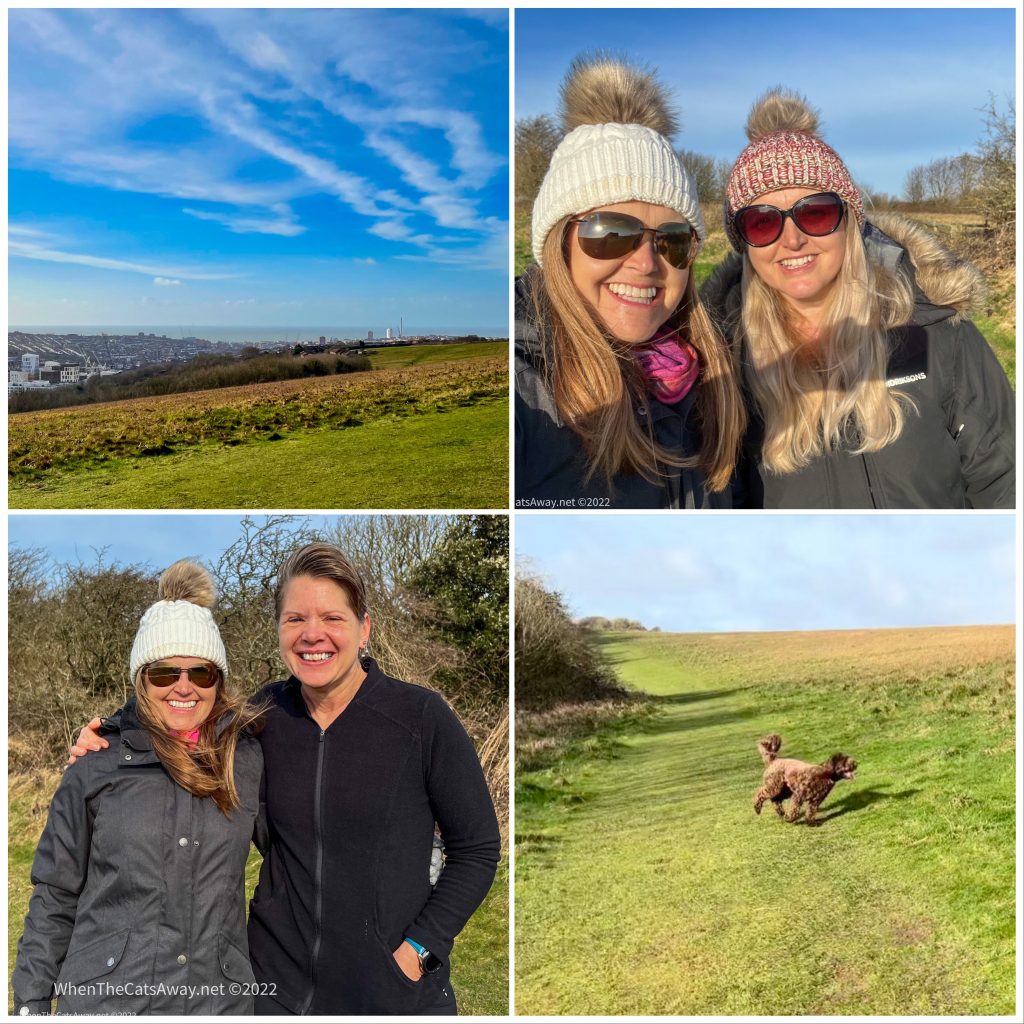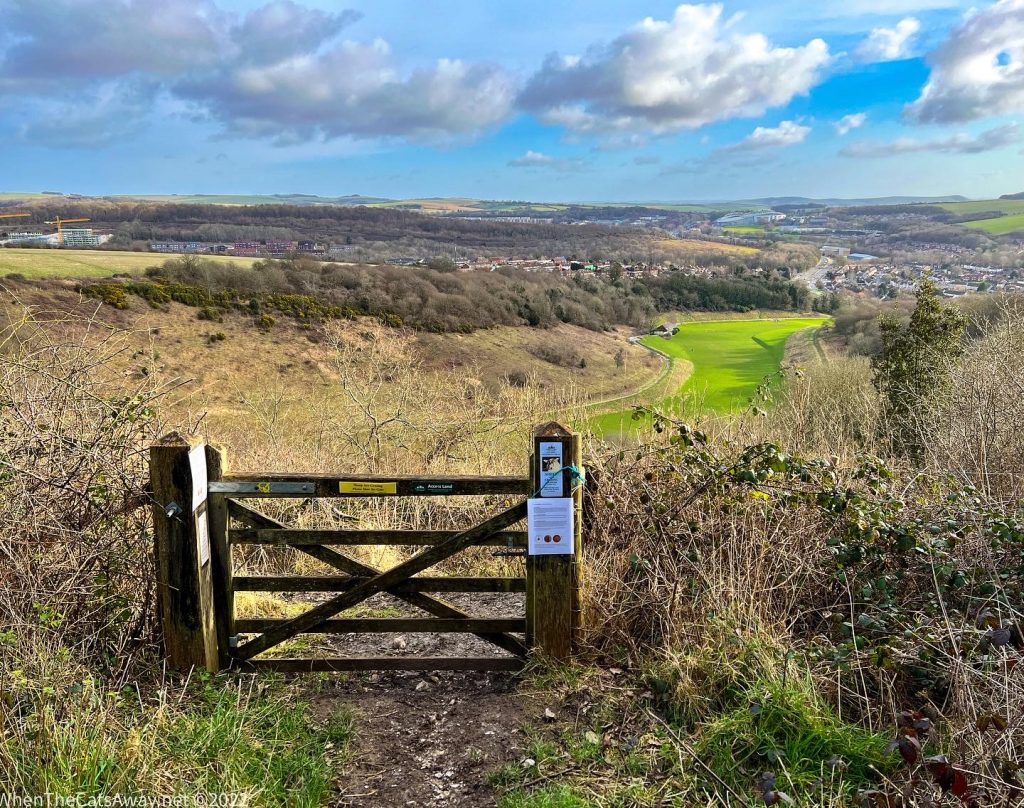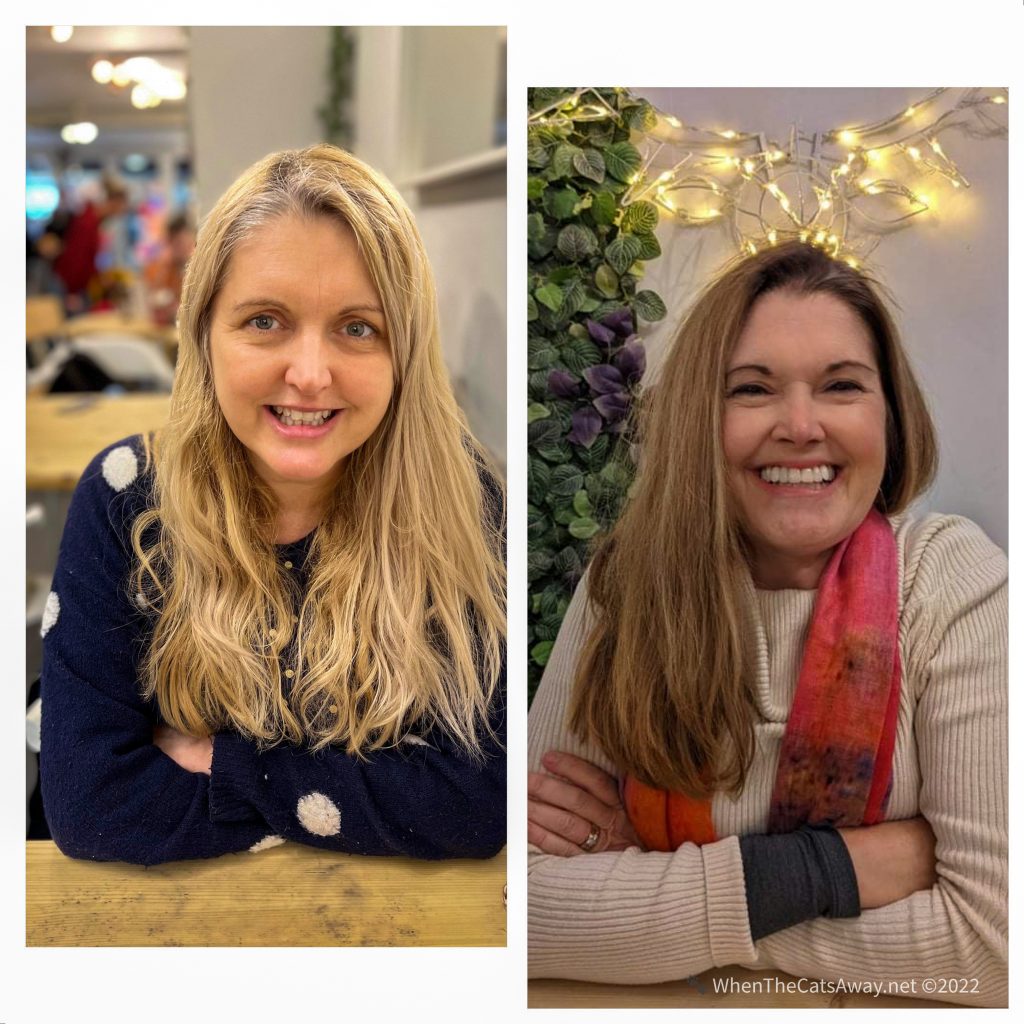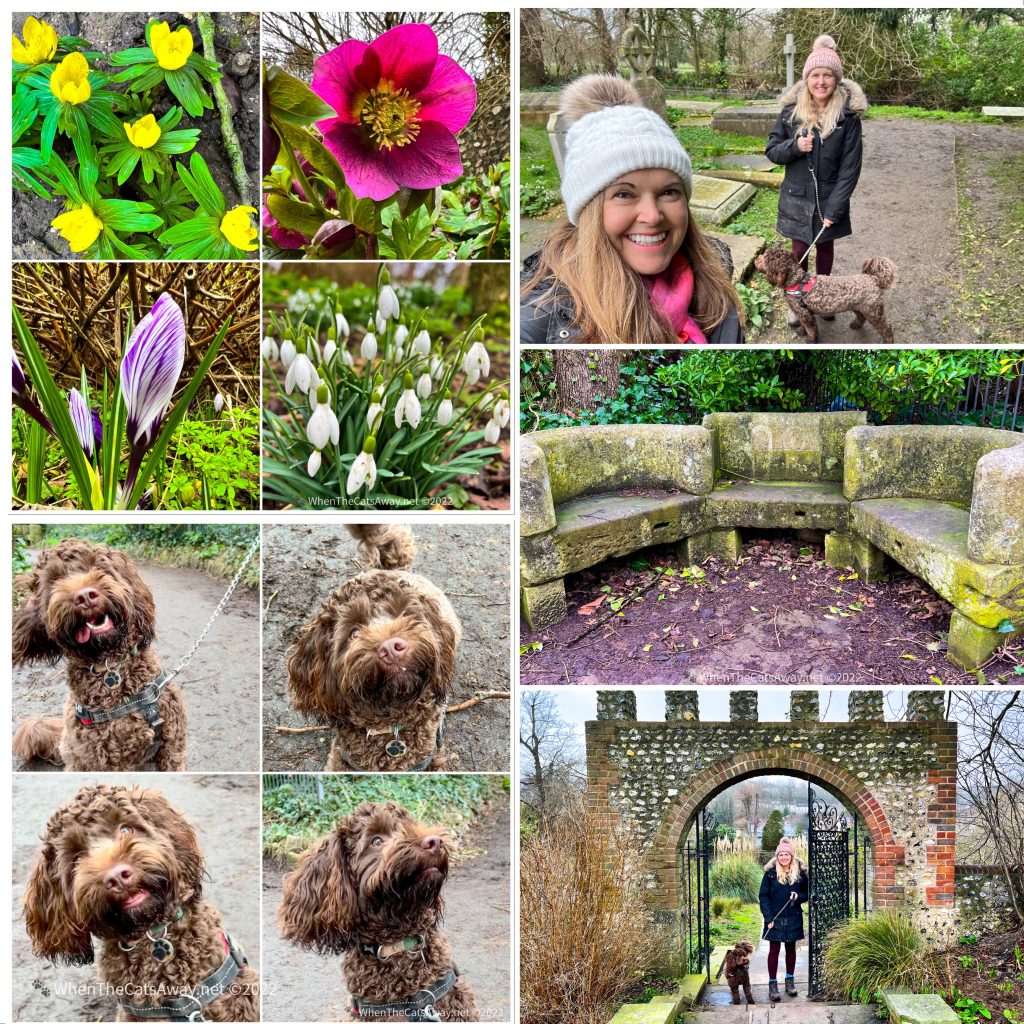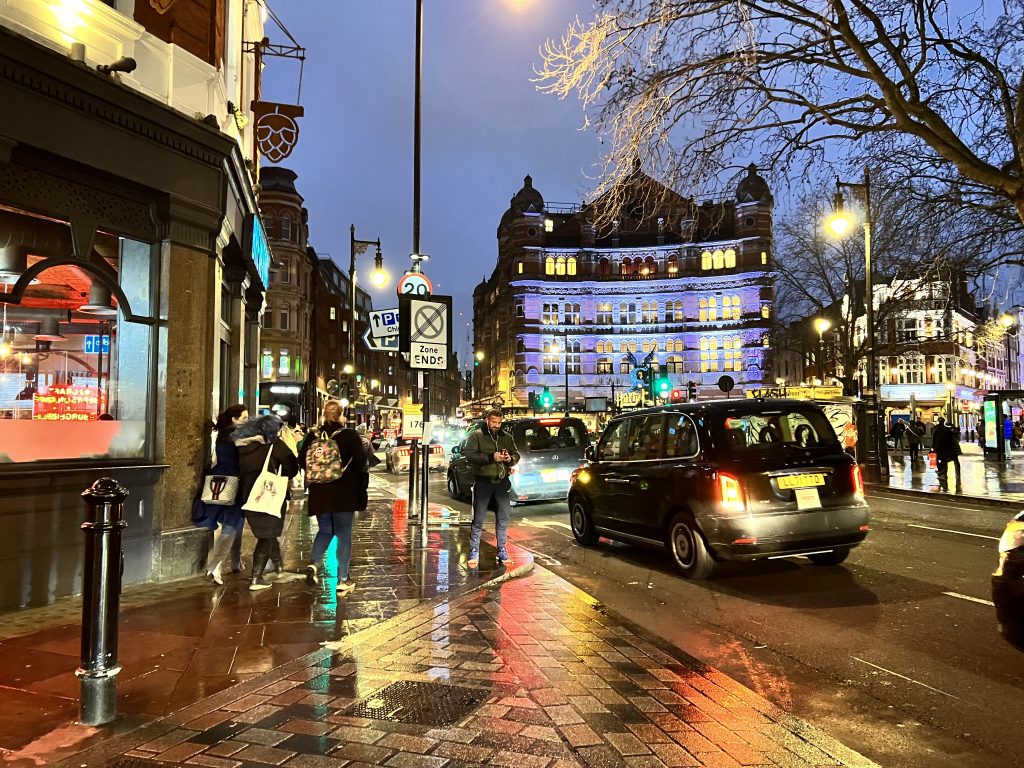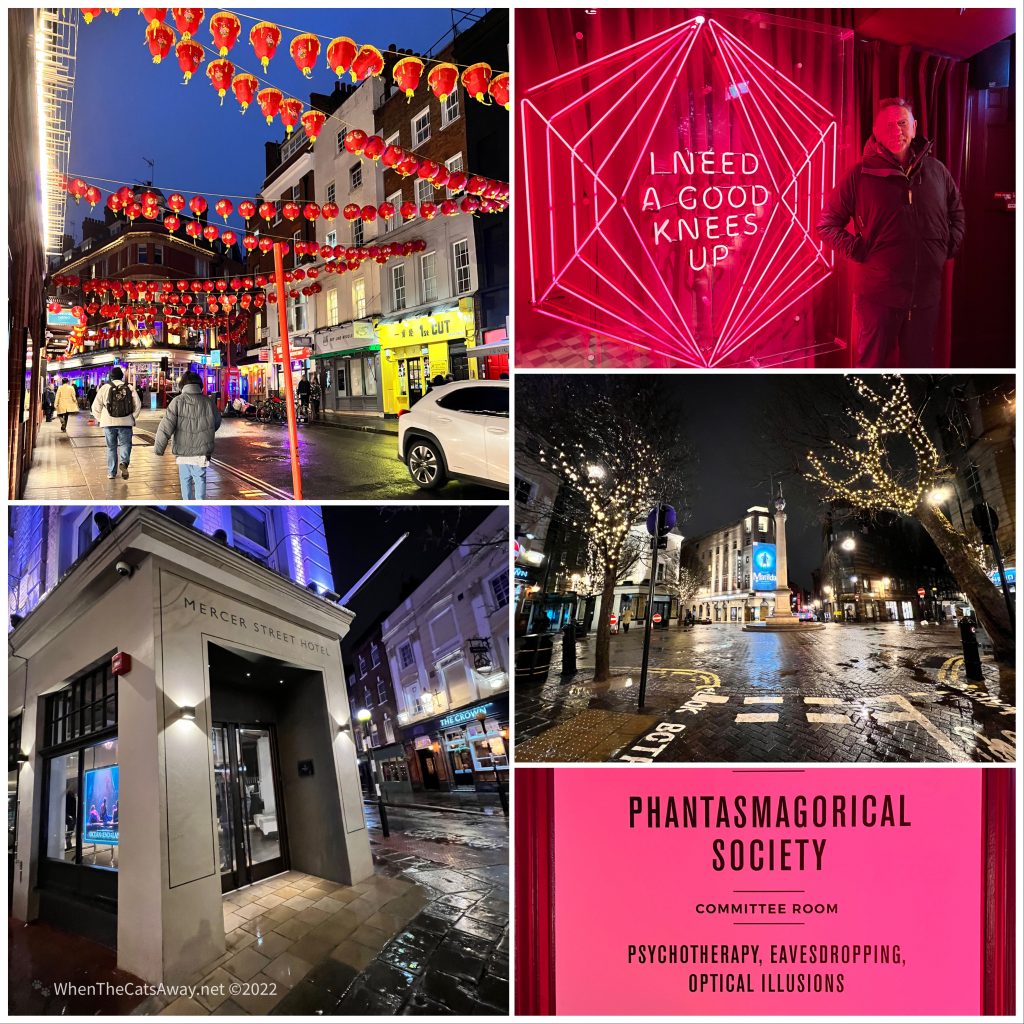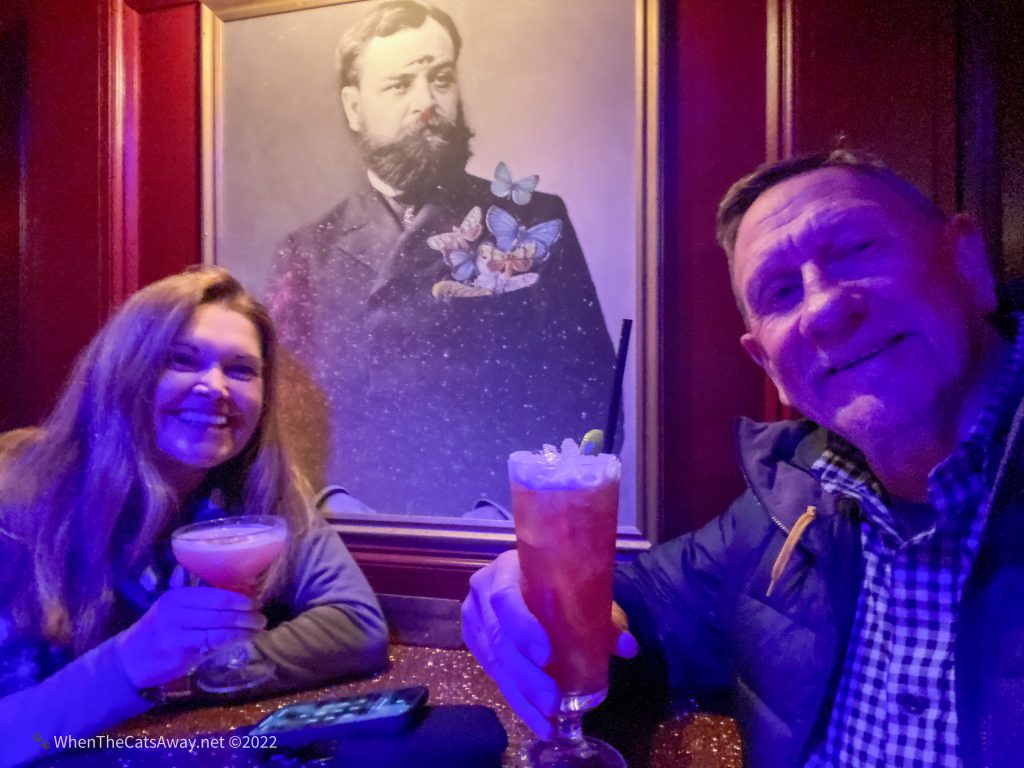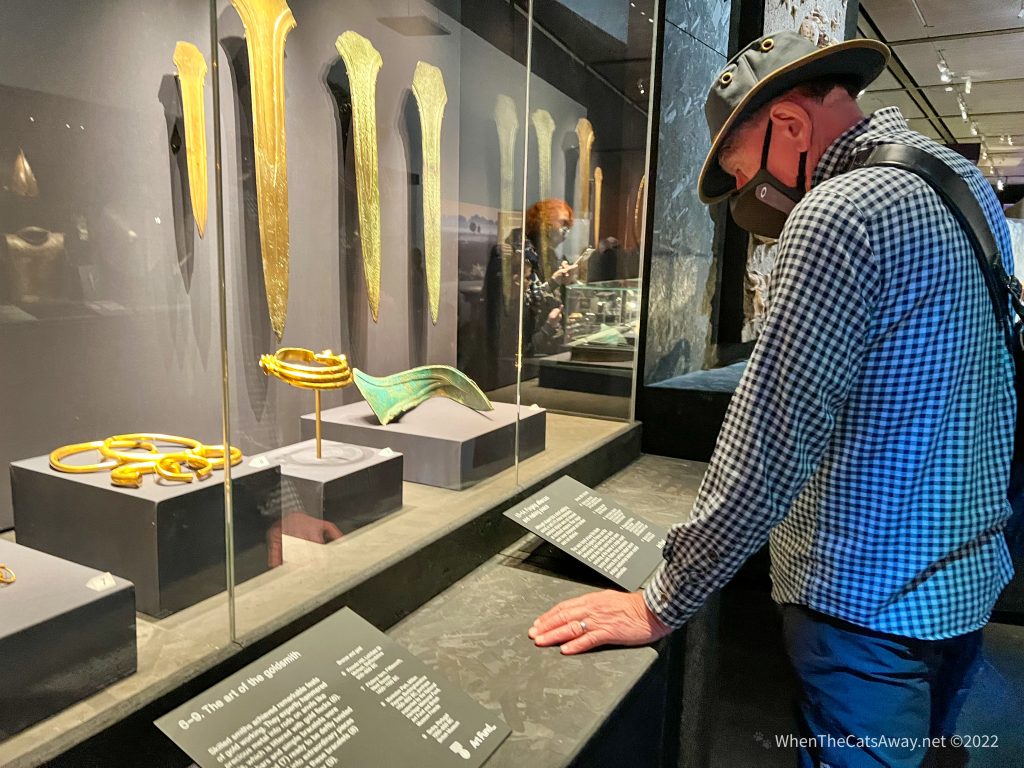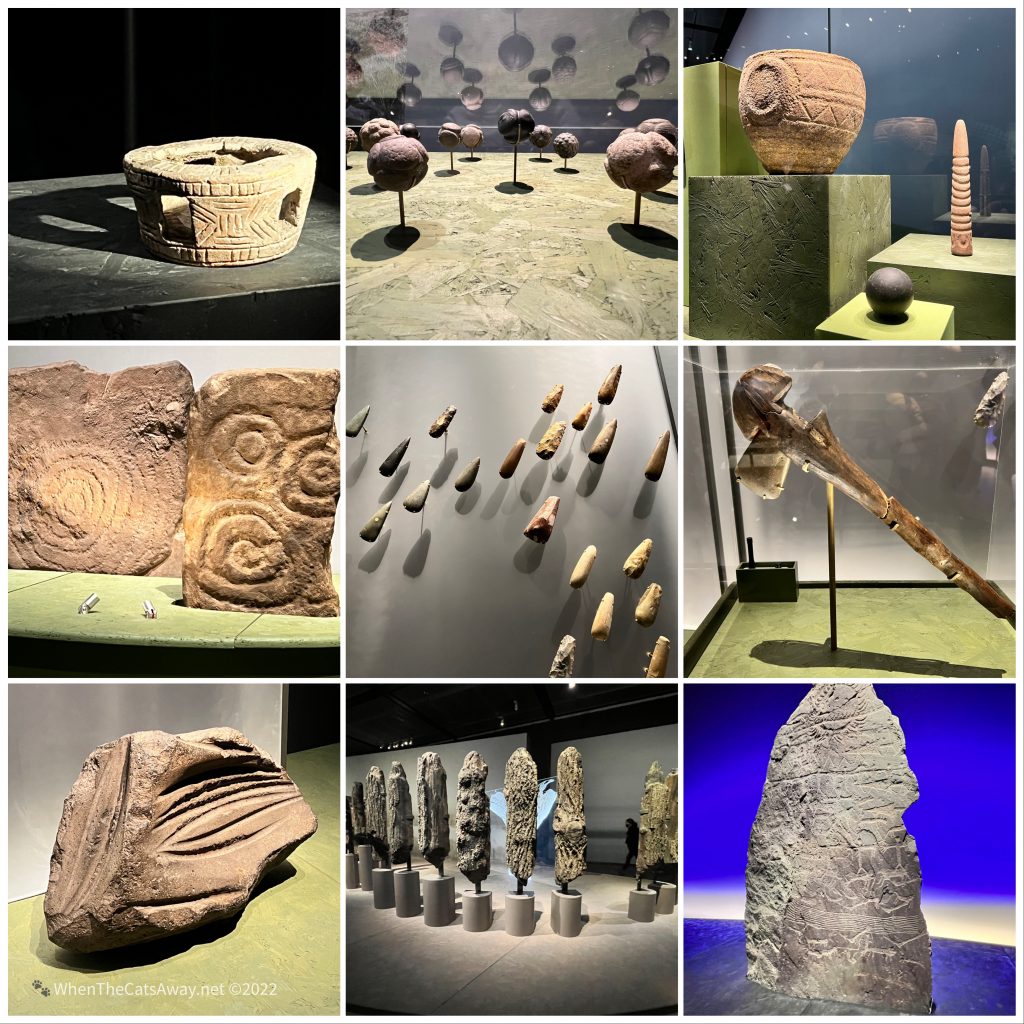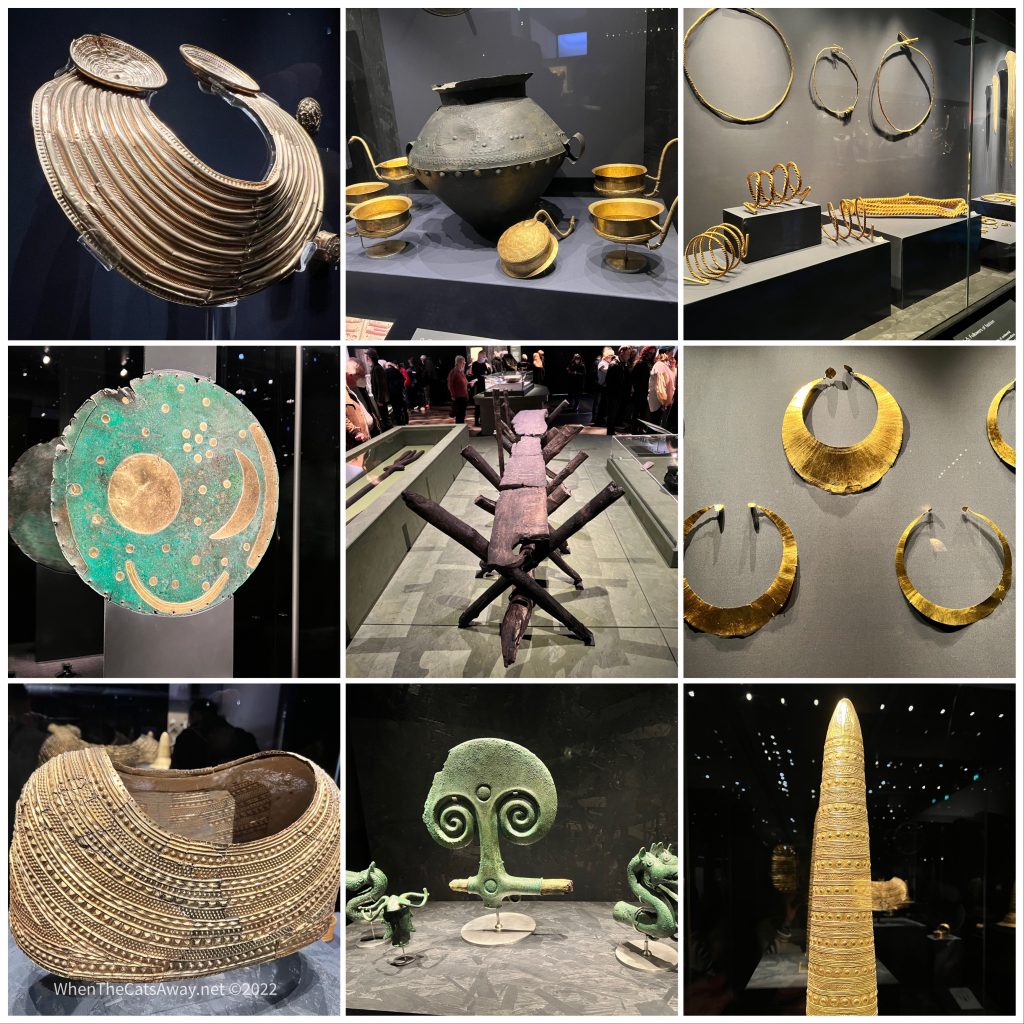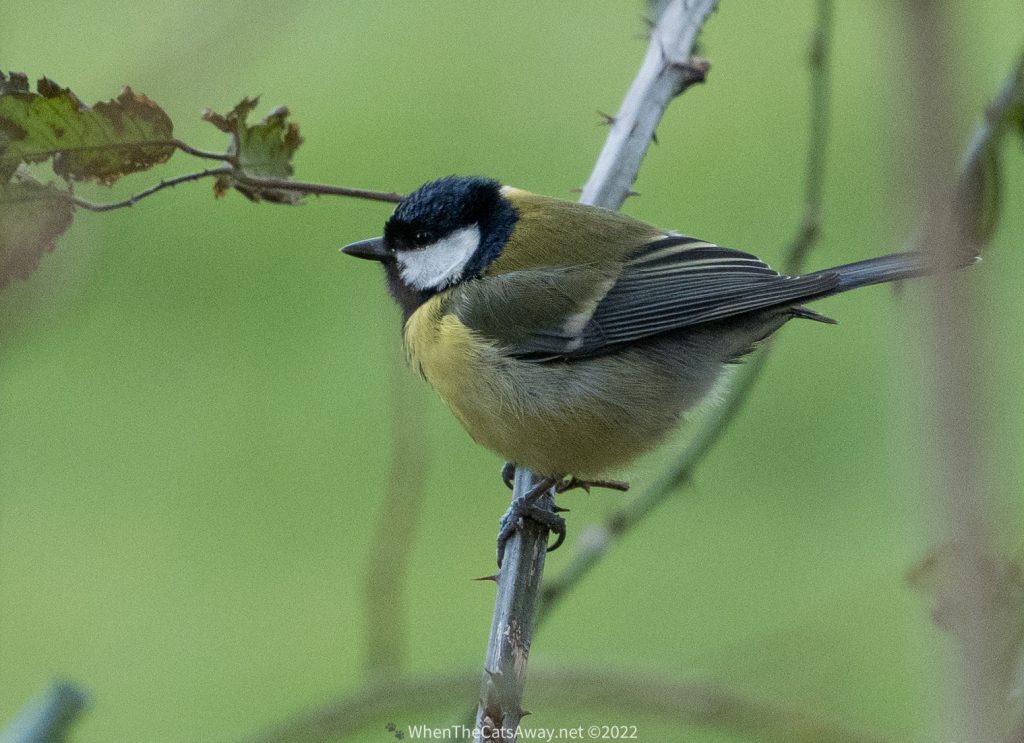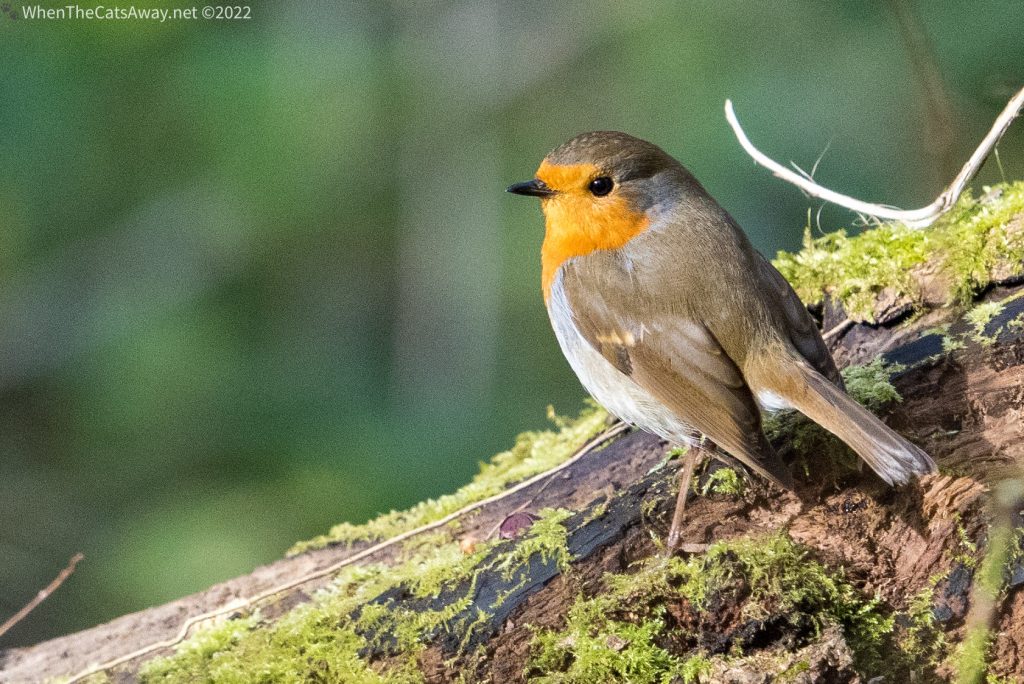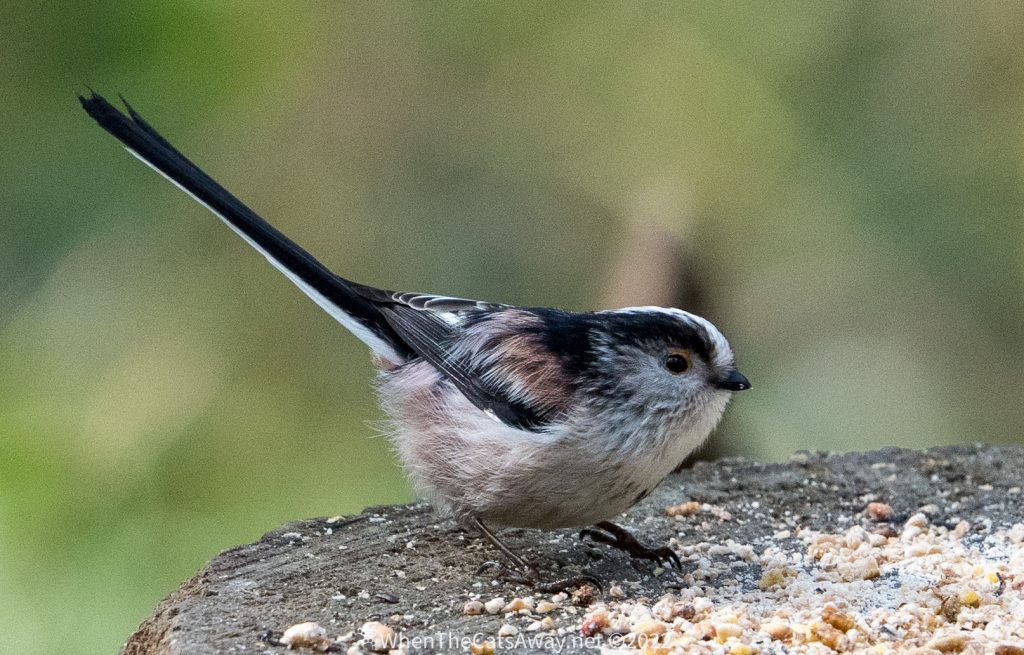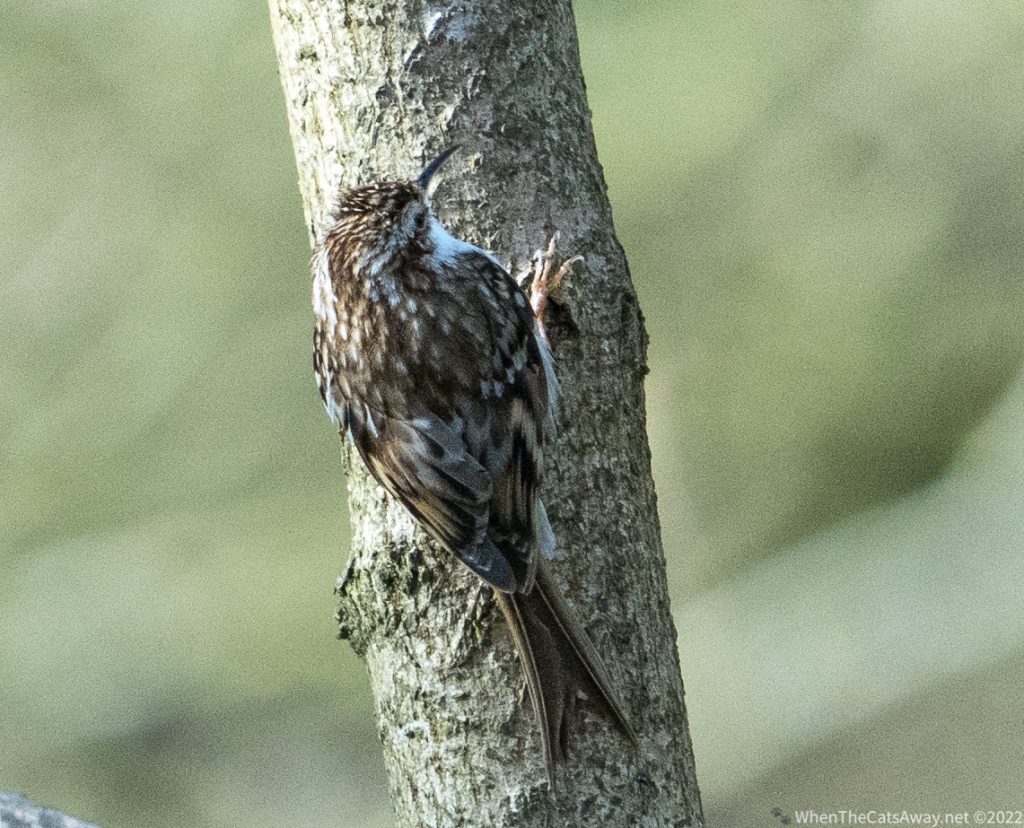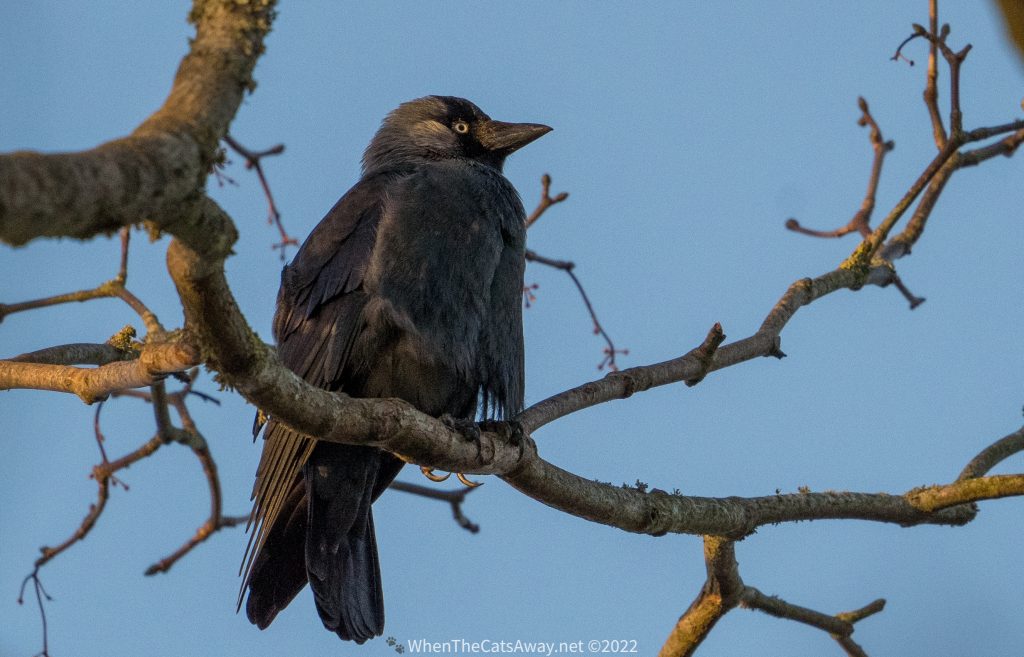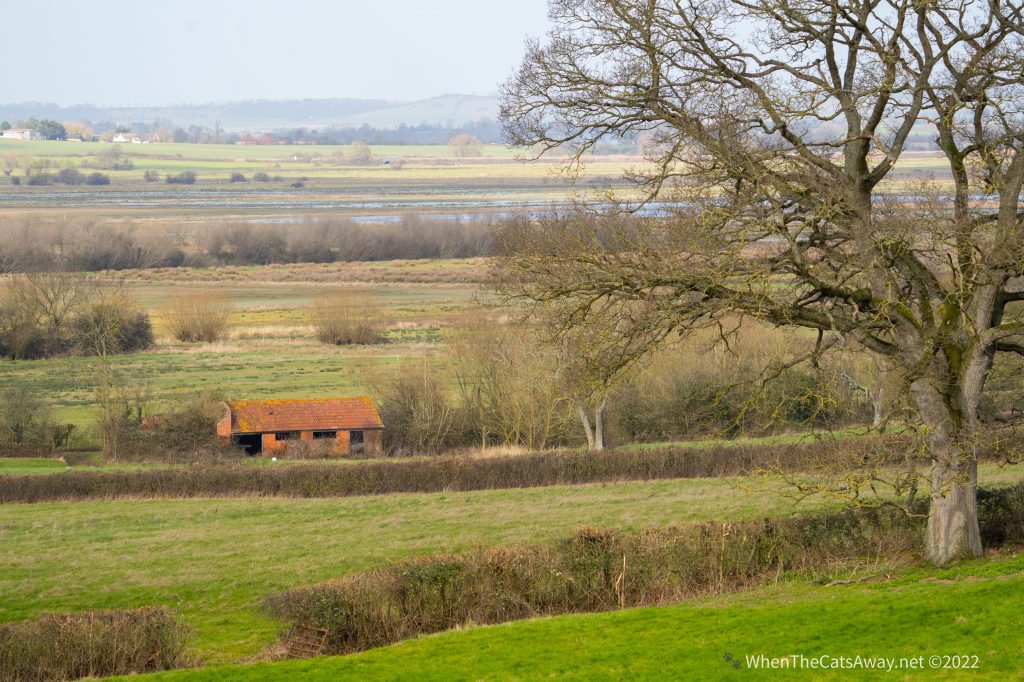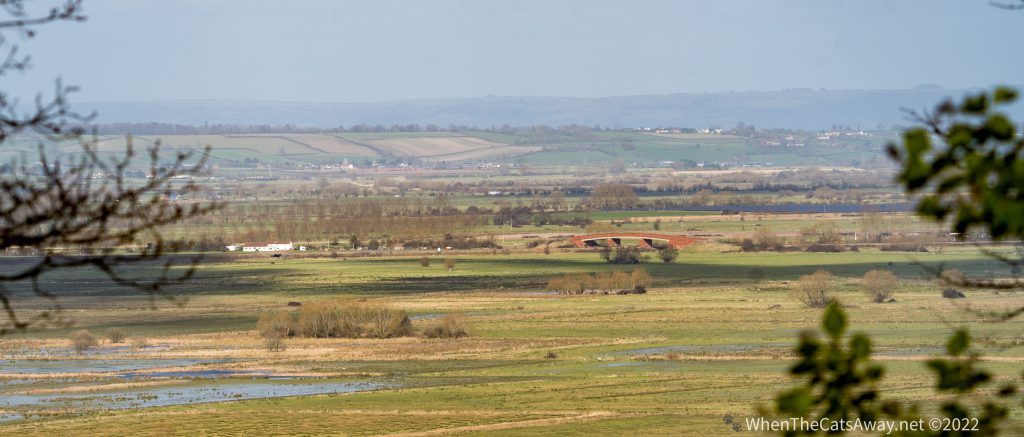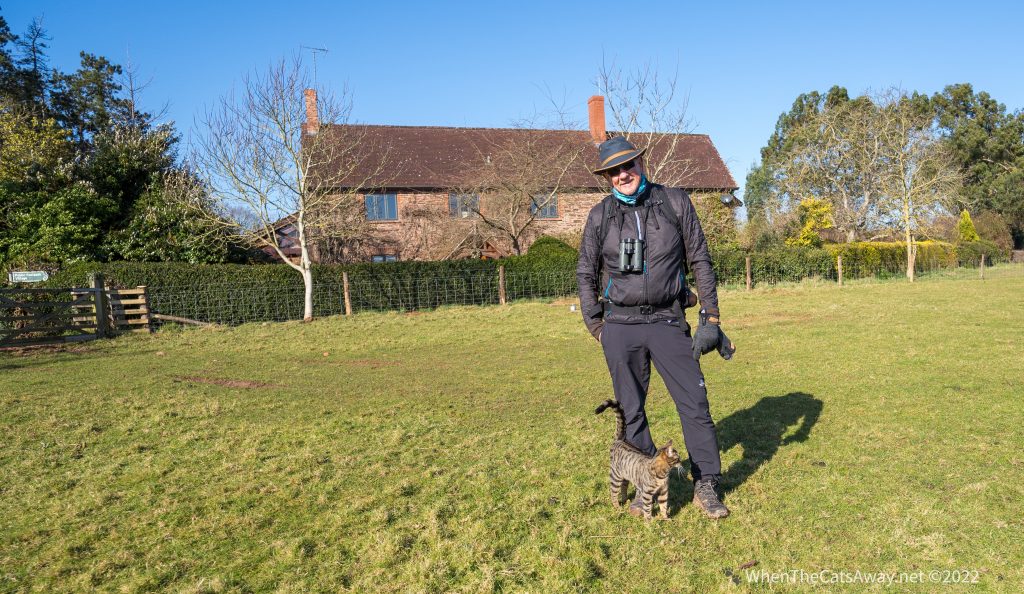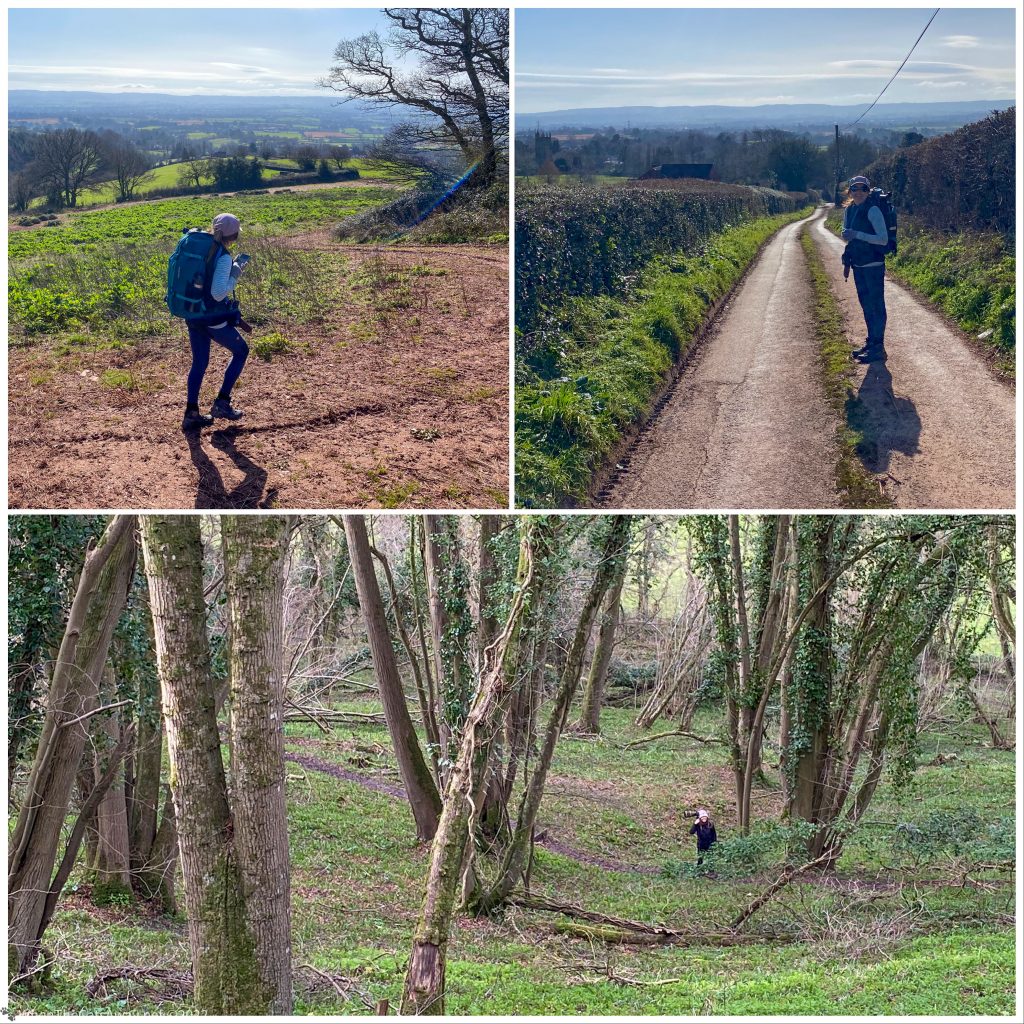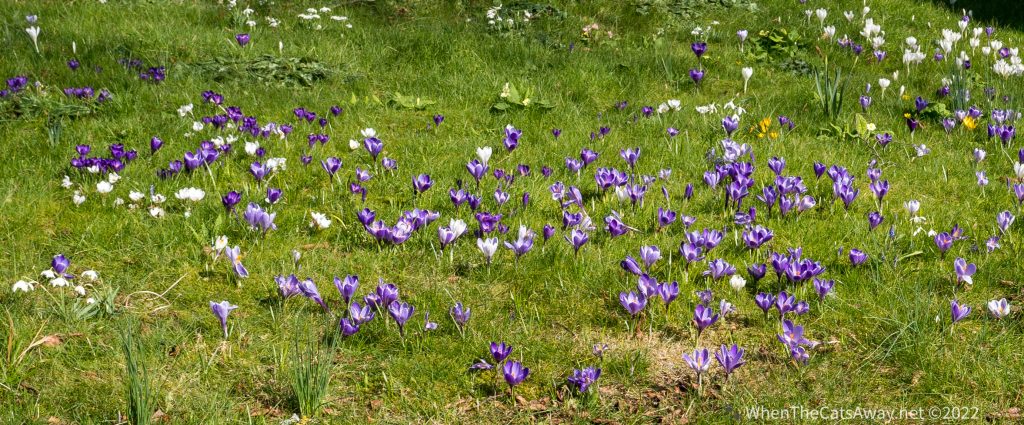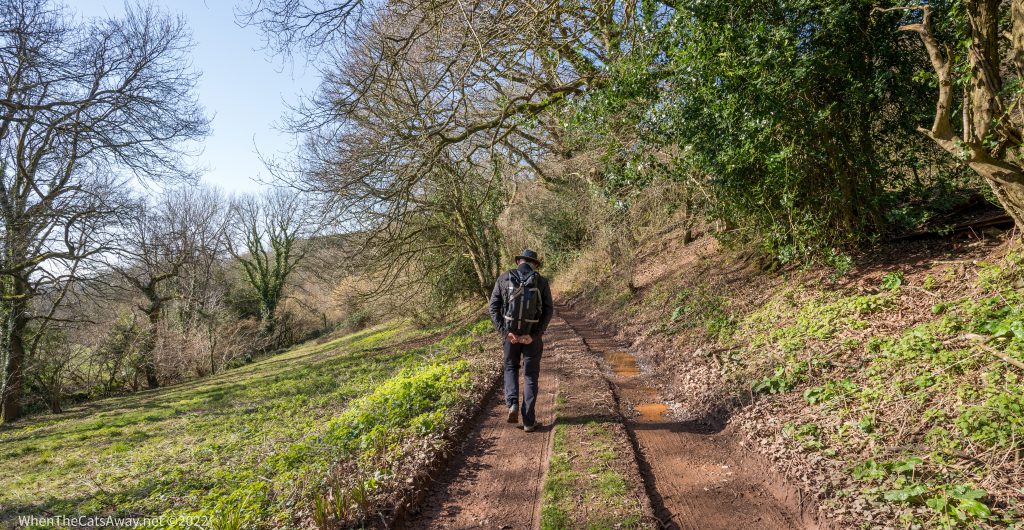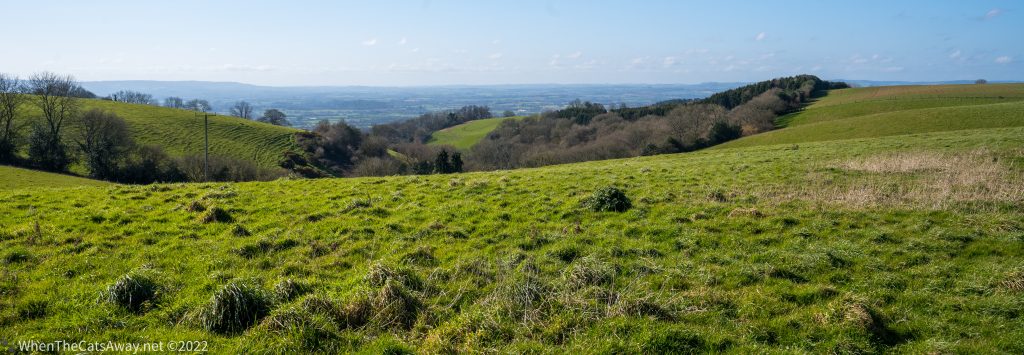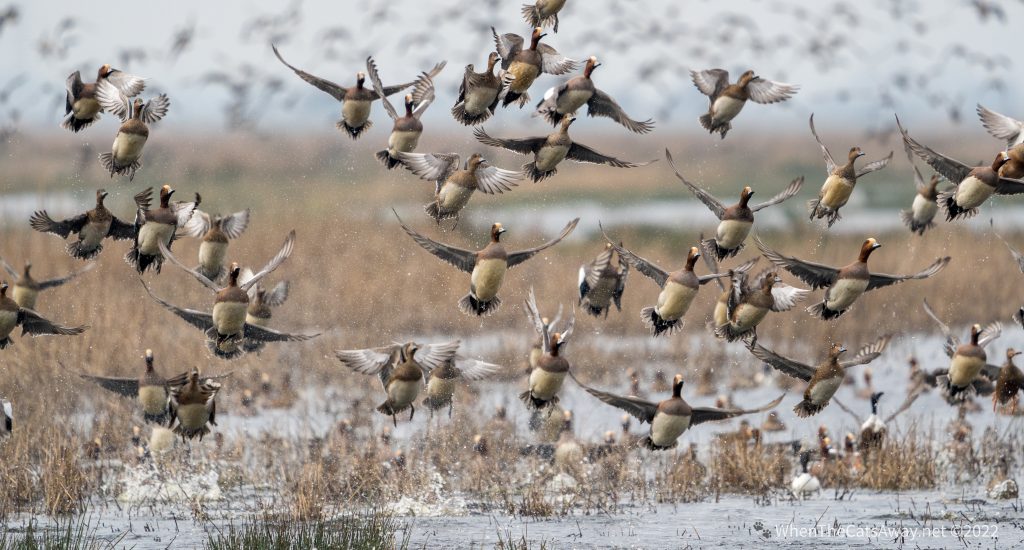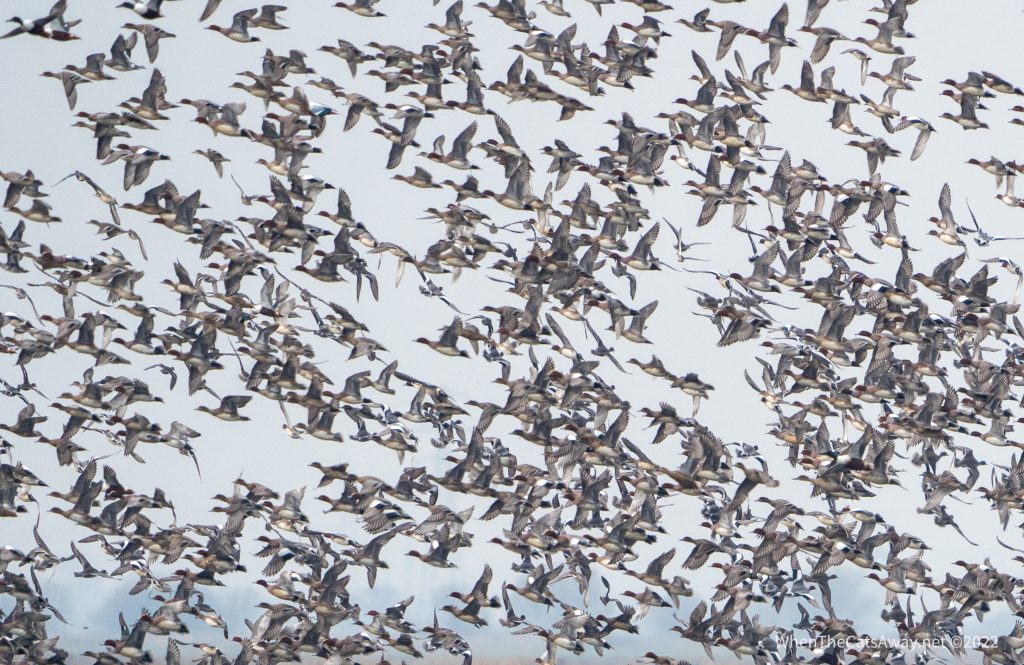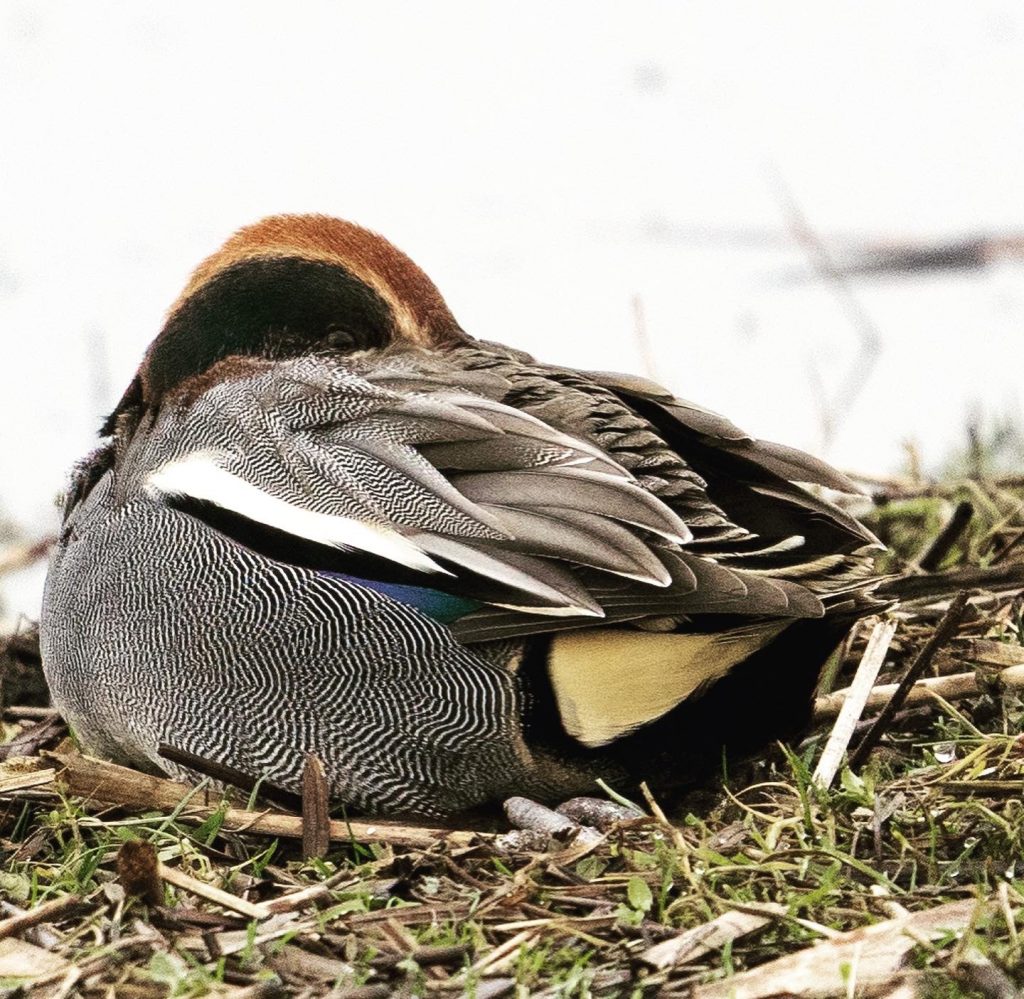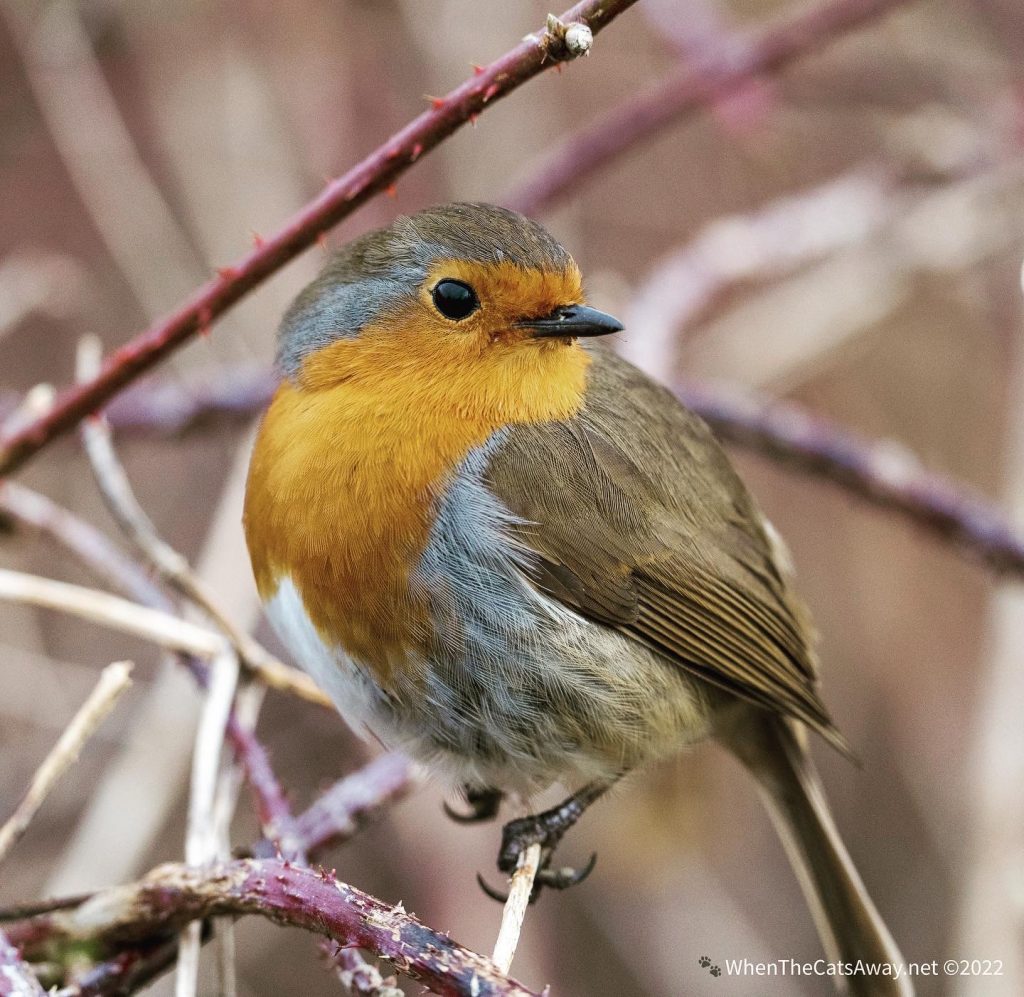Location: The Orkney Islands, Scotland, UK
Author: Mrs A
9th July – Hiking on Hoy
We awoke to a spectacular morning, and a 45 minute drive across Mainland took us to another ferry which took us to the island of Hoy.
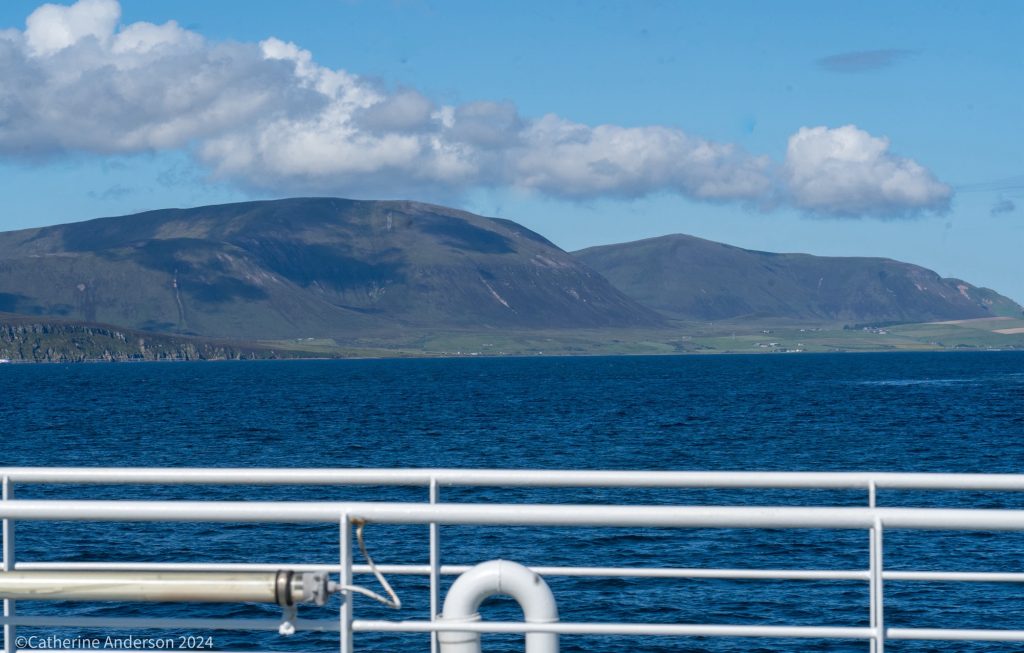
From there we drove west to Randwick Beach where we commenced our walk.
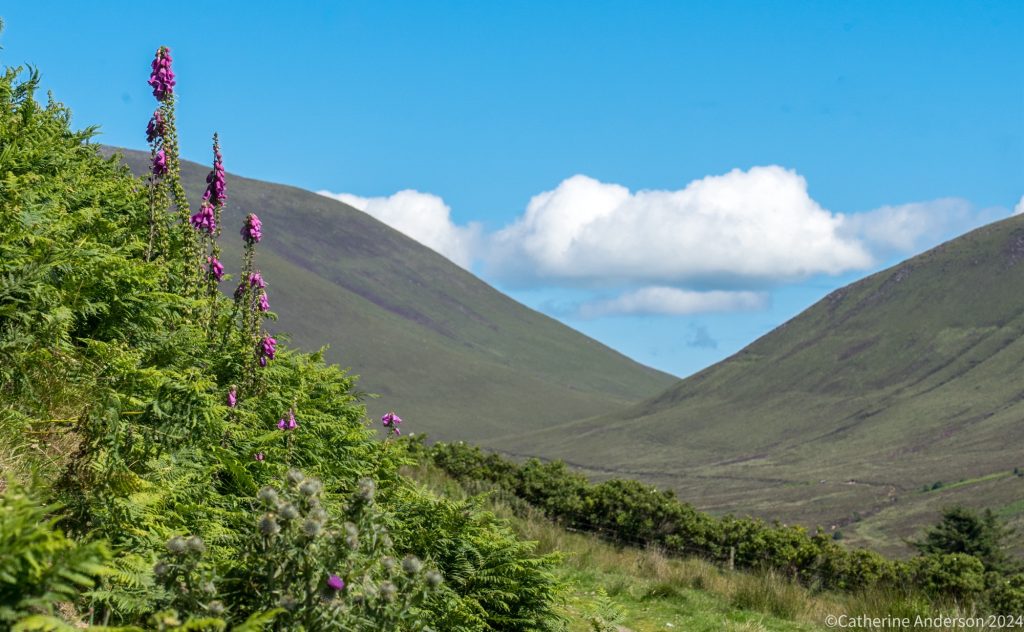
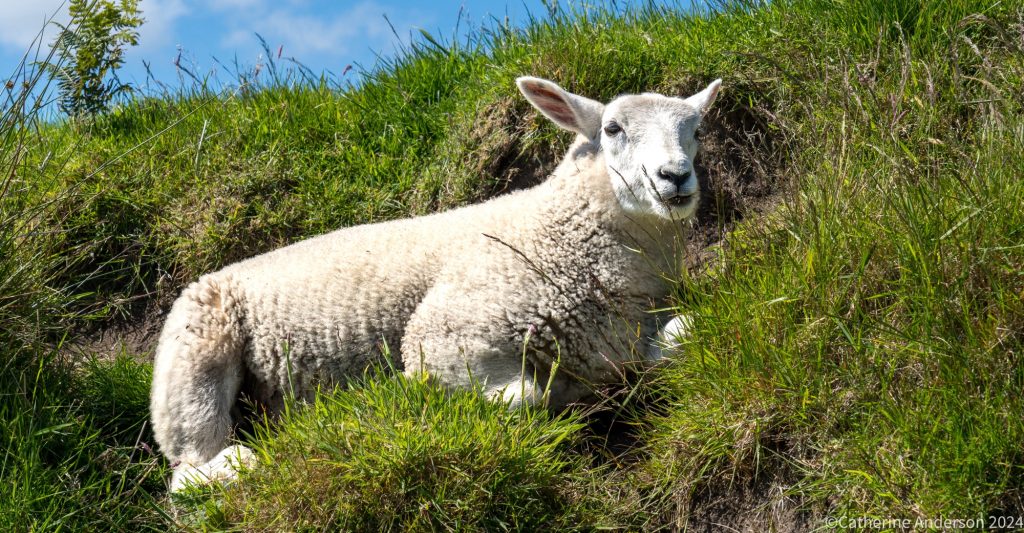
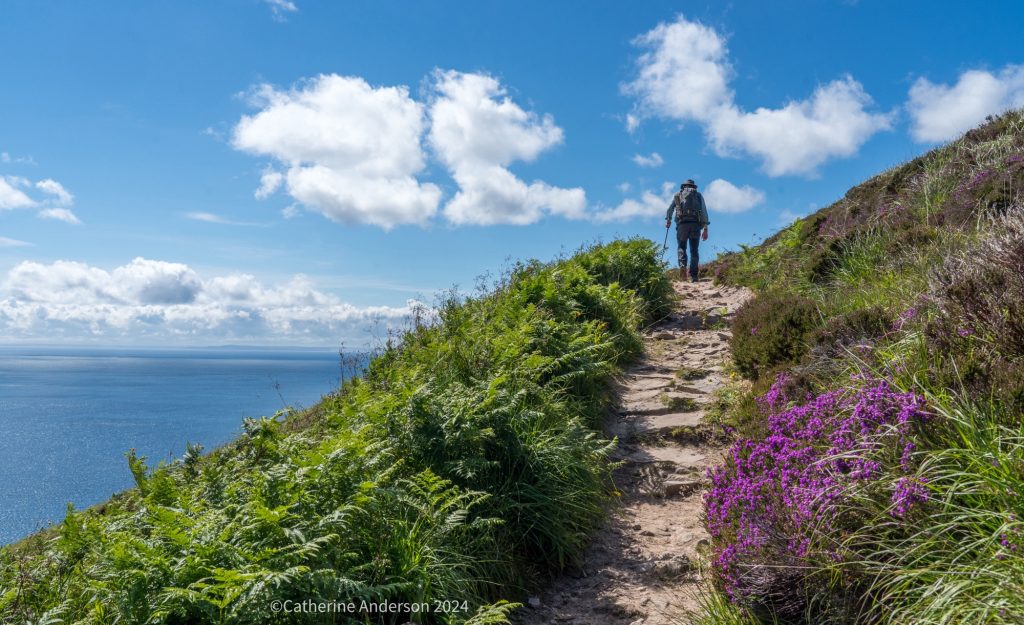
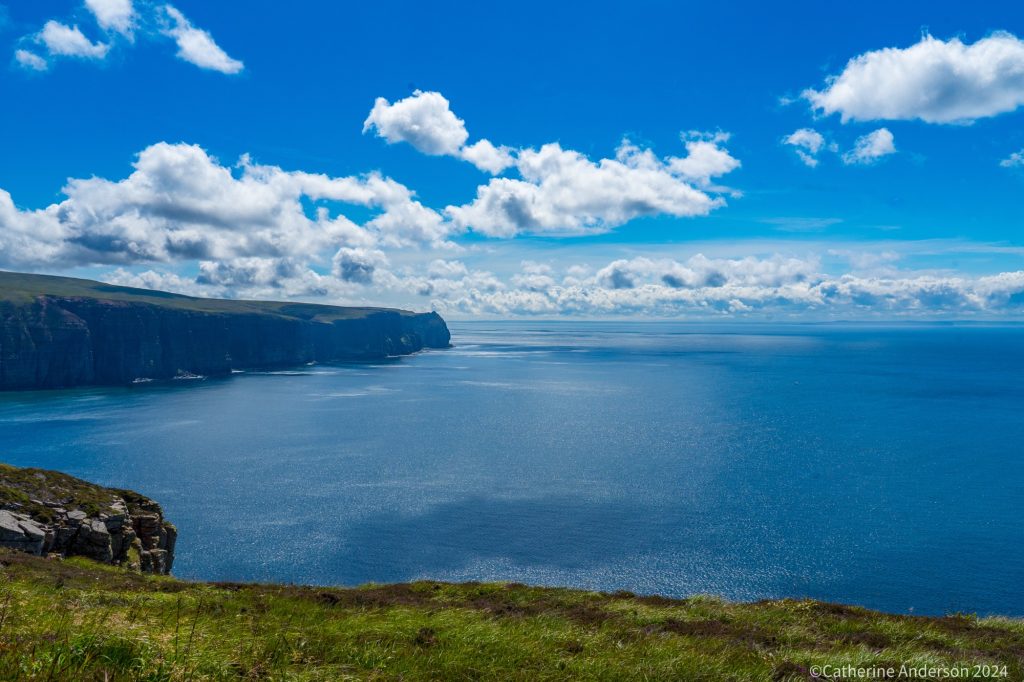
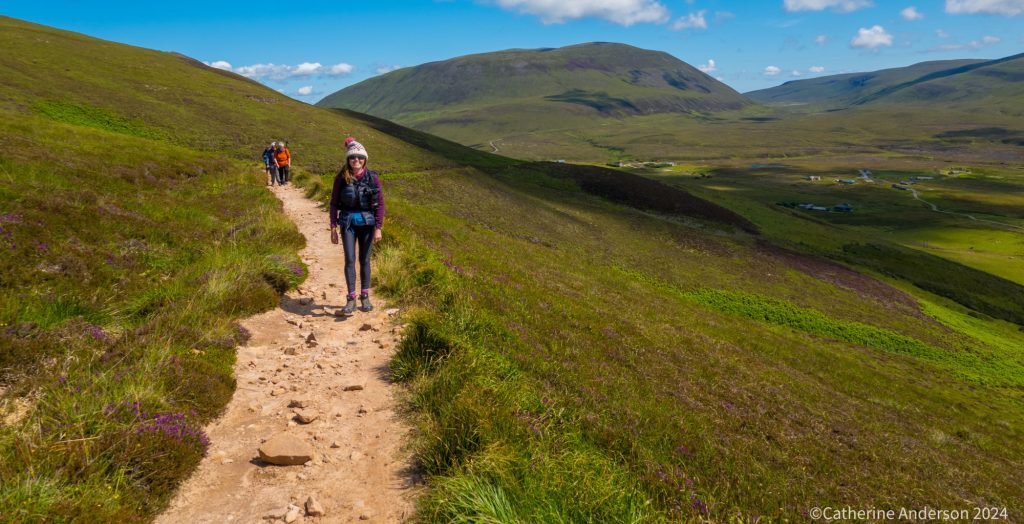
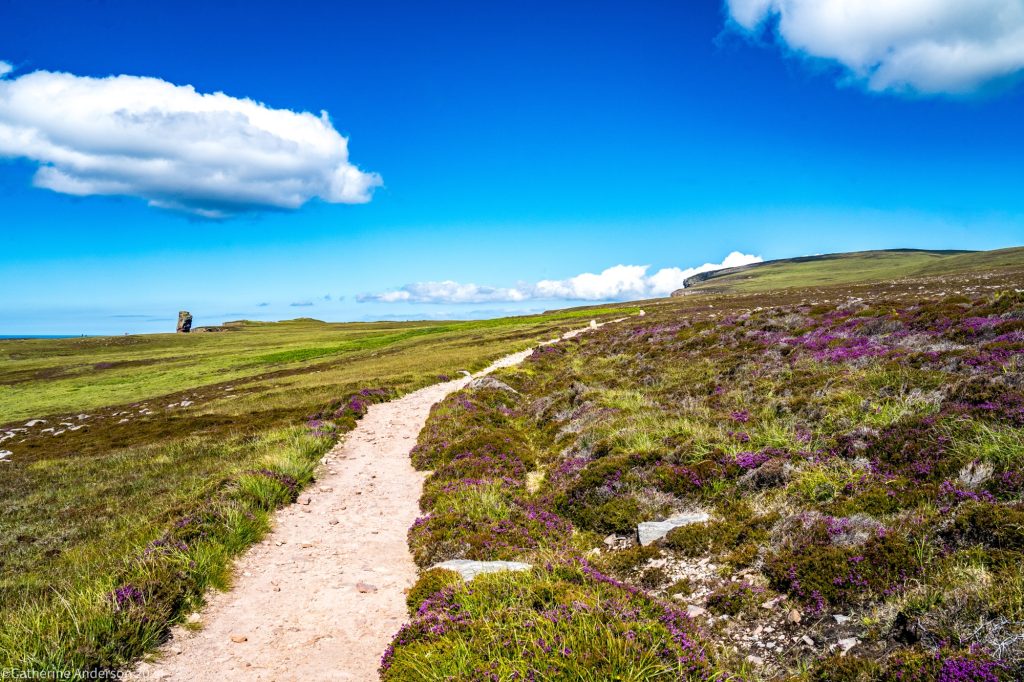
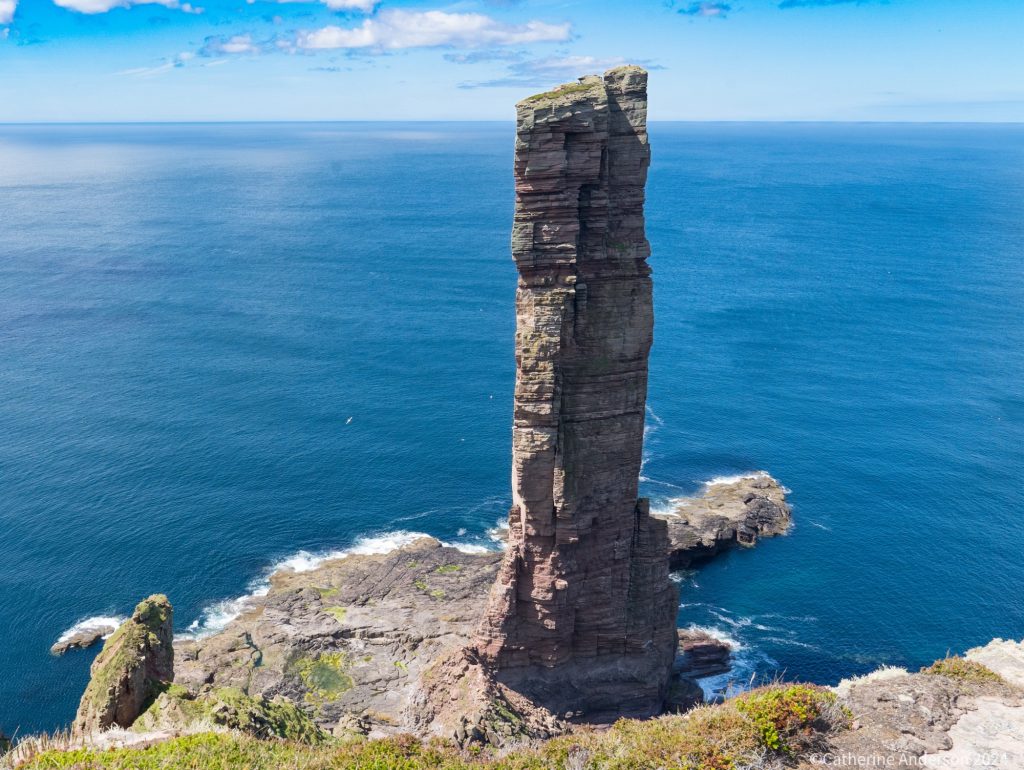
The Old Man of Hoy is a 449-foot (137-metre) sea stack on Hoy, part of the Orkney archipelago off the north coast of Scotland. Formed from Old Red Sandstone, it is one of the tallest stacks in the United Kingdom. The Old Man is popular with climbers, and was first climbed in 1966. Created by the erosion of a cliff through hydraulic action some time after 1750, the stack is not more than a few hundred years old, but may soon collapse into the sea.
It was a fabulous walk, and gave us a real taste of the islands when the weather is fine. On a day like this, it would be hard to beat the turquoise waters and white sand beaches, pure and litter-free with no crowds. But we know this is a rare treat.
Before we drove back to the ferry, we decided to do a short side walk up to a tomb; Dwarfie Stane. Incredibly it had been carved out of the rock at a time pre-dating metal tools. The stone on the left was used to plug the entrance. Today you can crawl inside for a look, and two of our fellow walkers tested out the acoustics with a song!
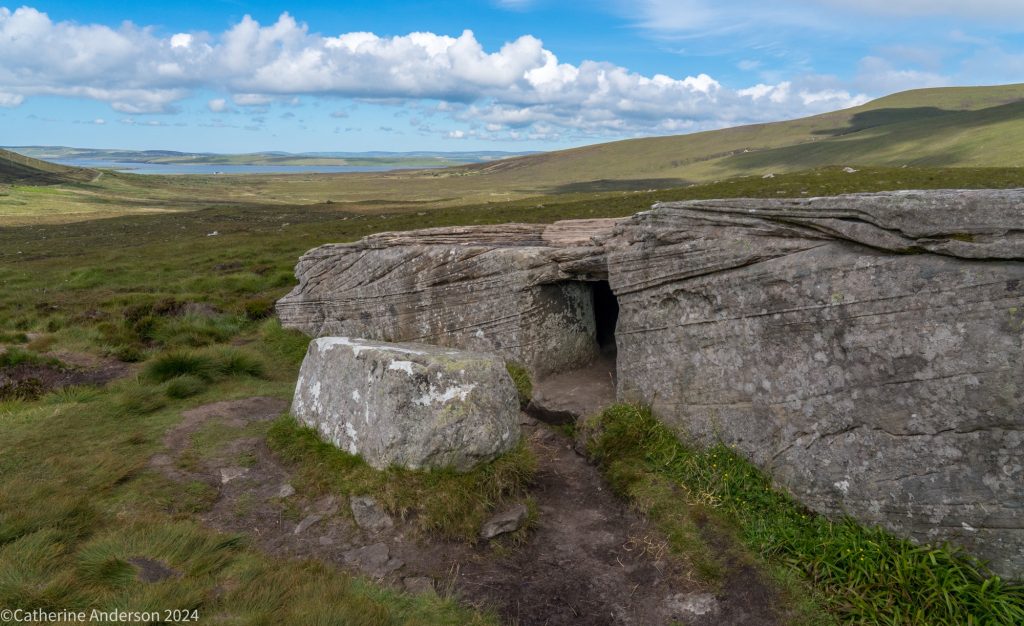
It was a chilly ferry ride back to Mainland, but to avoid sea sickness we remained outside, wrapped up as best as possible against the icy windchill!
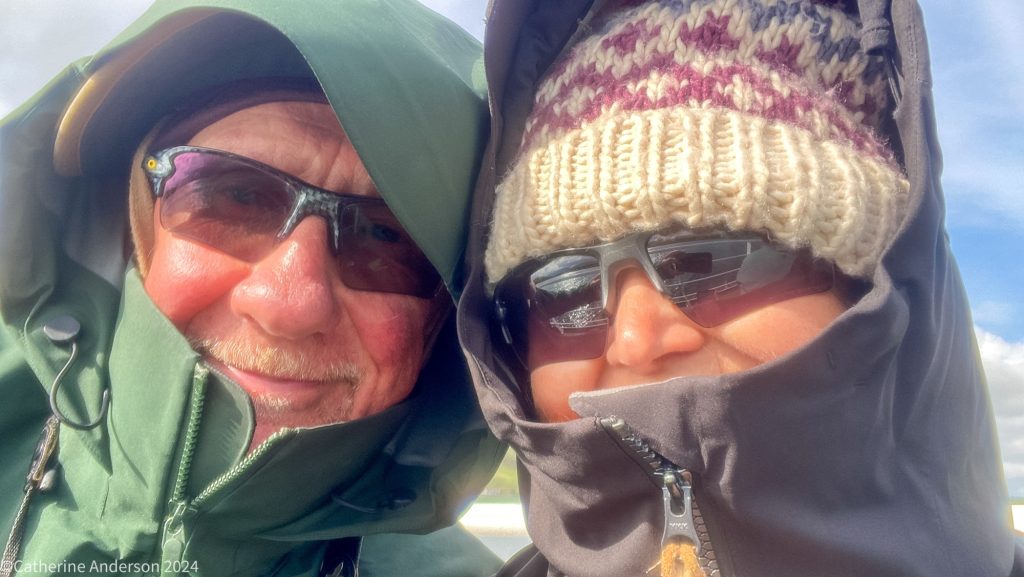
10th July – Rain on Main(land)
Well, it wouldn’t be Scotland without a little bit of moisture, and on this day I think the whole UK was copping it! We arose to heavy grey skies, and they stuck with us all day long, adding some incredible atmosphere to our visits.
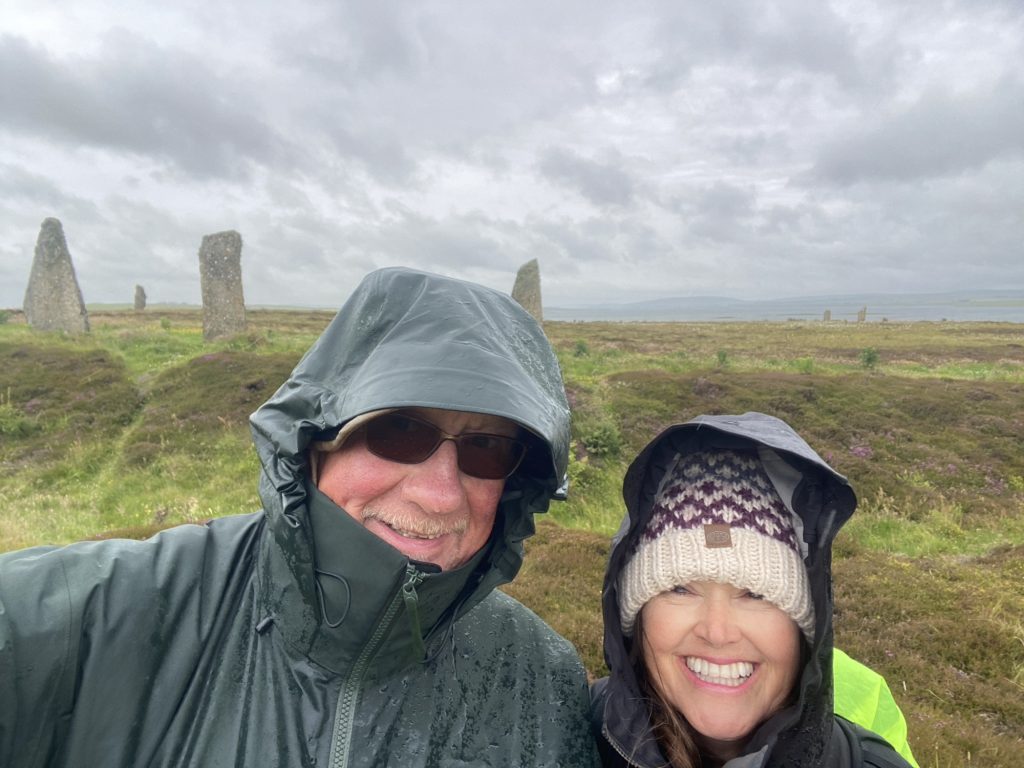
On this day we were heading to a small stretch of land between the Loch of Stennis and Loch of Harray to the Ring of Brodgar and the Standing Stones of Stenness – both of which are incidentally older than the more famous Stonehenge, possibly the oldest ‘henge’ in the British Isles (history keeps on being revised, so am sure this will eventually be wrong!).
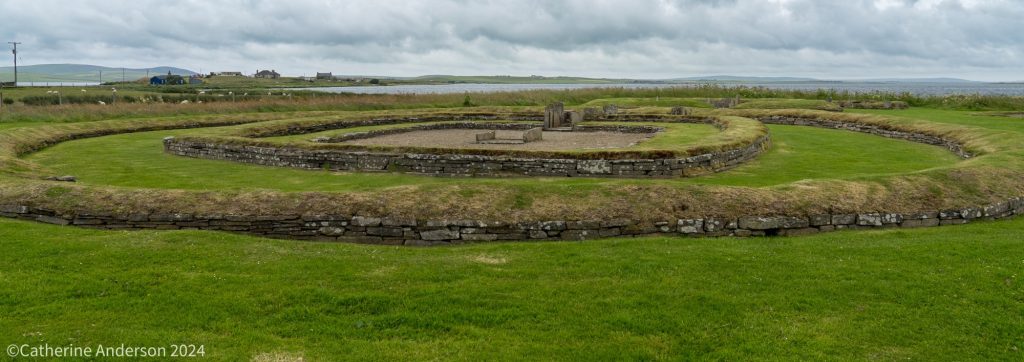
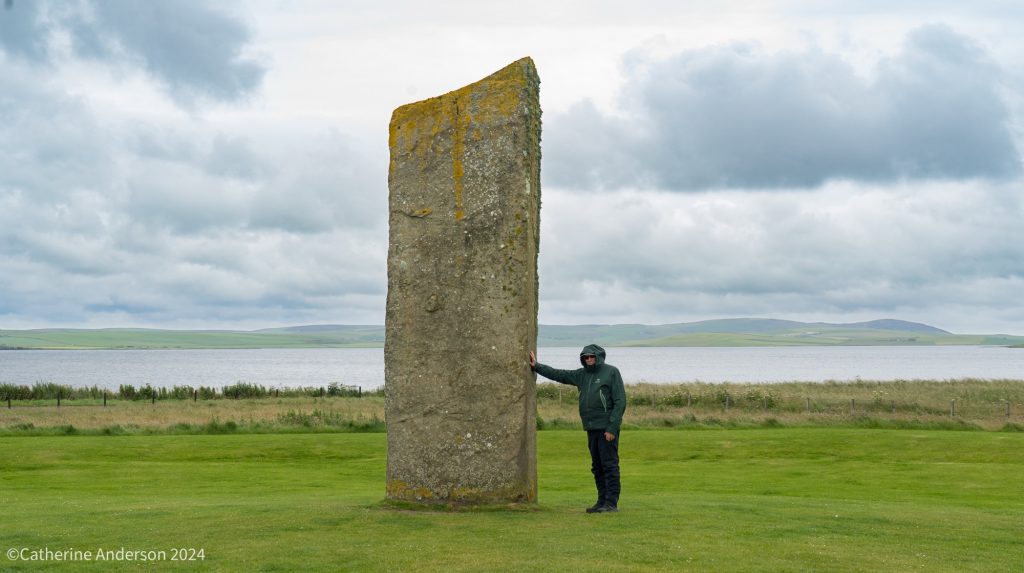
We left the Standing Stones and crossed the bridge to walk to the Ness of Brodgar. The wind whistled across the treeless plane, the raindrops whirling around our heads and stinging our eyes, and yet it still added to the amazing atmosphere.
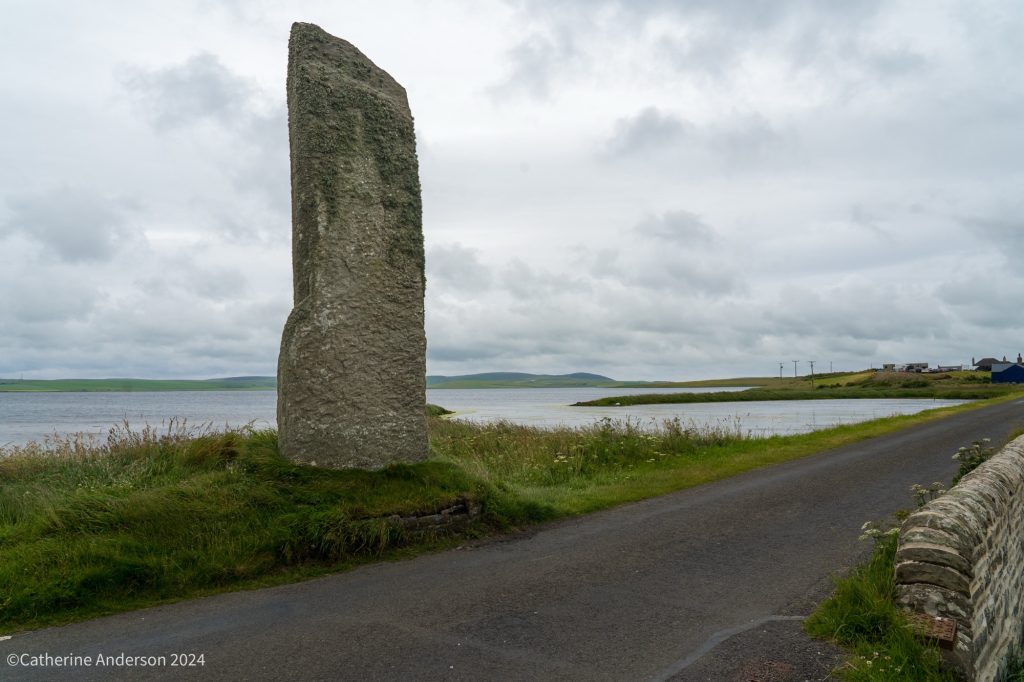
On the other side of the bridge is the Ness of Brodgar, an archaelogical site of several large buildings – some 25 metres long with walls 4 metres thick! Current estimates put it at around 5,000 years ago, and it is believed the buildings were in use for around 1,000 years before they were taken down and buried. The site was only discovered in 2002, and for most of the year it is covered up to protect it from the elements. It was only found because the owner of the nearby house commissioned a team to sow a wildflower meadow in the field beside her home…and they hit more than they bargained for! It is said that local people are nervous to stick a spade in the ground in case they find another historical artifact.
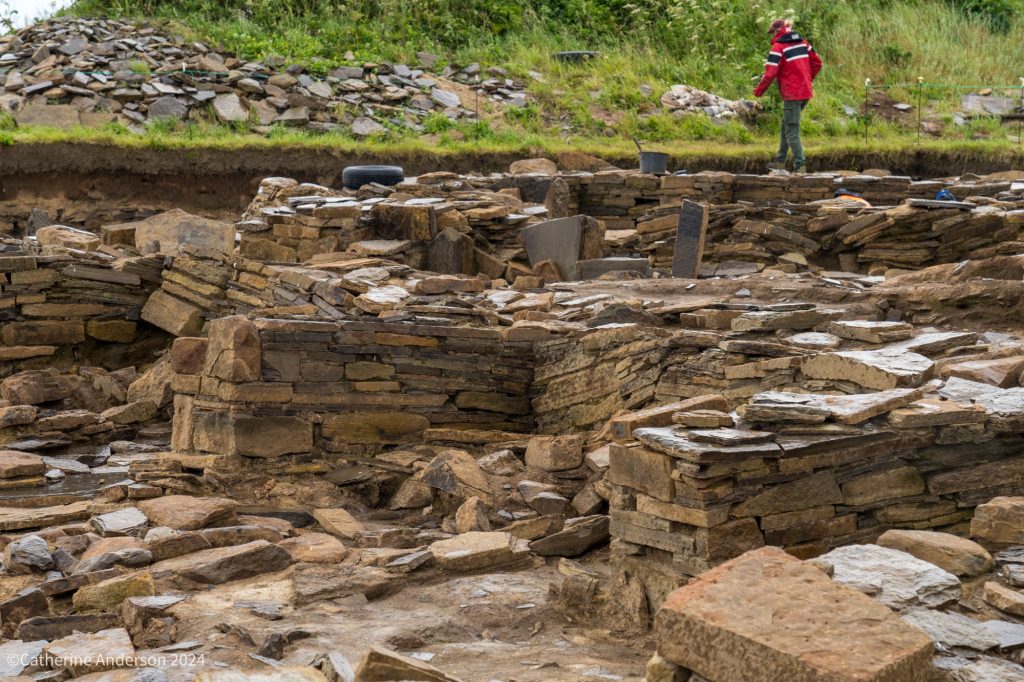
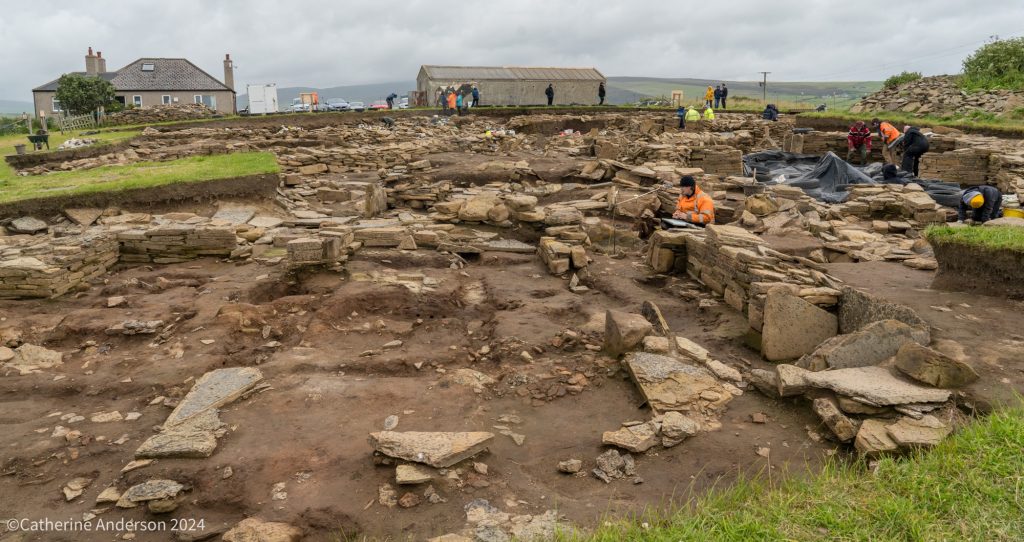
We continued our walk next to the Ring of Brodgar – like Stonehenge and Avebury, it is an almost perfect circle. This stone circle has never been excavated, so its interior mysteries still remain. It is set up within a circular ditch.
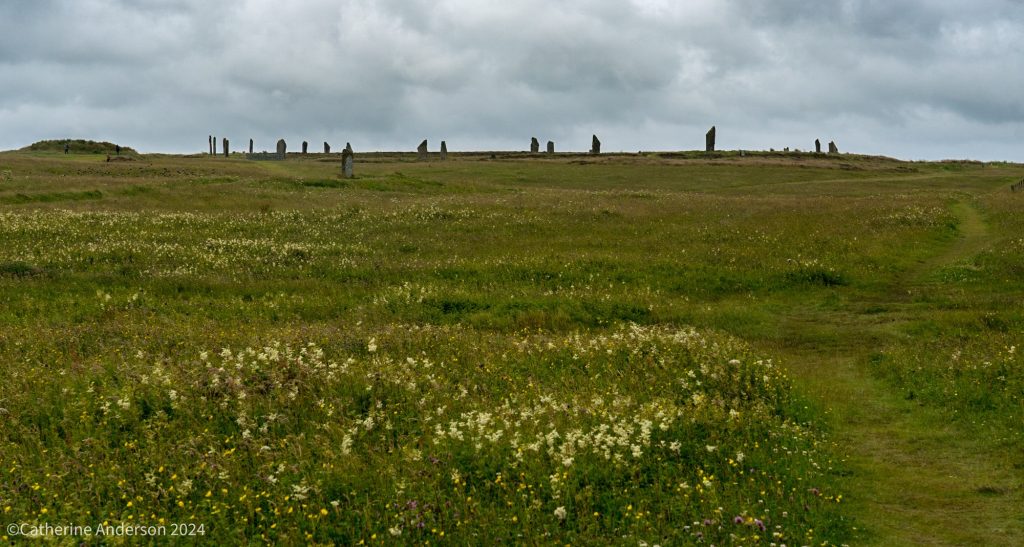
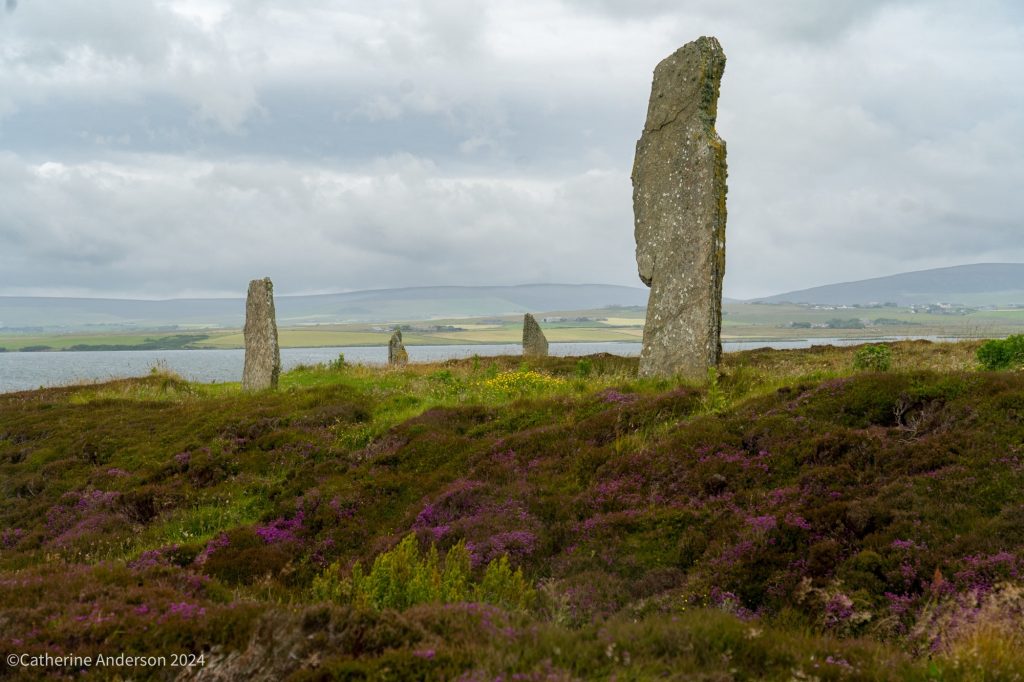
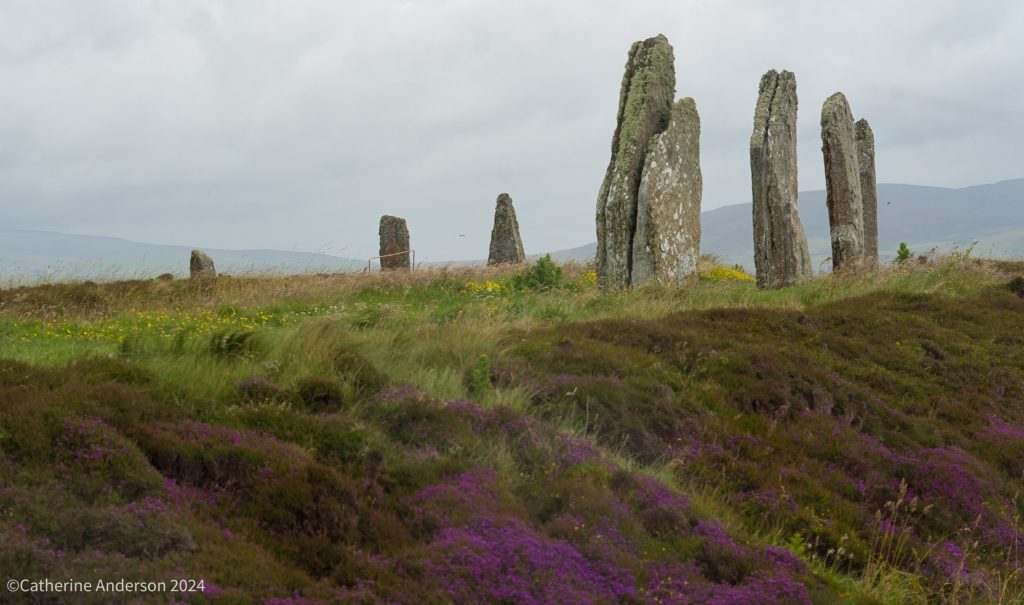
It’s just incredible to think these stones were all carved out by hand and placed here by ancient civilisations.
Kirkwall was our final destination for the day. I had a wander through St Magnus Cathedral. It is the oldest cathedral in Scotland, built by the Norse Earls of Orkney. While Mr A looked around the museum and browsed the shops in town, I marvelled at the history and many plaques within the church bearing surnames from my family tree. What relatives they were I am unsure, but it was still exciting to see!
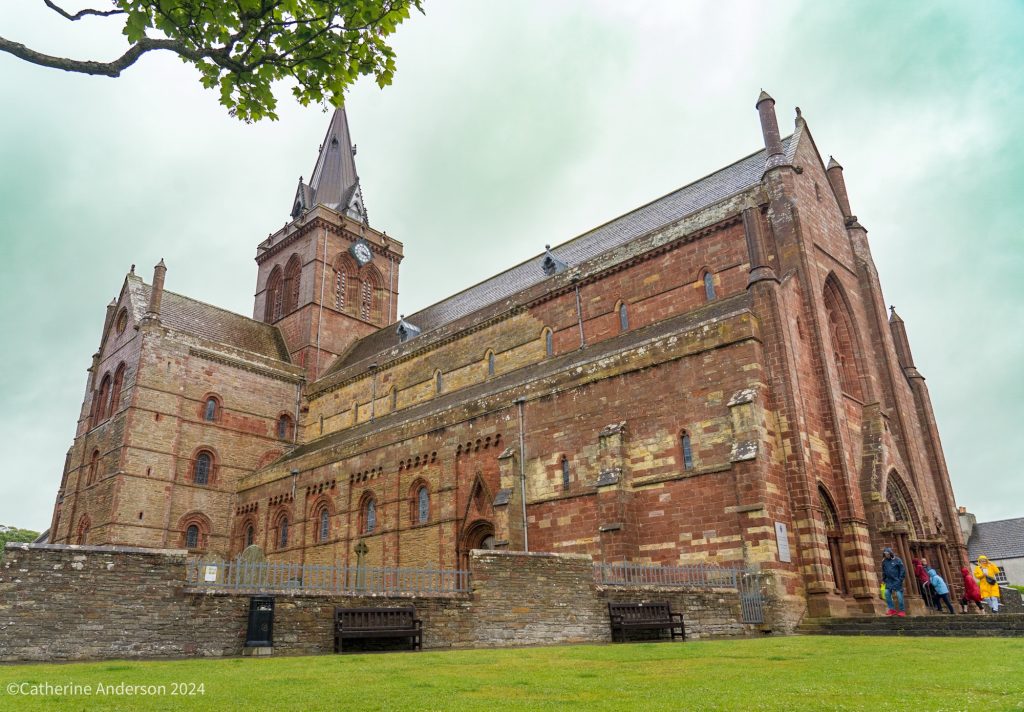
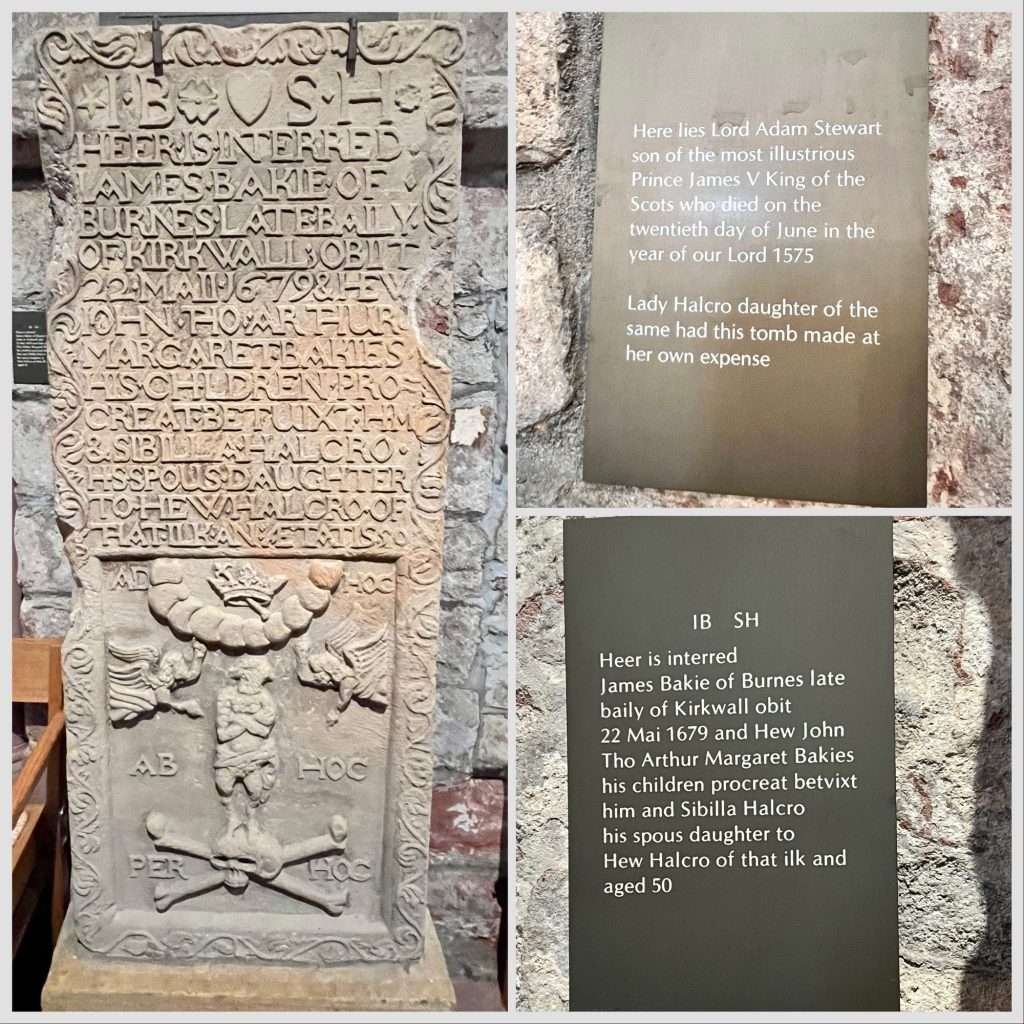
11th July – Kirkwall reveals more ancestors
Thursday dawned grey and windy, but the rain decided to hold off and there were even hints of sunshine to be seen. After our usual Tesco visit to pick up lunch, we were on our way.
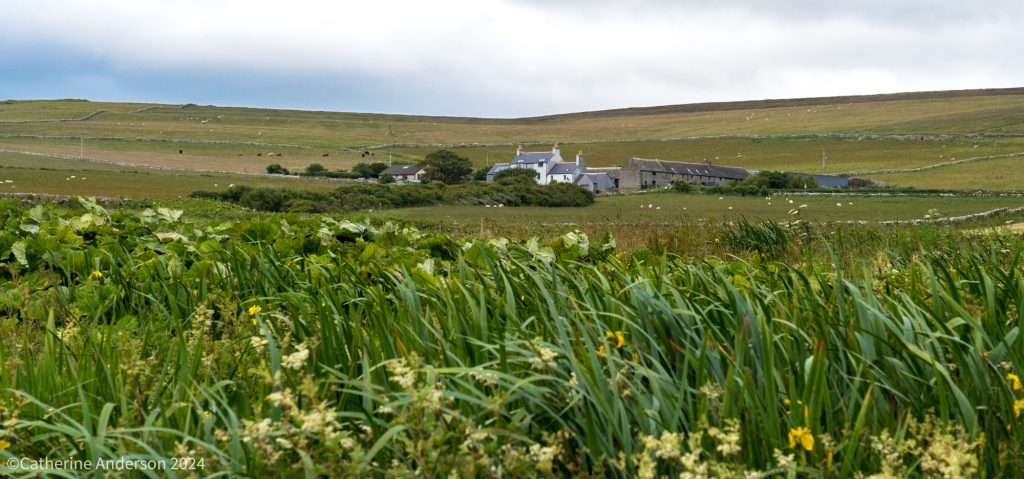
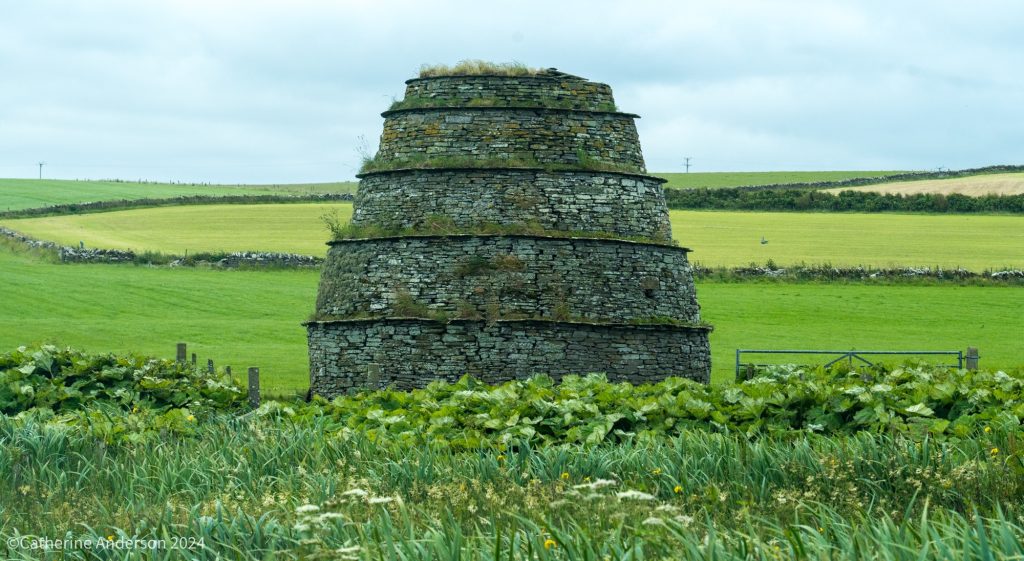
Tucked away as we drive along is this magnificent structure built from local stone. Created in the 1600s, it is called the Rendall Doocot – a dovecote built to house pigeons. These birds provided meat for the family at nearby Hall of Rendall. We poked our heads inside and noted there are still pigeons making this their home – I suspect they’re not used for meat these days though.
A short drive past here we caught our ferry for the day, over to the island of Rousay.
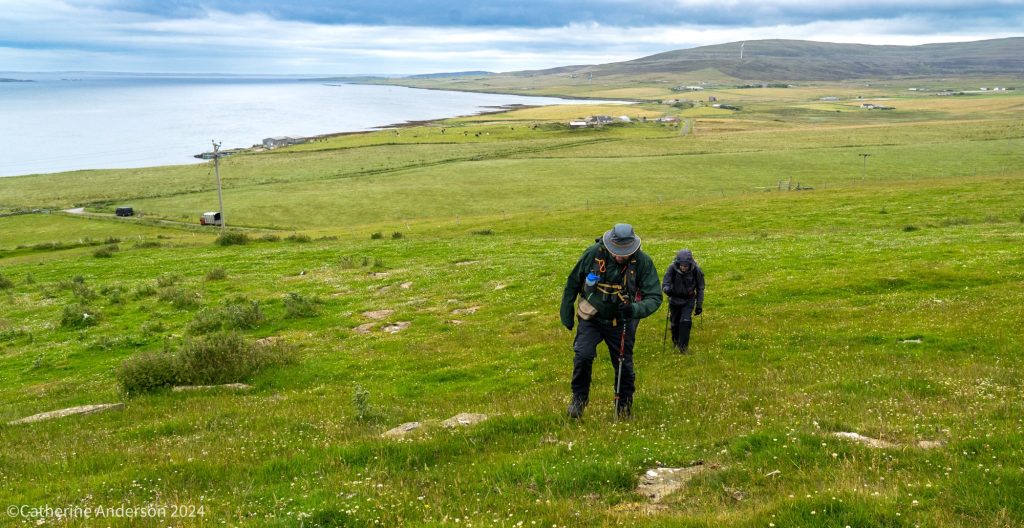
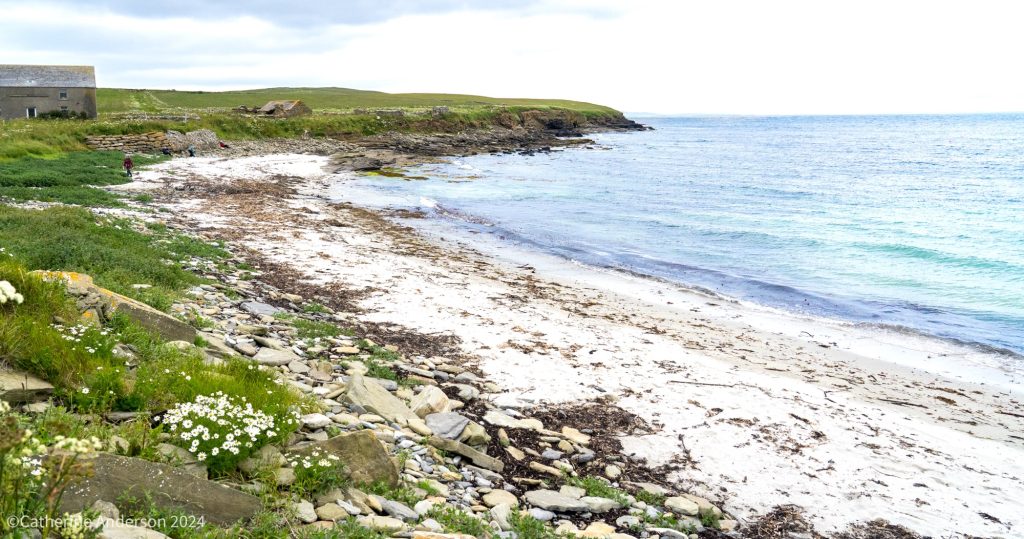
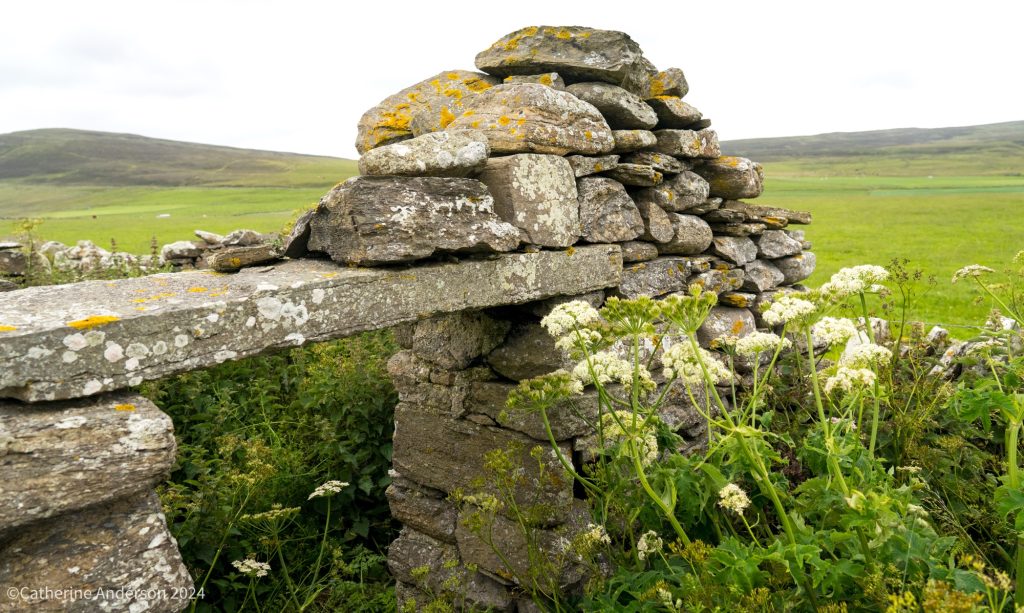
After lunch we drove around to the south-west coast, apparently described as ‘the most important historical mile’ in Britain. Our visit commenced with a visit to Midhowe Broch. A broch is a roudhouse building, unique to Scotland, found mostly on the islands and North Highlands. The word broch is derived from the Lowland Scots ‘brough’, meaning fort.
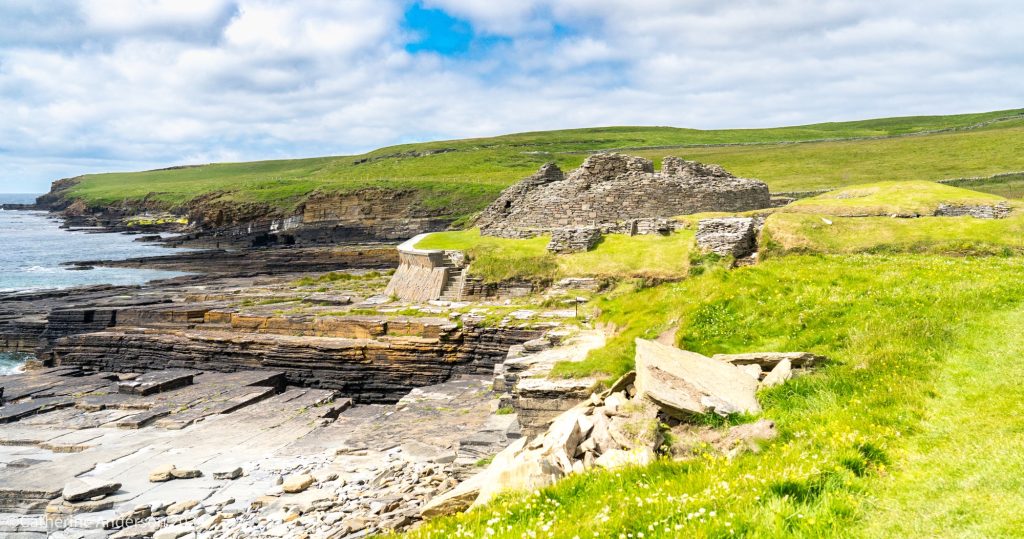
Situated on the north side of Eynhallow Sound, this broch is part of an ancient iron age settlement, much of which has already been lost to coastal erosion. It would have been inhabited by important community members, with its own spring-fed water tank, and a hearth with sockets which may have held a roasting spit.
After exploring this building, we followed along the coastline to the Midhowe Chambered Cairn. This is around 5,400 years old. It is protected from the elements by an elaborate hangar, with raised pathways allowing visitors to explore the burial chambers without damaging them.
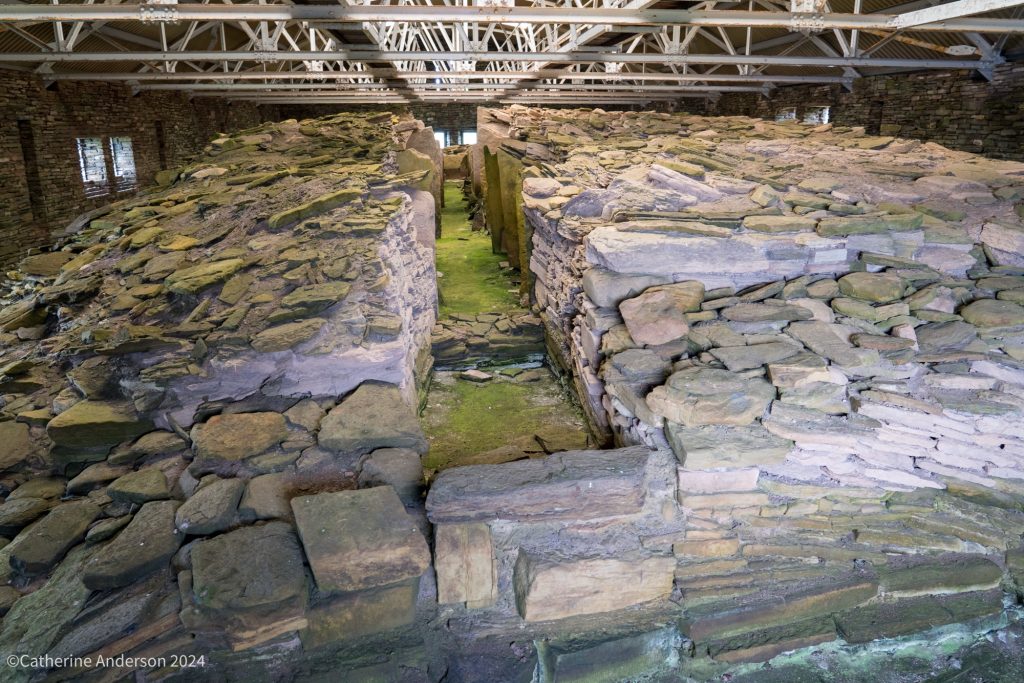
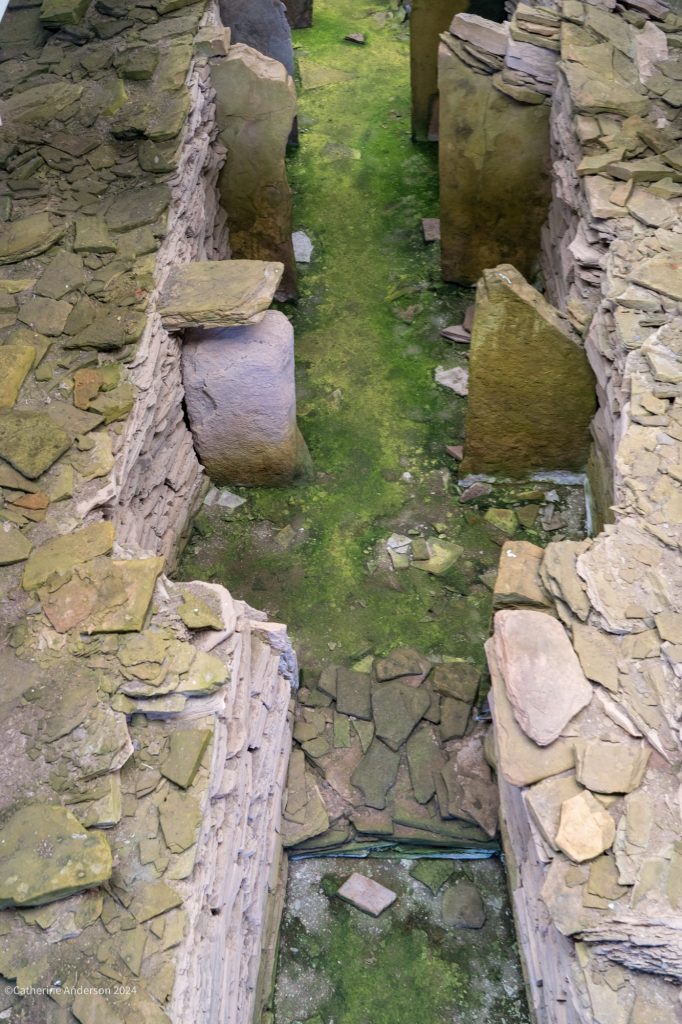
Access to human history here feels so tangible. You can see the chips in the stone where they were carved into place, almost as though they happened last week. It feels almost churchlike, with the aisle down the middle and the stalls either side.
As we left the tomb, we followed the coastline past seals basking on the rocks.
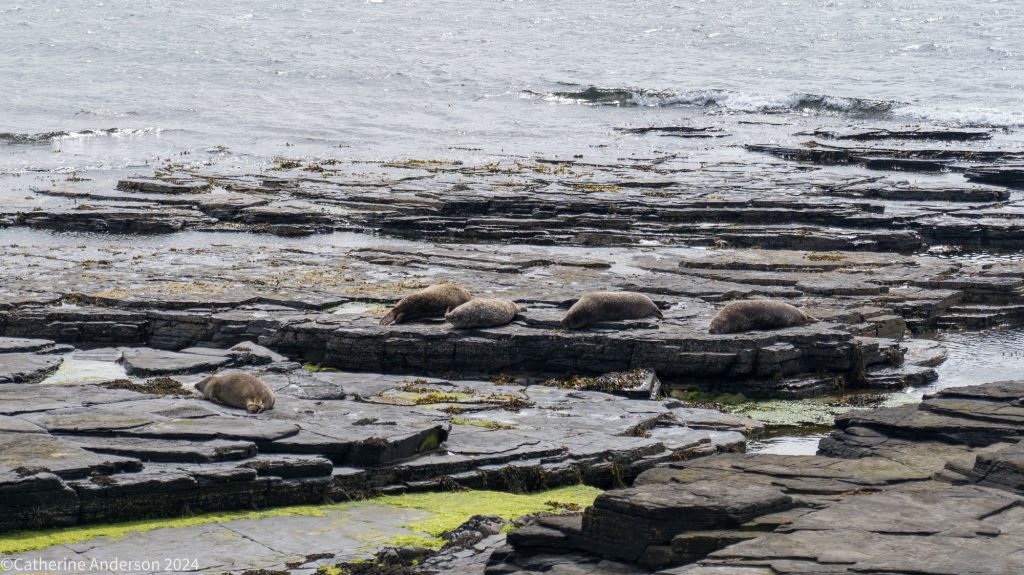
Our next destination along this coastal stroll was the farm of Brough, and low and behold, the Halcro name re-emerges. They were certainly quite prevalent in these islands. I tried to hold back from letting people know they were visiting another of ‘my’ houses!
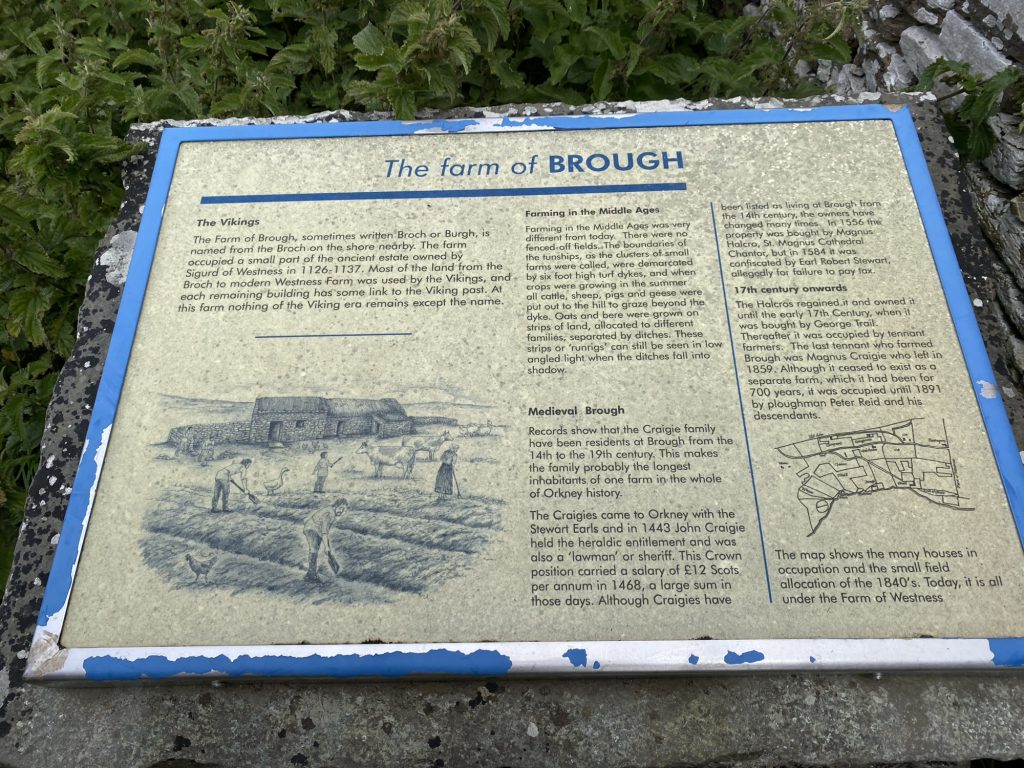
We continued to where an active dig was happening. They were happy to stop and give us an impromptu talk about what they were finding, excited that there were literally layers upon layers of history in this one site alone. One of the serveral archaeology students digging at the site brought up their finds tray, showing us the many cows teeth and pieces of old china they had found on that morning.
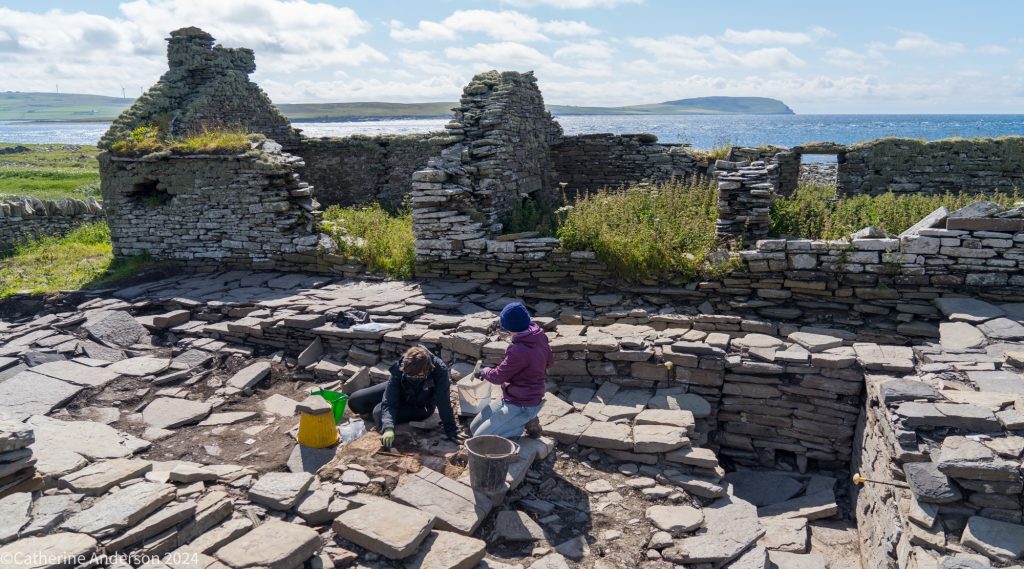
We hiked back up the hill to our mini-bus to start heading back to the ferry.
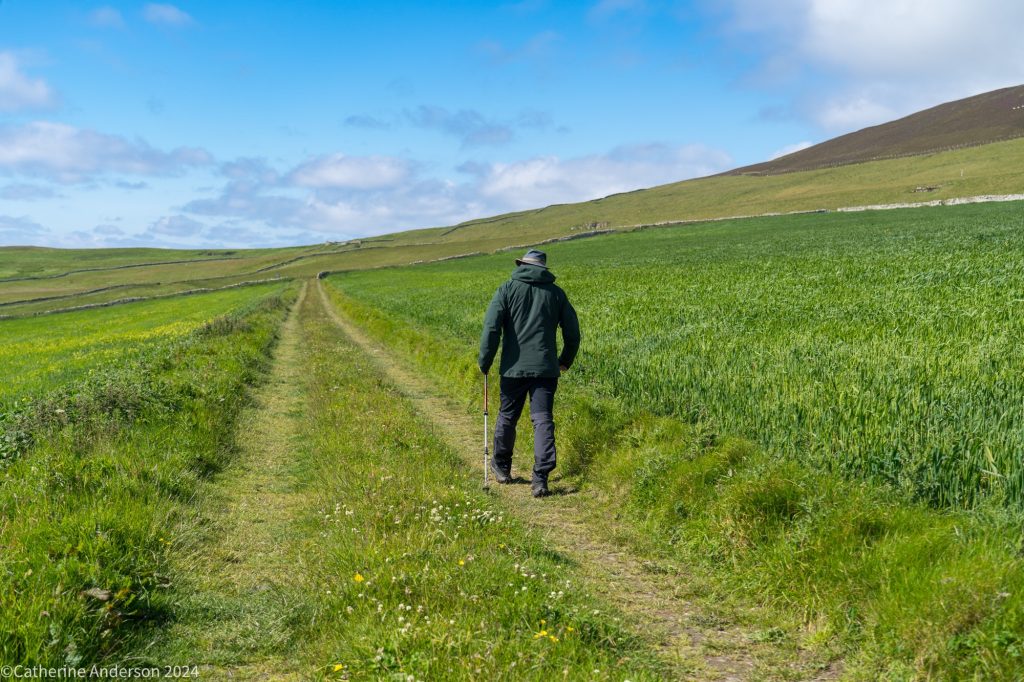
We had only driven a short way when we spotted another tomb – these islands are literally covered in ancient artifacts, and those of us with remaining energy, climbed up the hill, braving the field of cows, to Taversöe Tuick, another chambered cairn on two levels, built around 5,200 years ago.
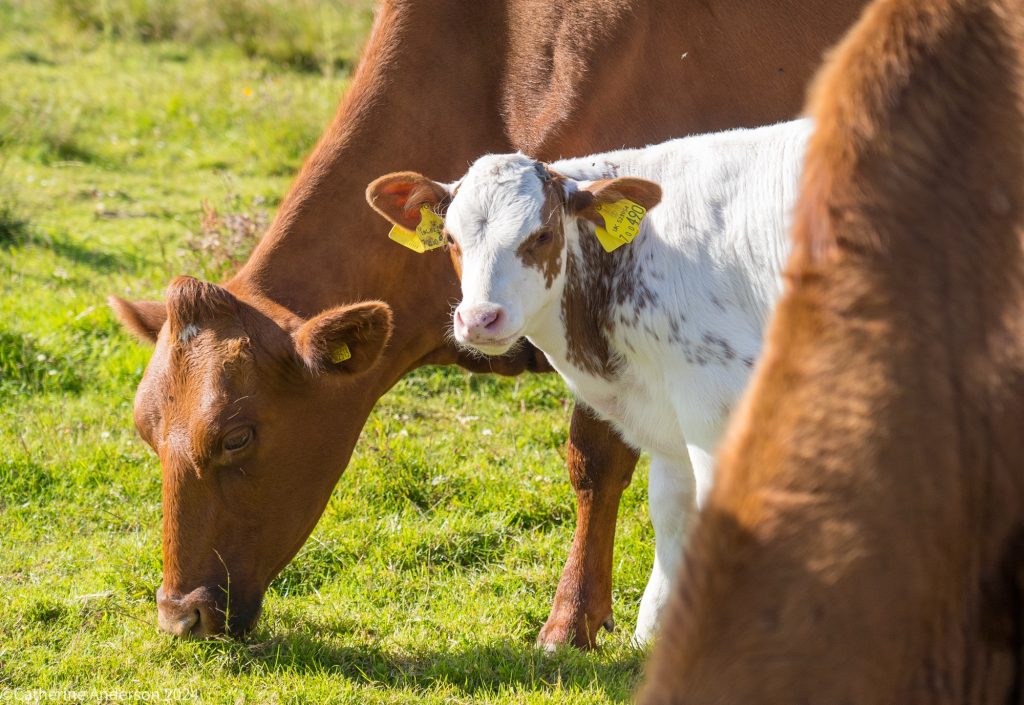
It was a rather quick look around the cairn (is it possible we had lost some of our enthusiasm for ancient tombs?), before heading back to the ferry.
This marked our final night in the Orkney Islands, and so we were allowed to go back to our rooms to shower and change before going out to dinner. It was our finest restaurant yet, The Foveran, delicious local food (I may have had my fifth serve of scallops in the past week!), with incredible views out to sea.
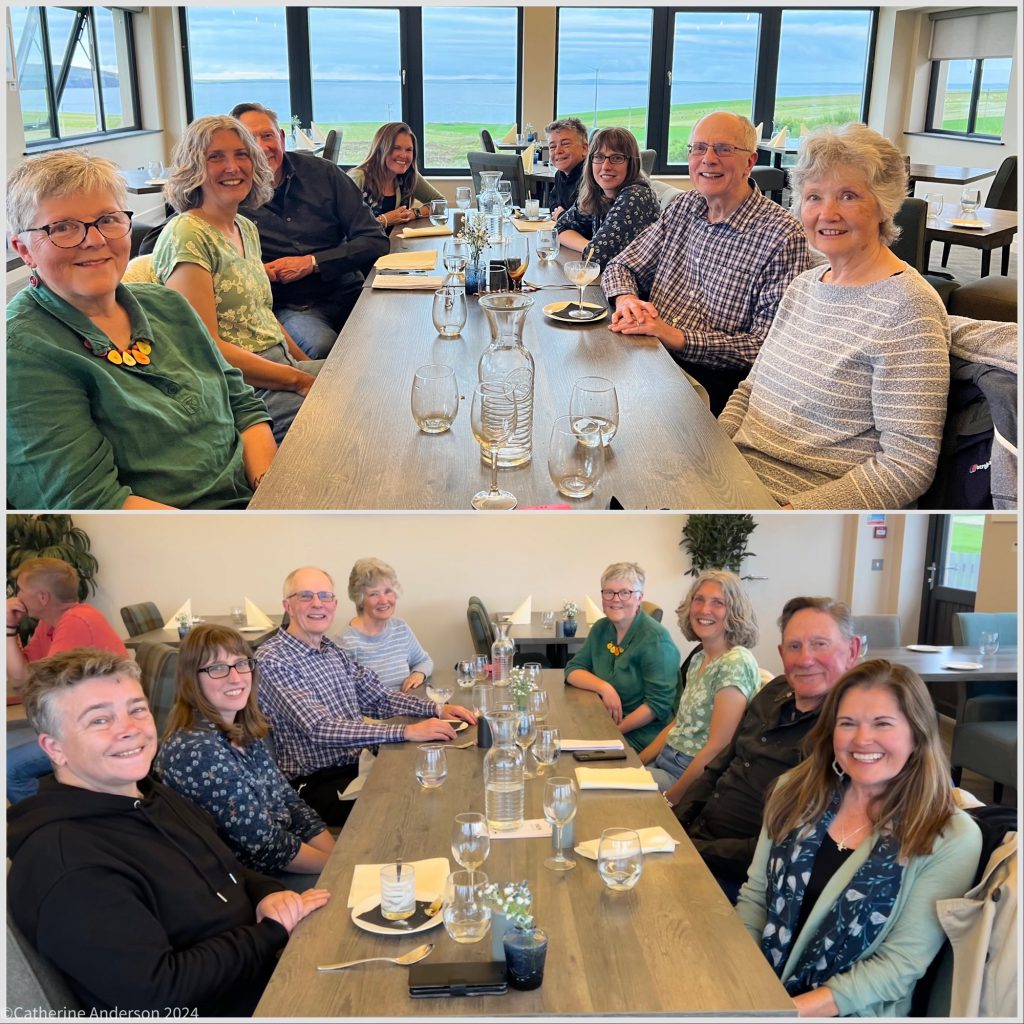
It was an incredible few days on Orkney – every day had been packed with activities from start to finish, making the absolute most of the lovely walks, wildlife and history the islands have to offer. It would have been incredibly hard to book all this yourself. It is virtually impossible to be spontaneous on the little car ferries between the islands, with spaces reserved for locals.
But despite all the amazing things we had seen and done, we have to admit we were ready for some warmer temperatures and a drop in the wind!
***
